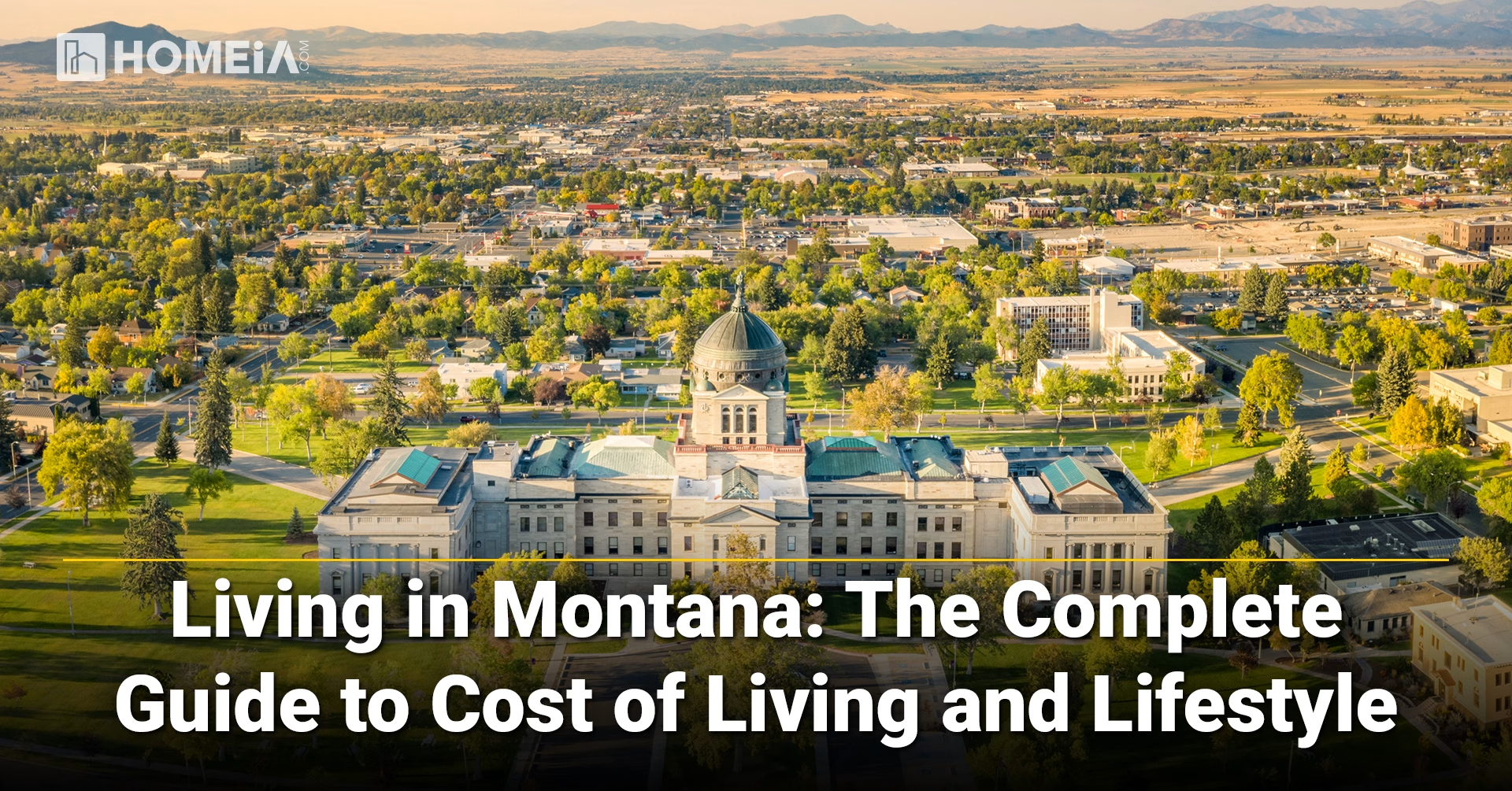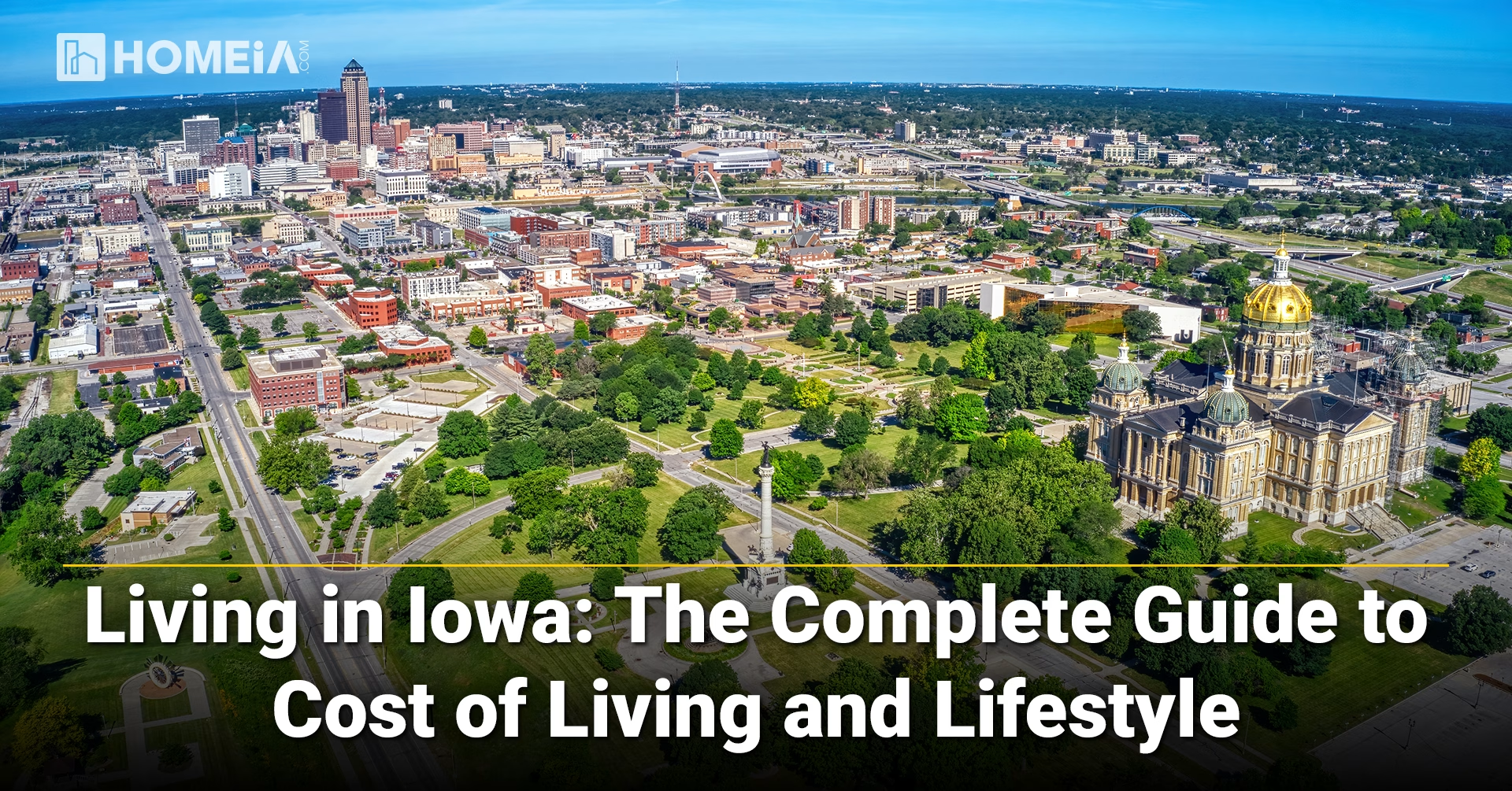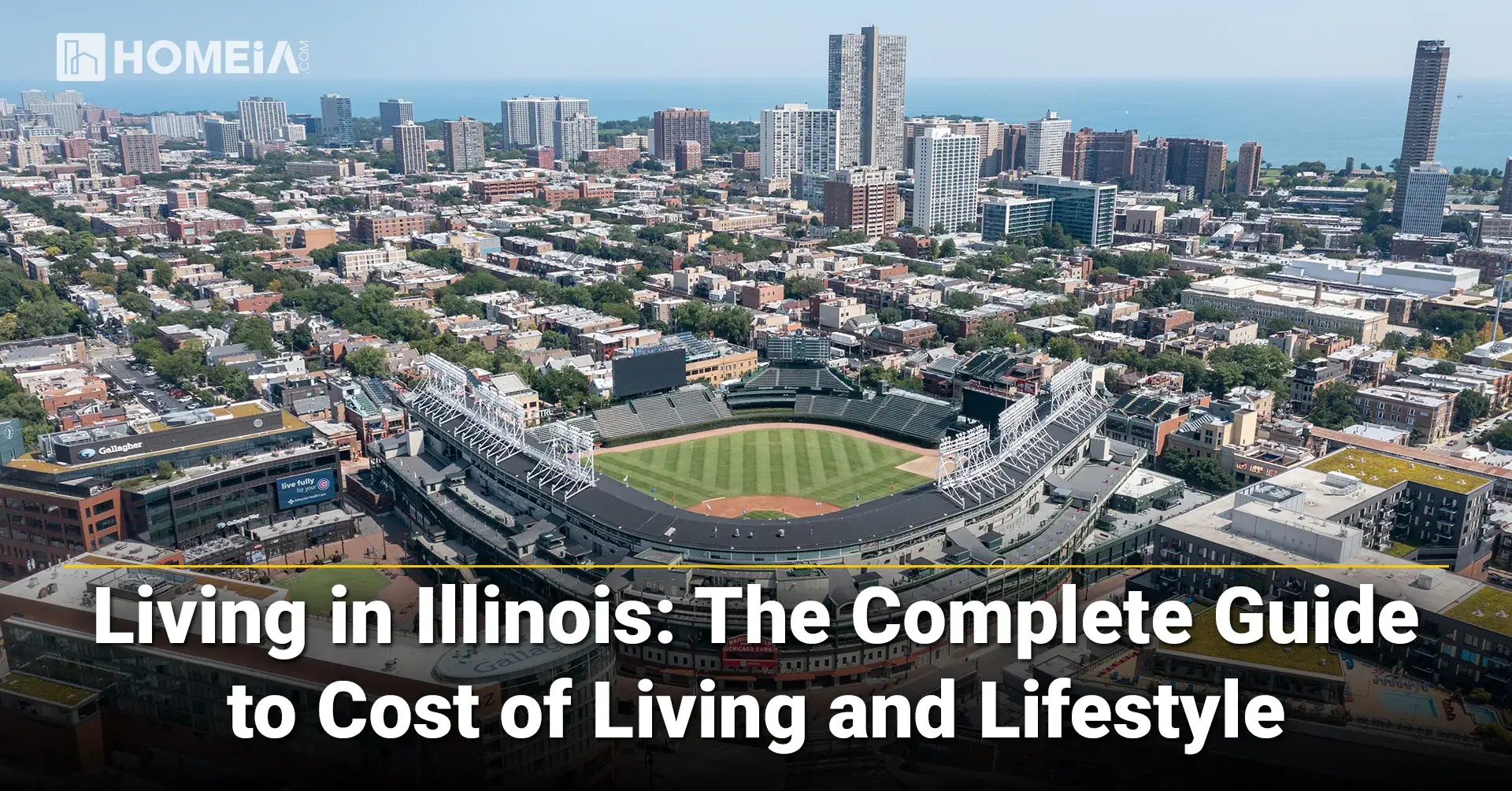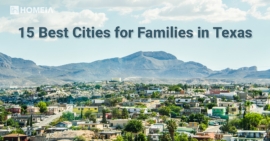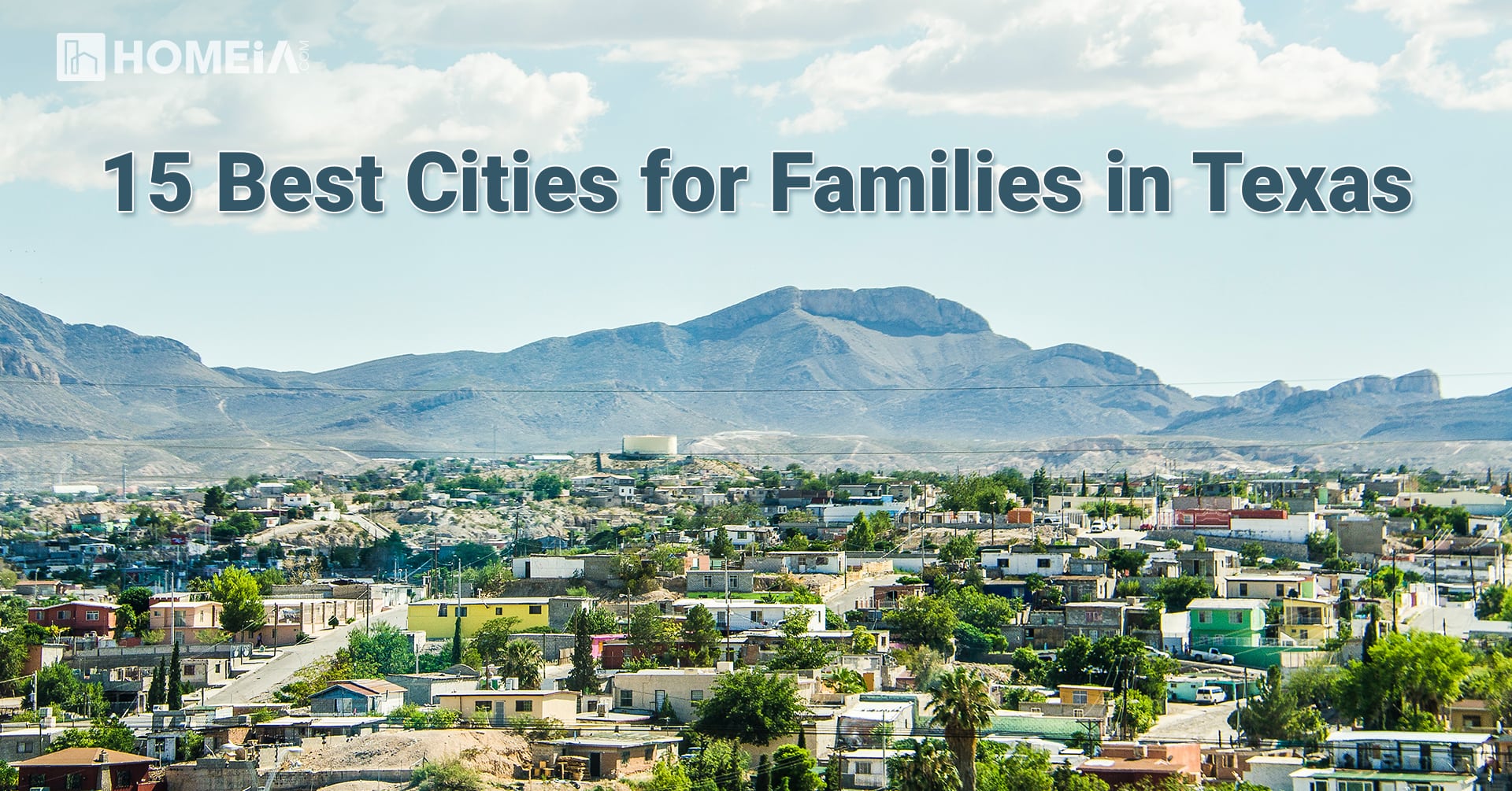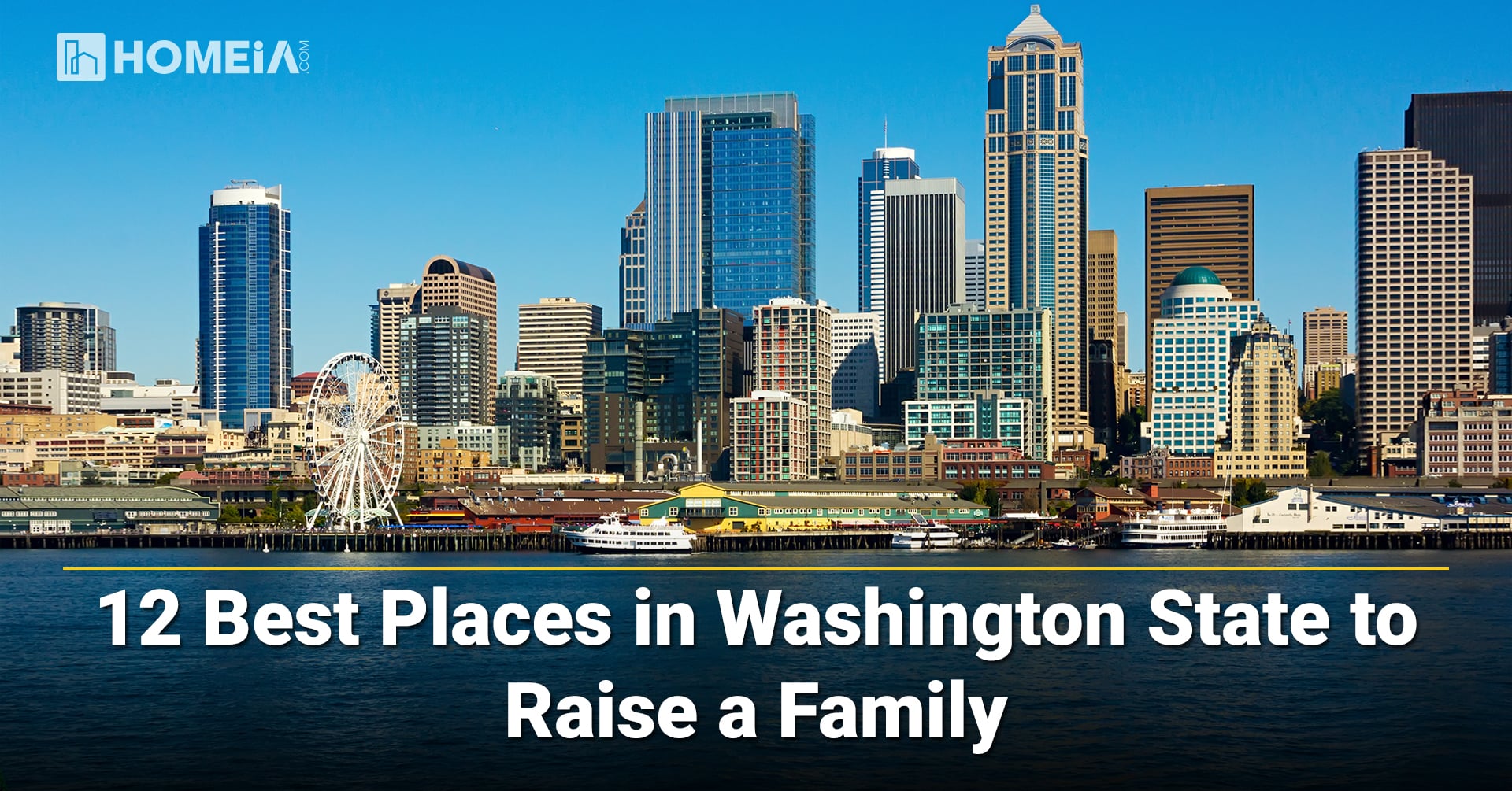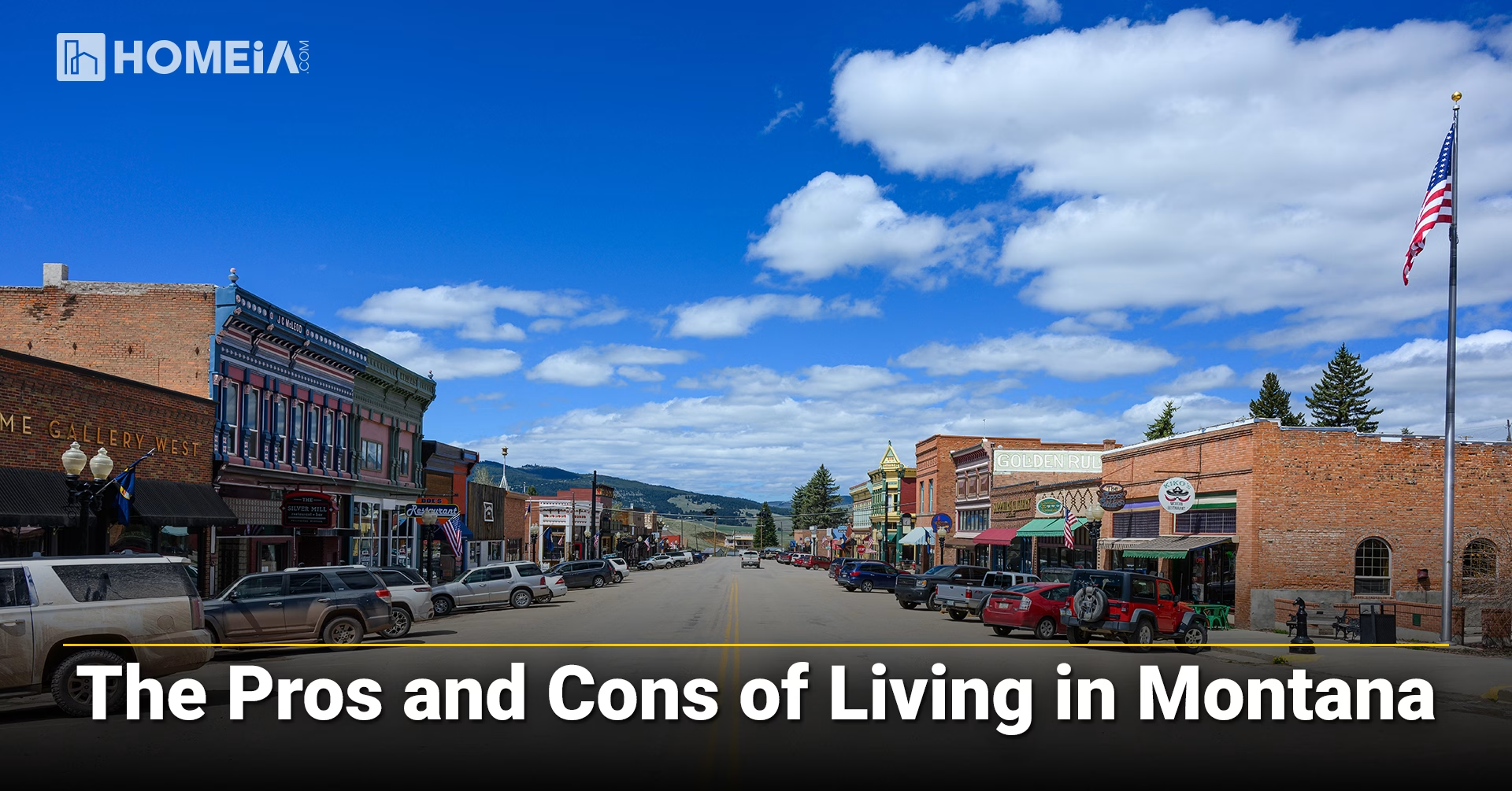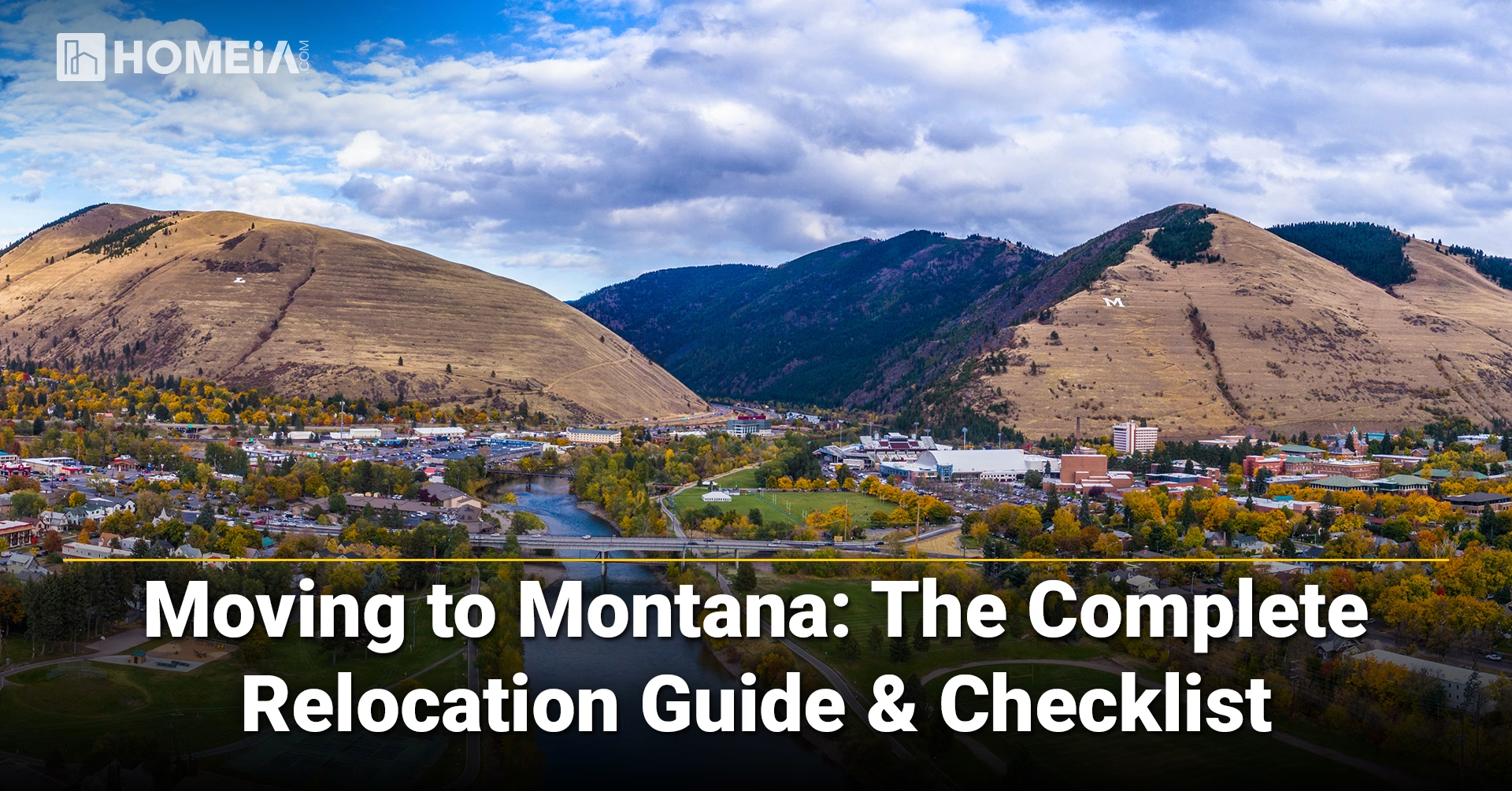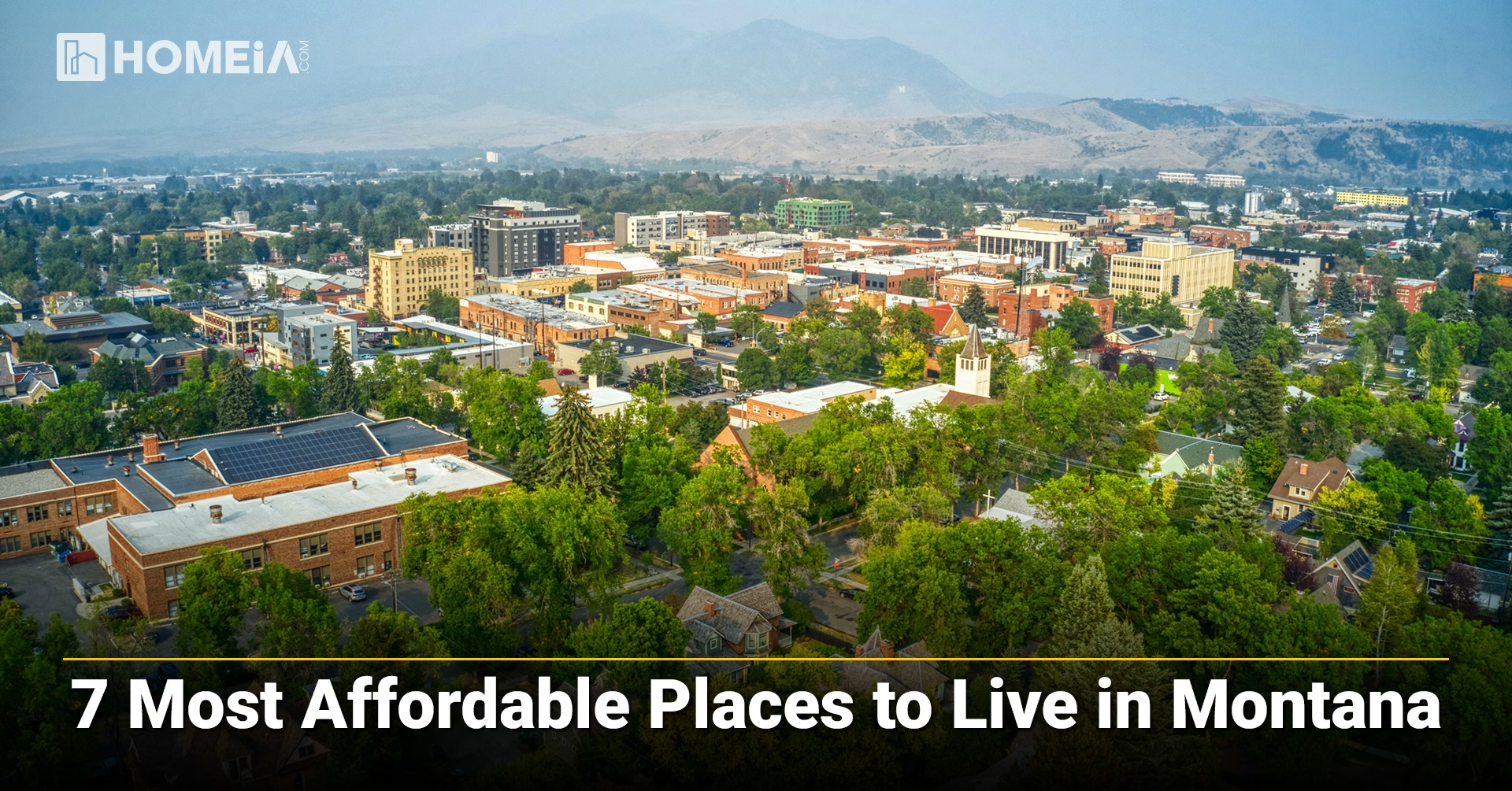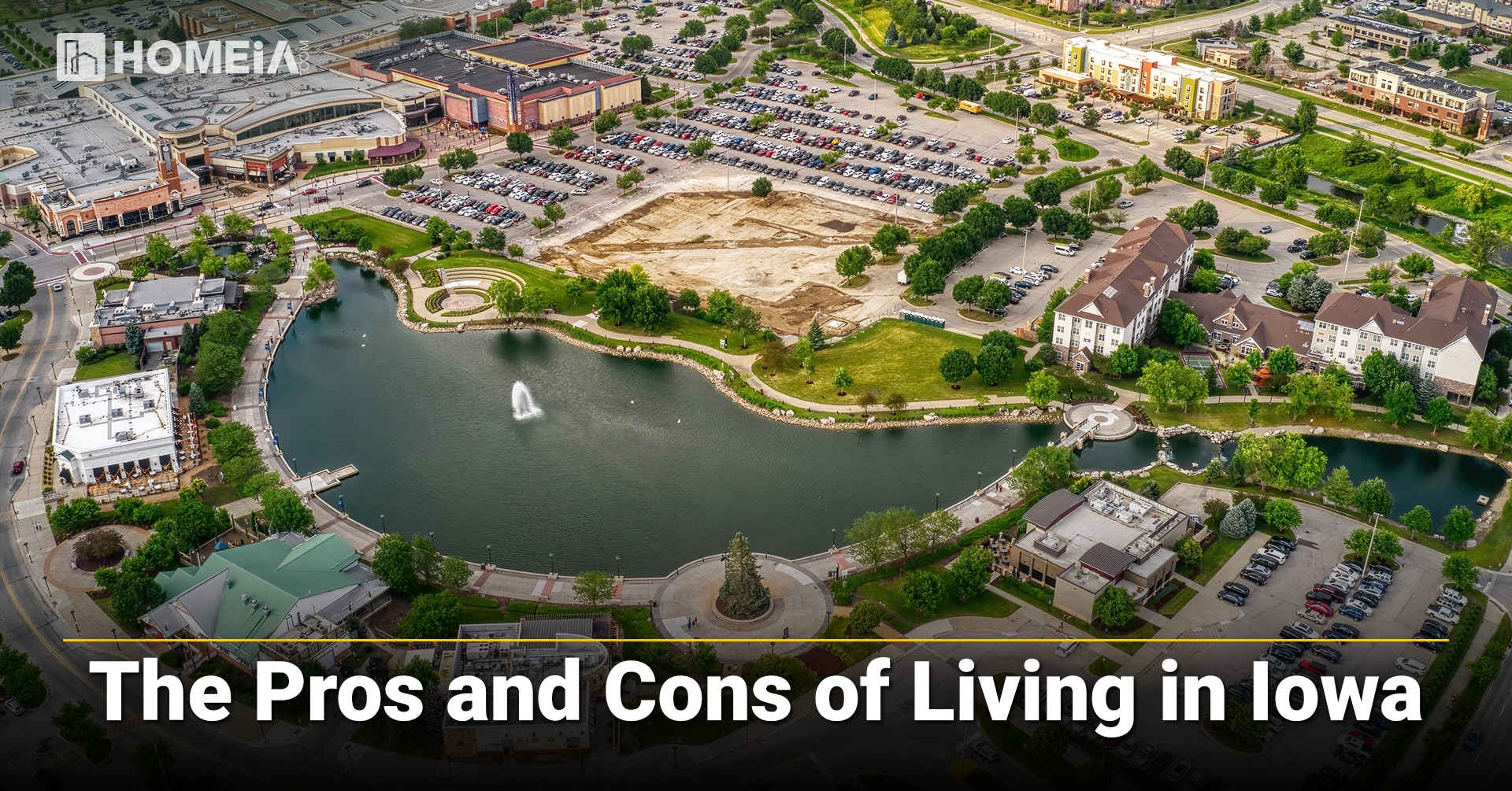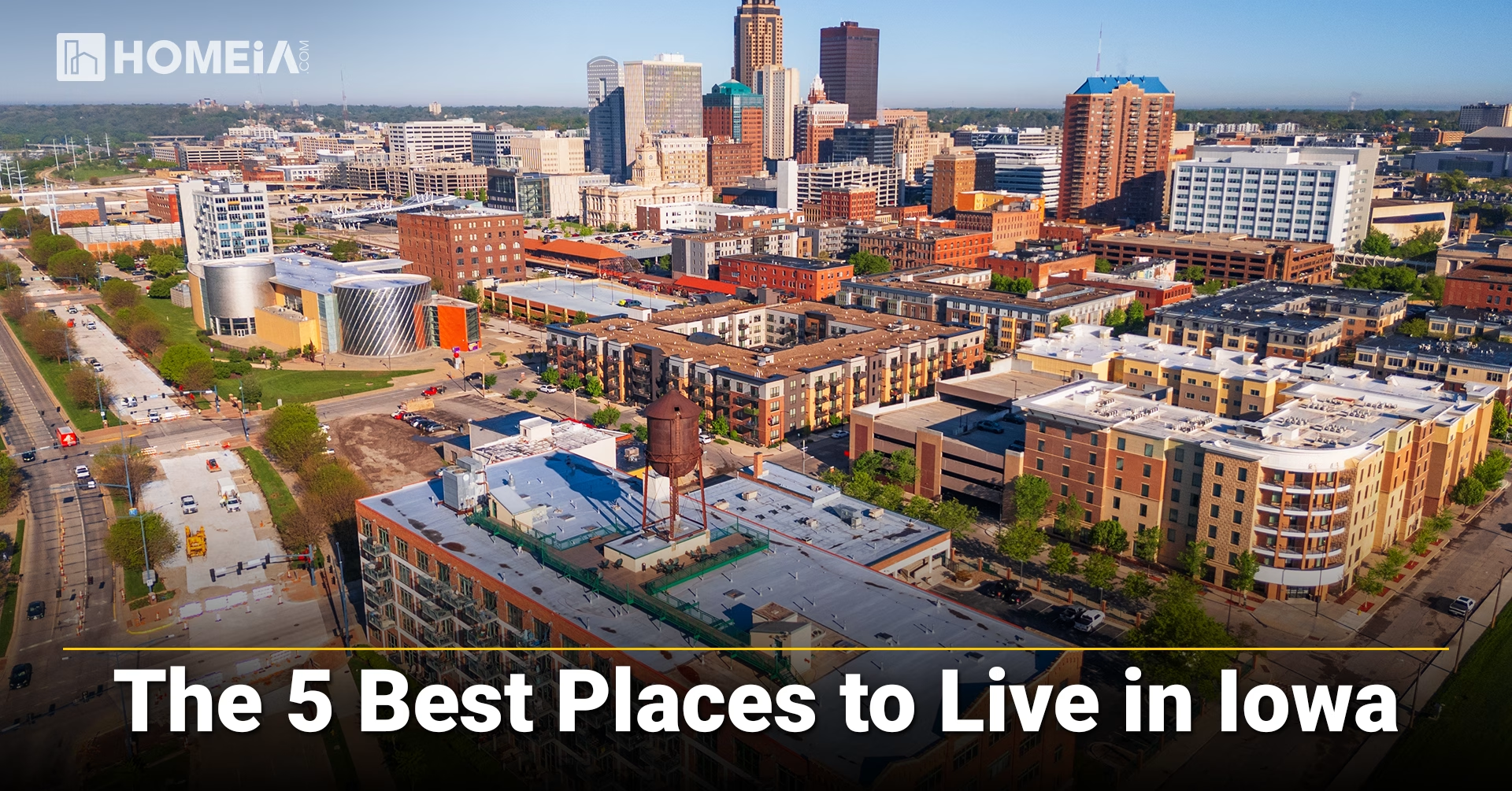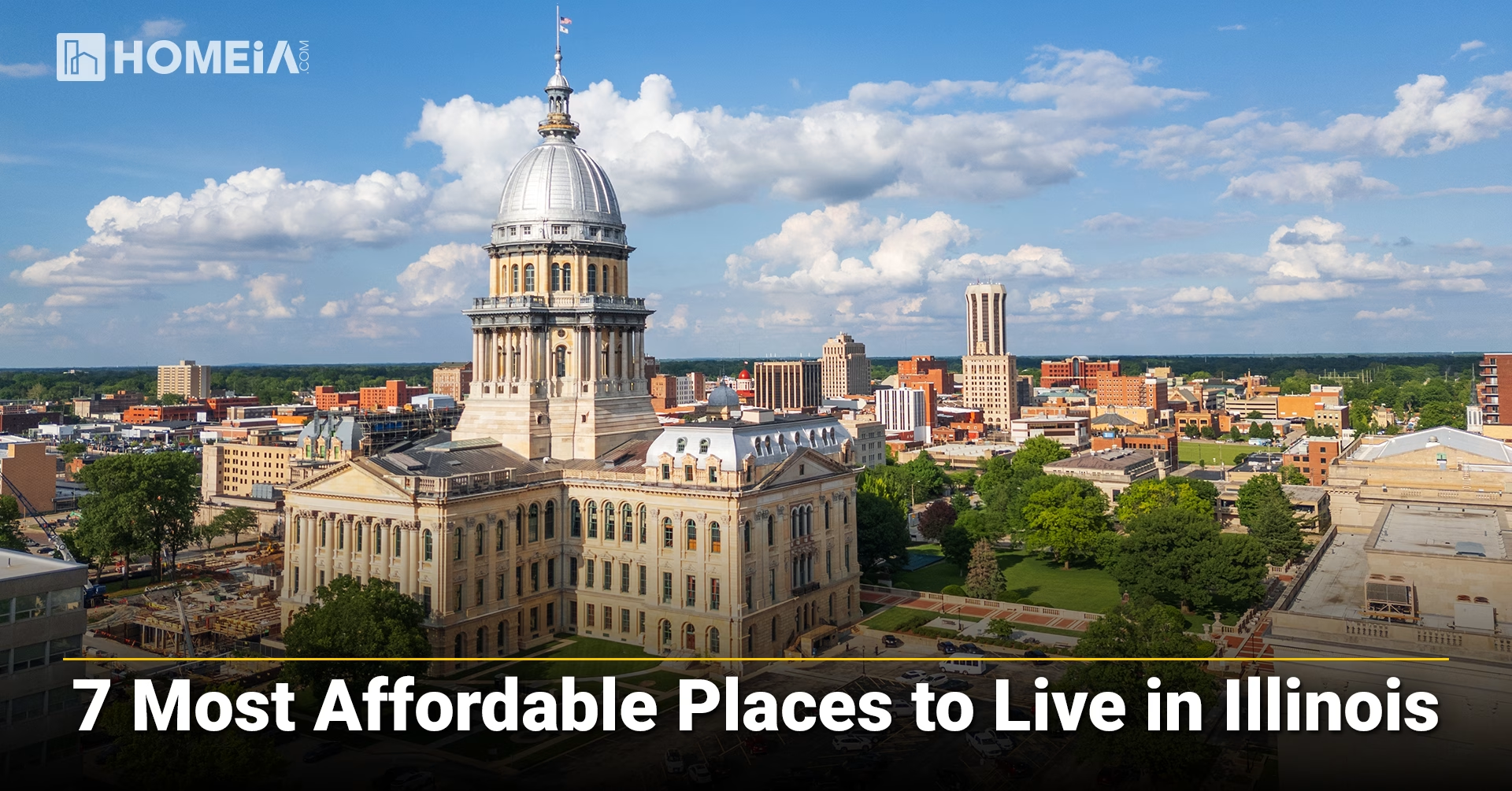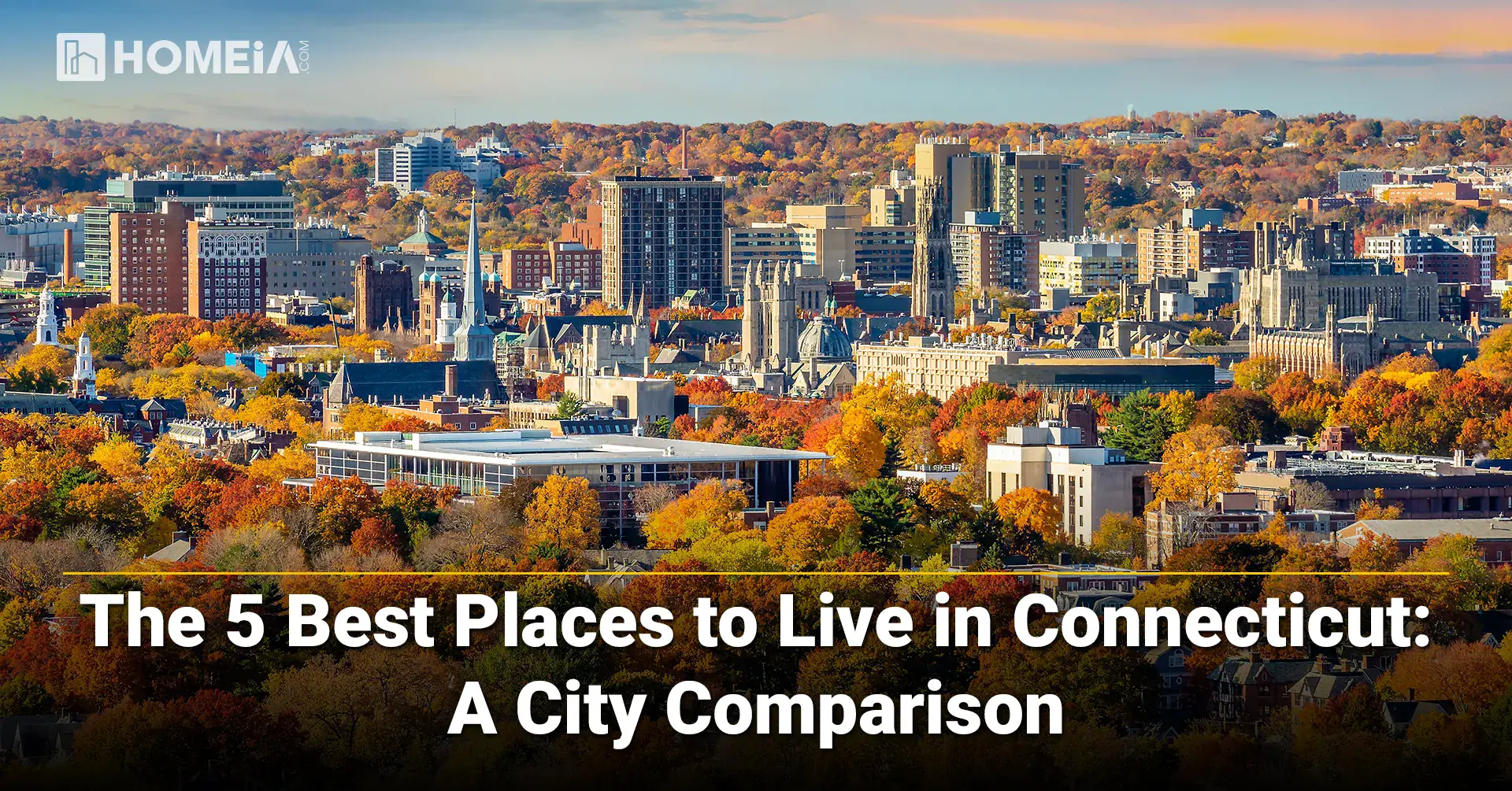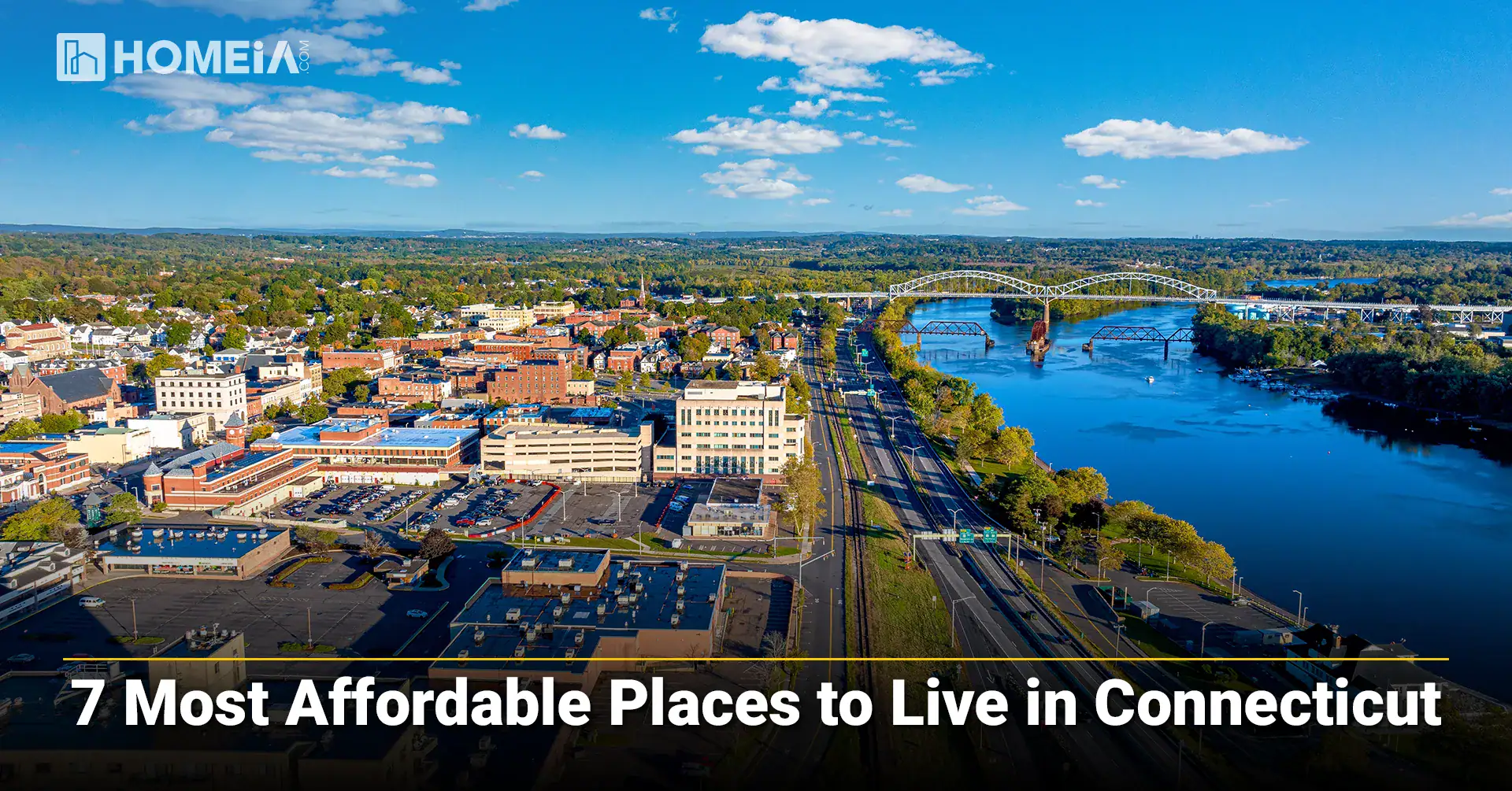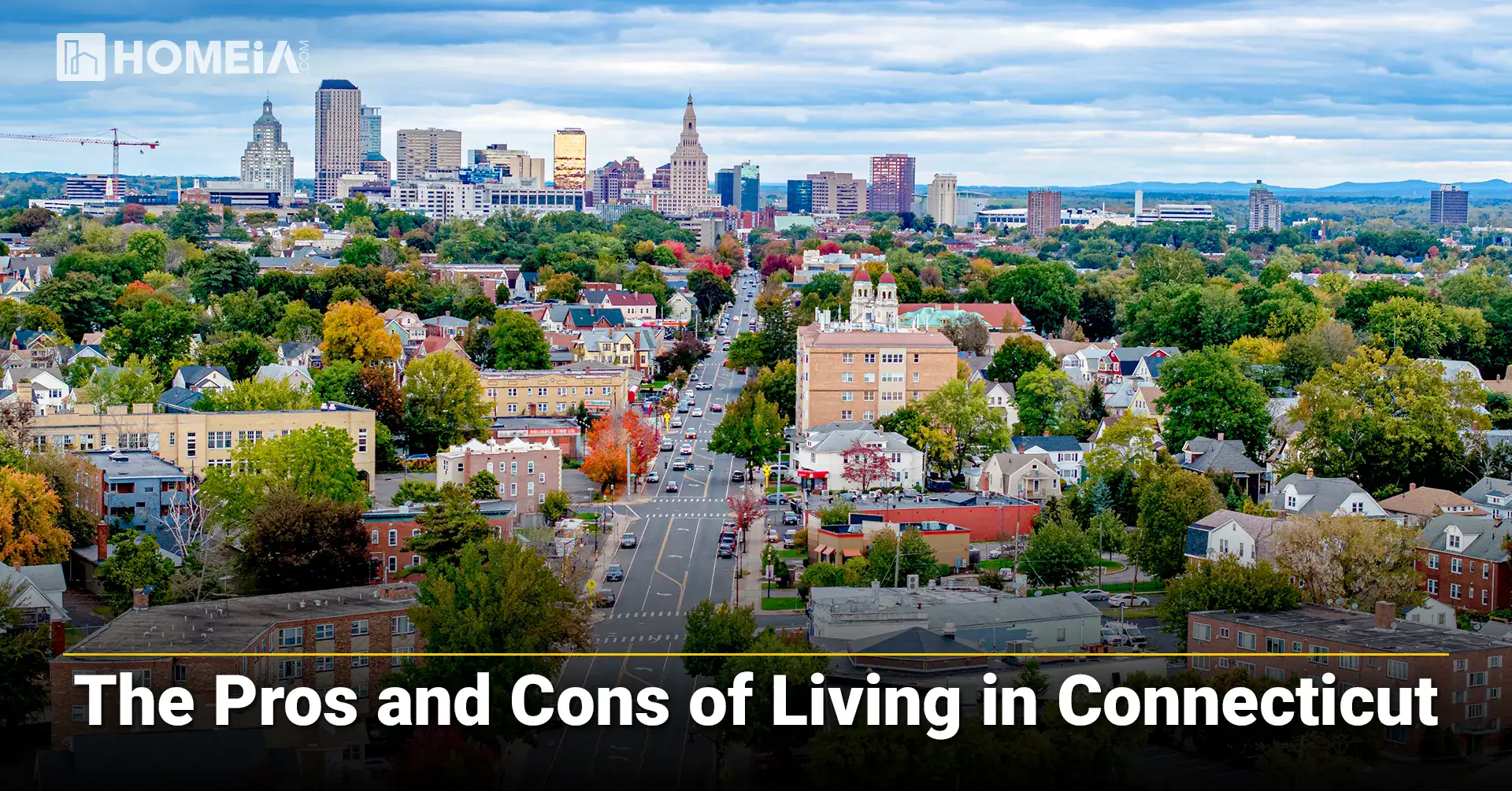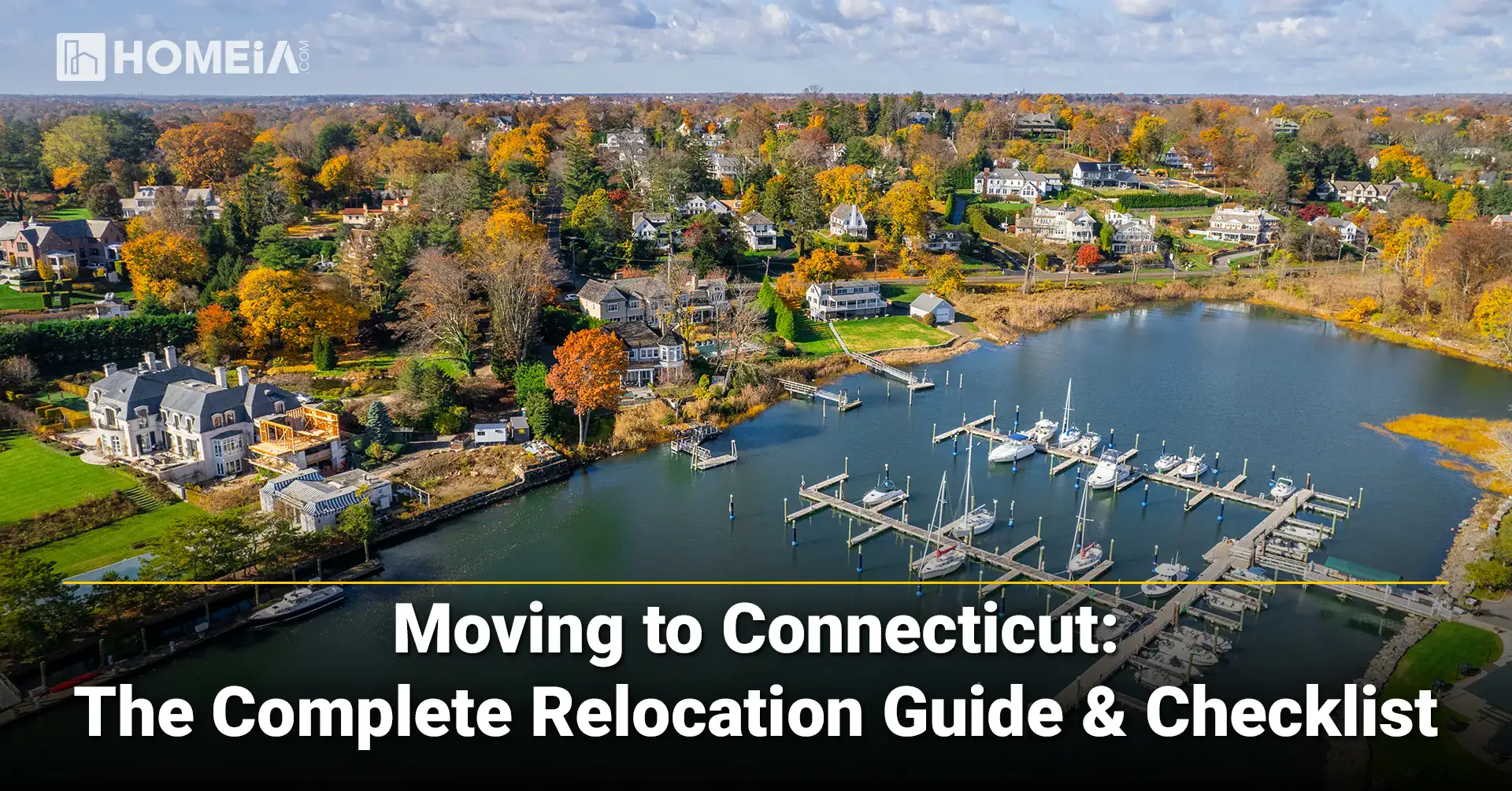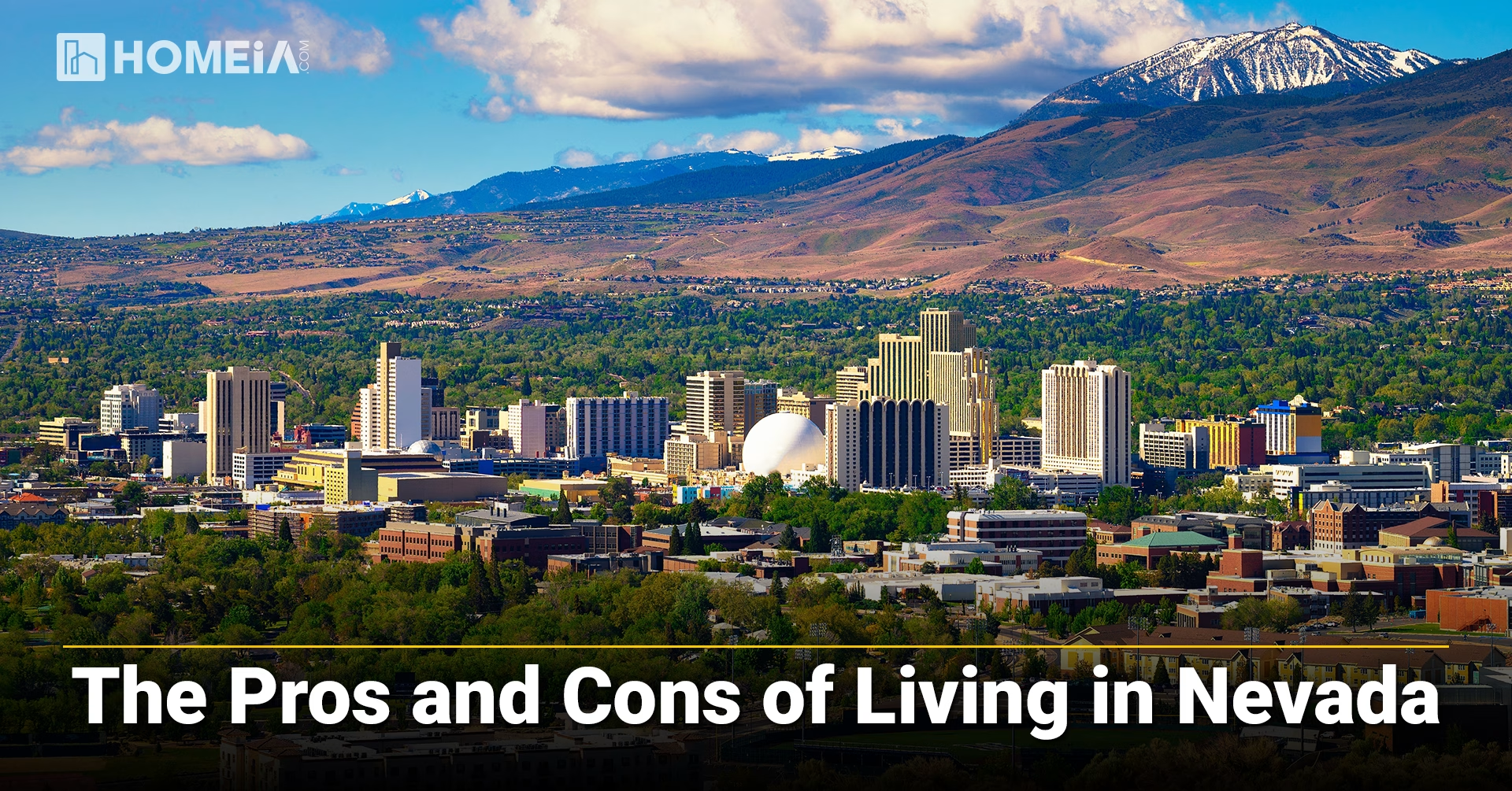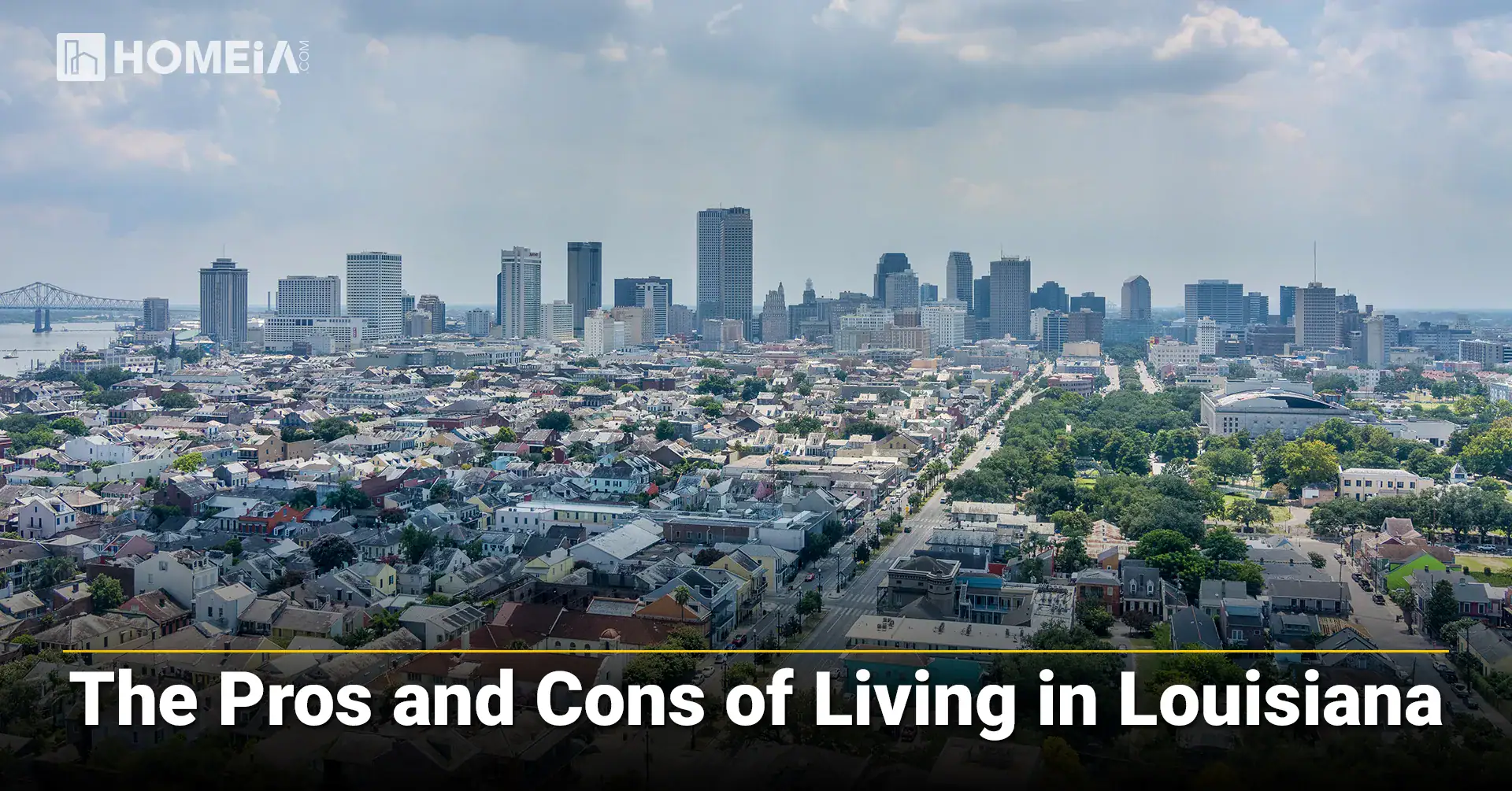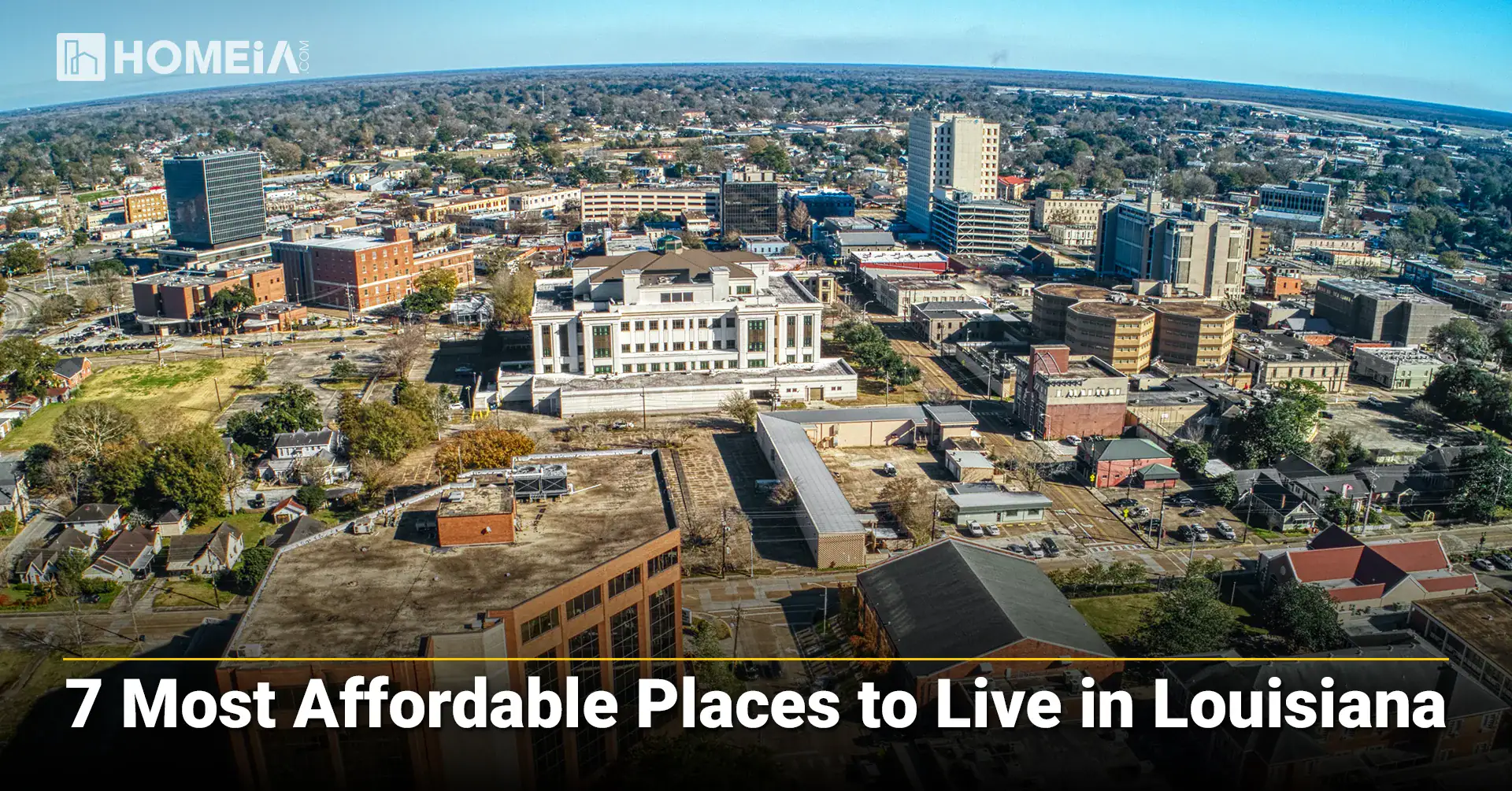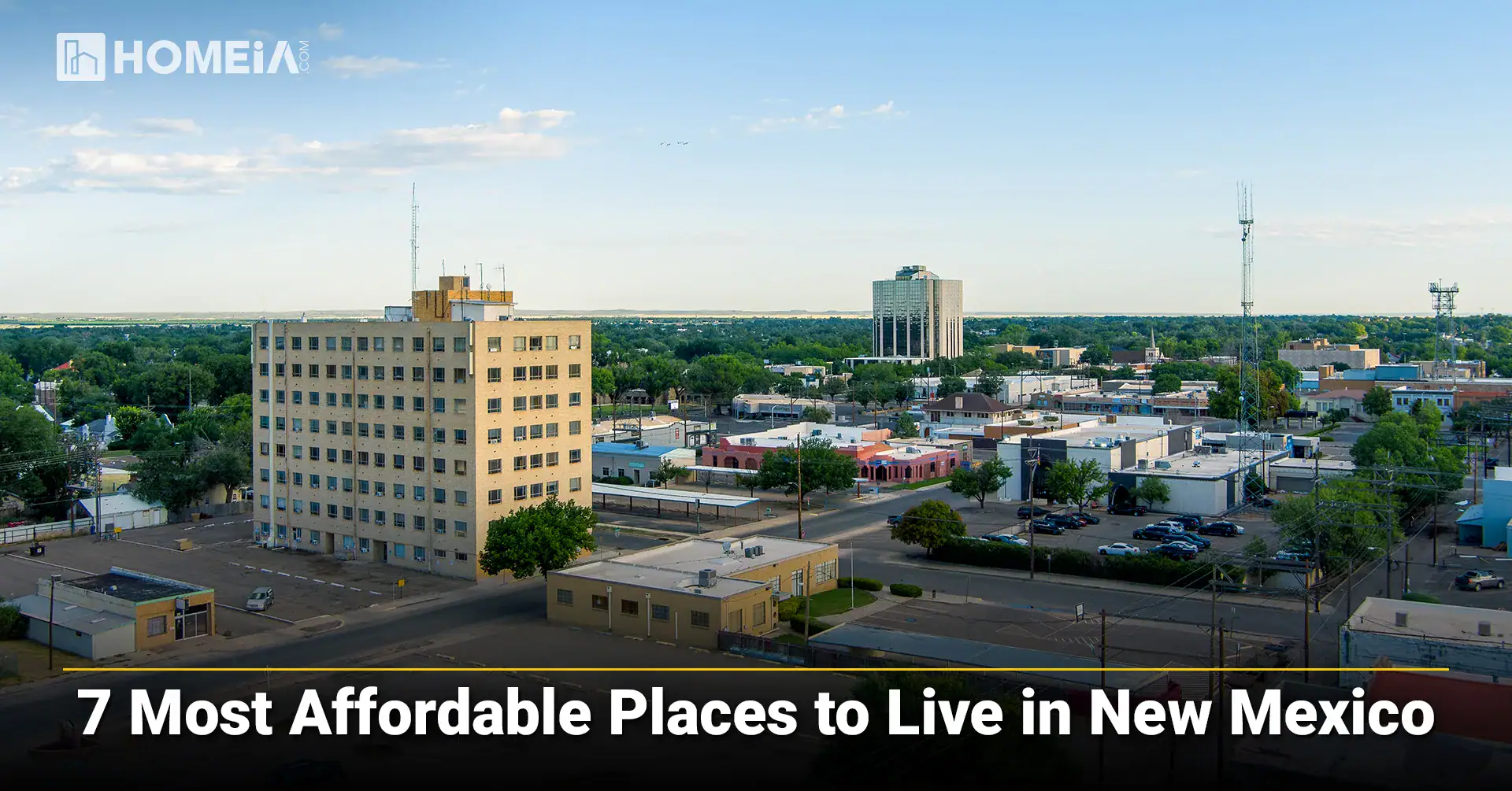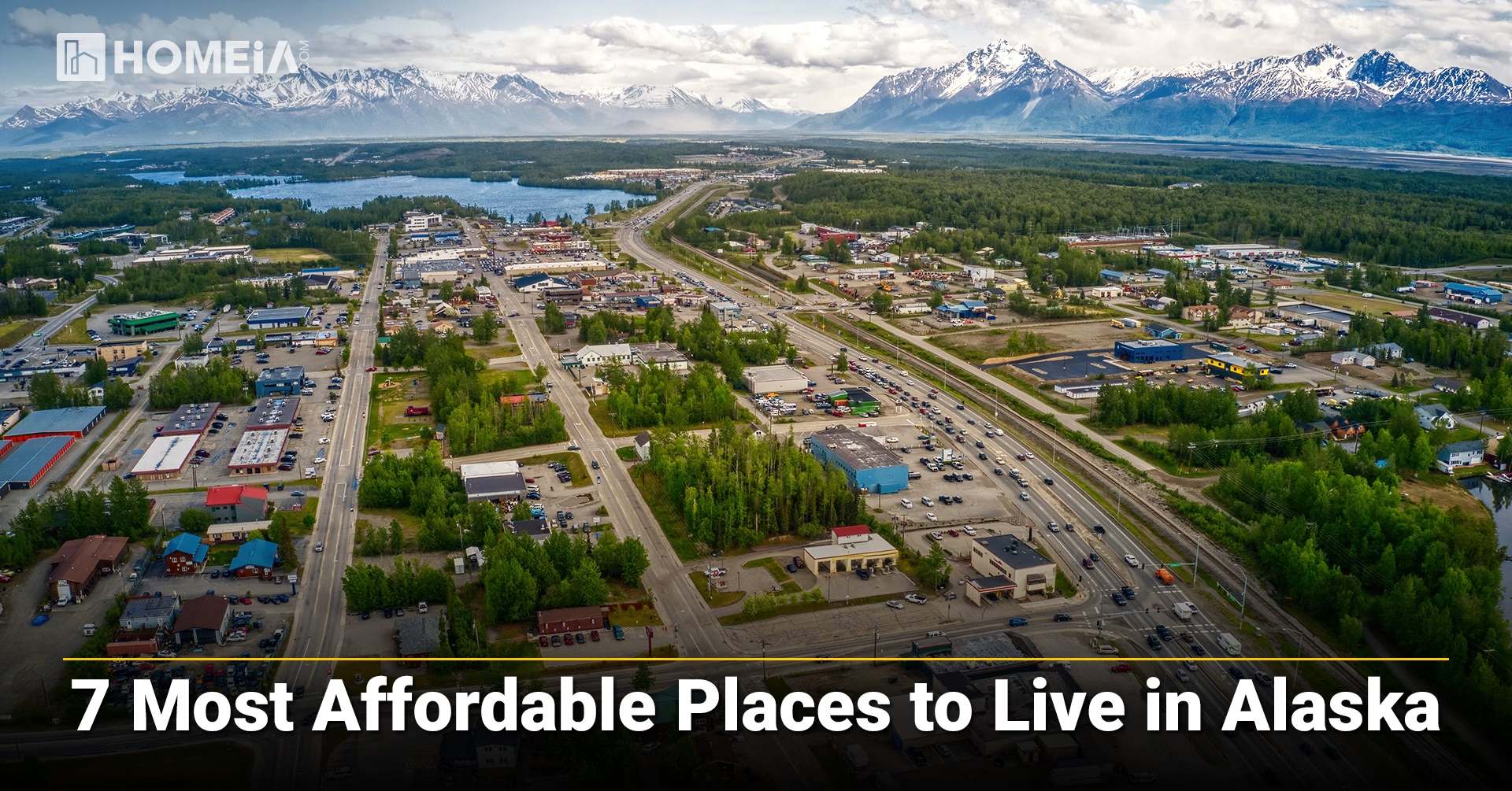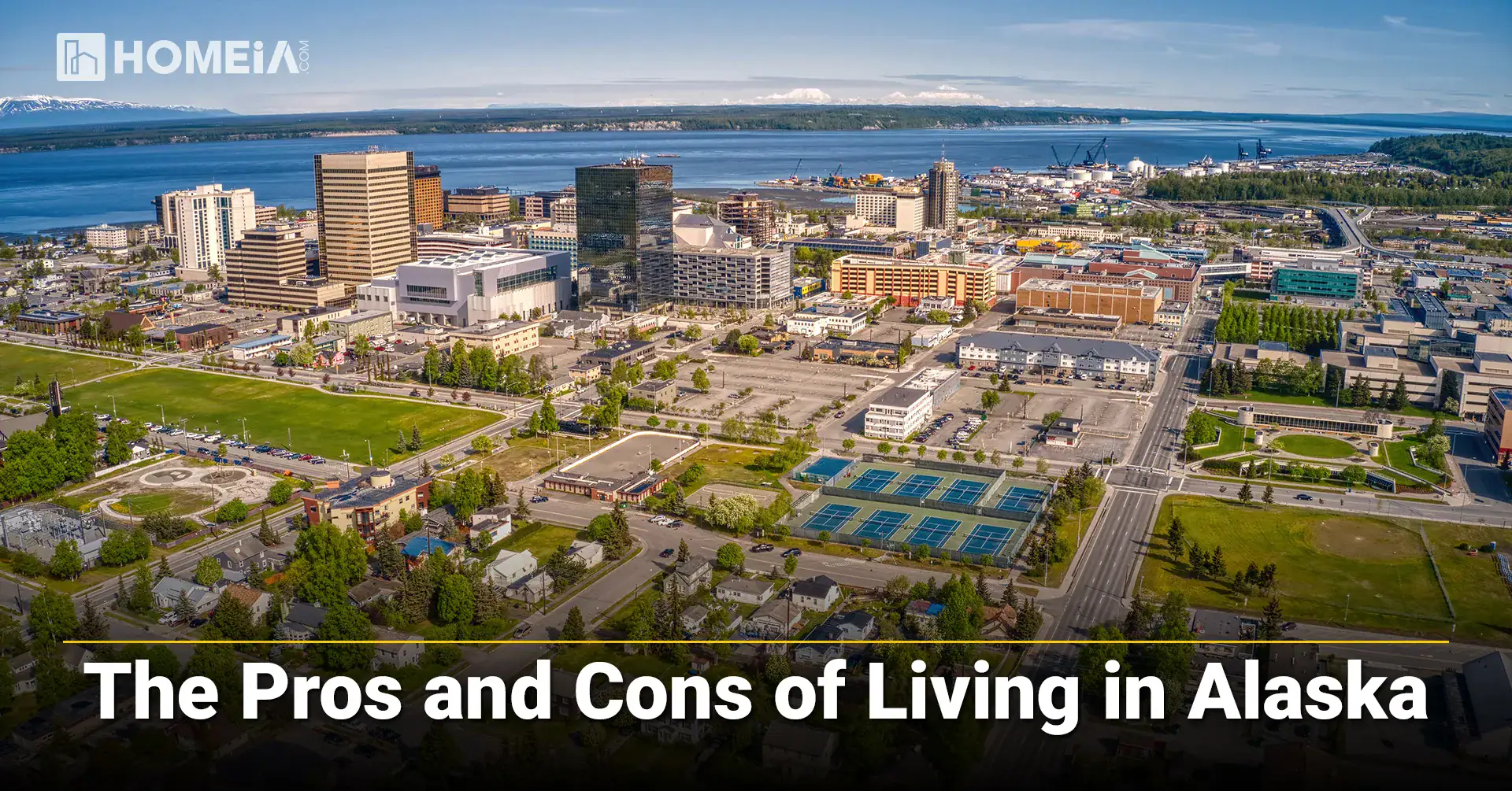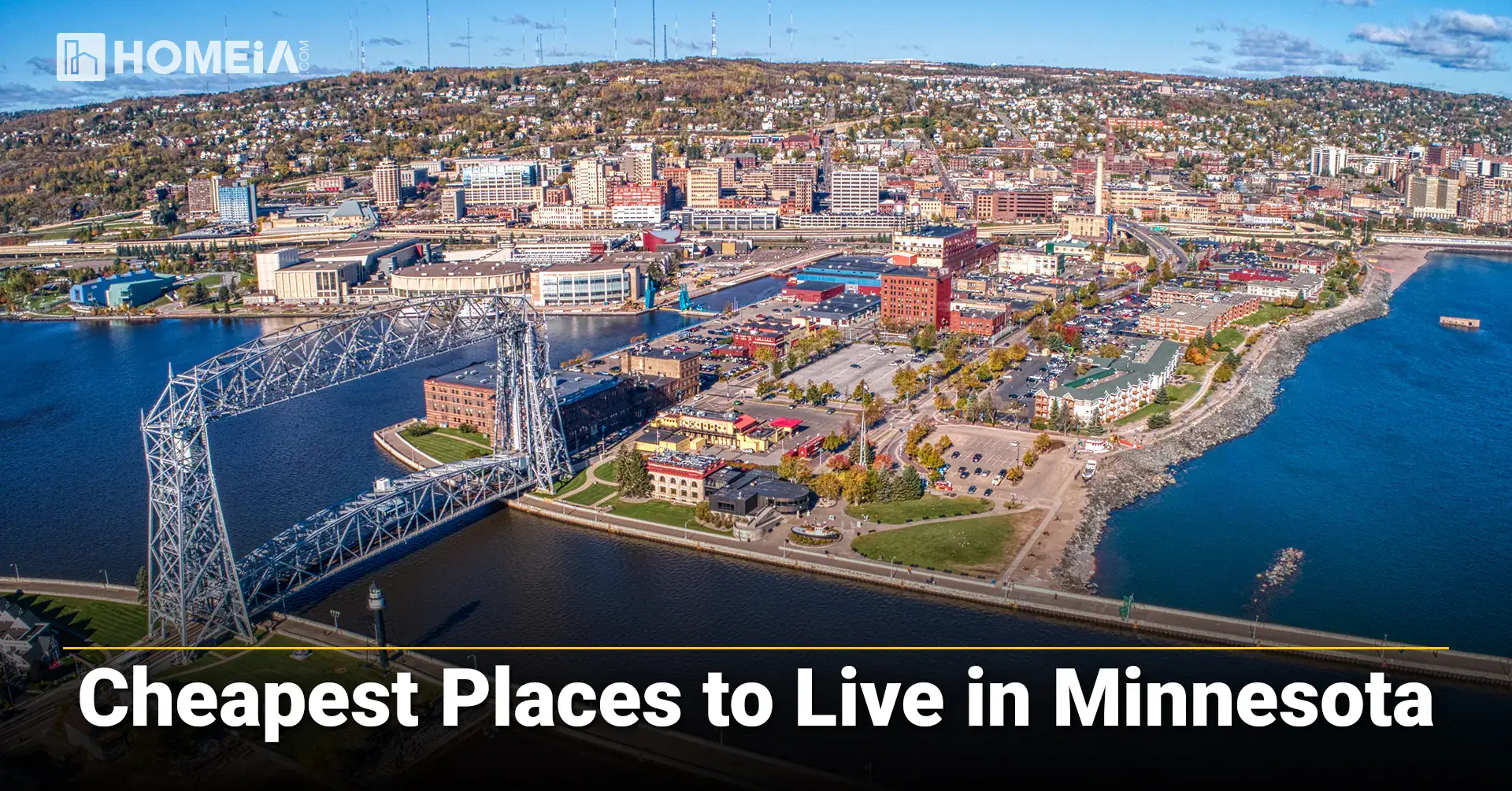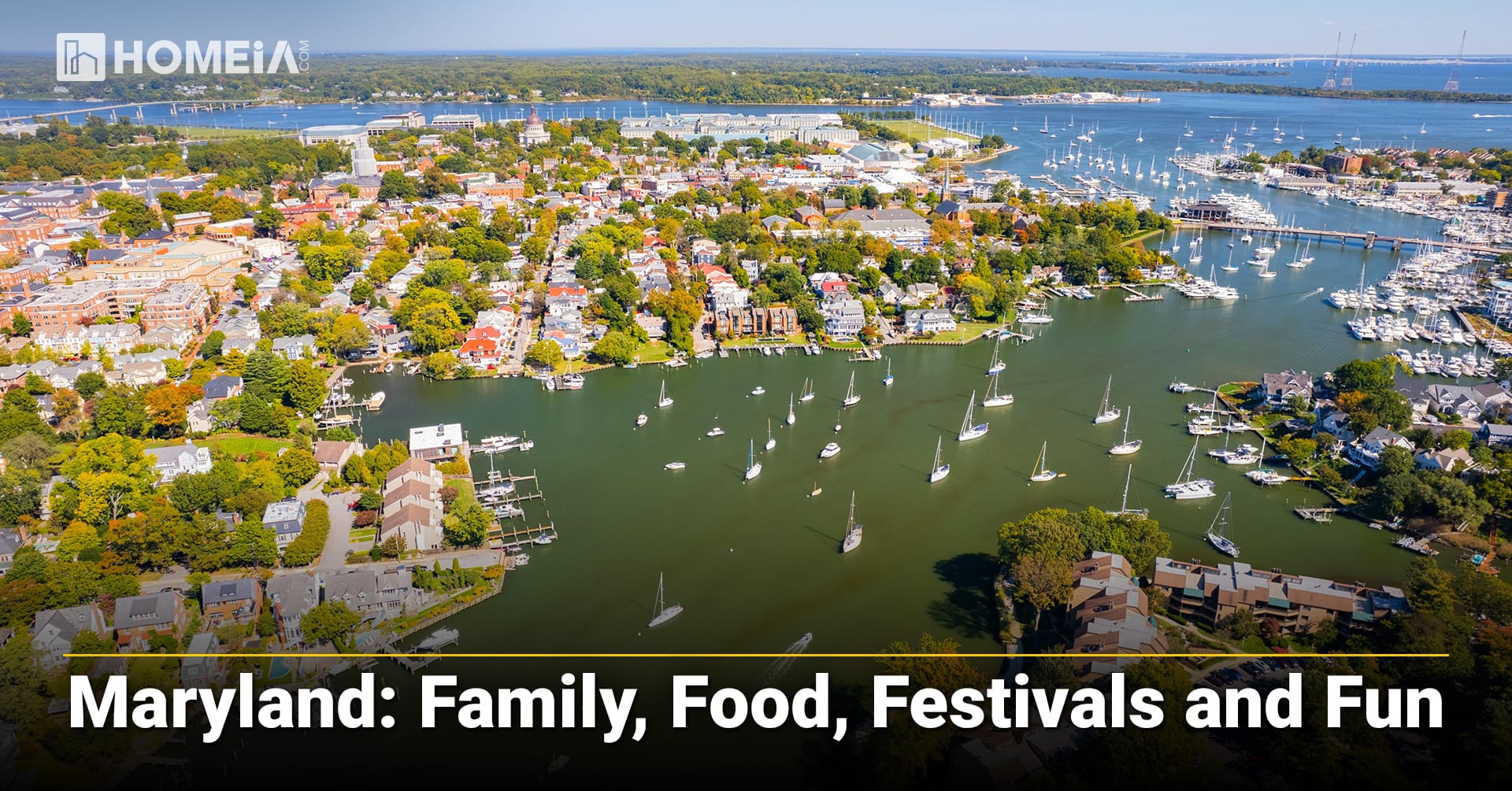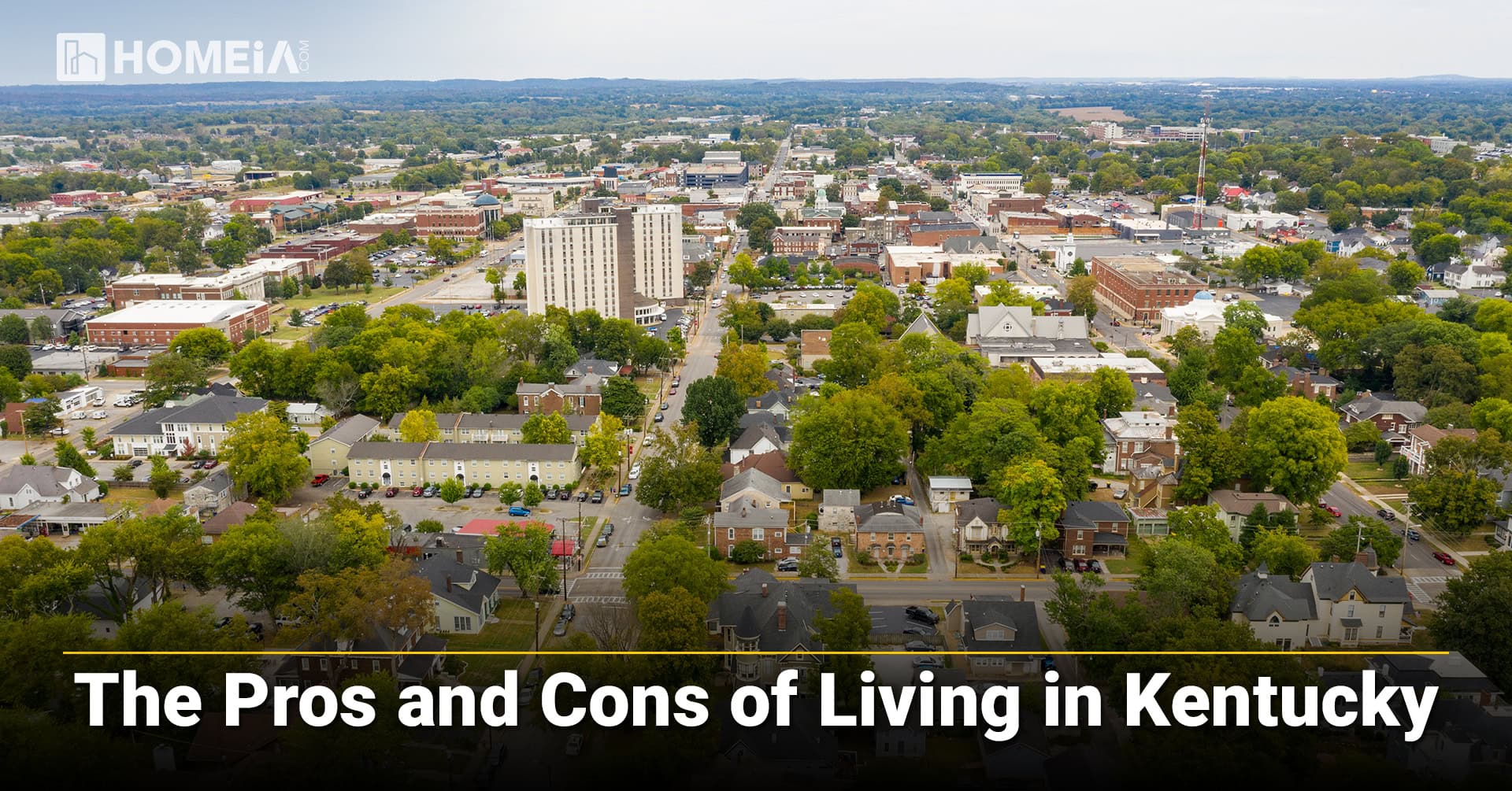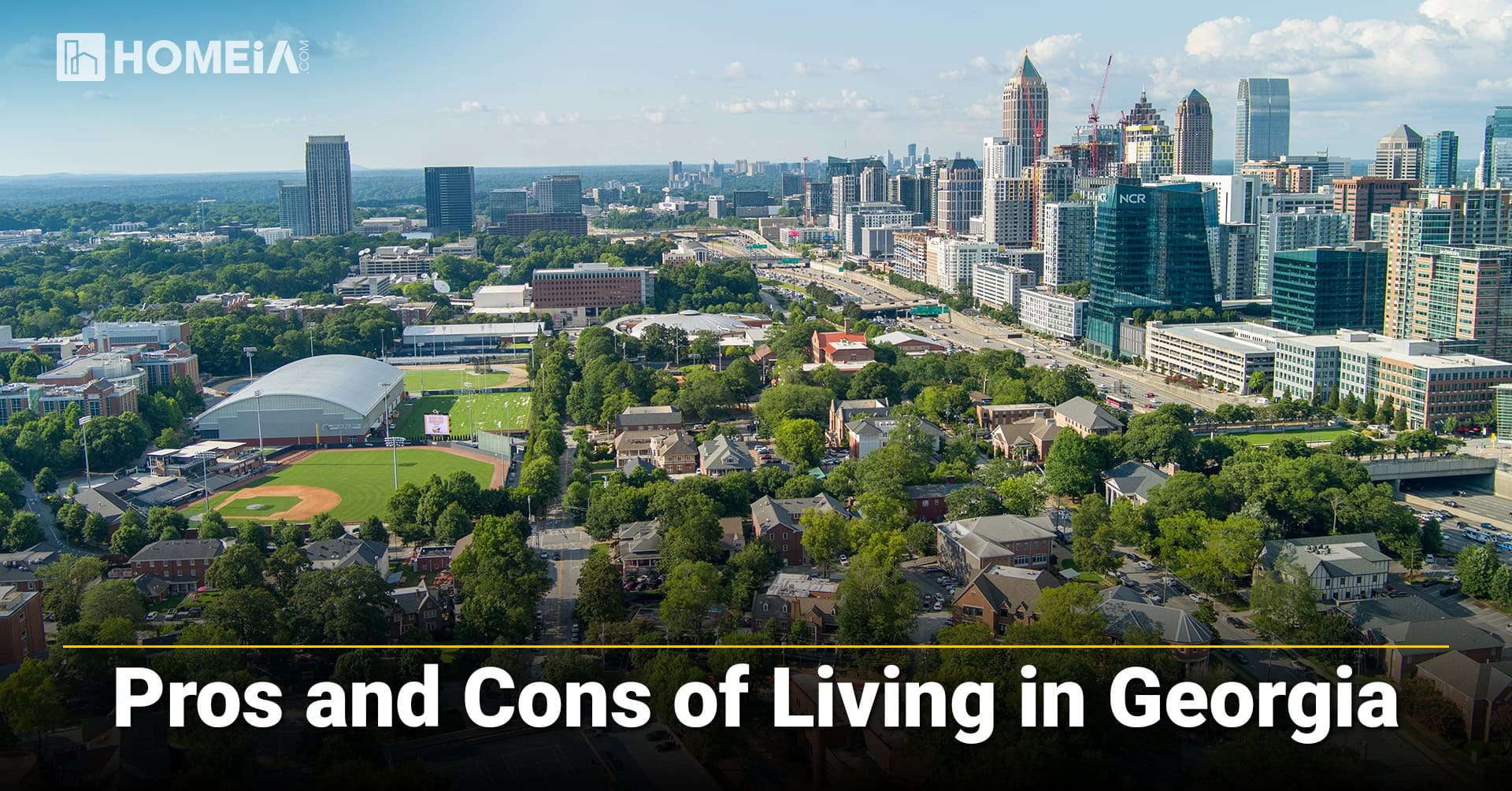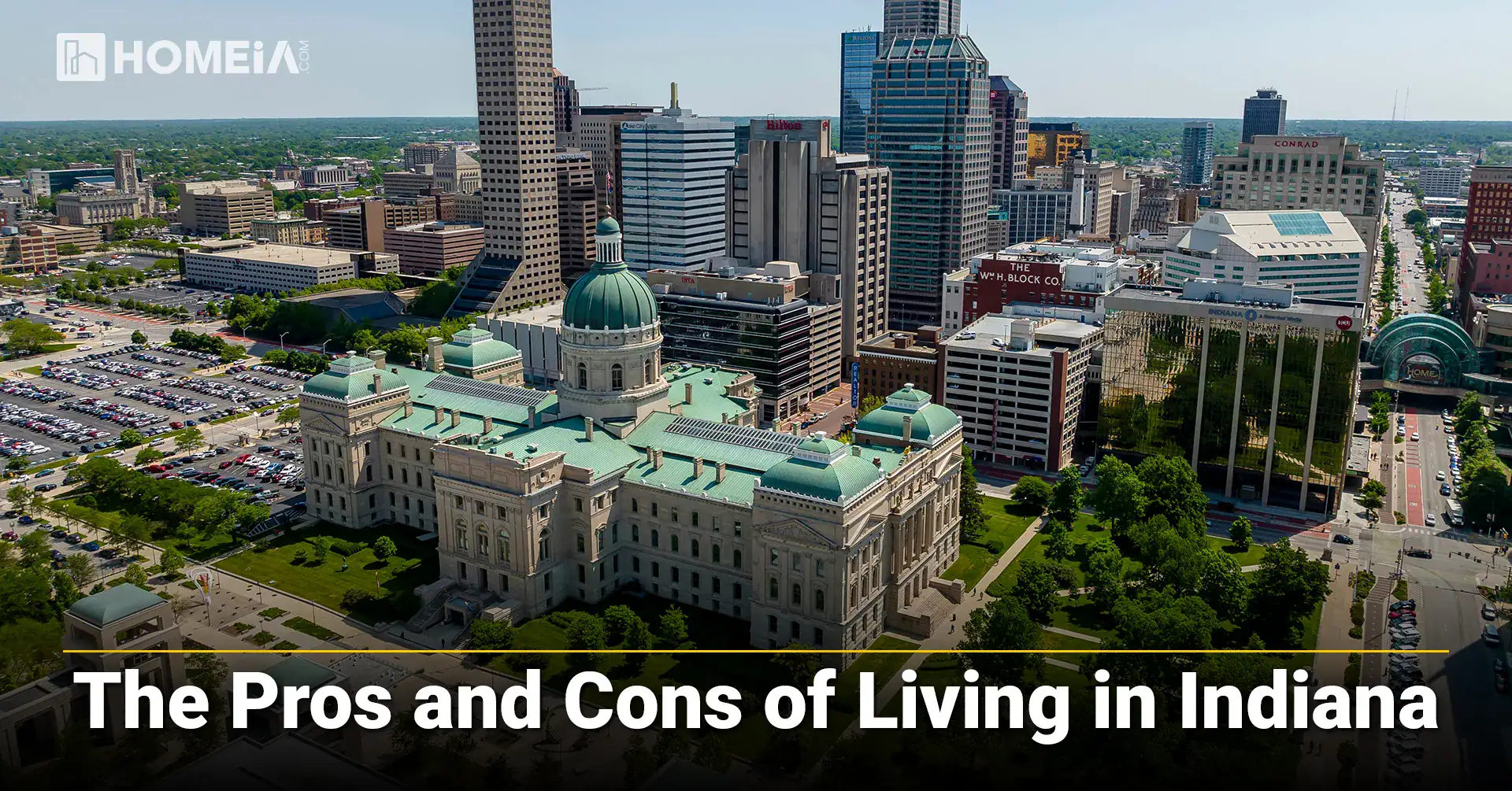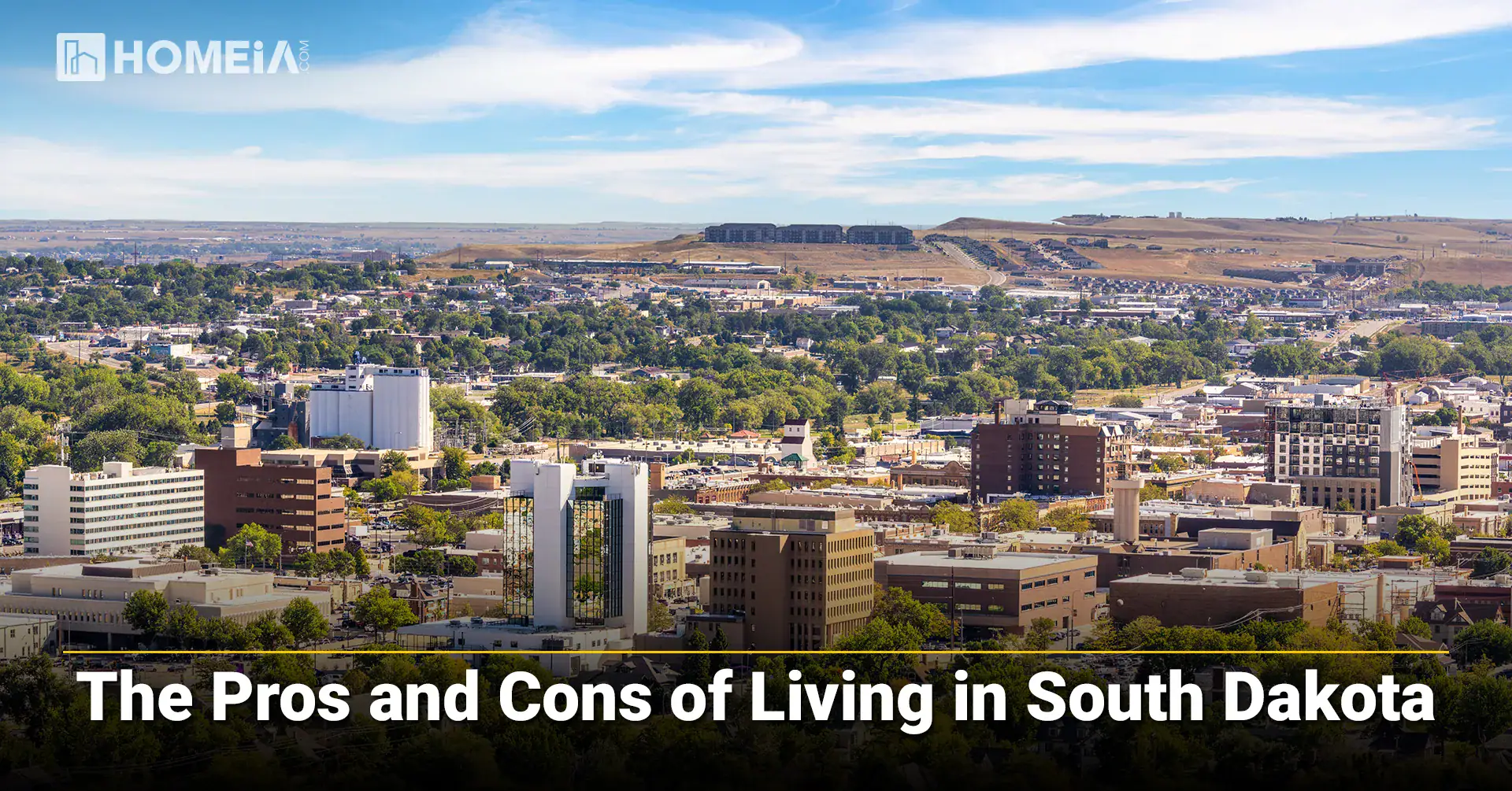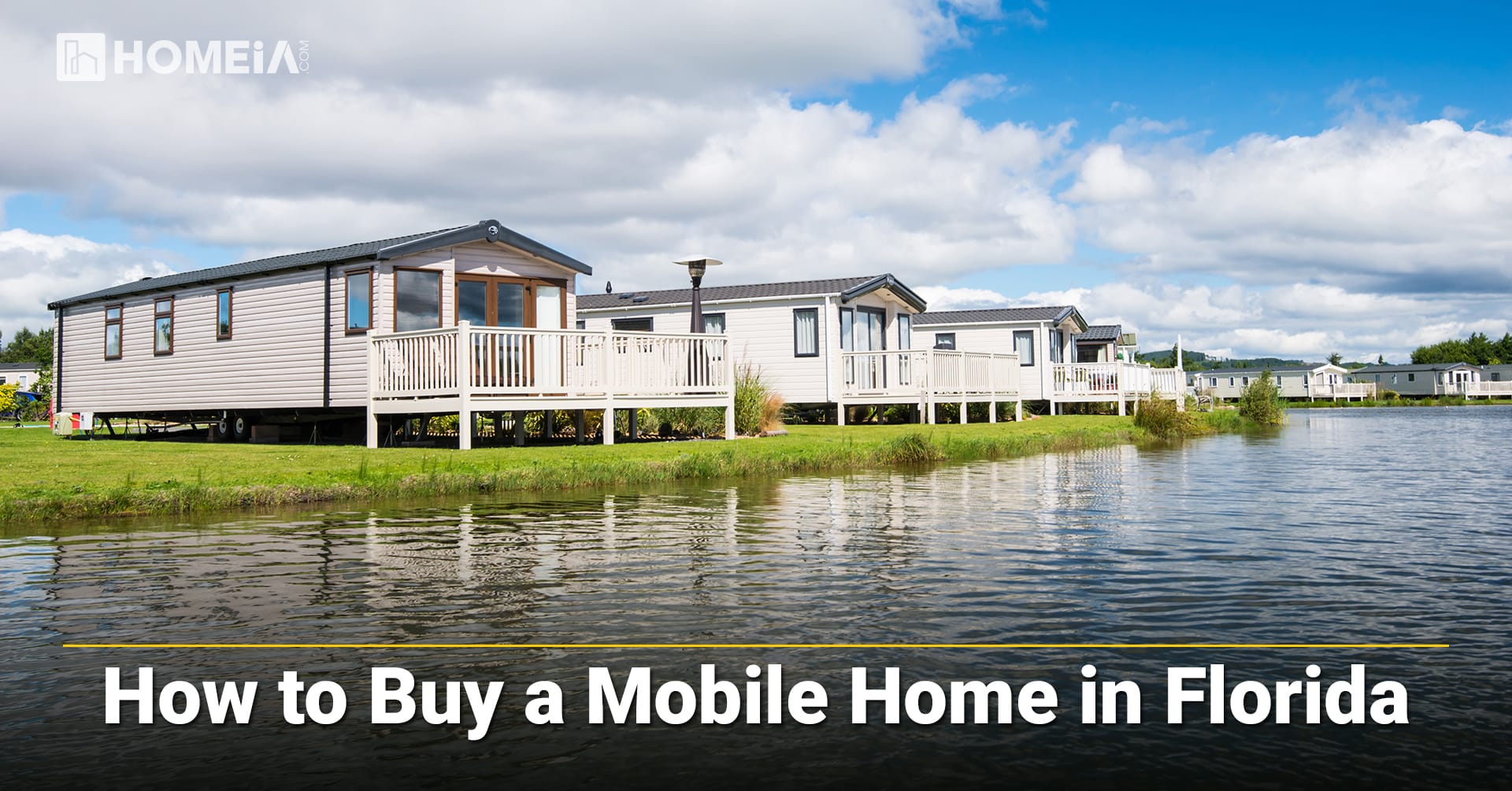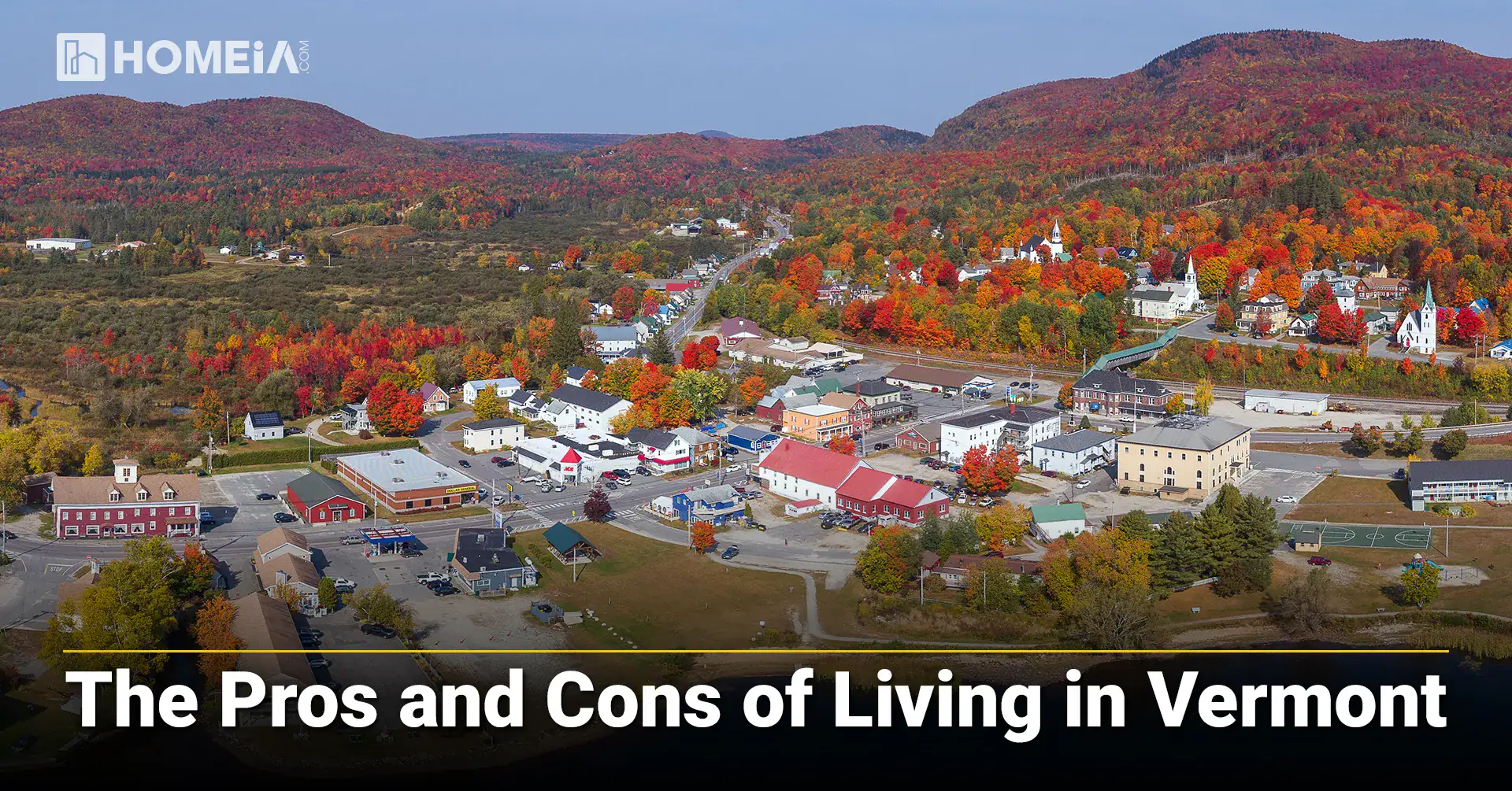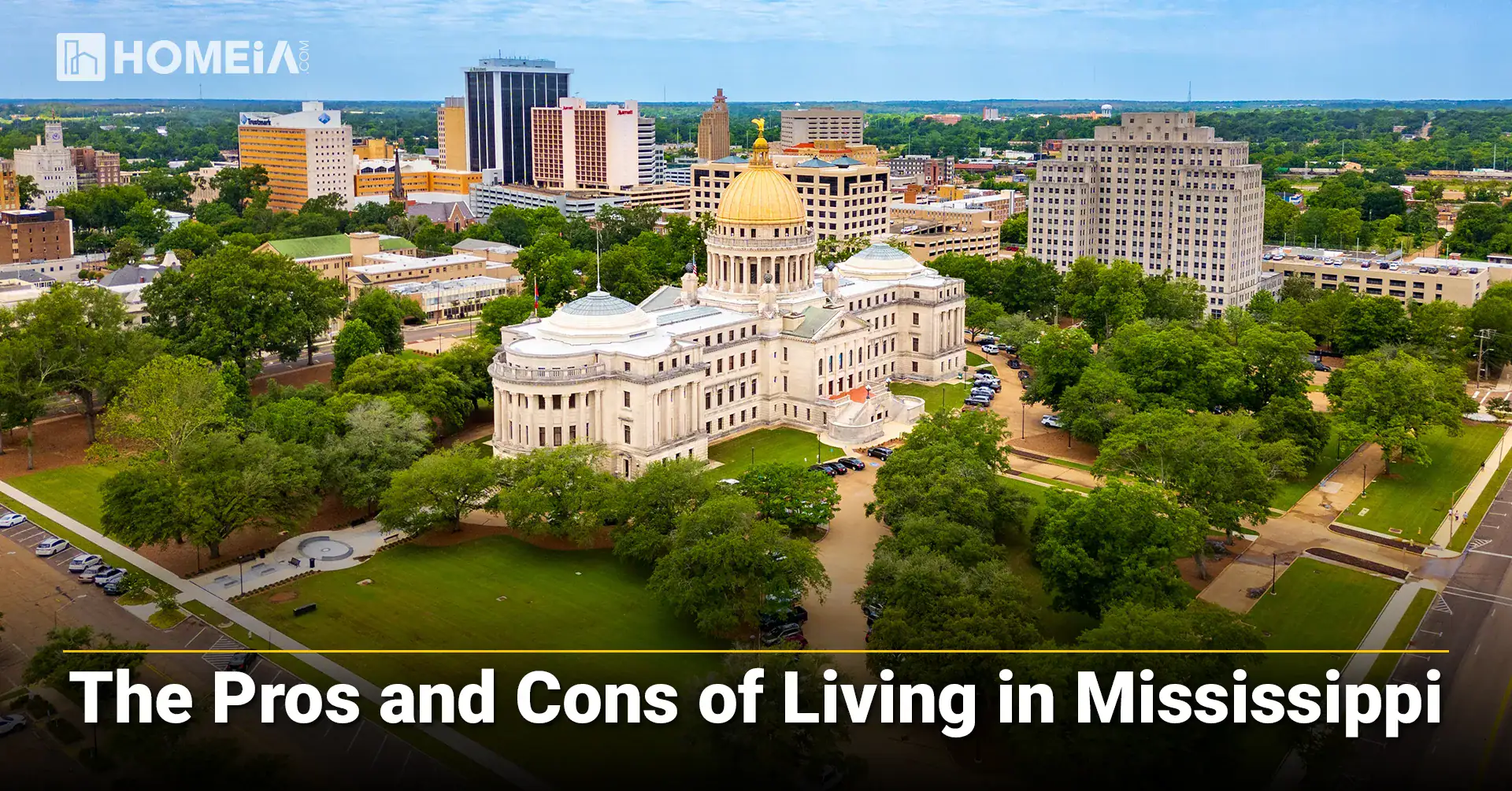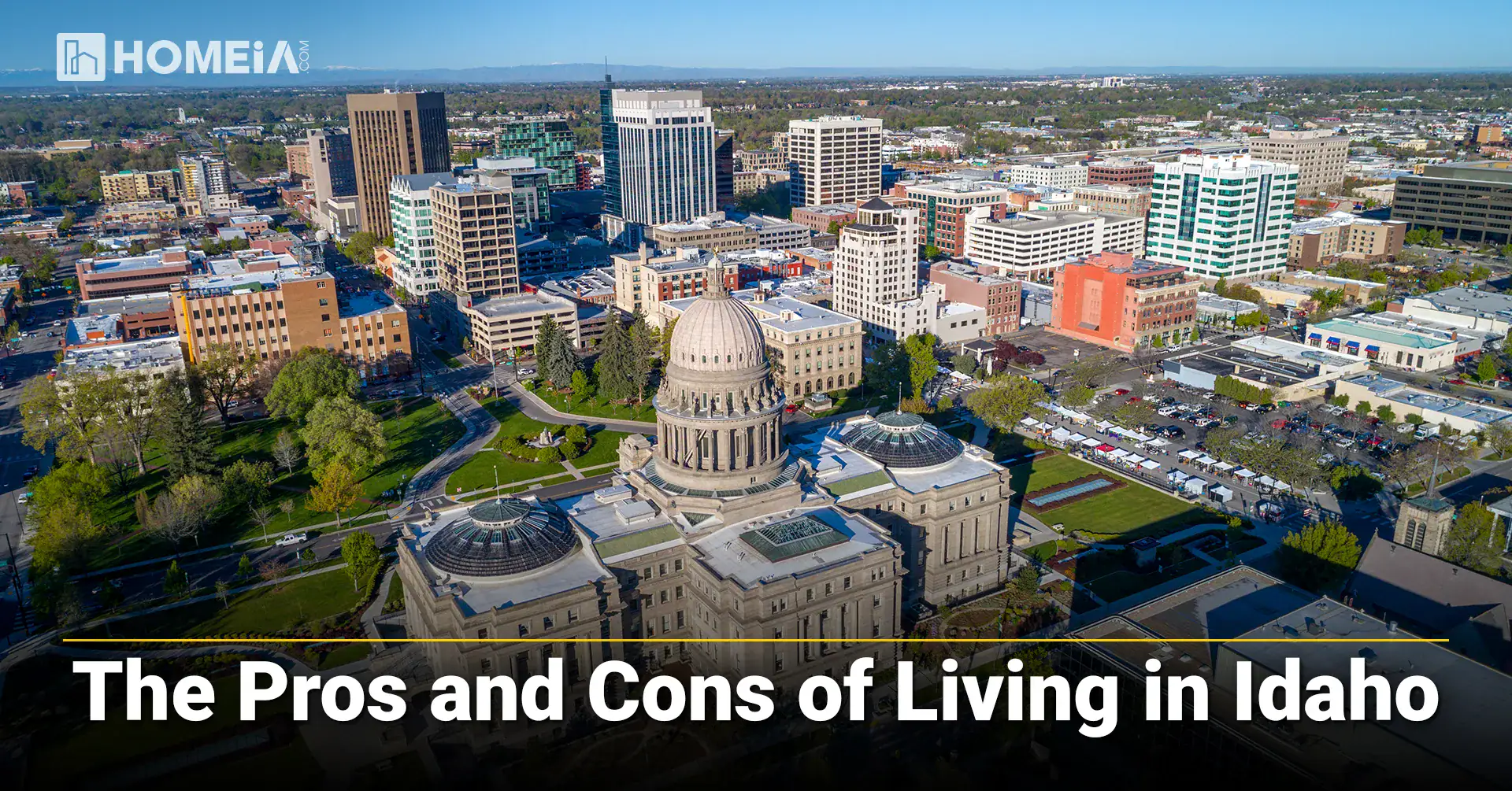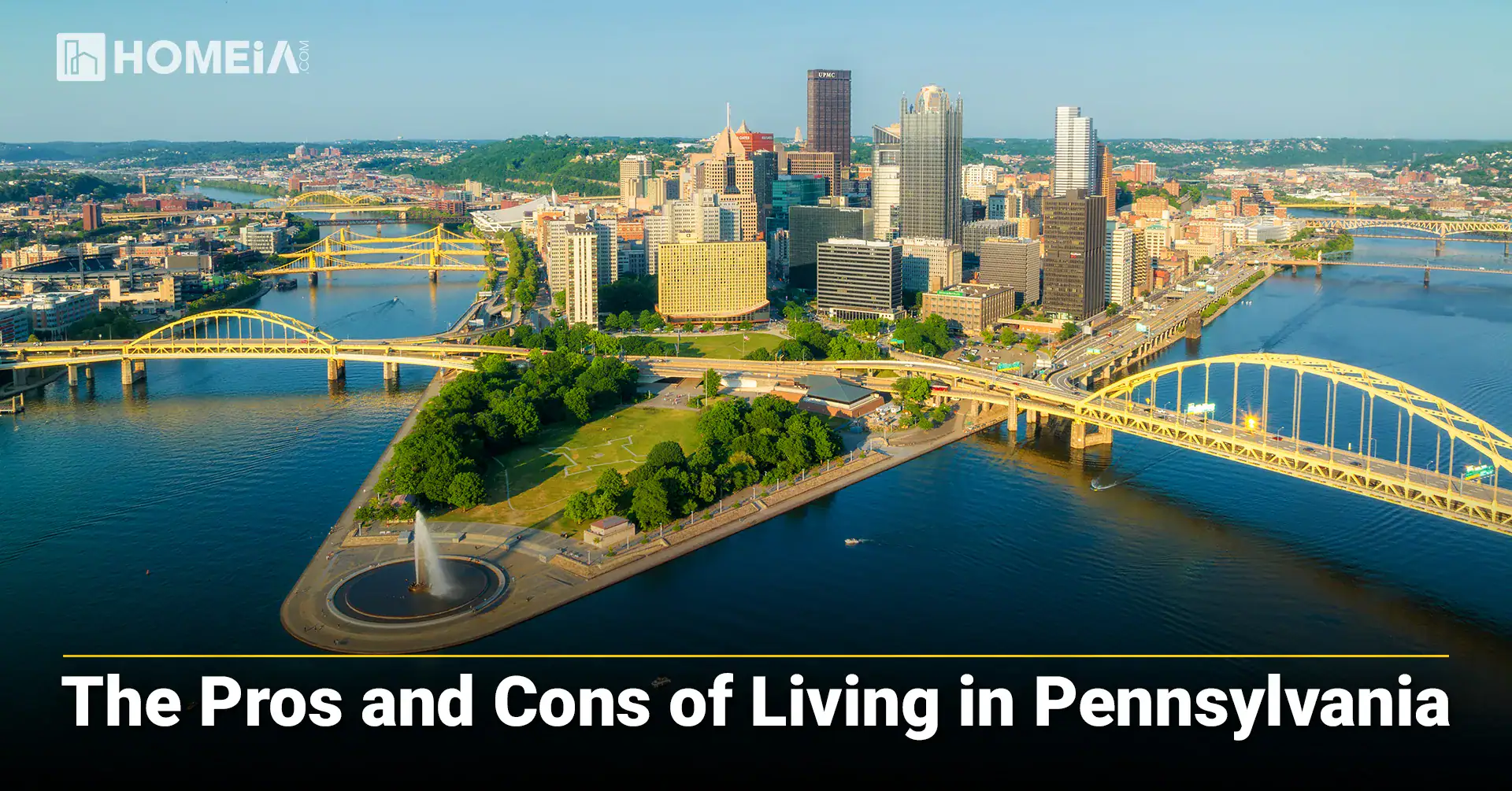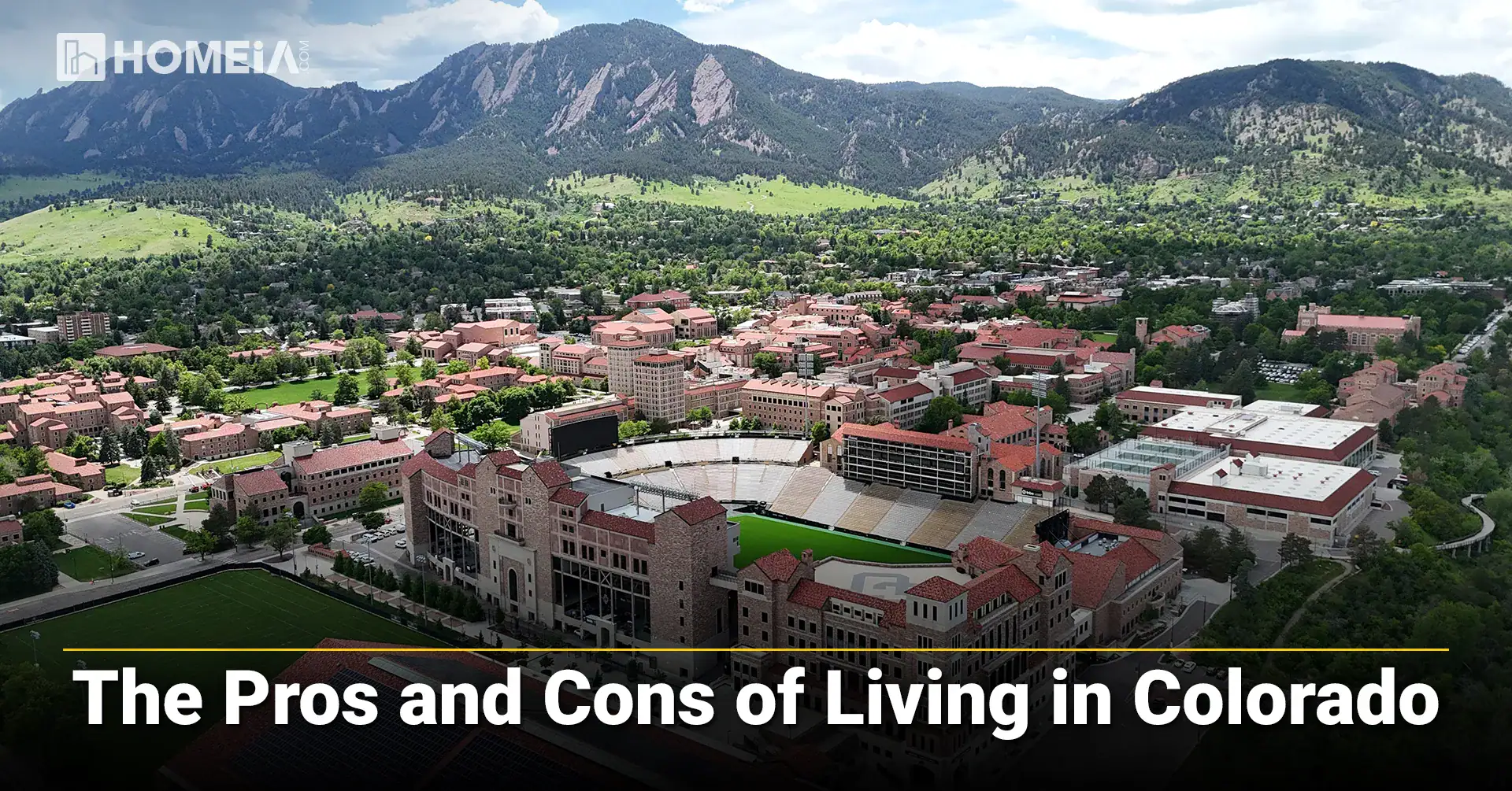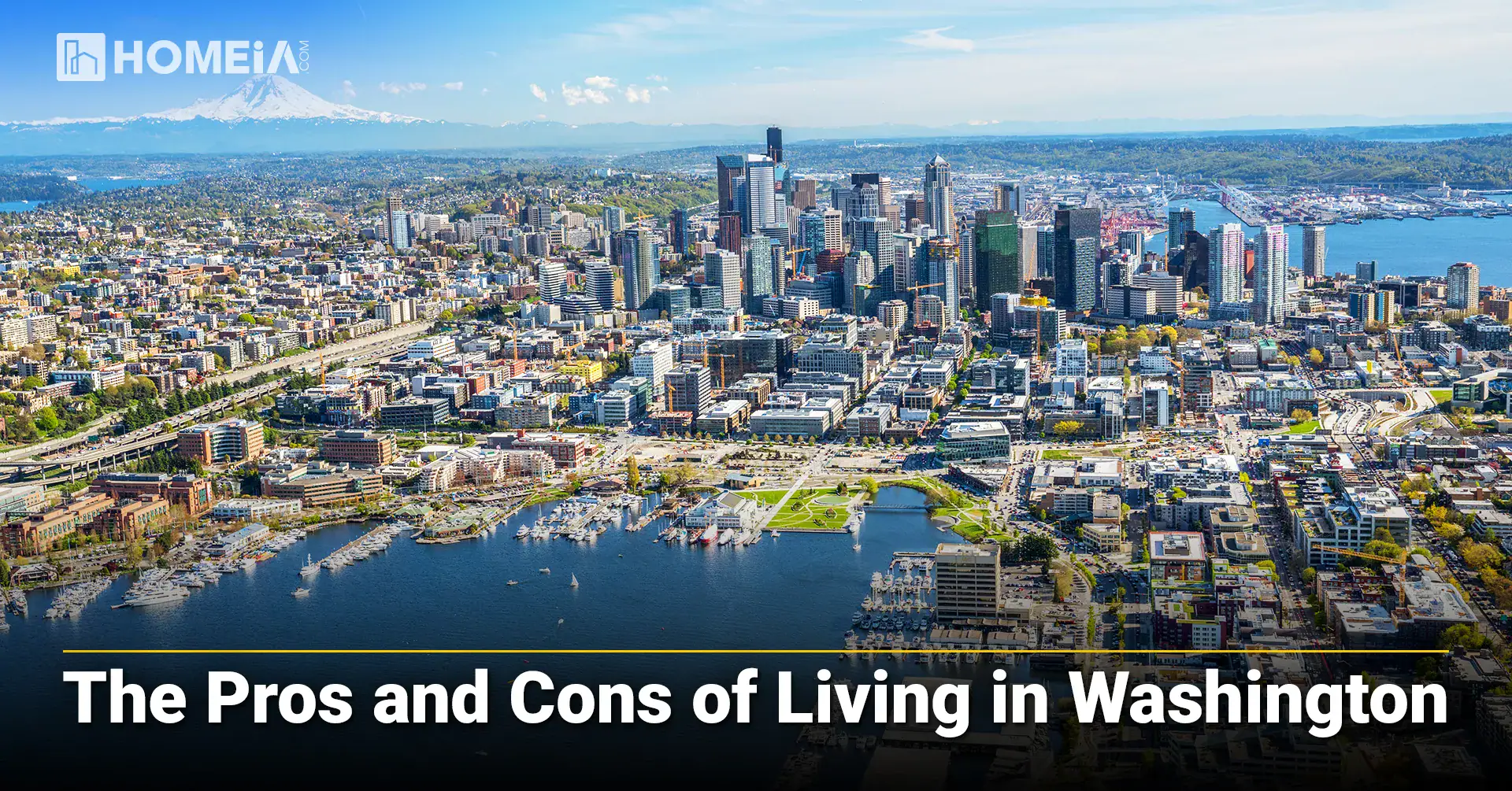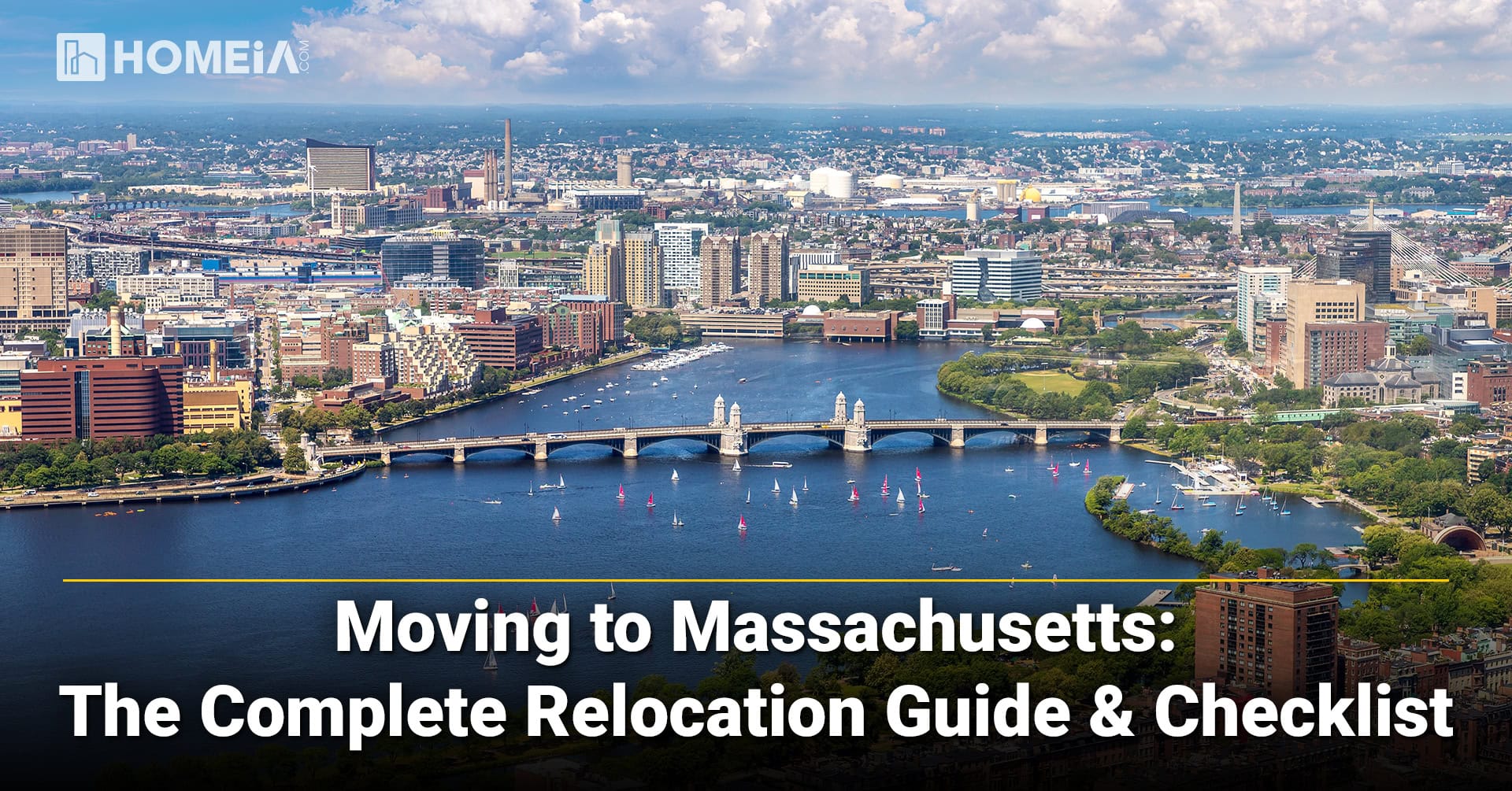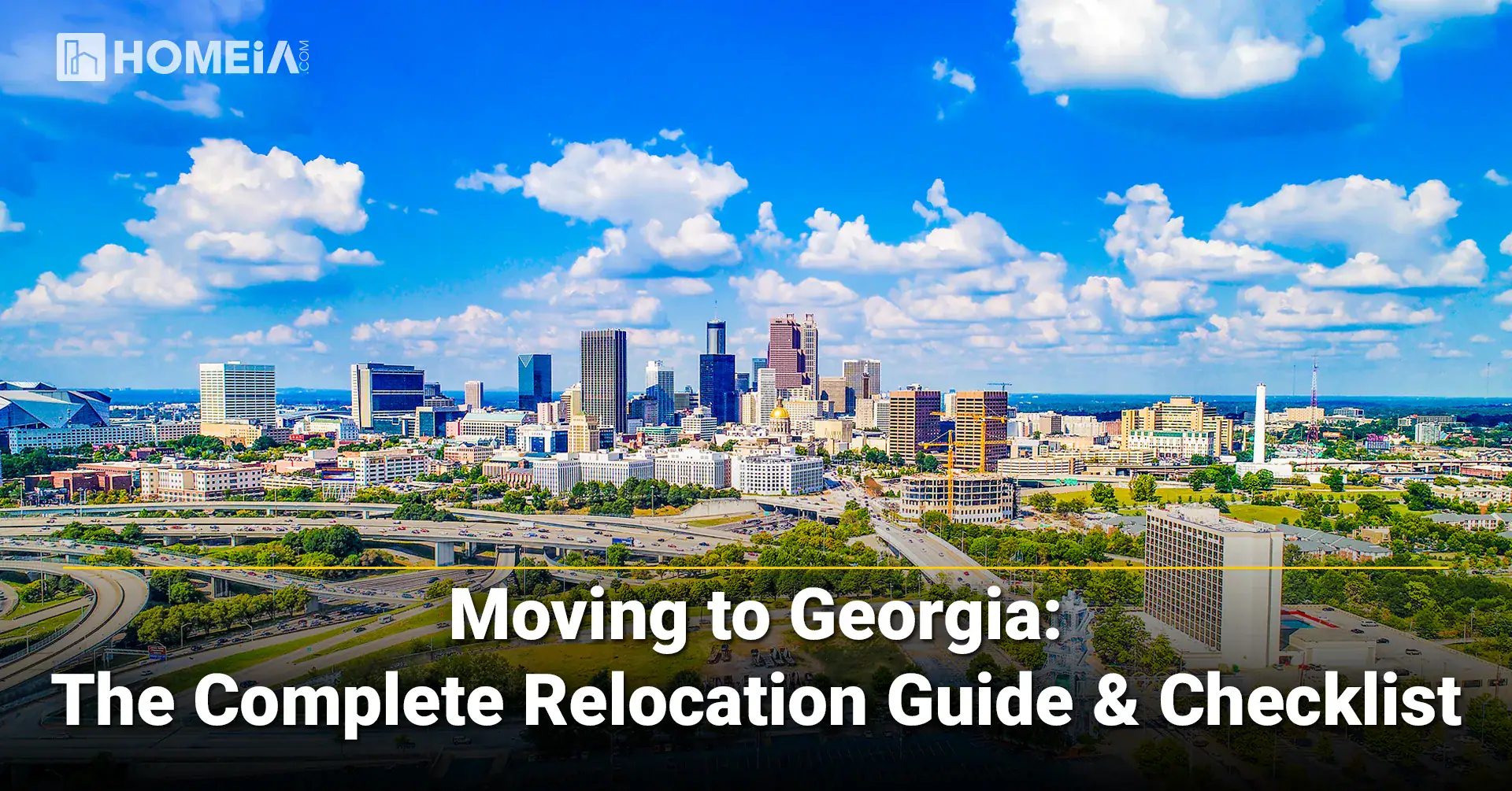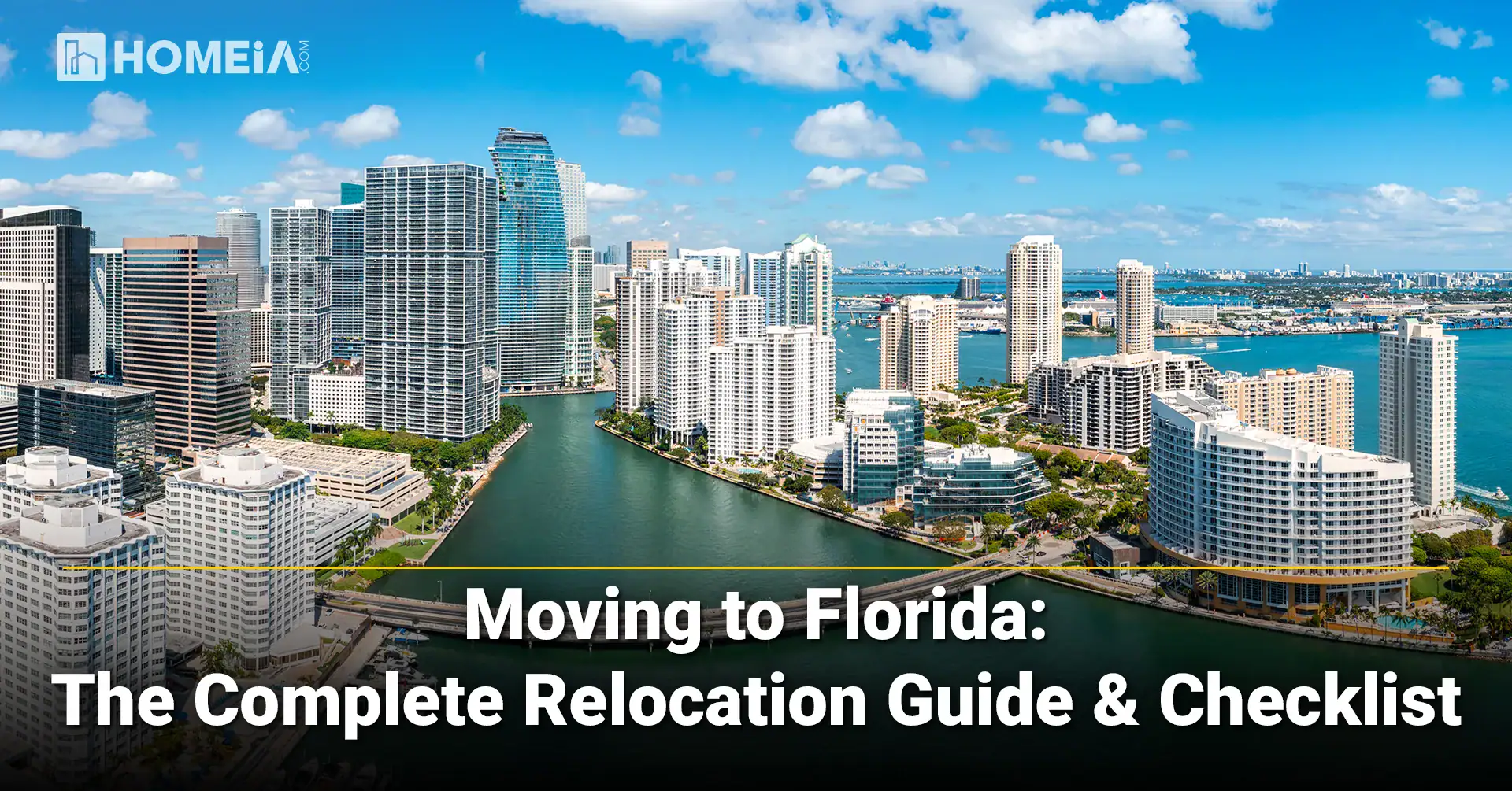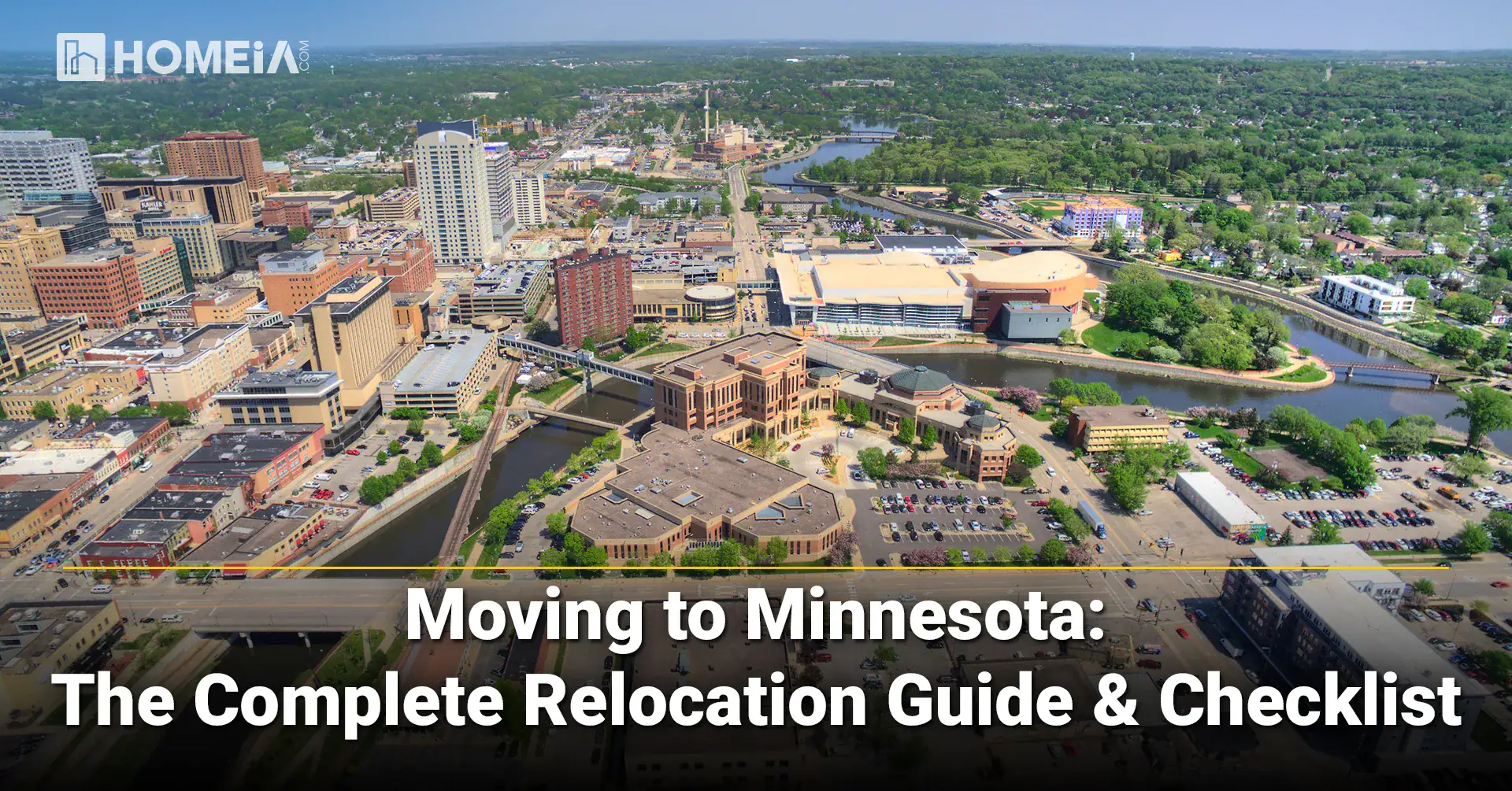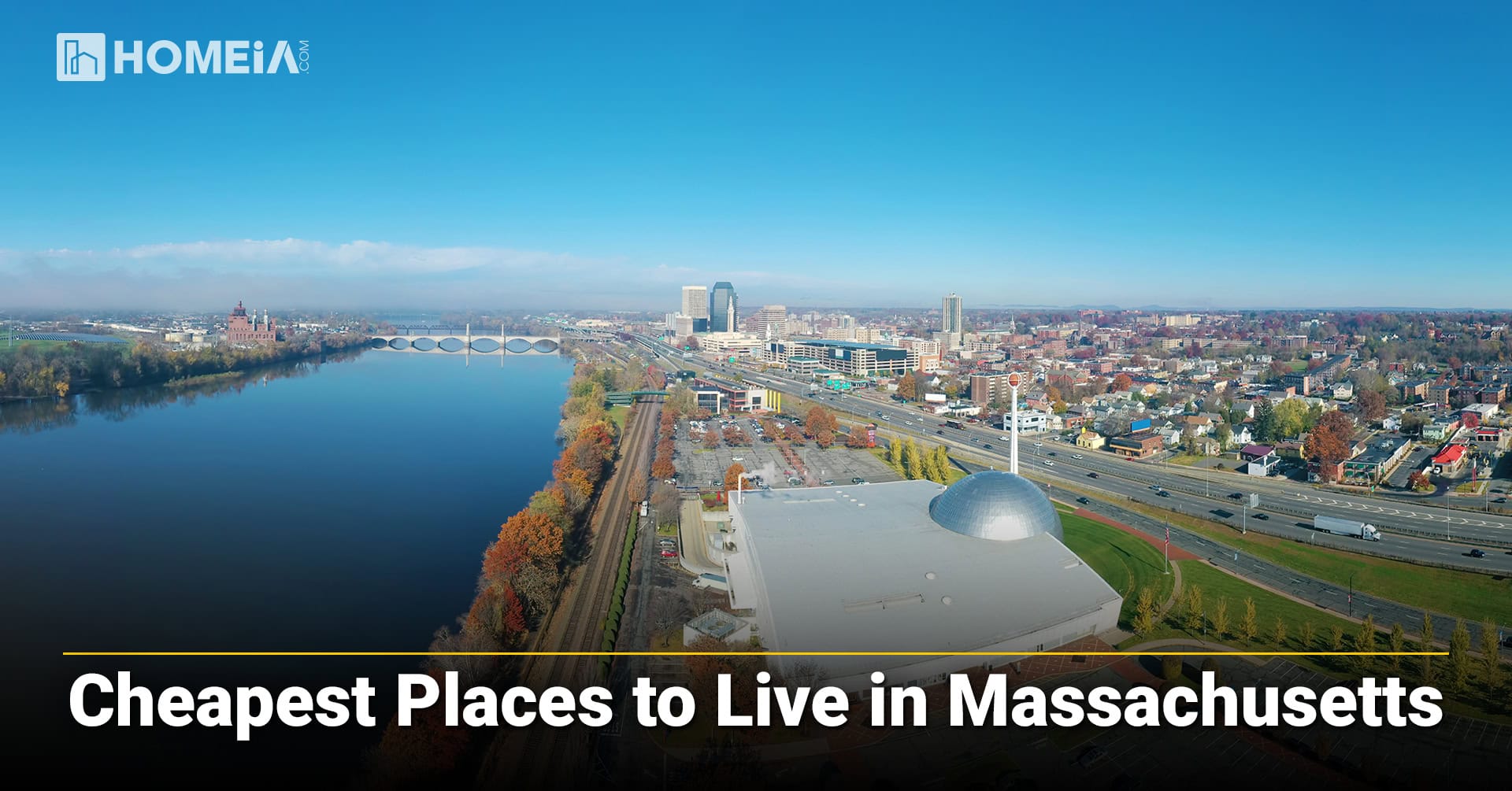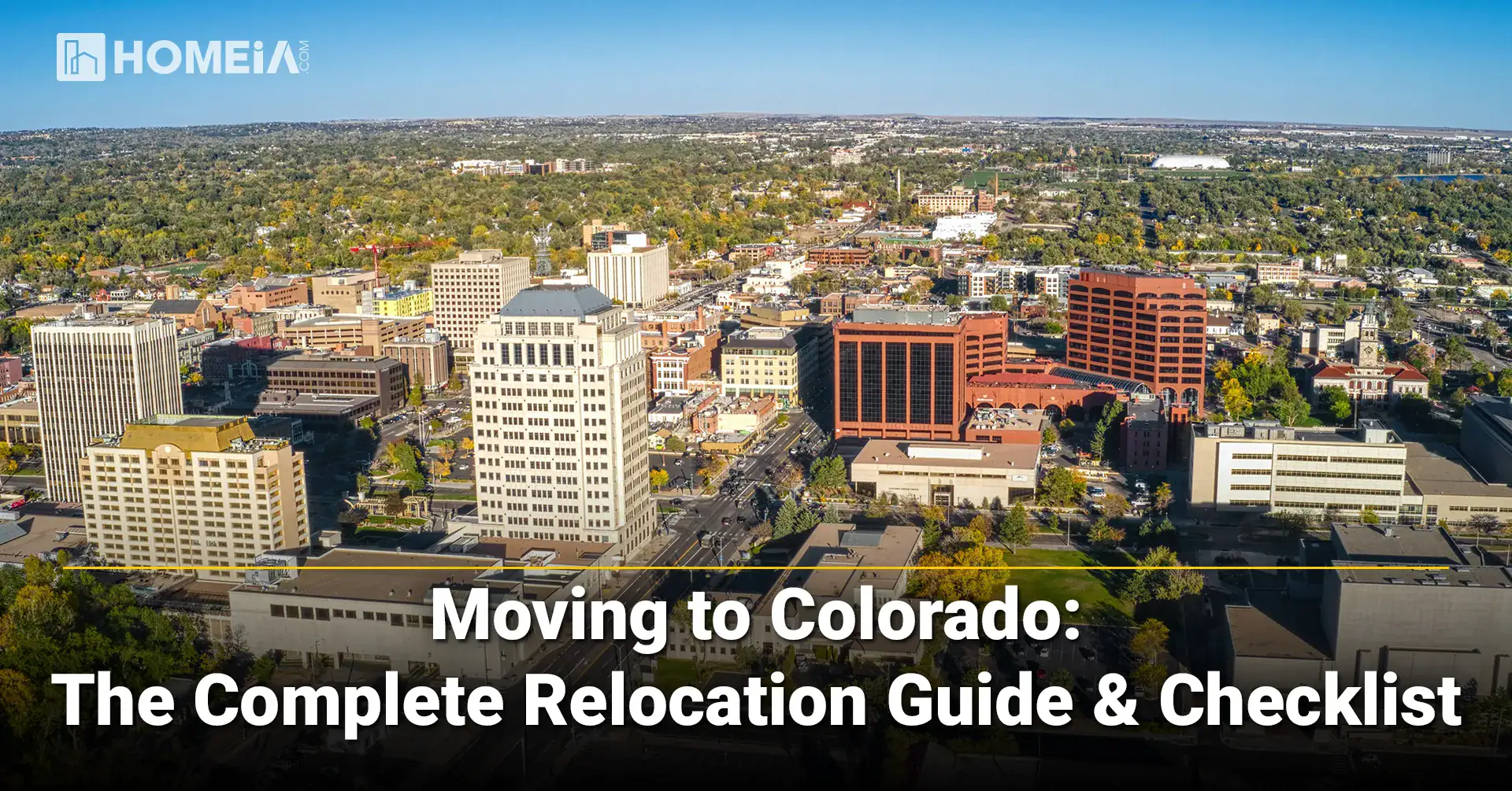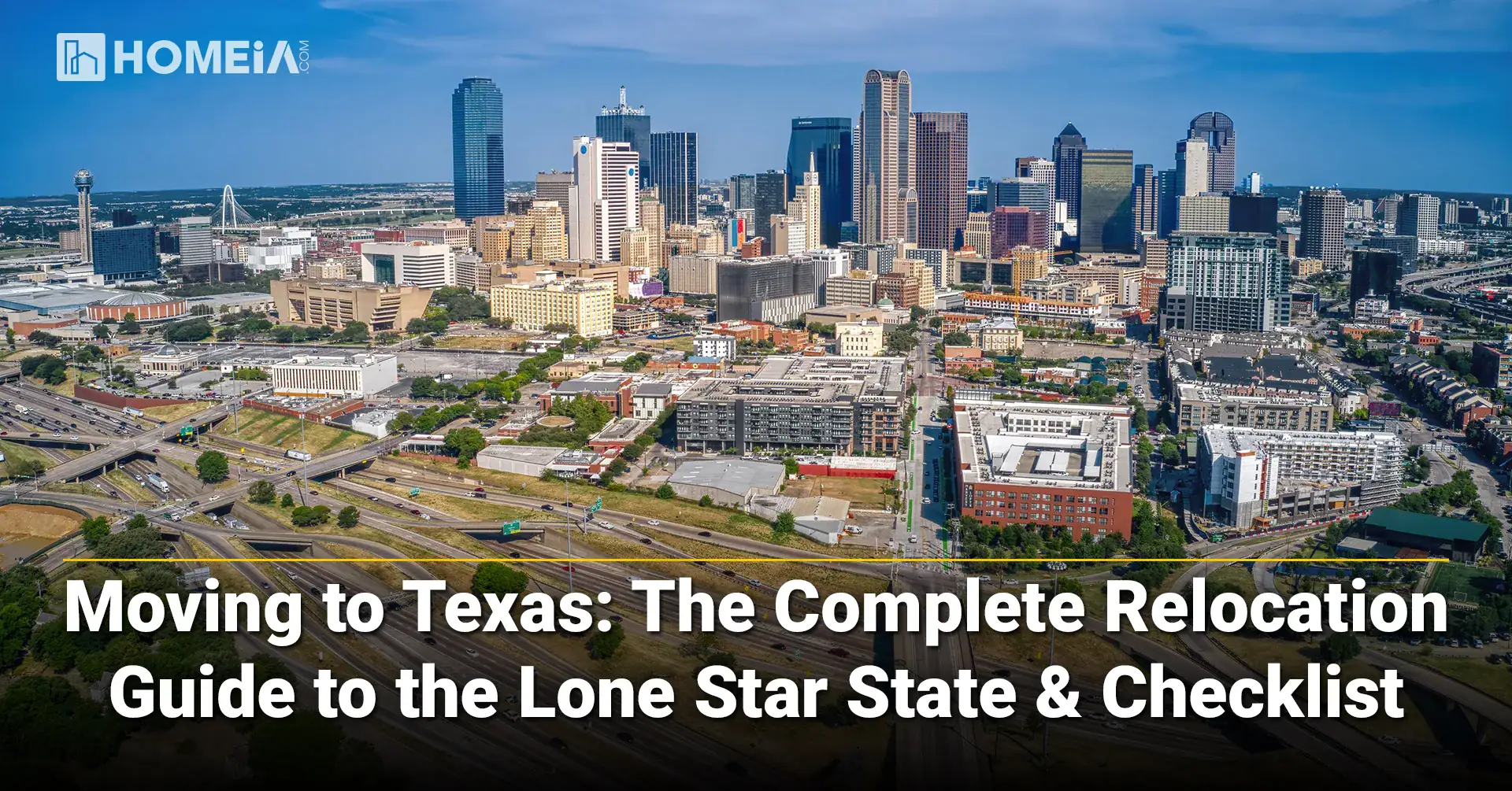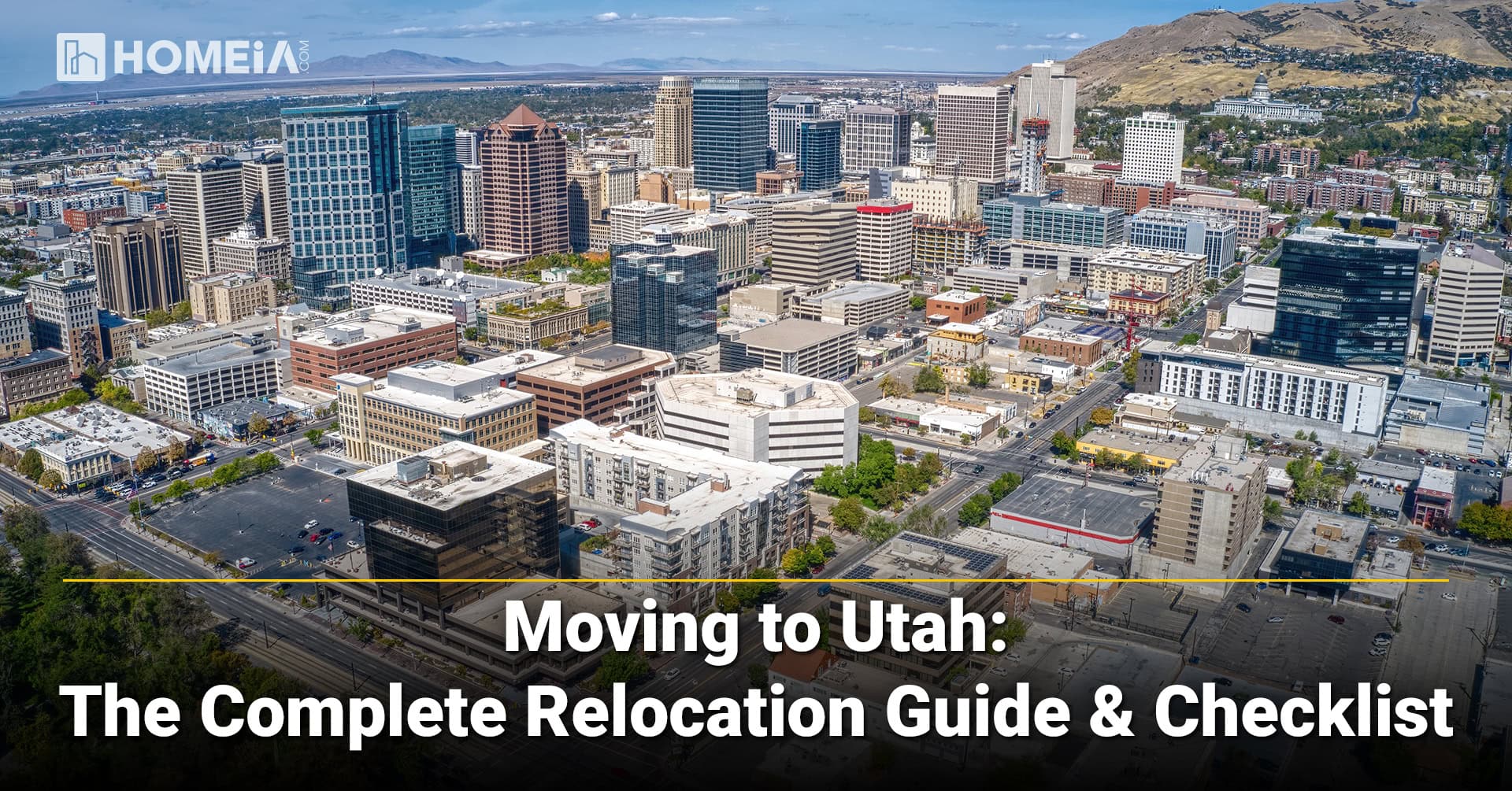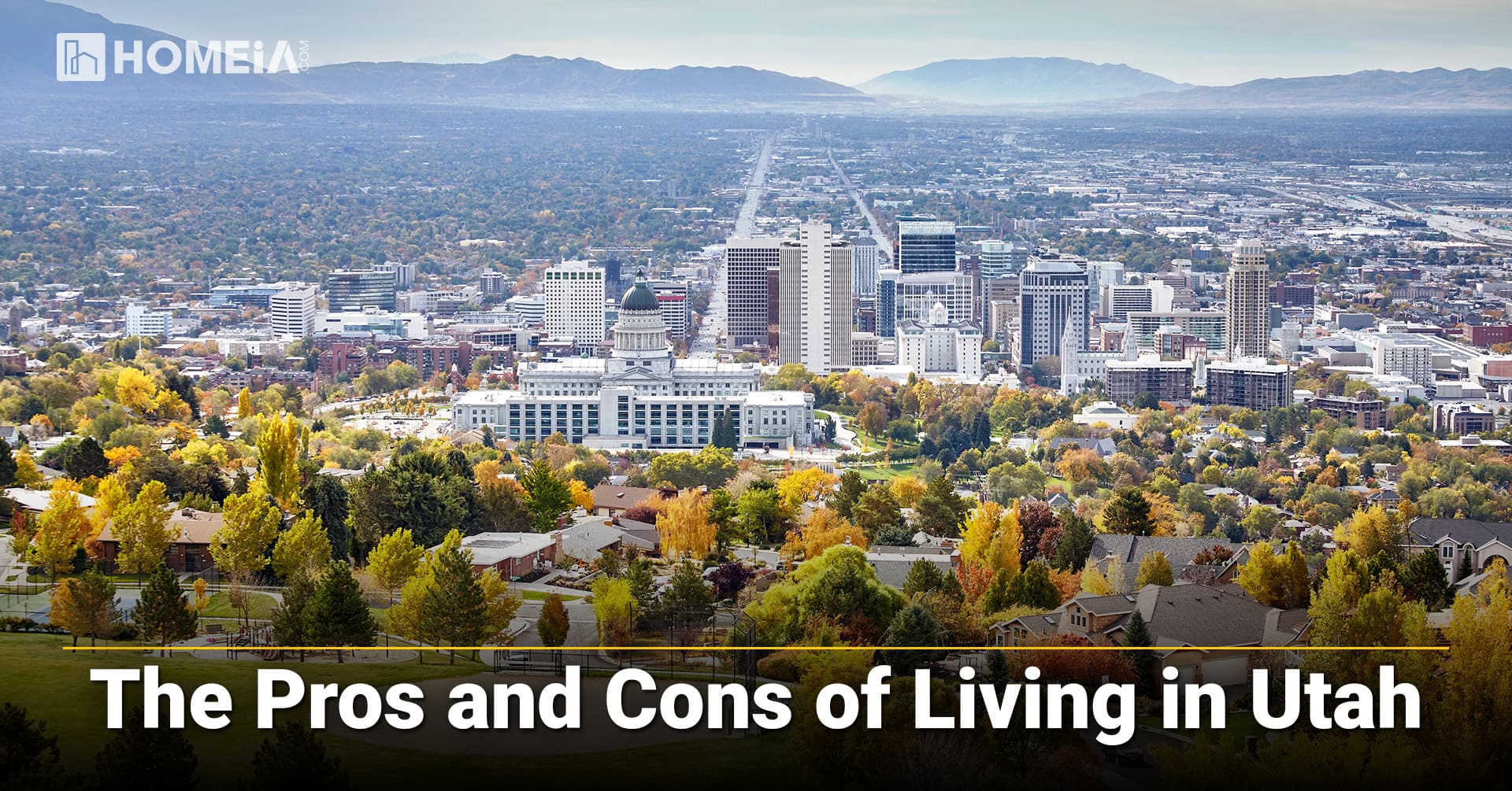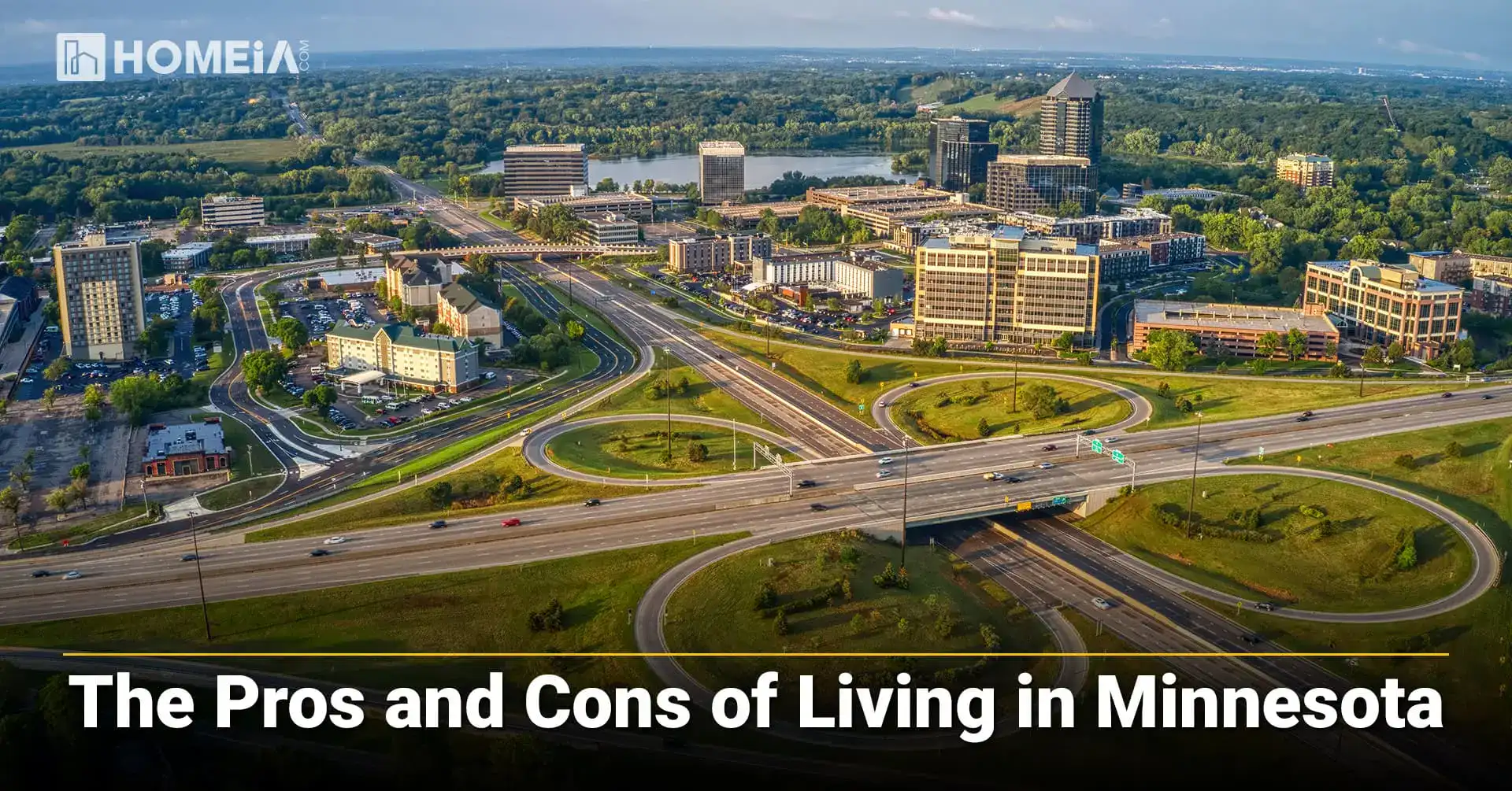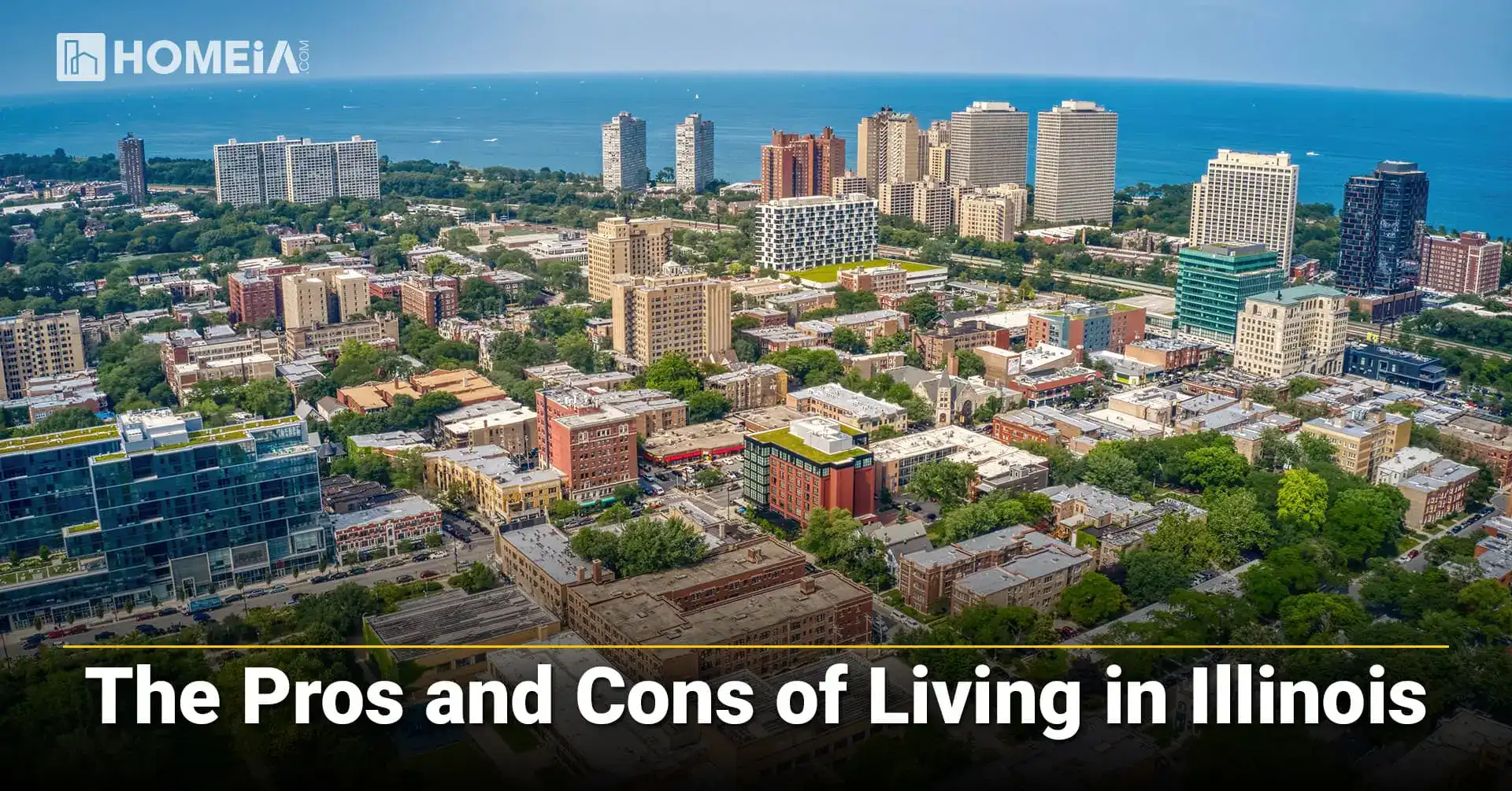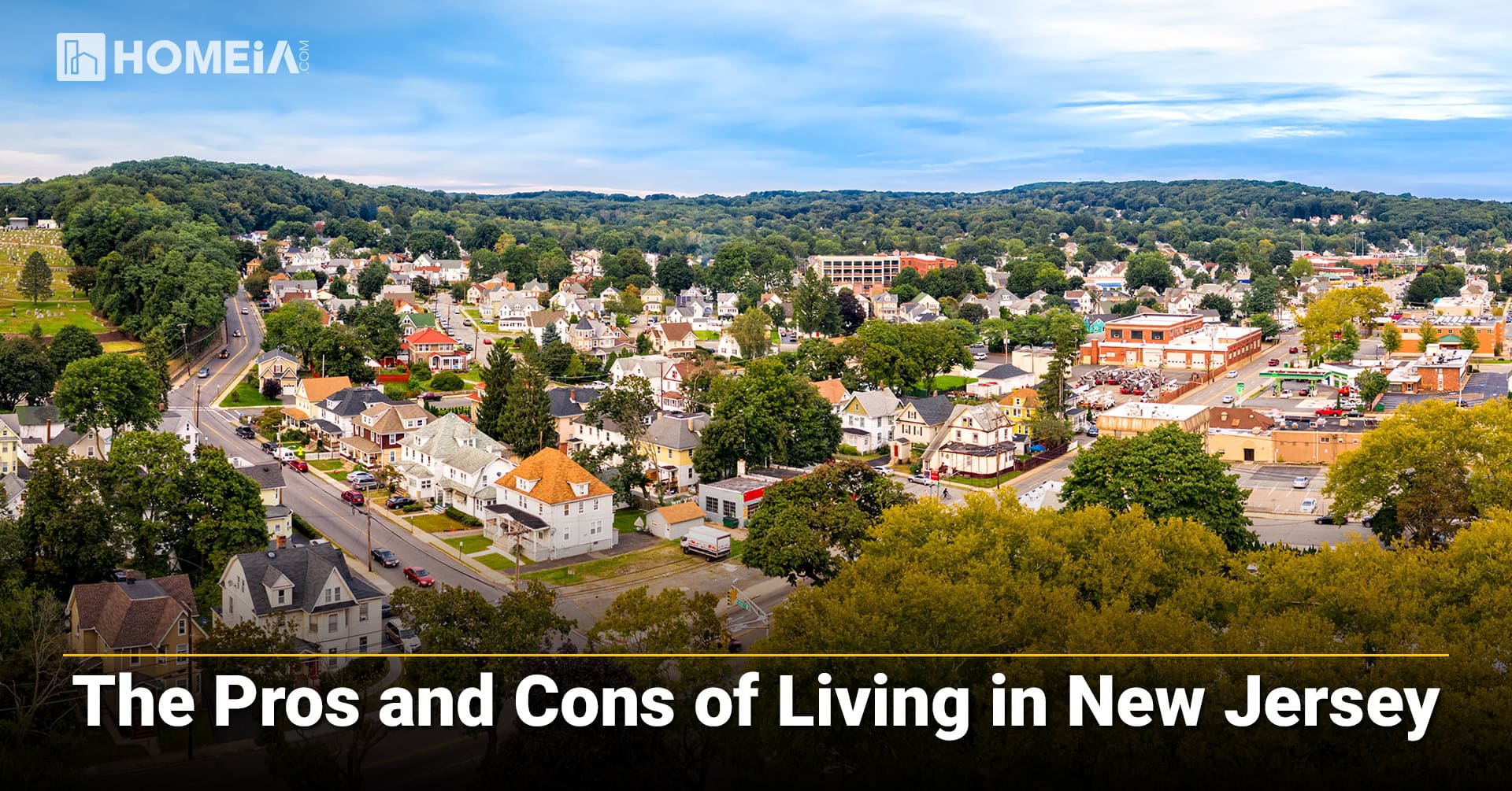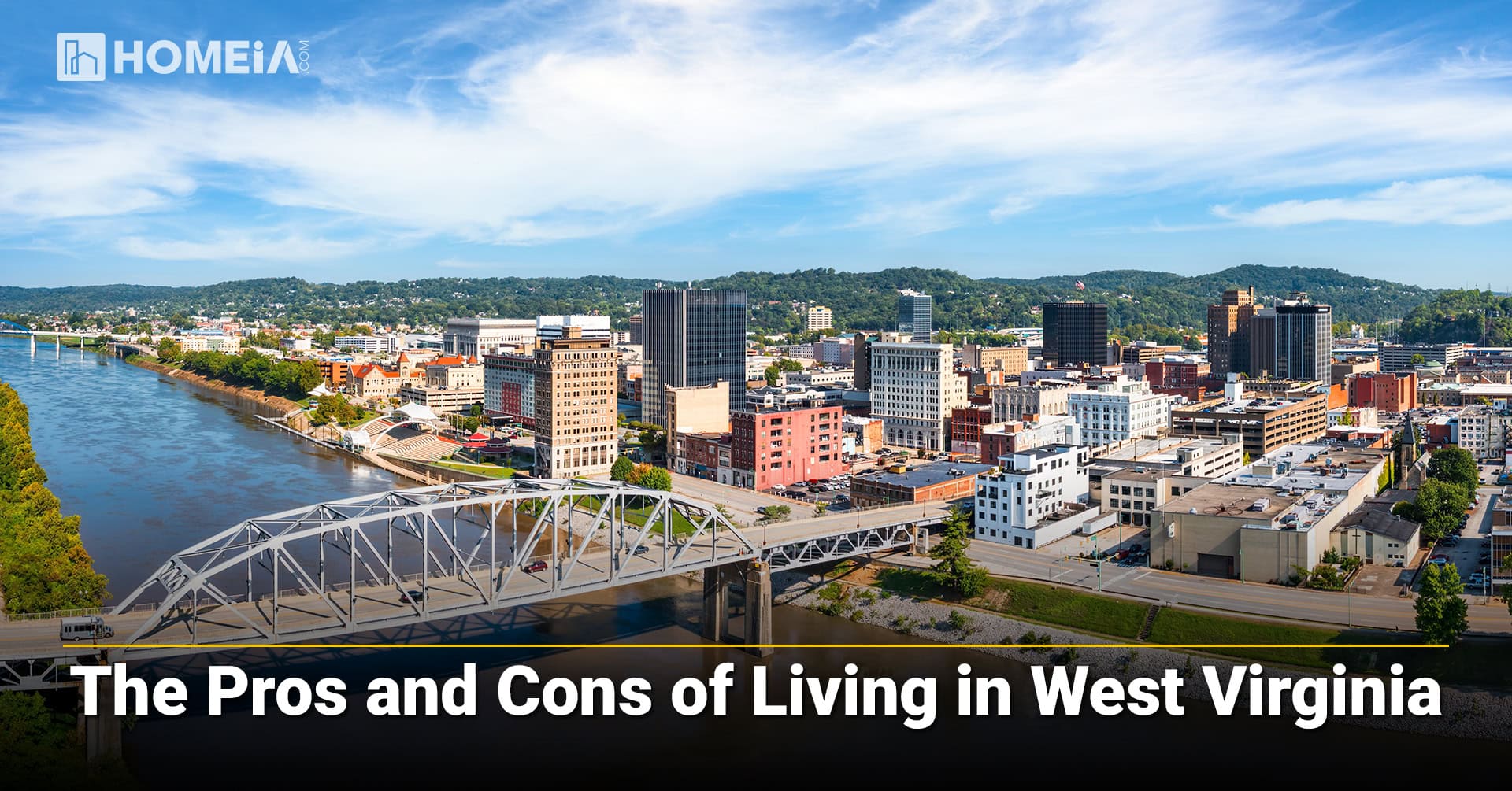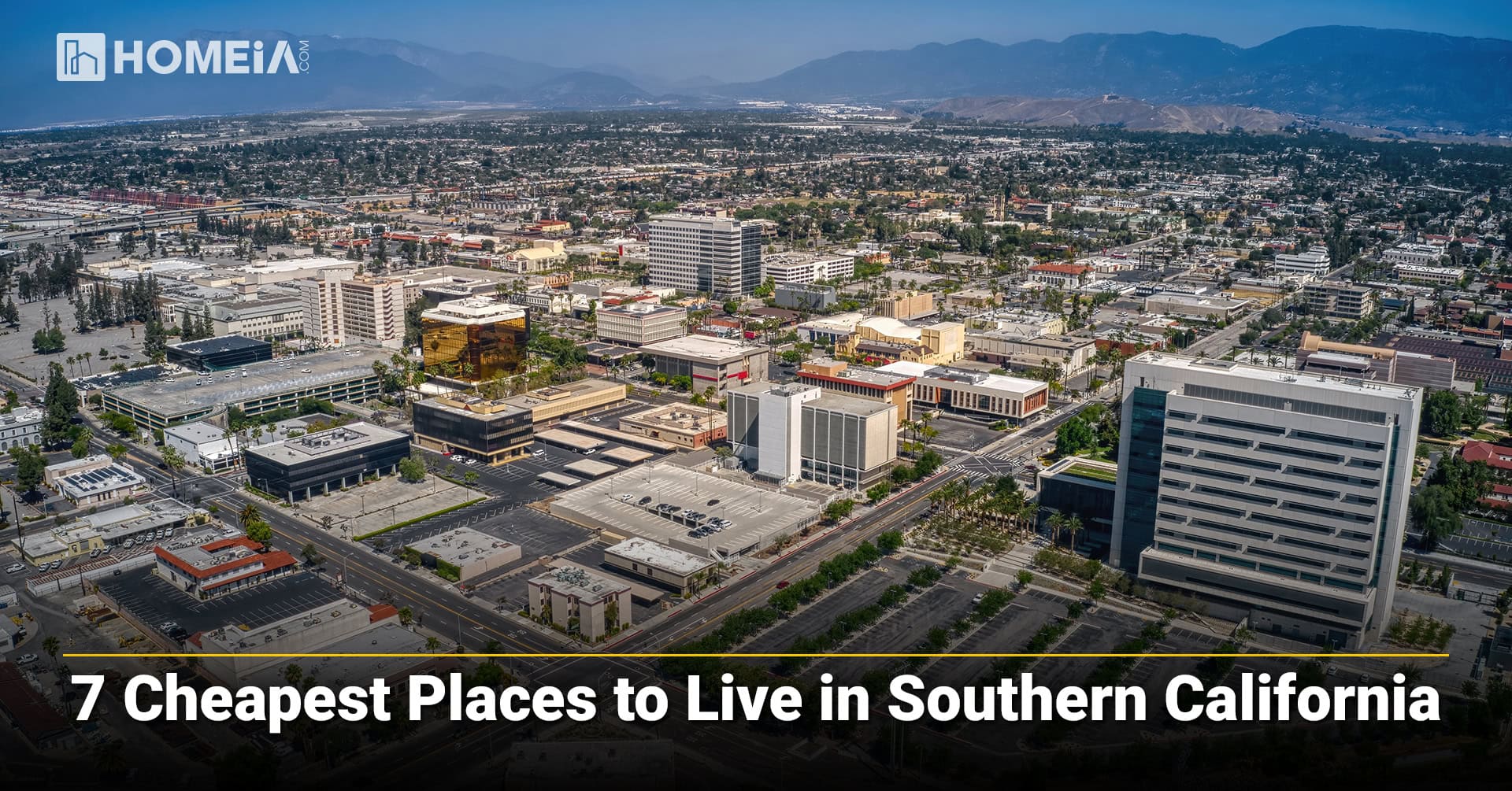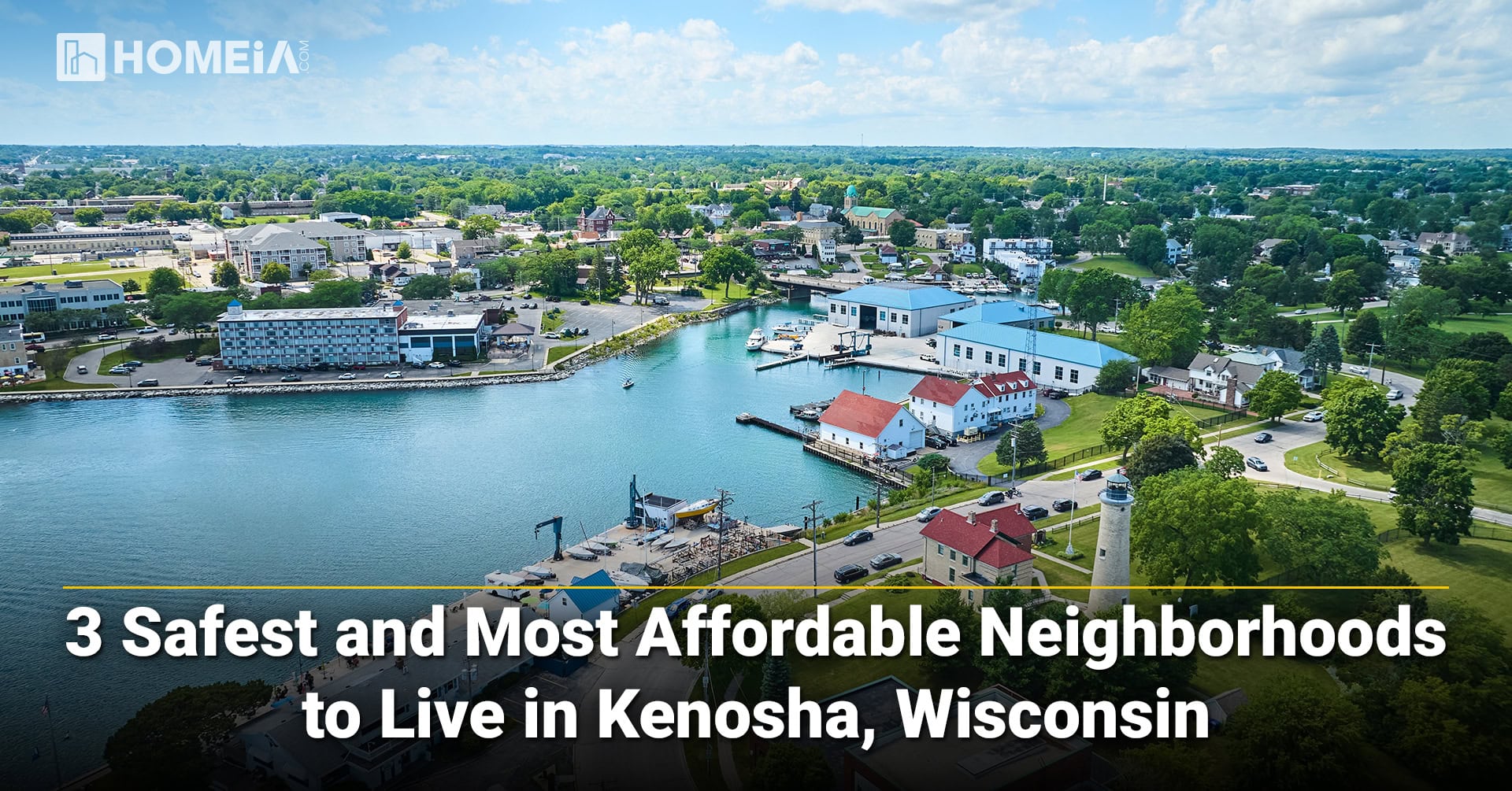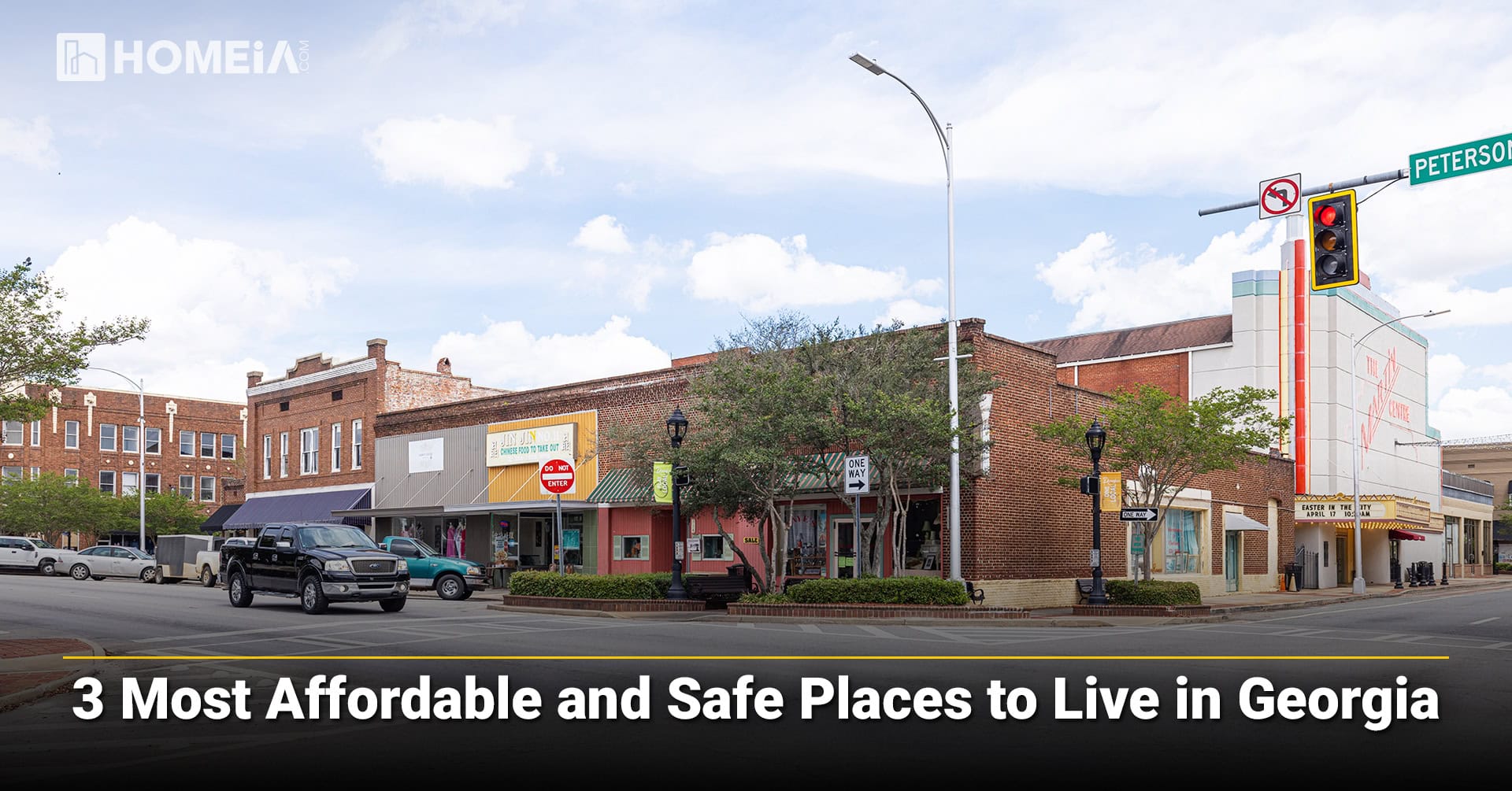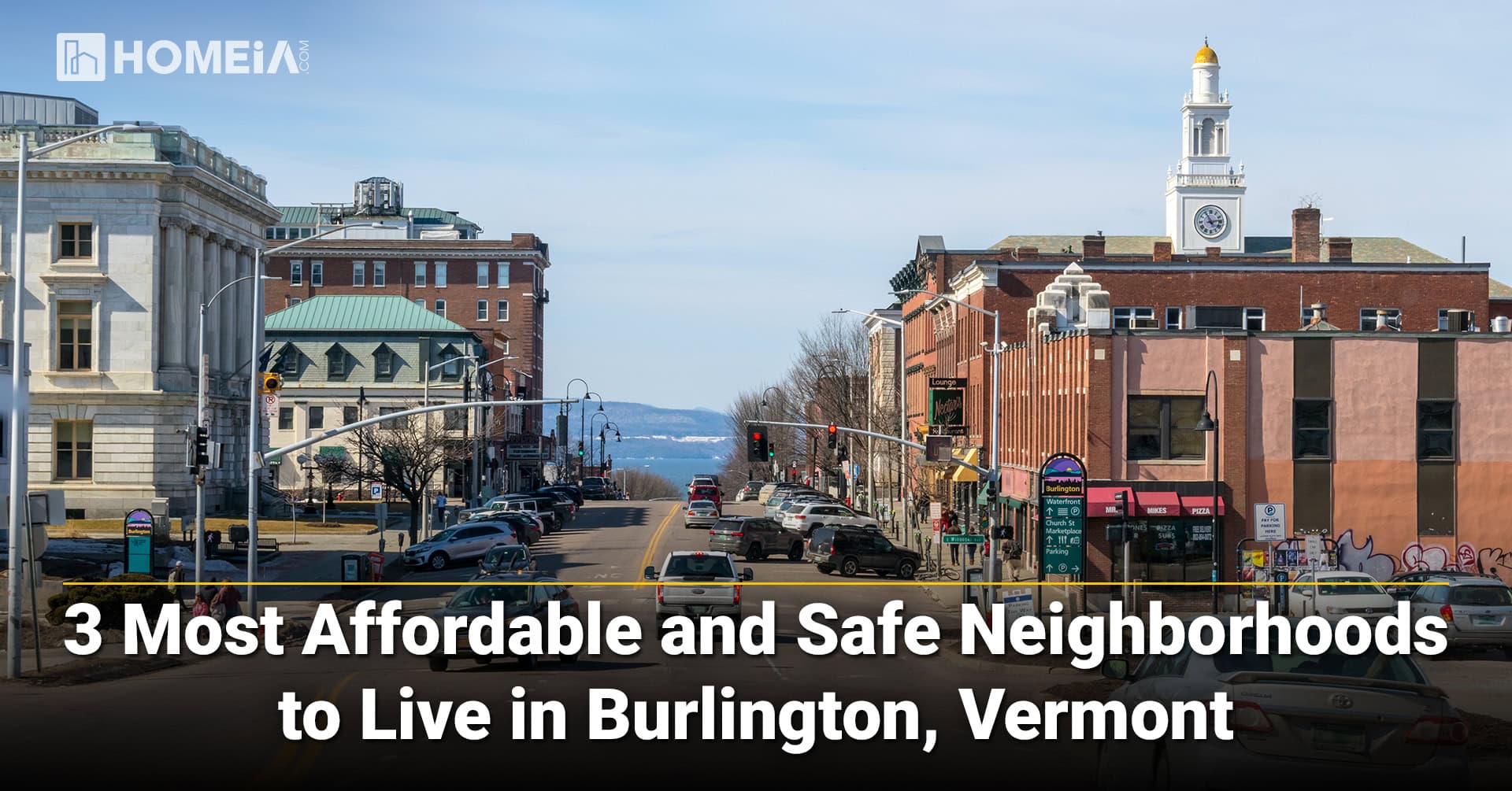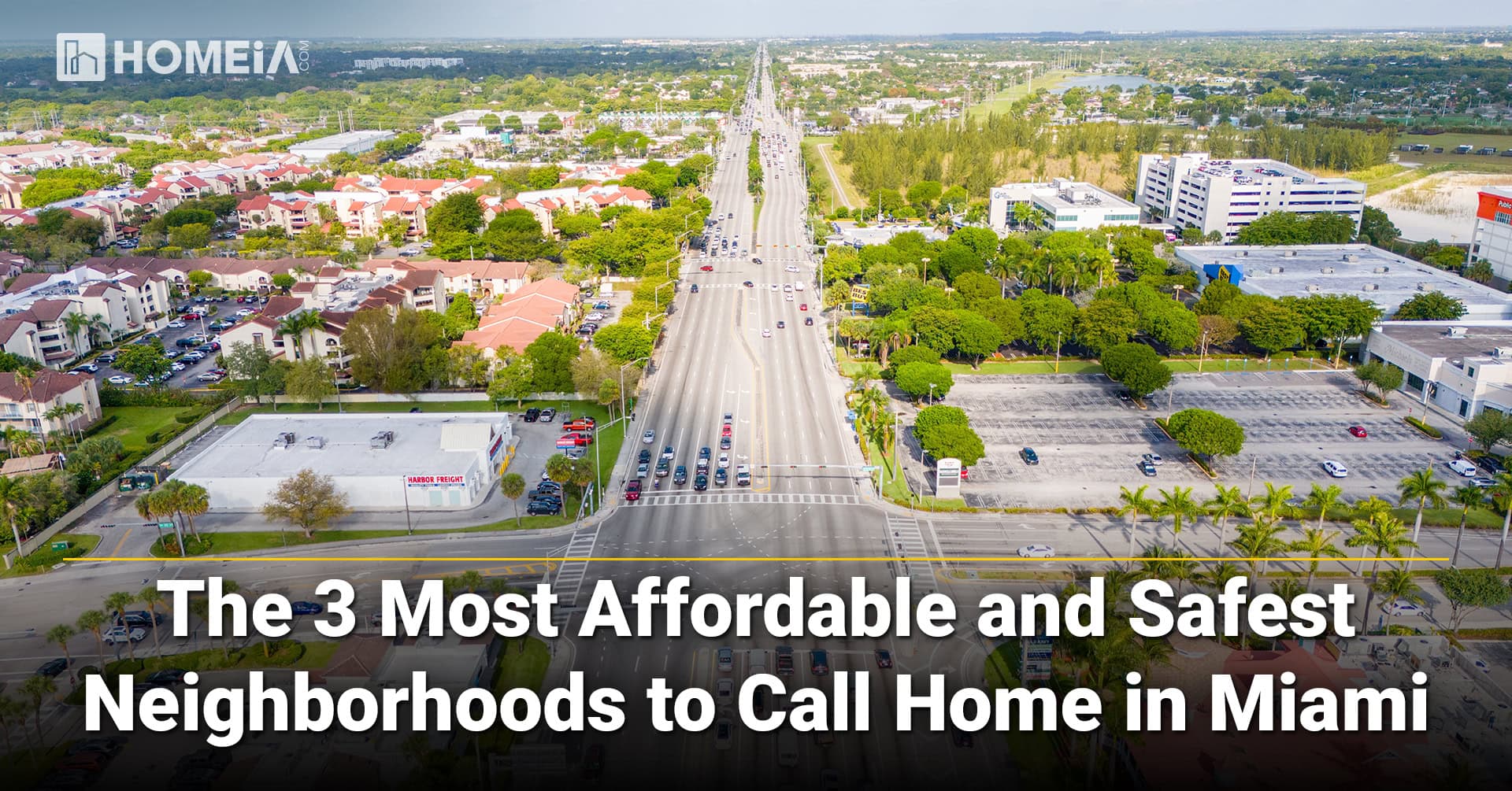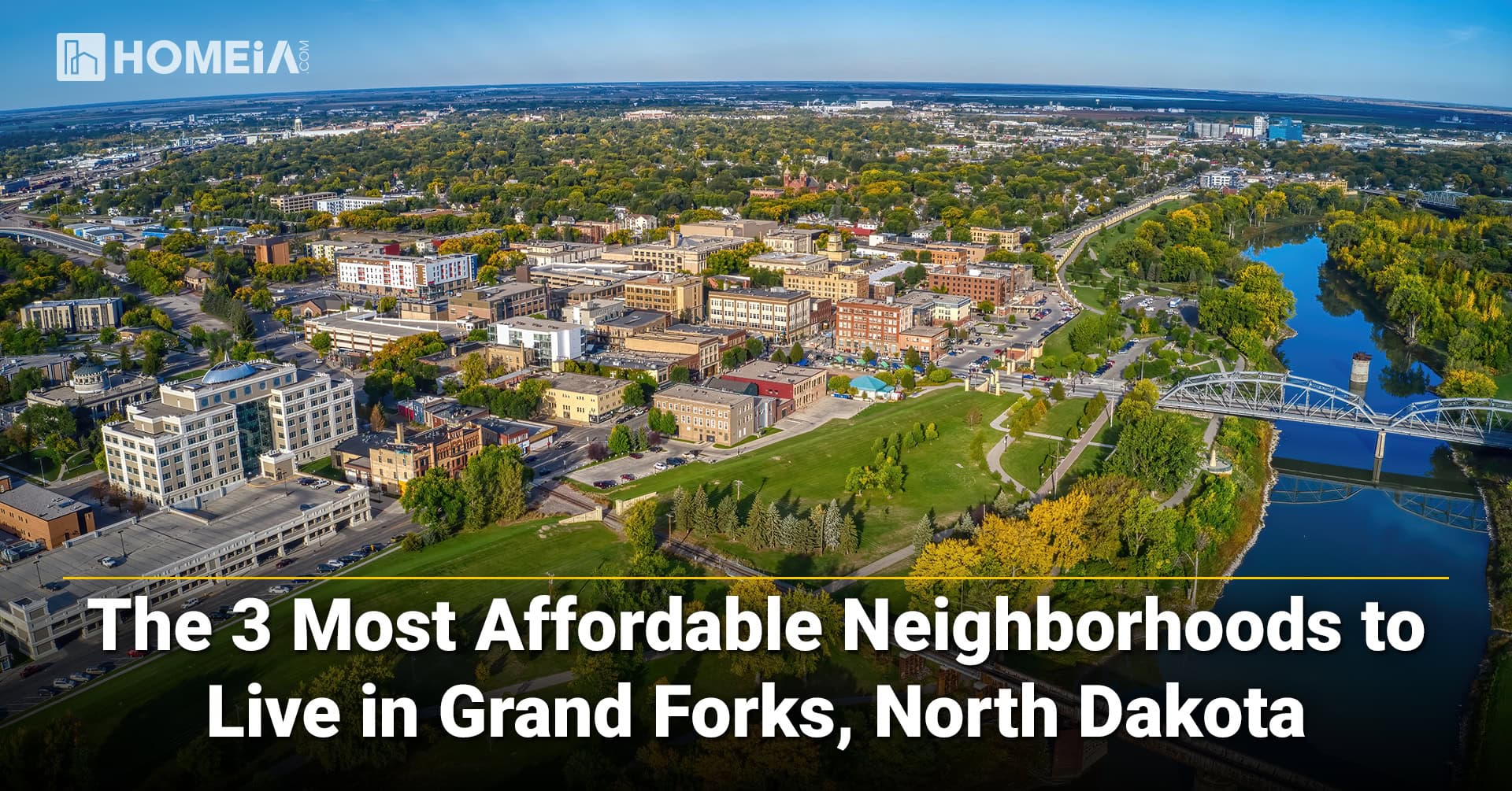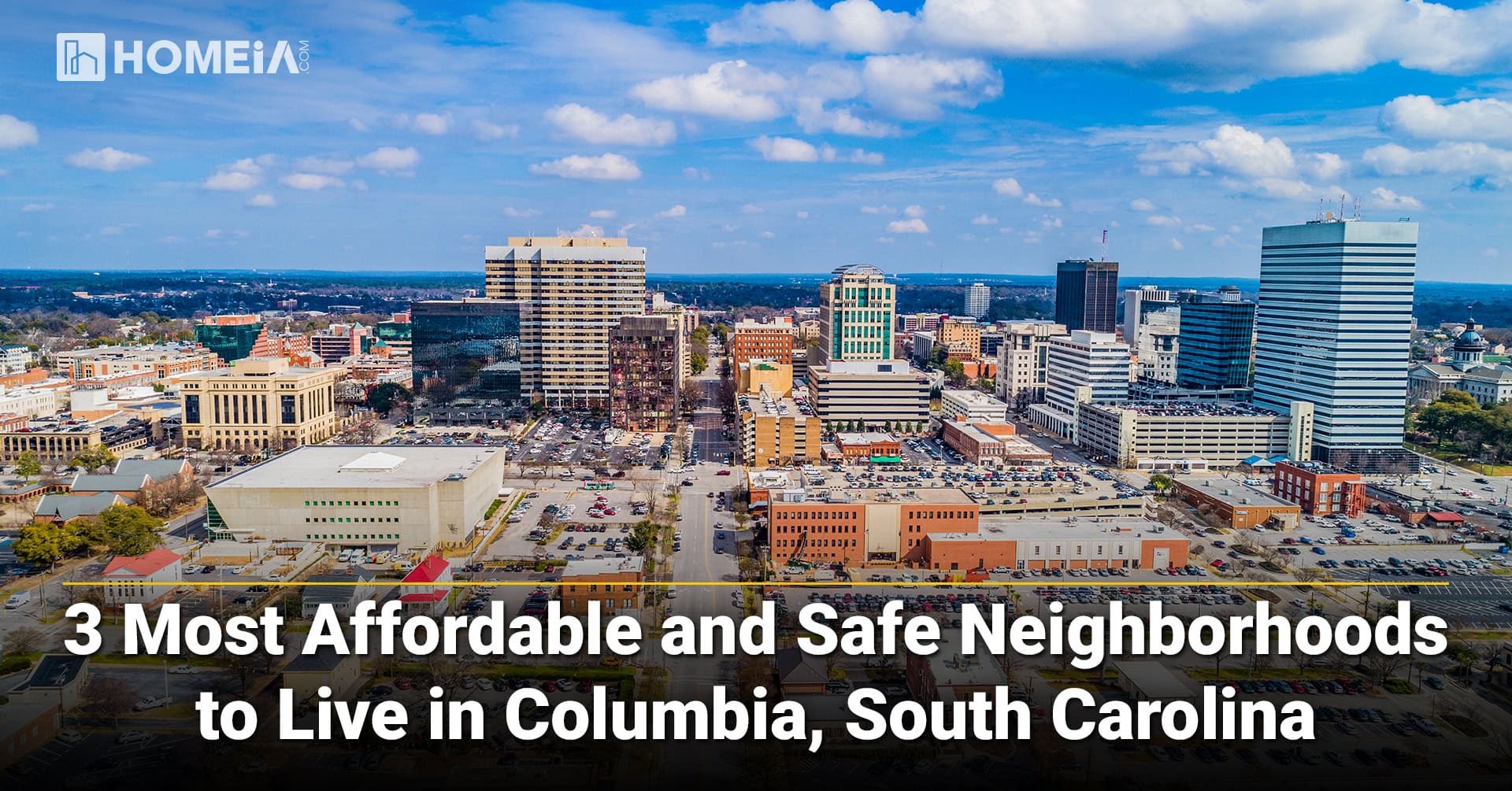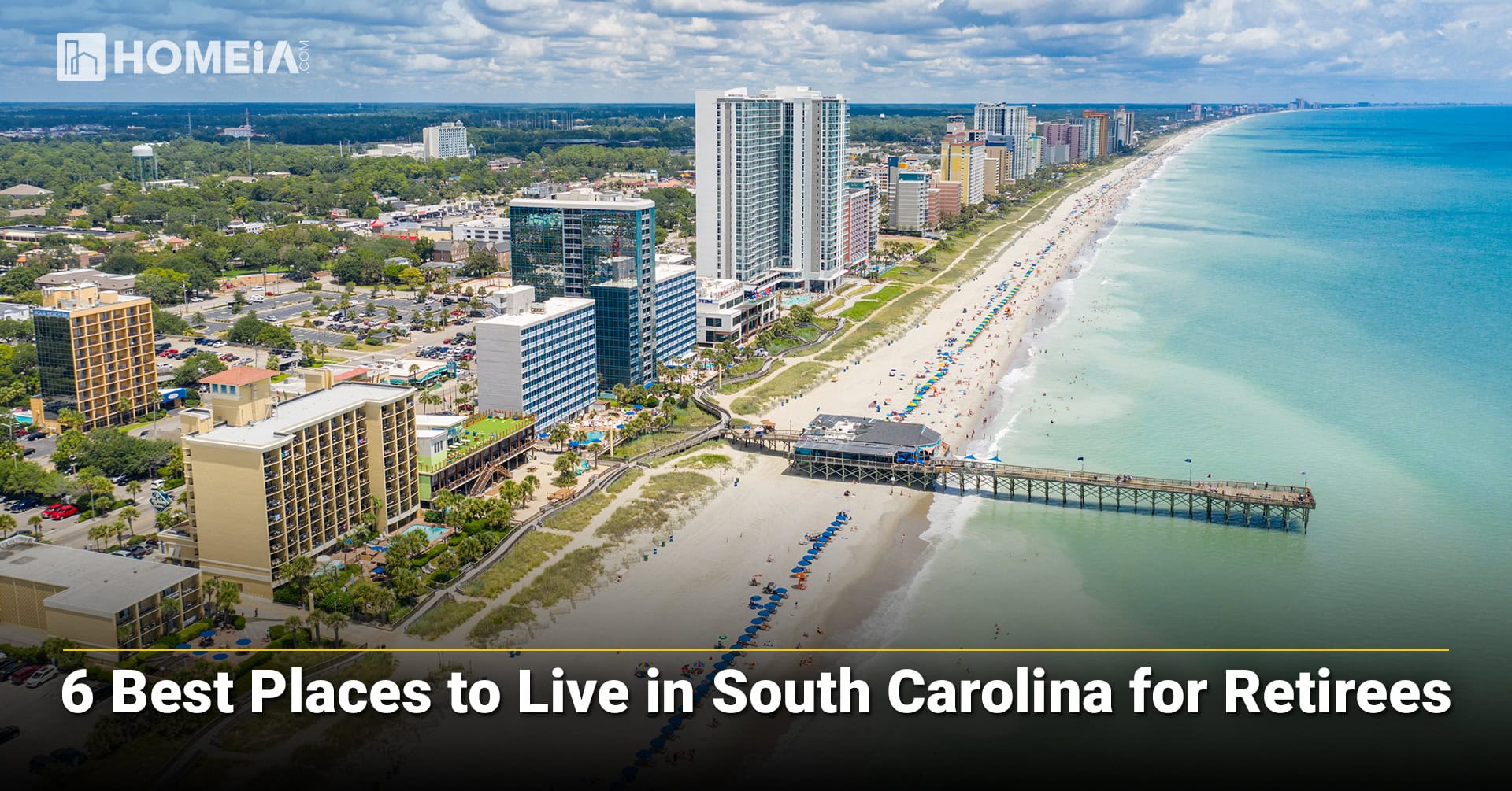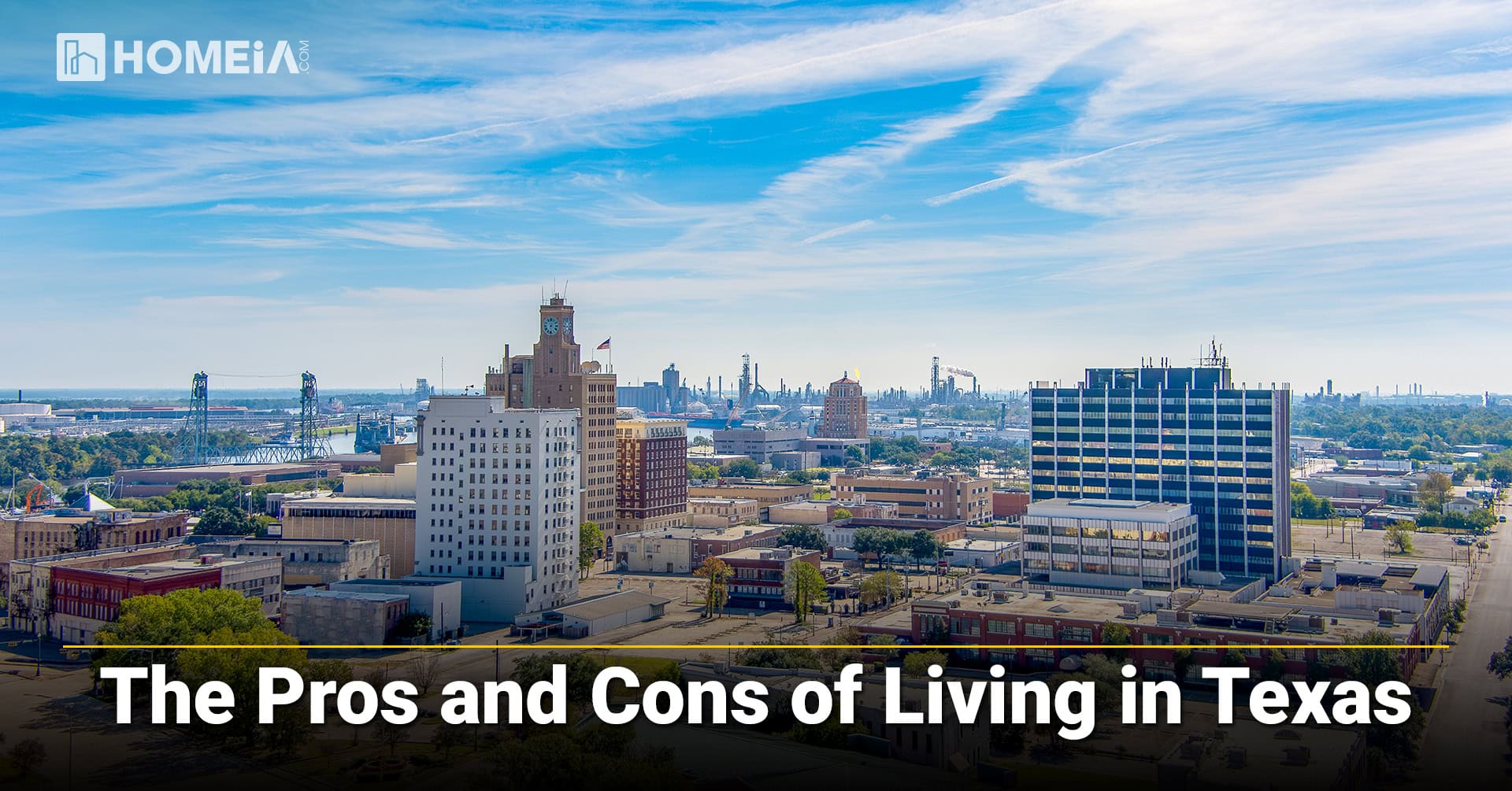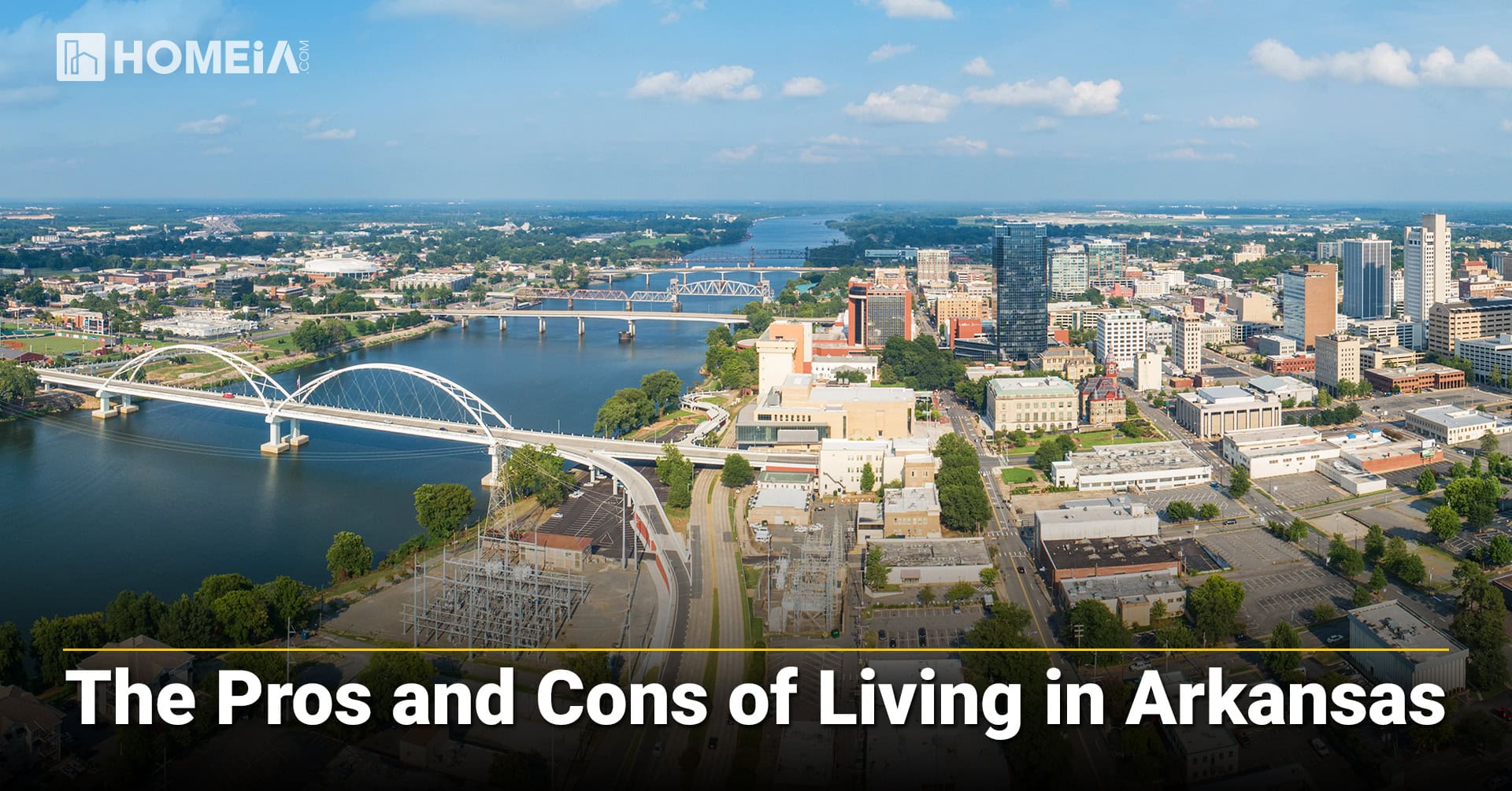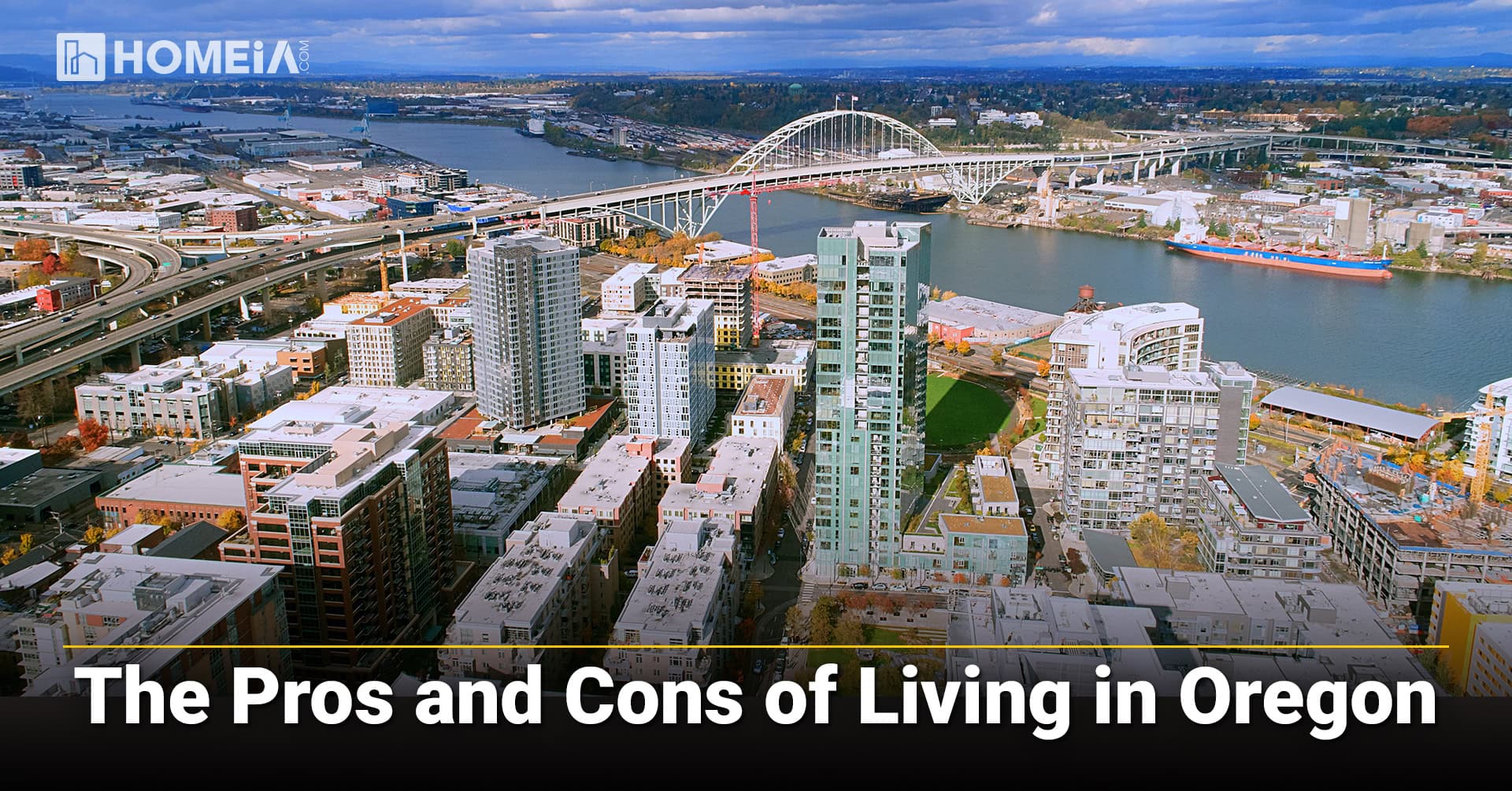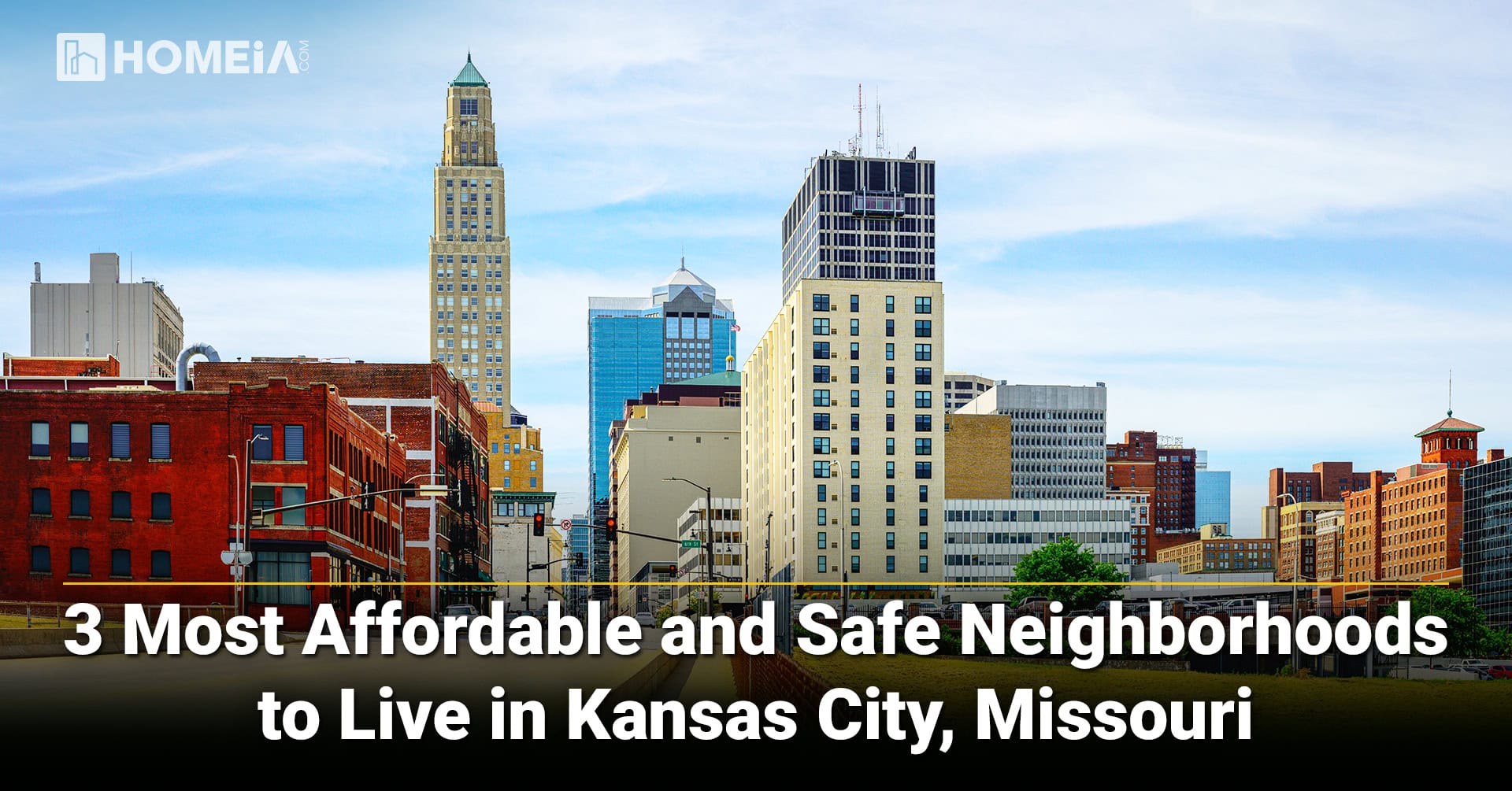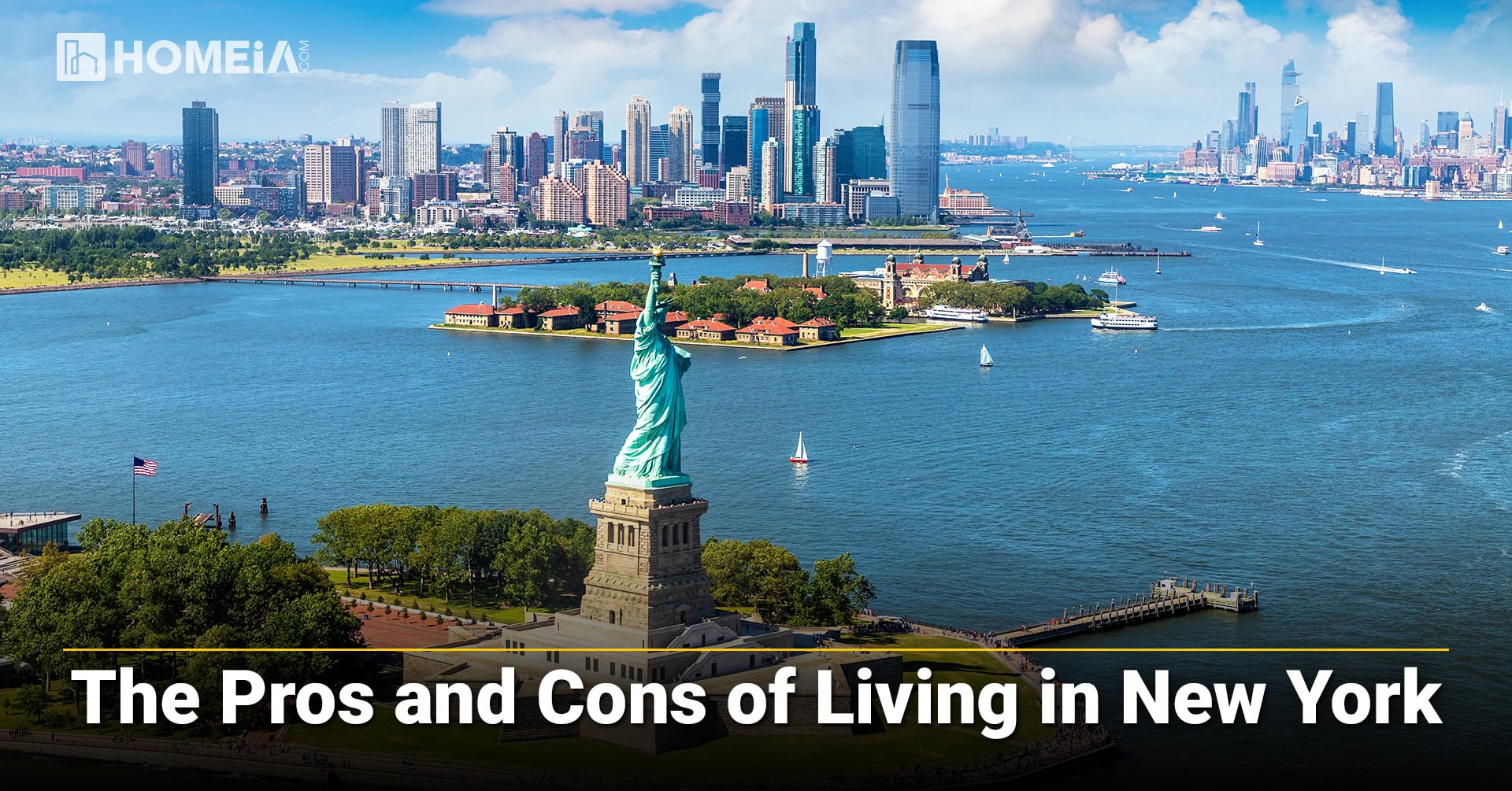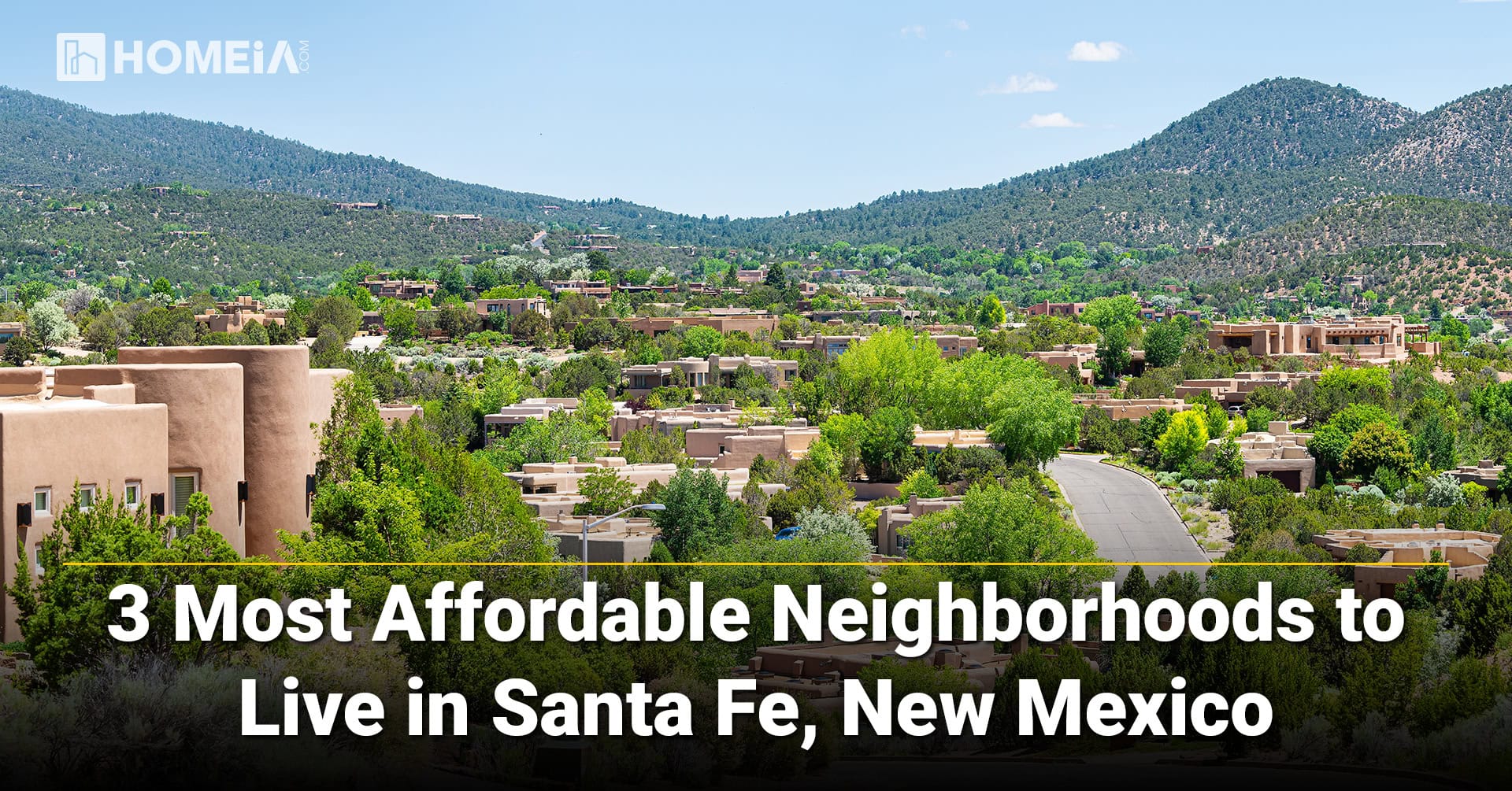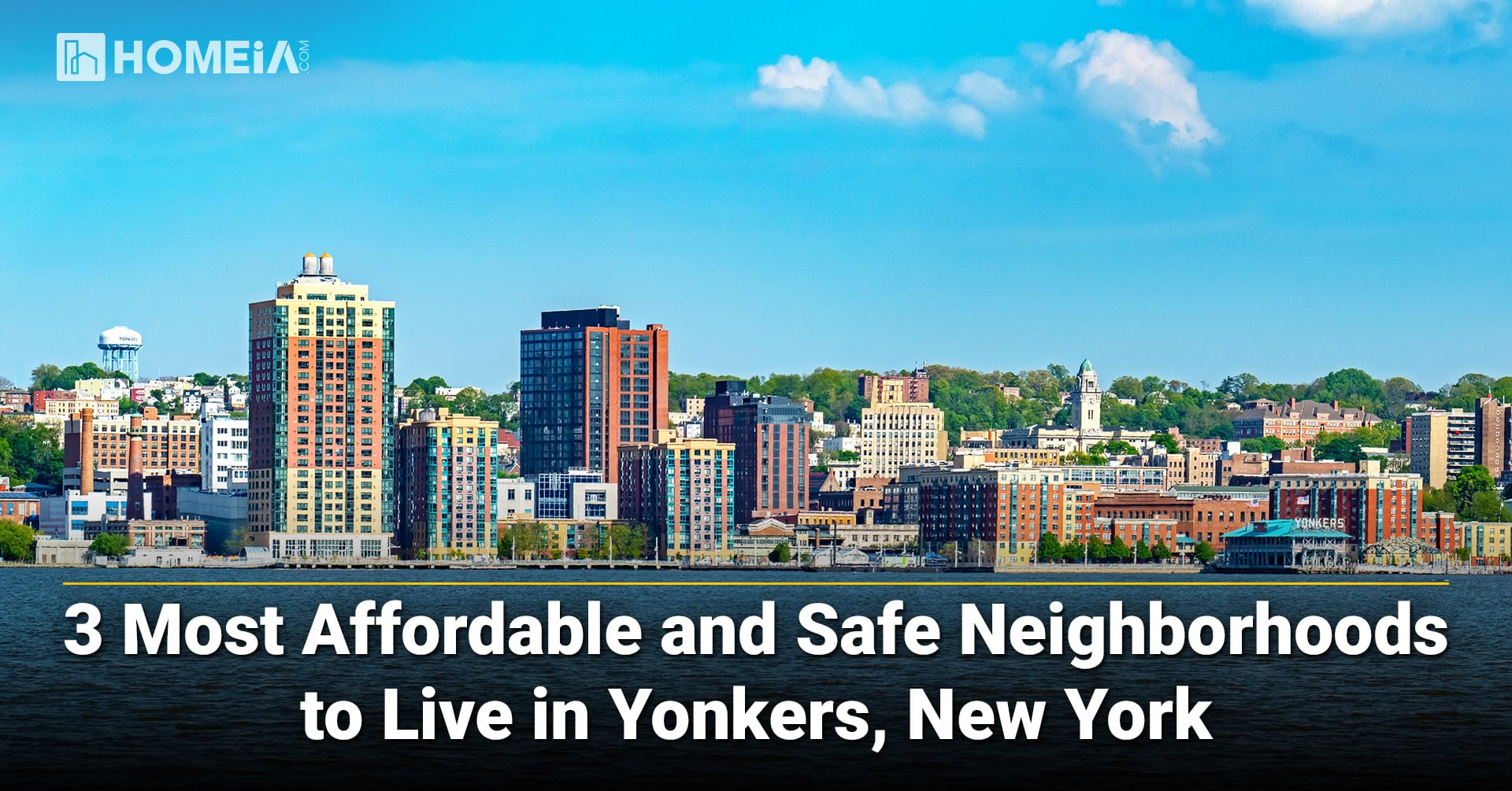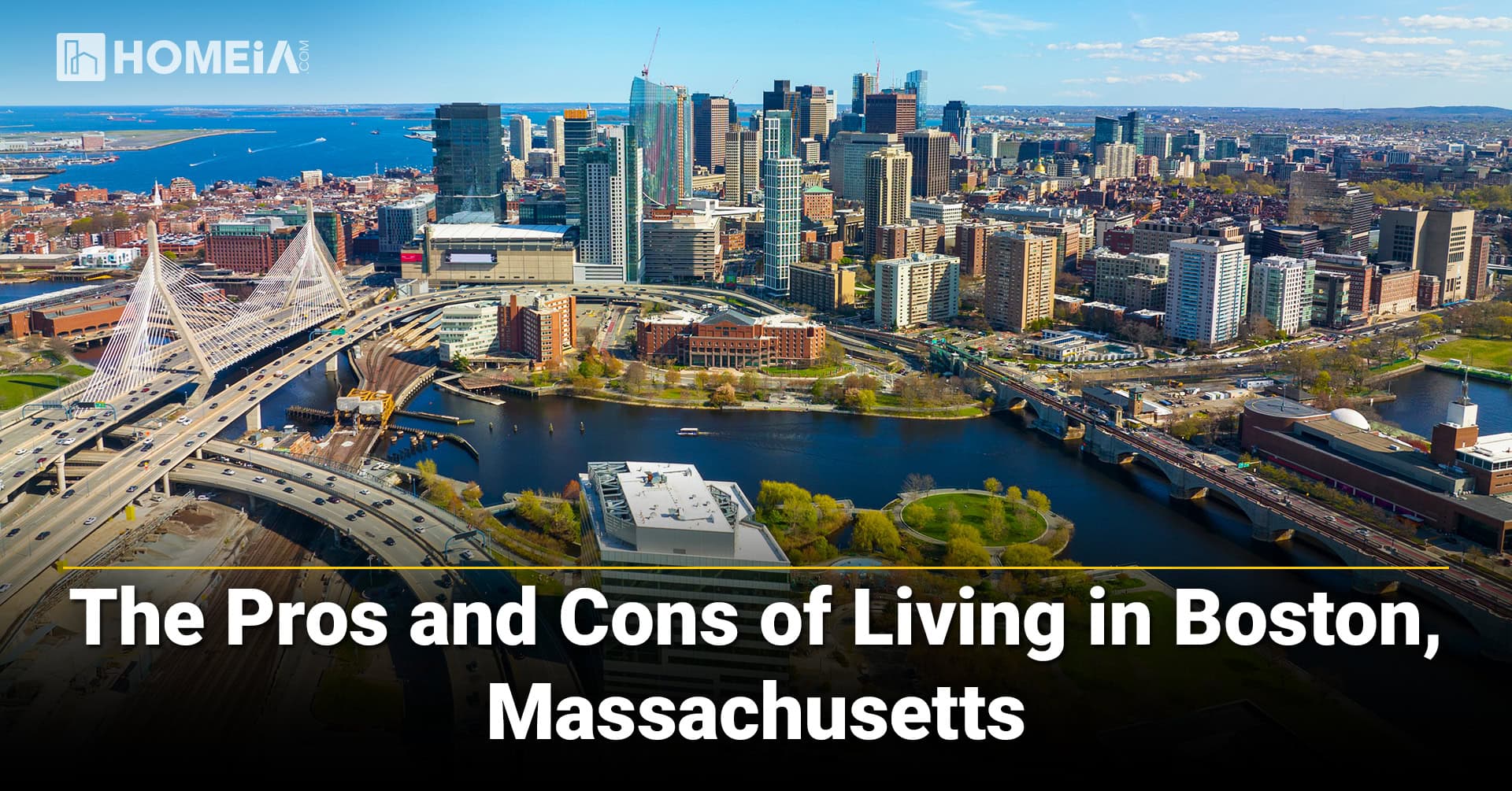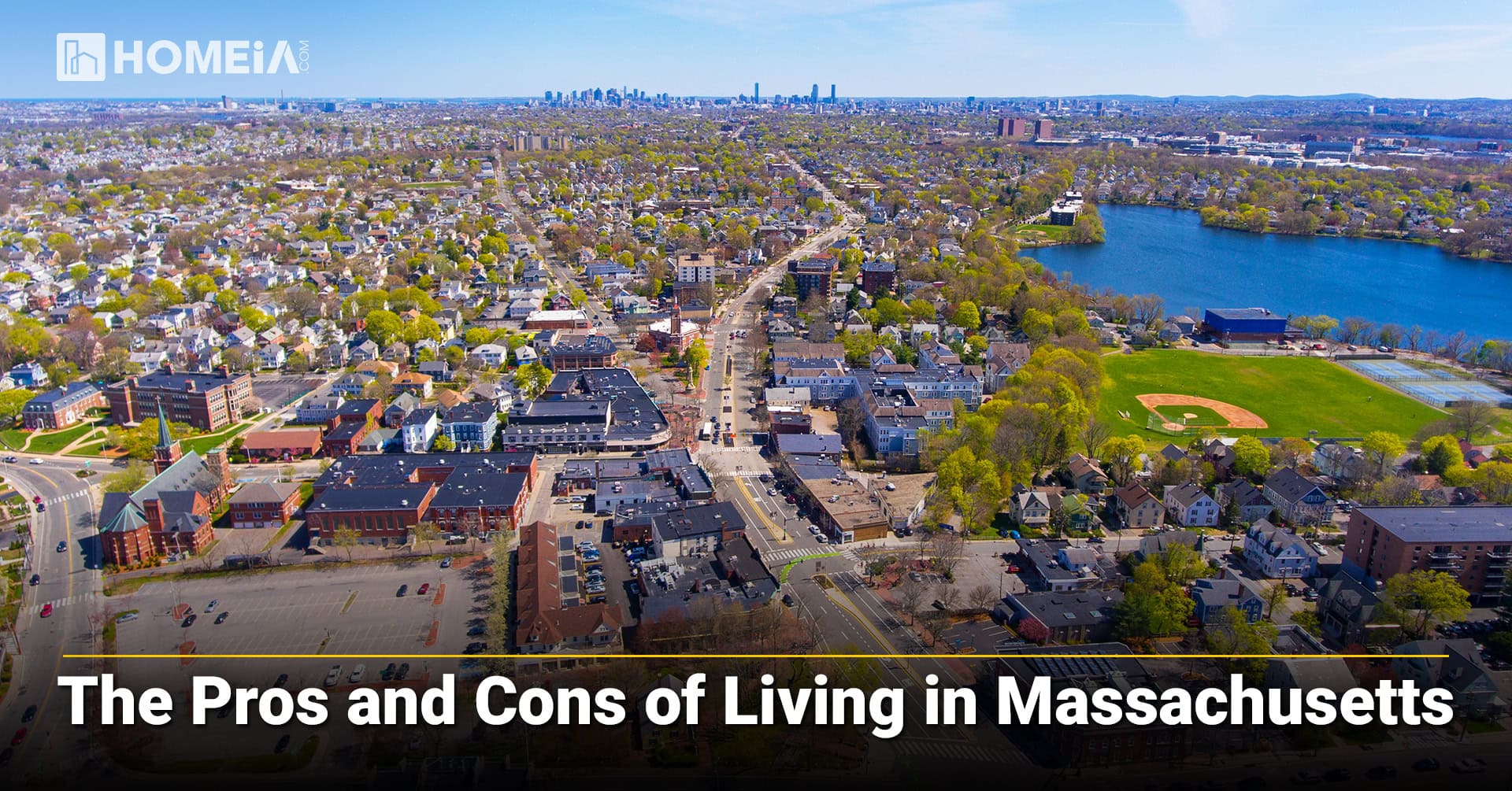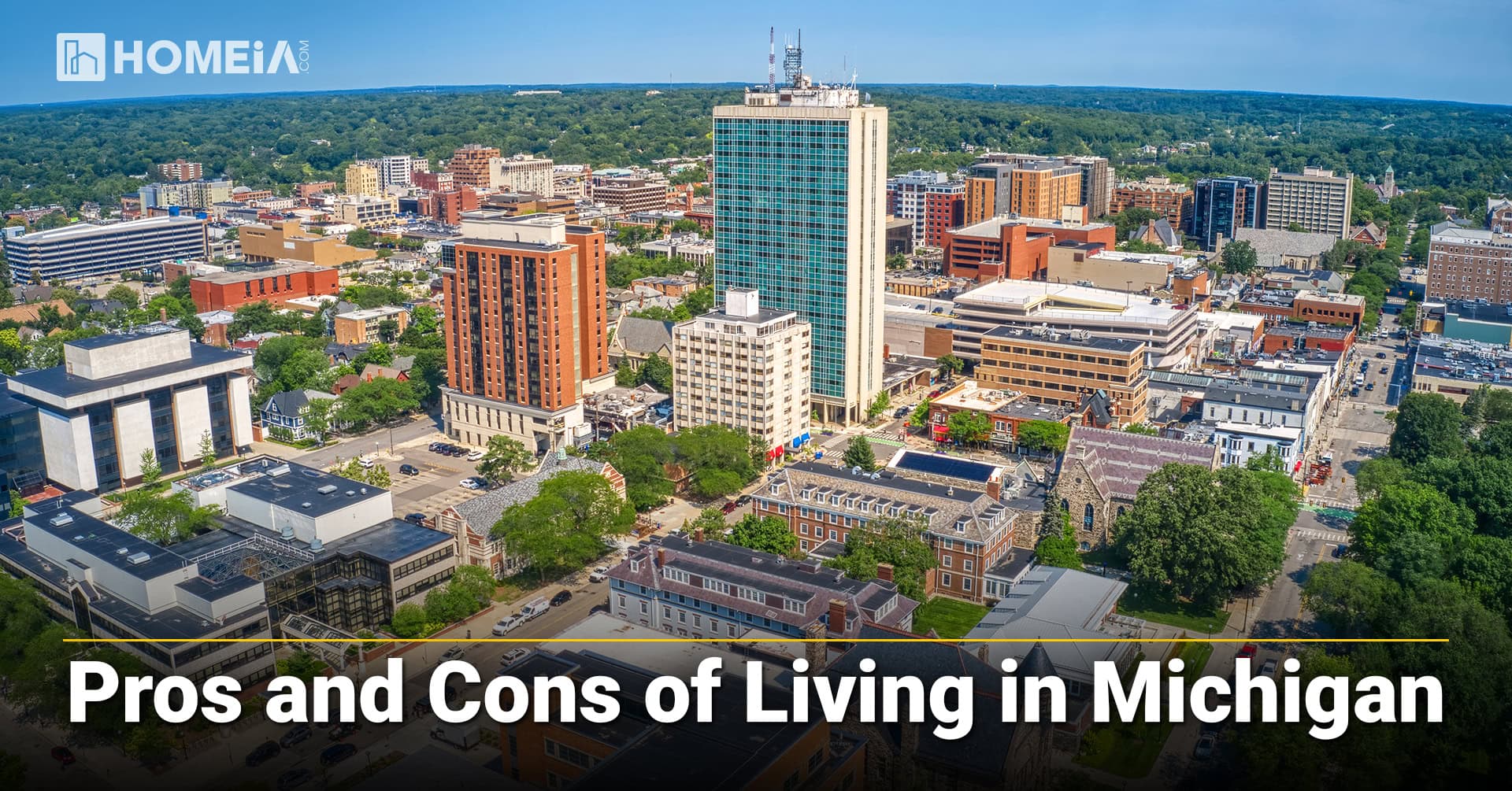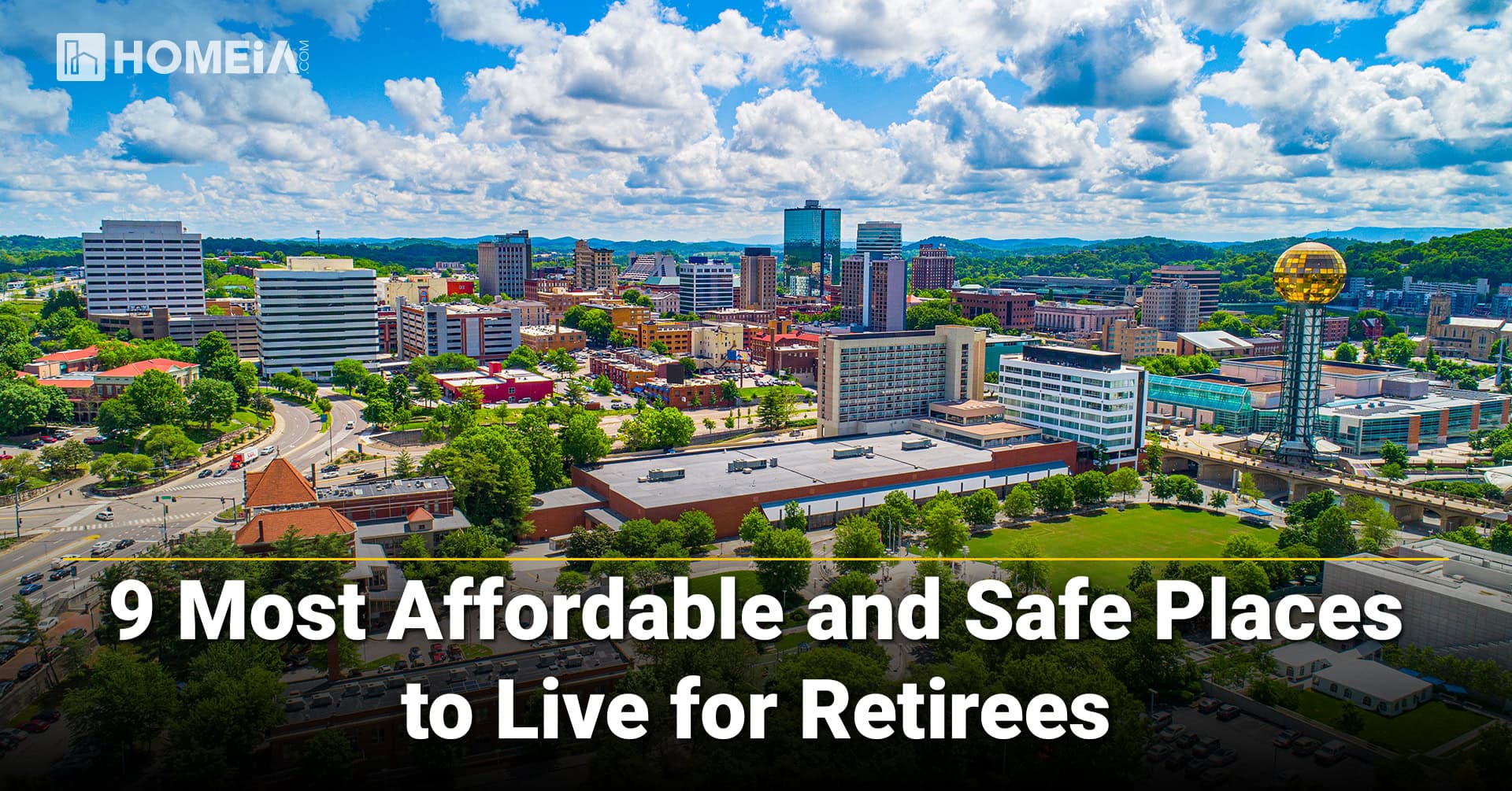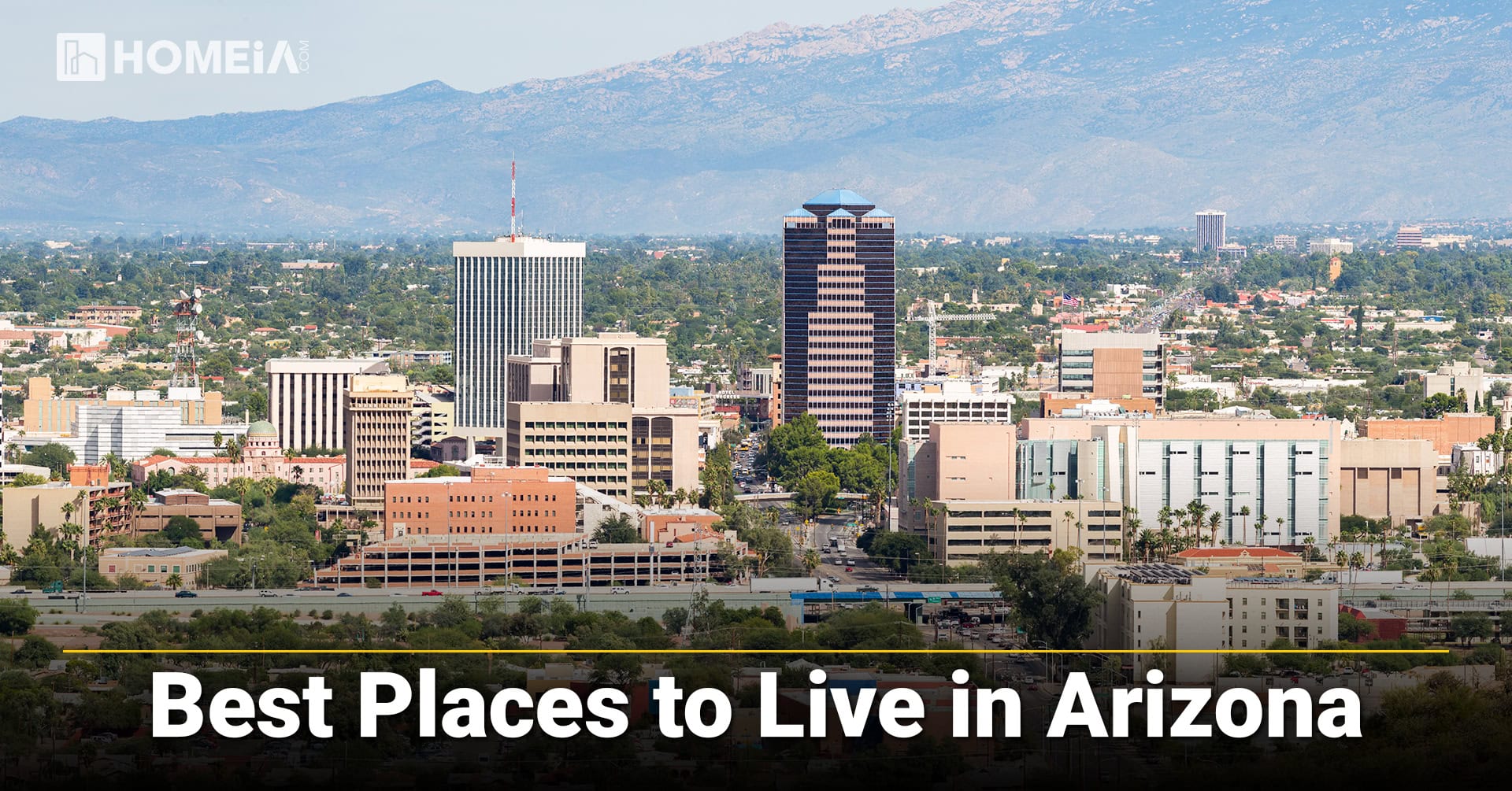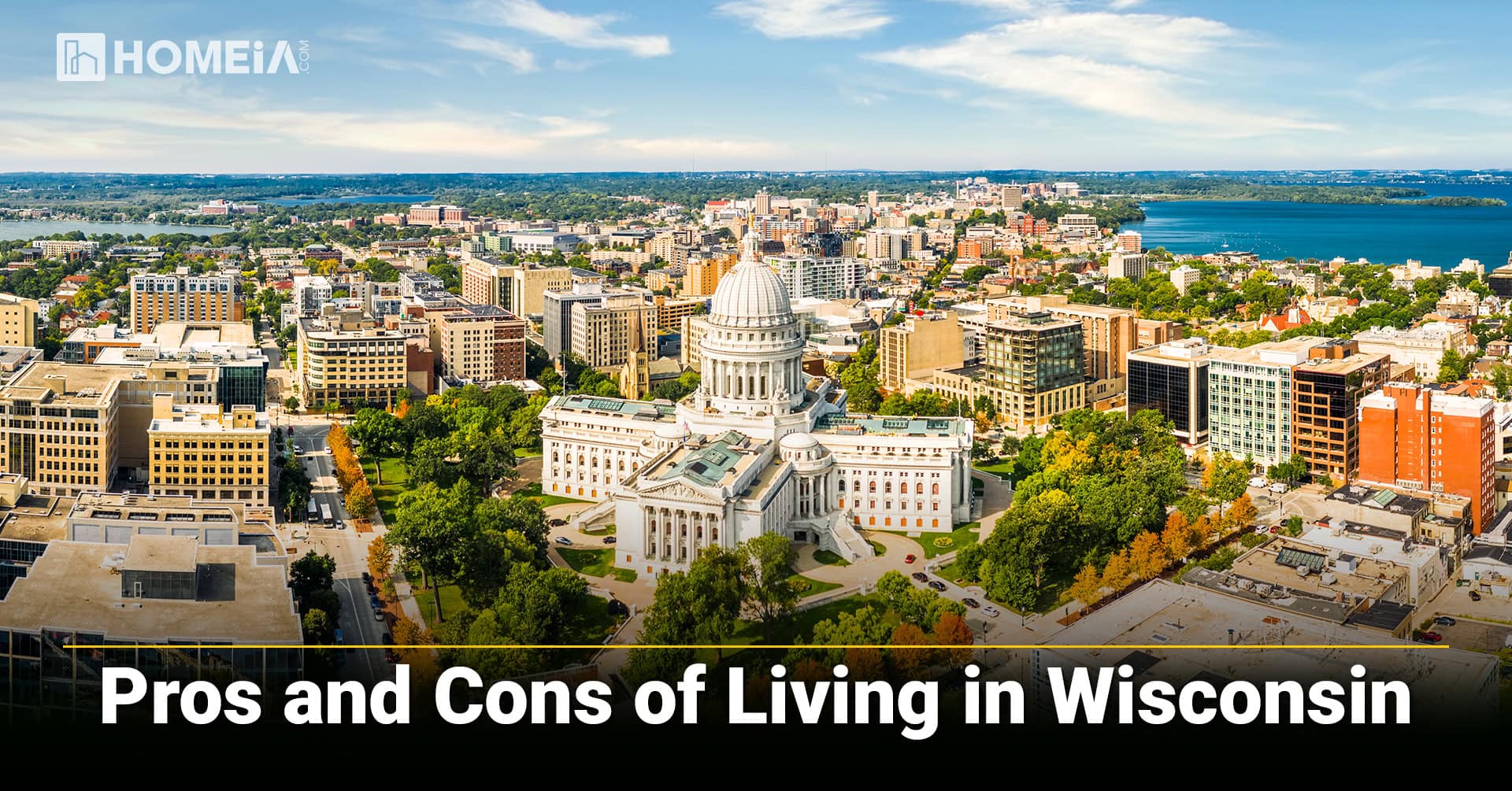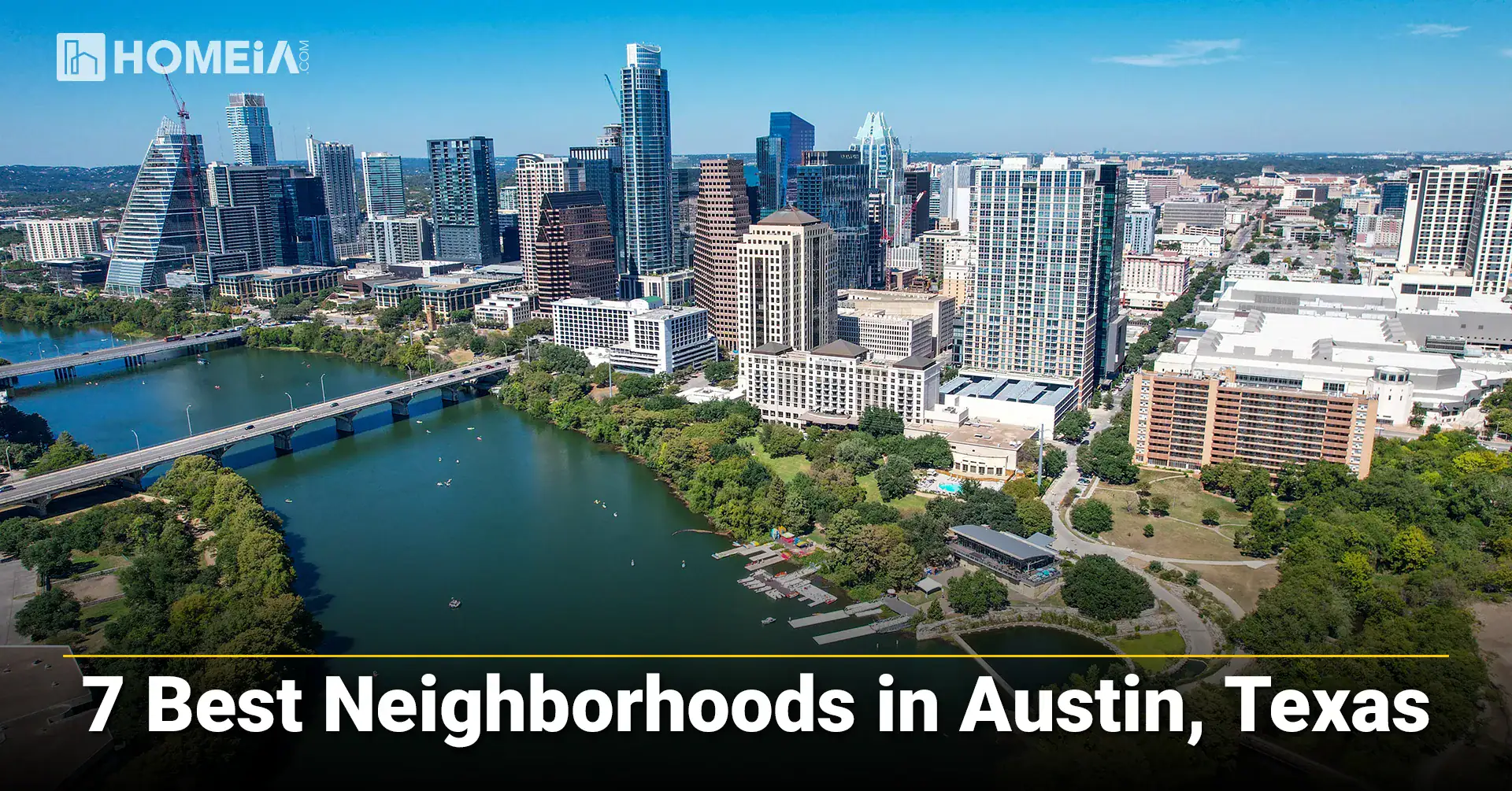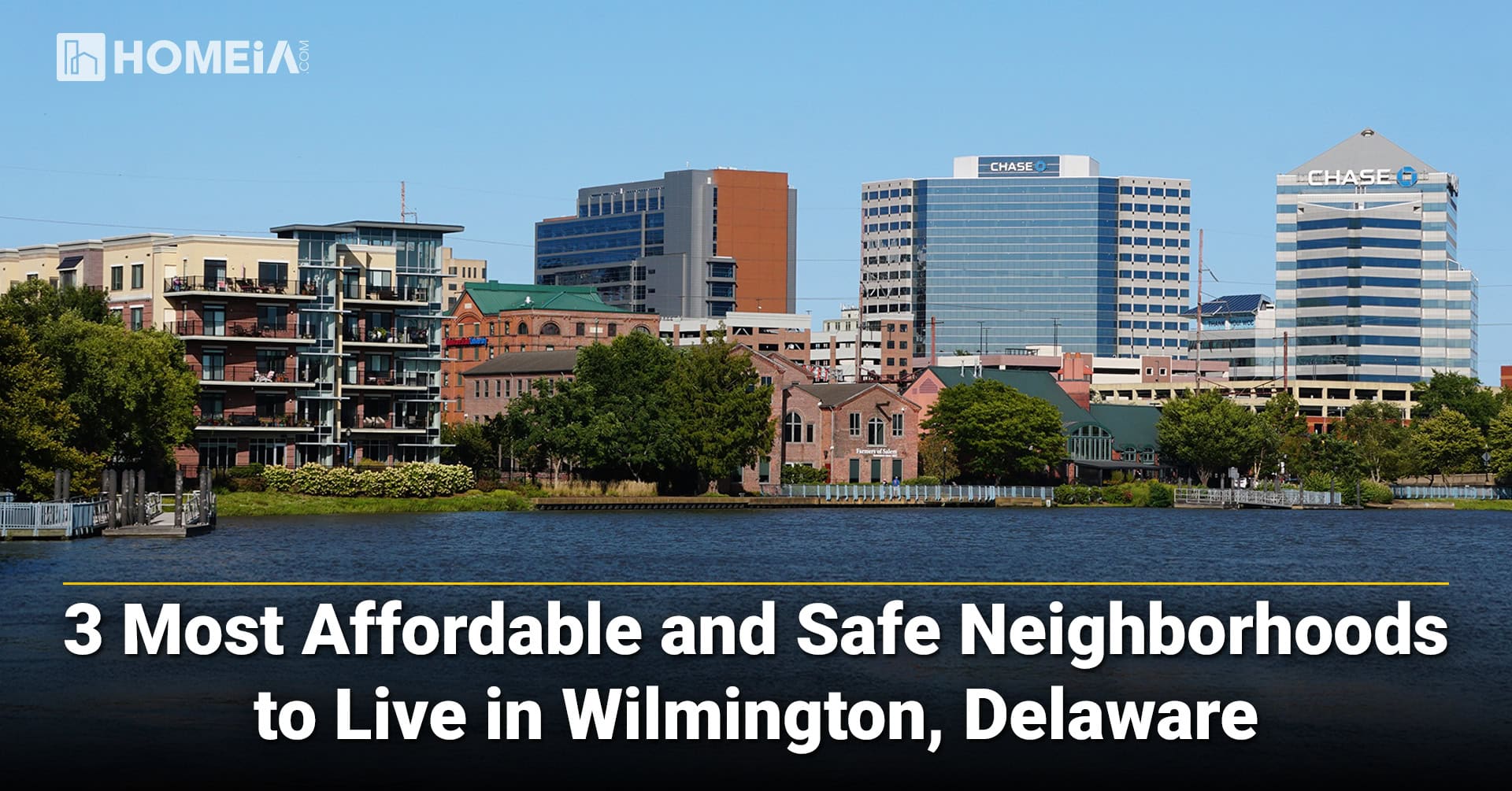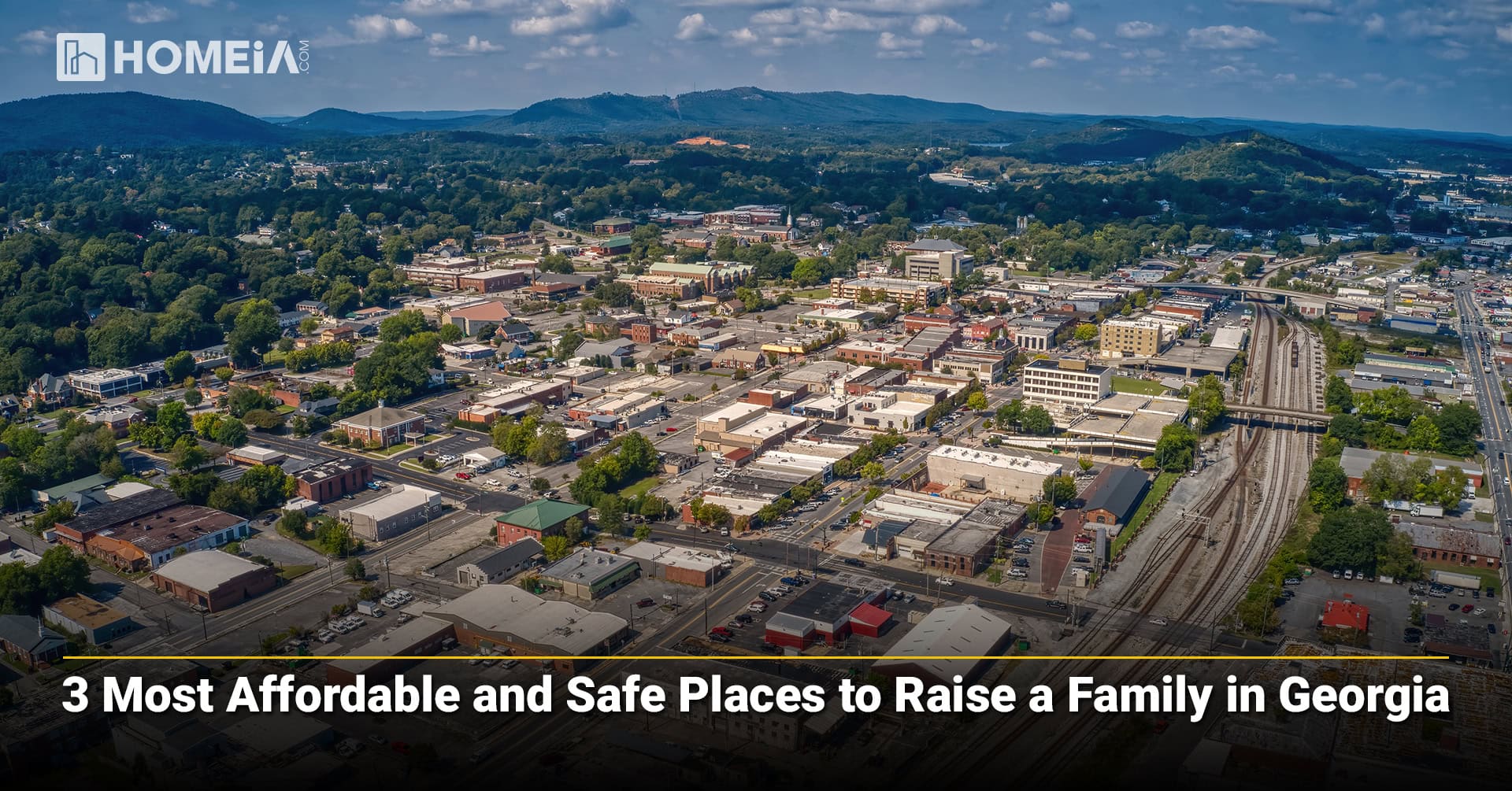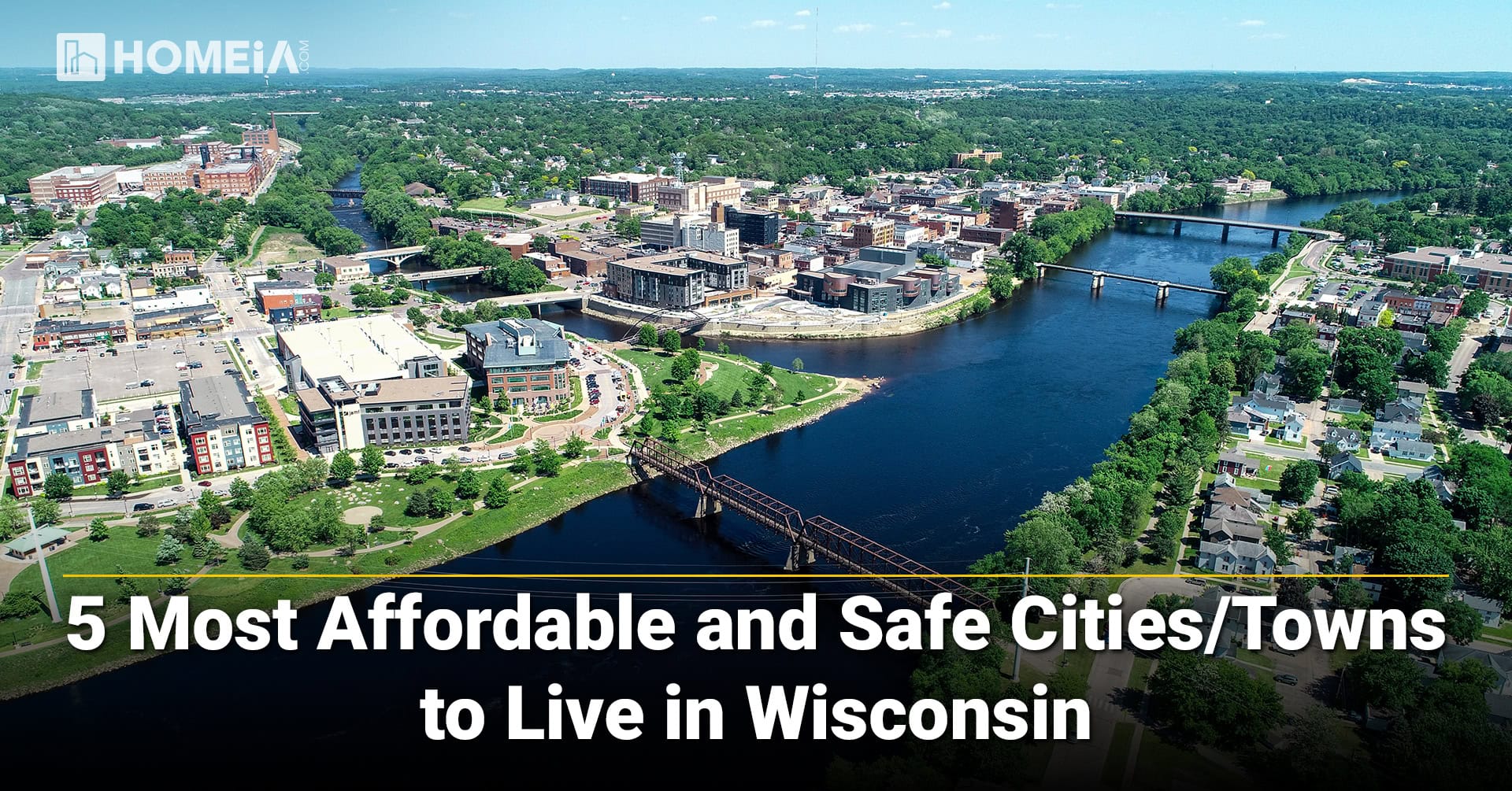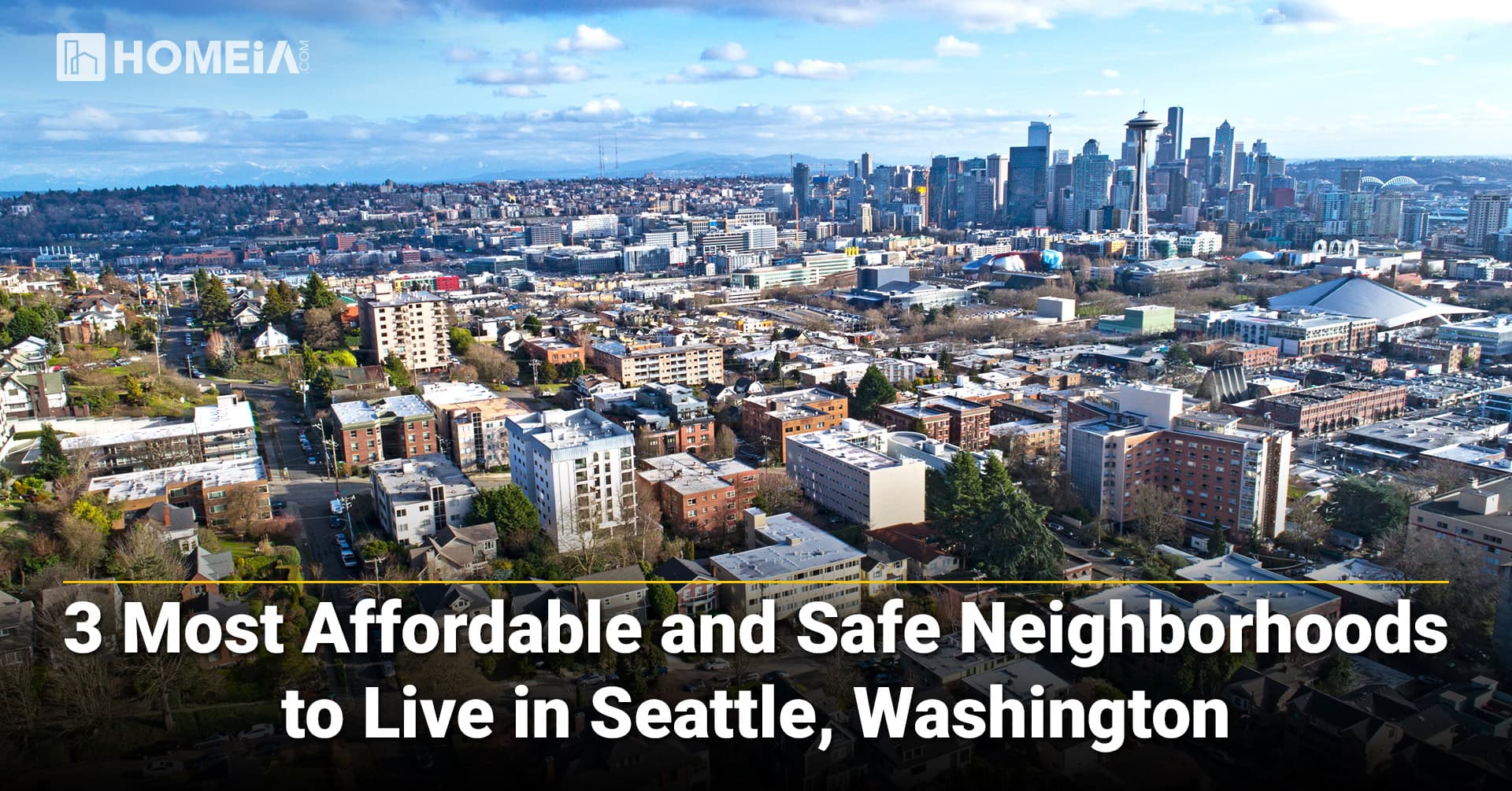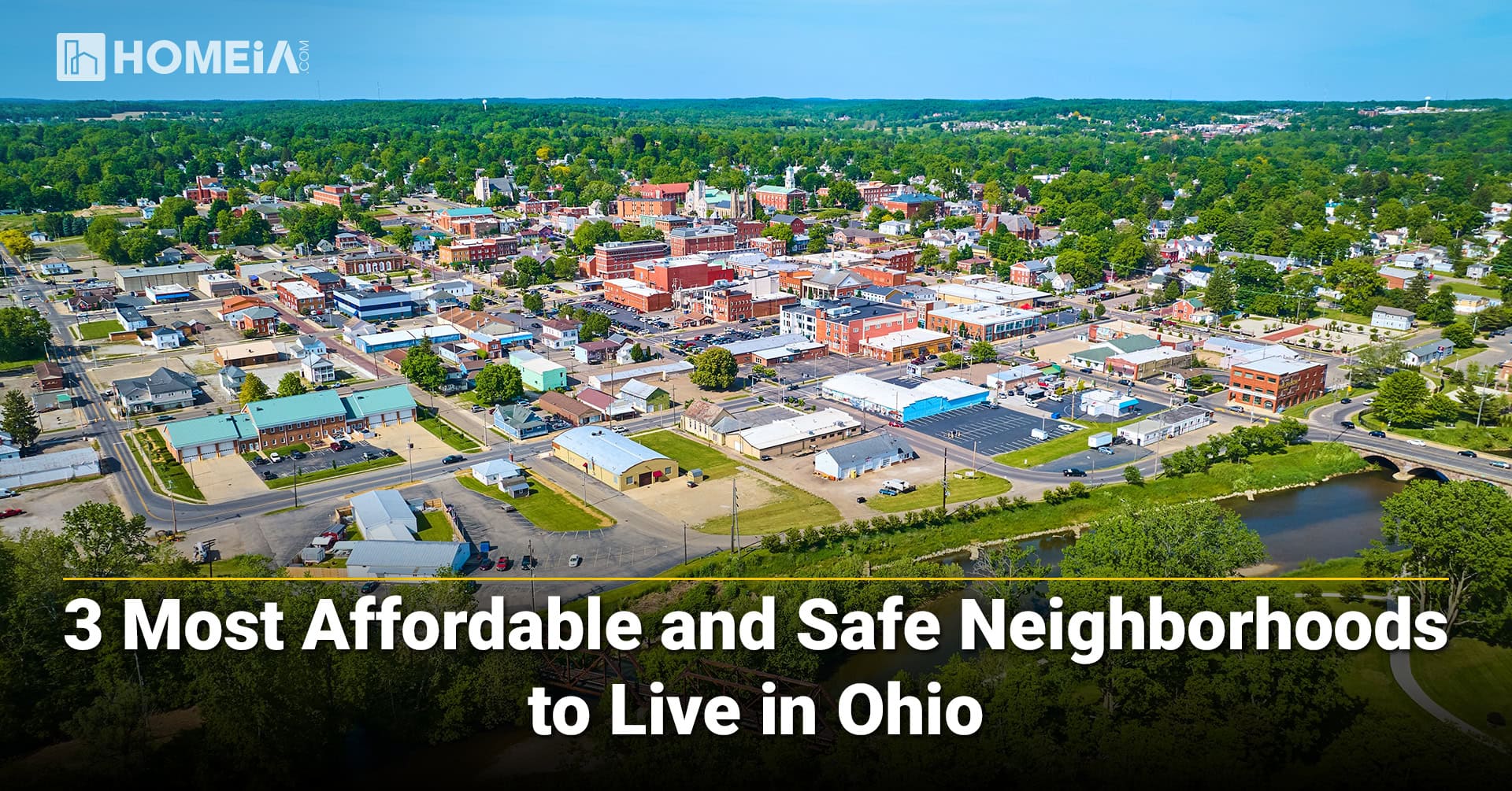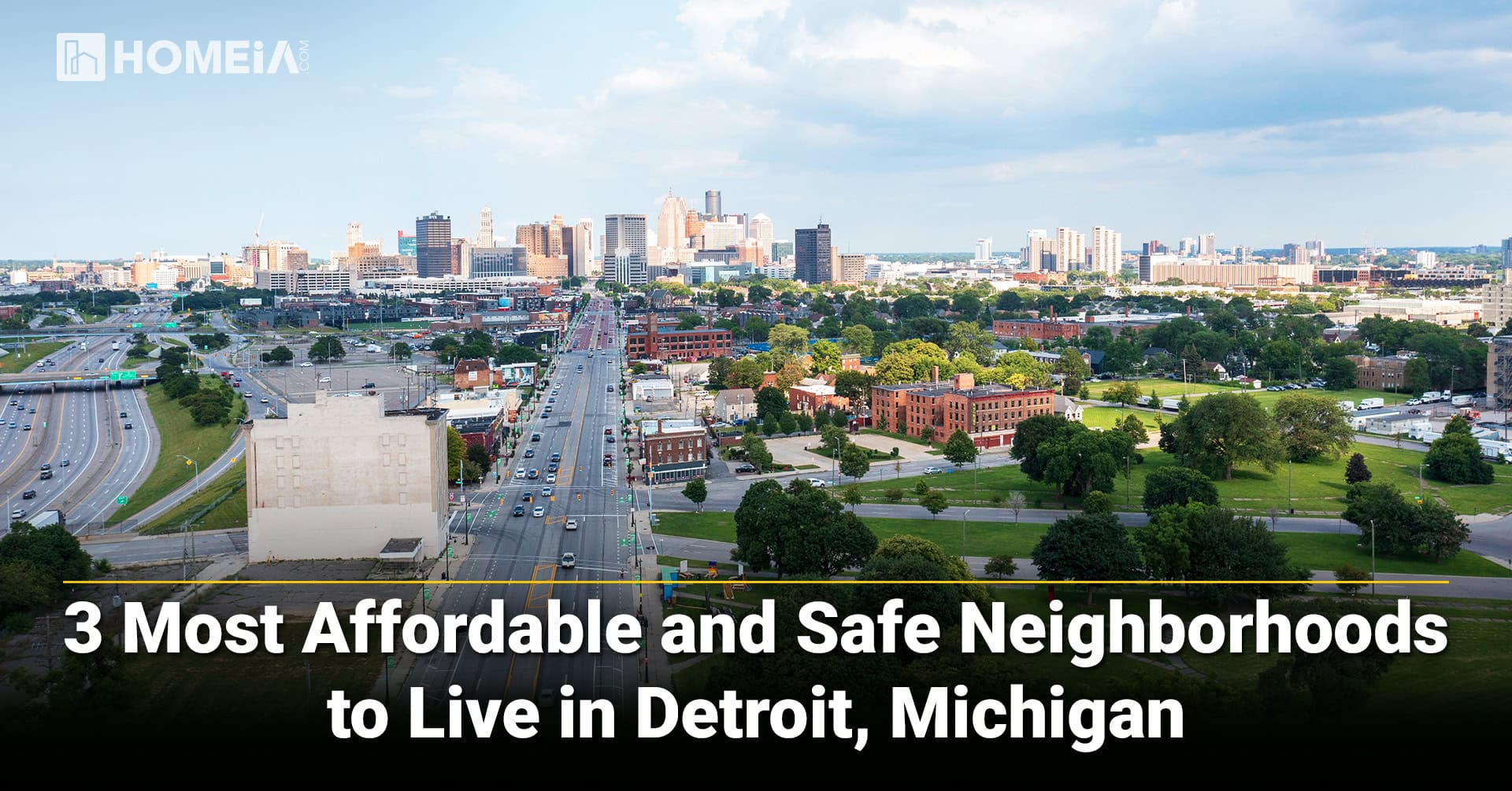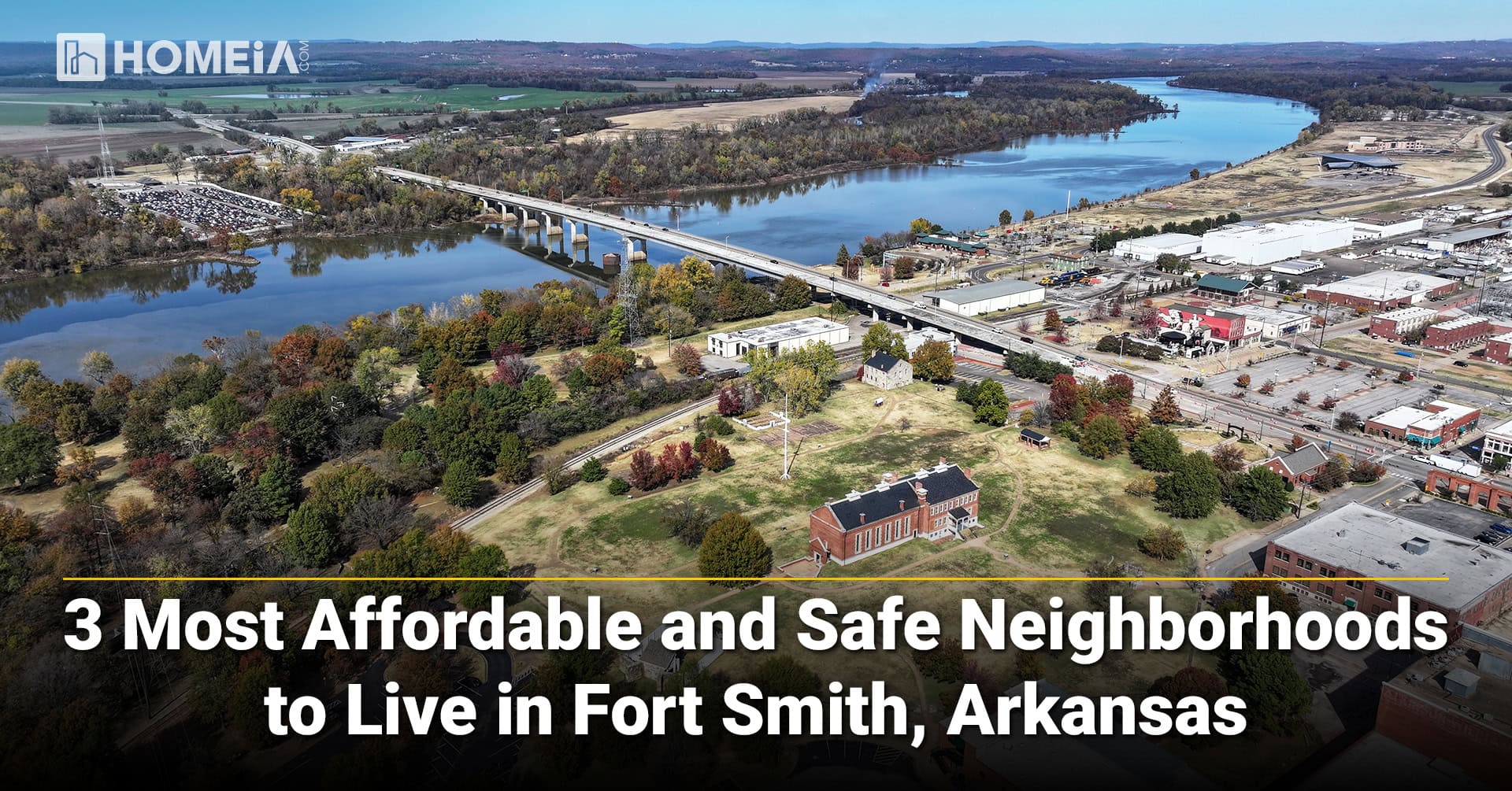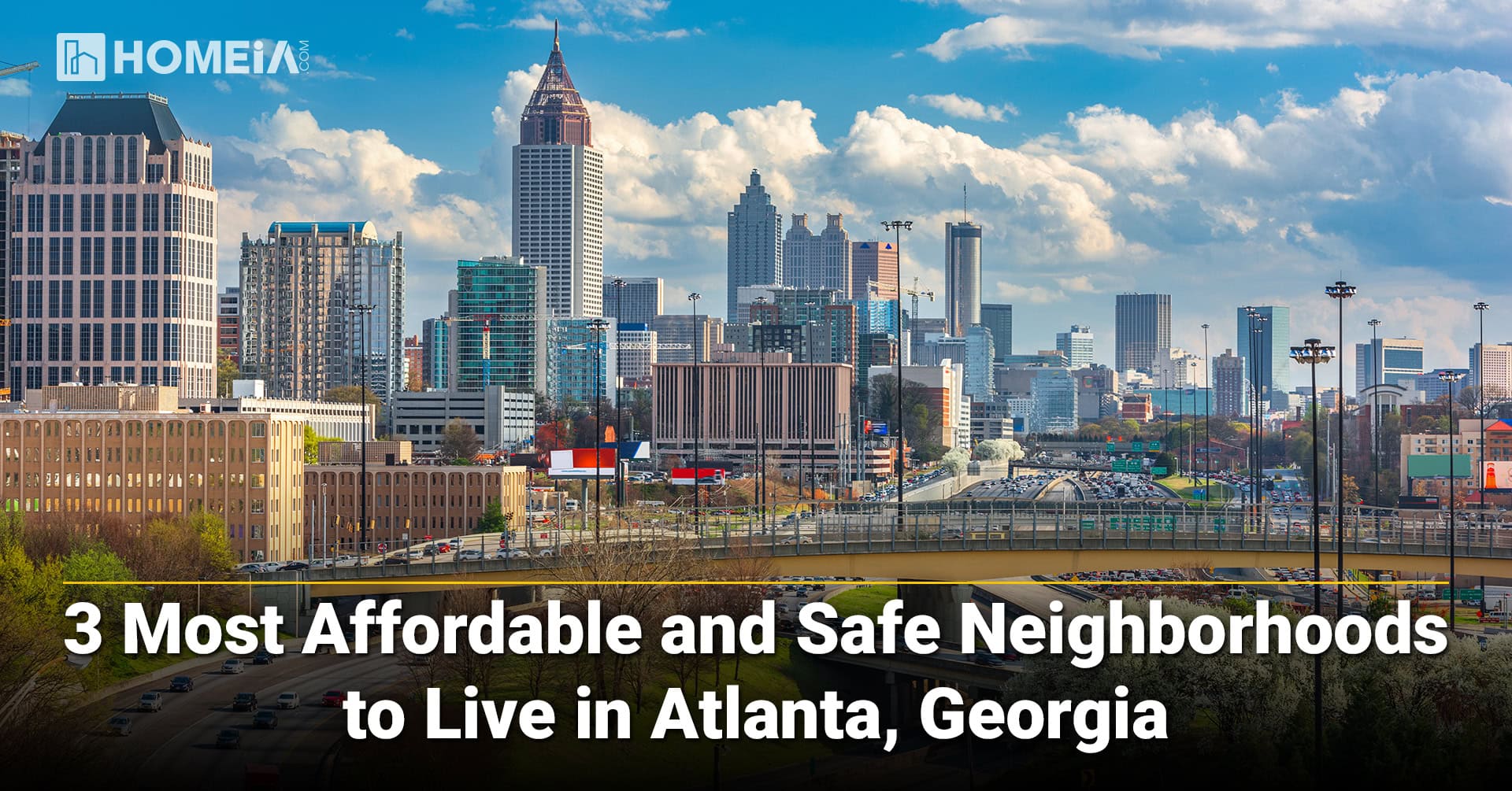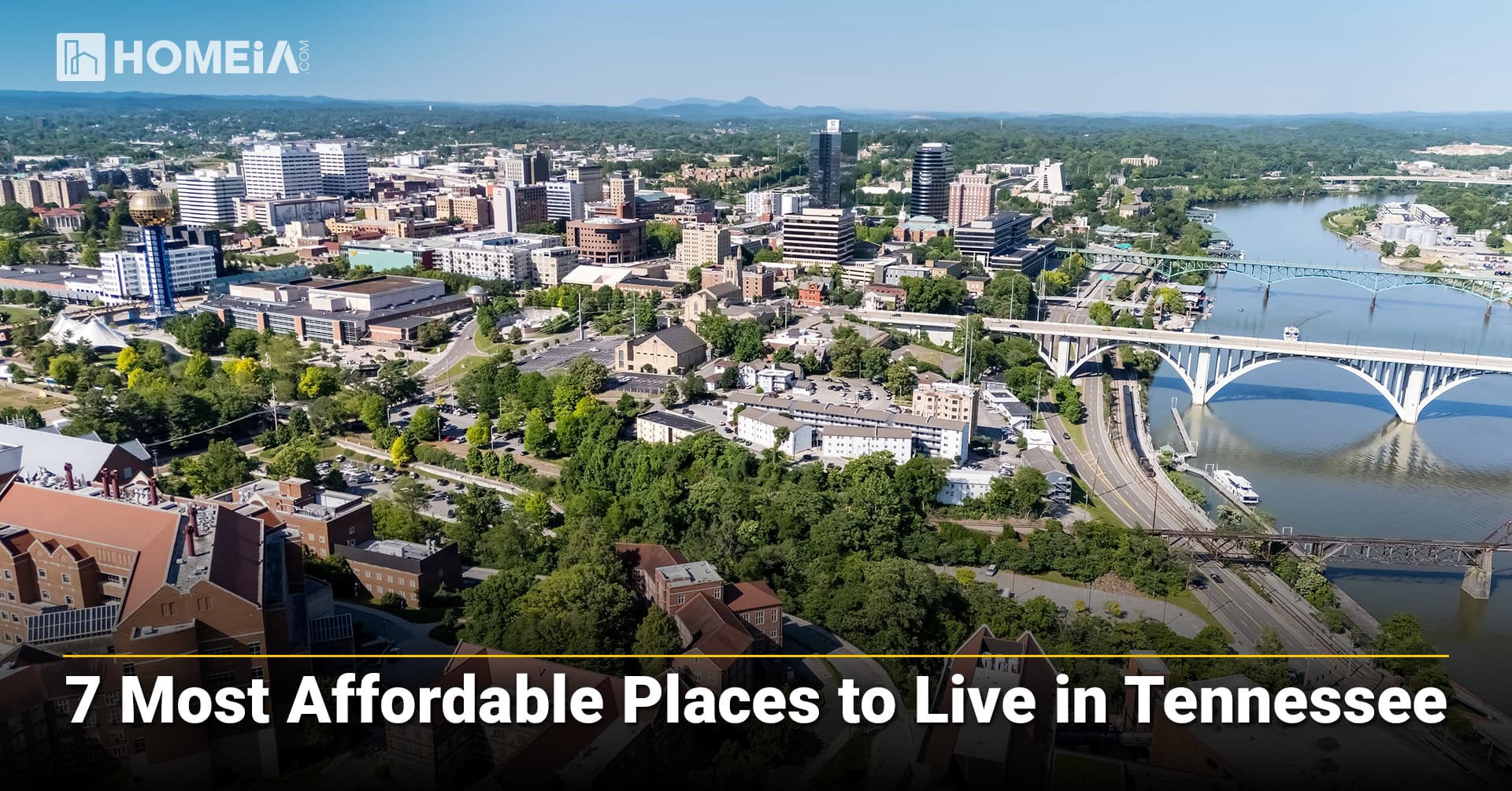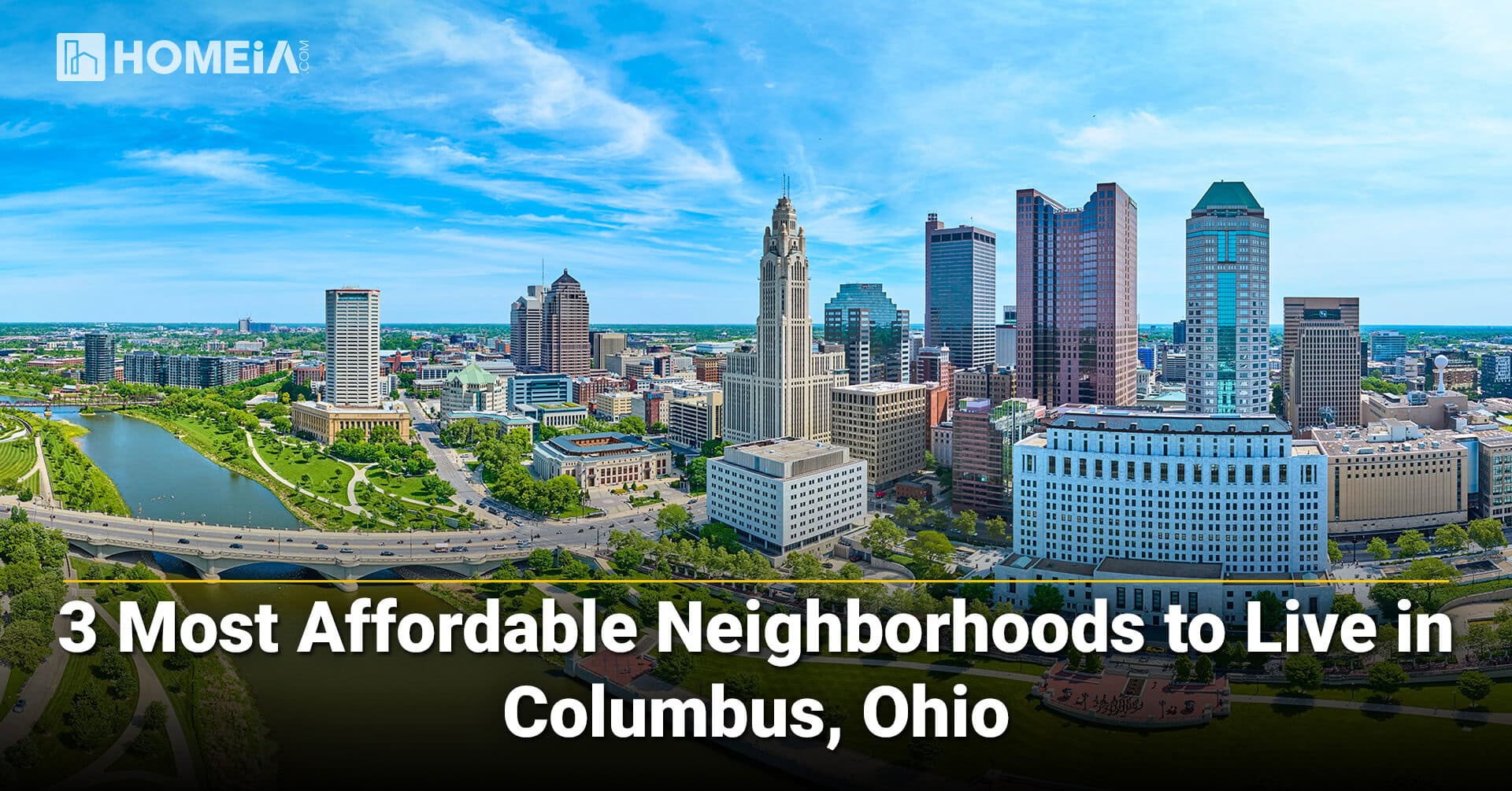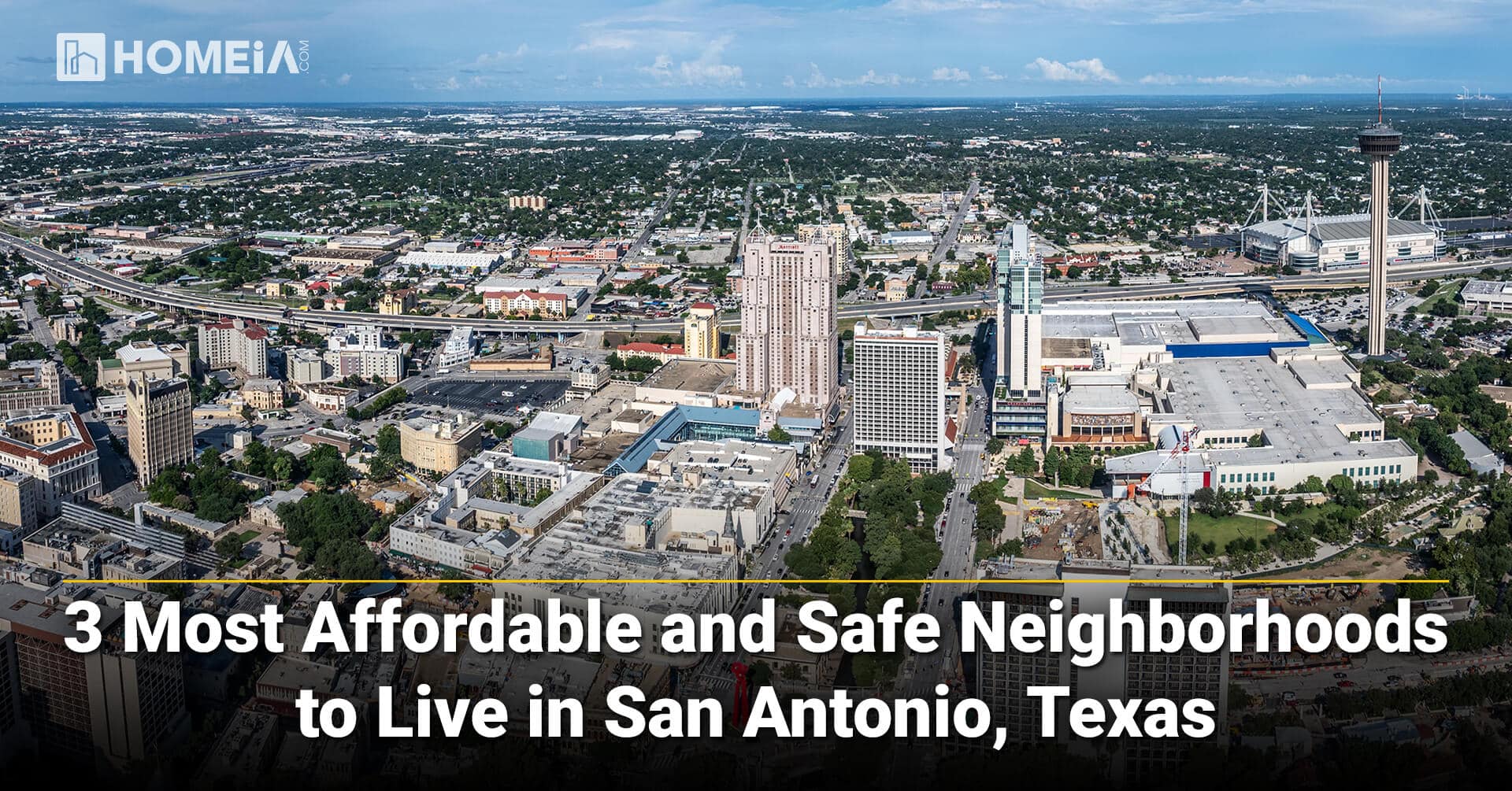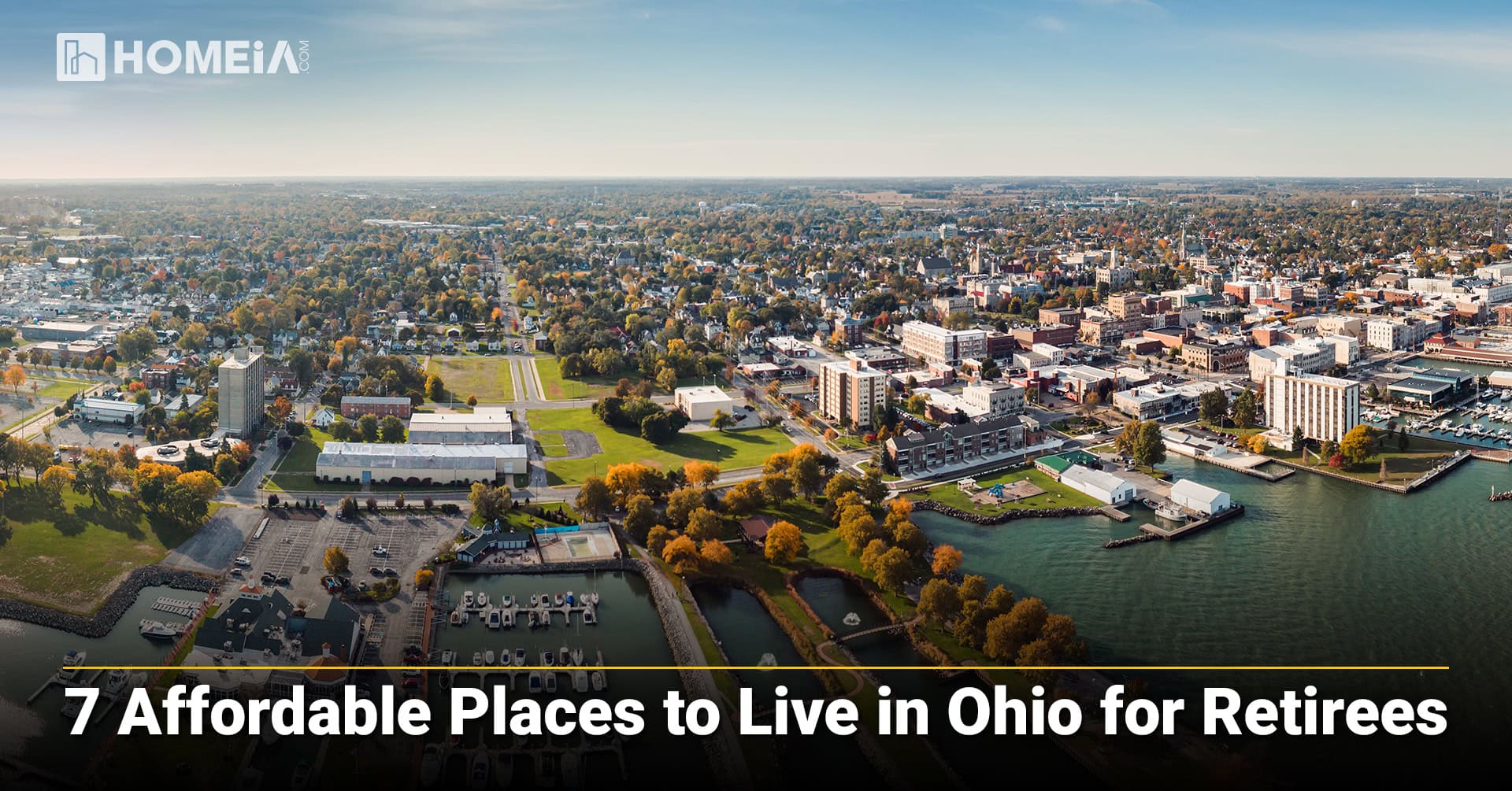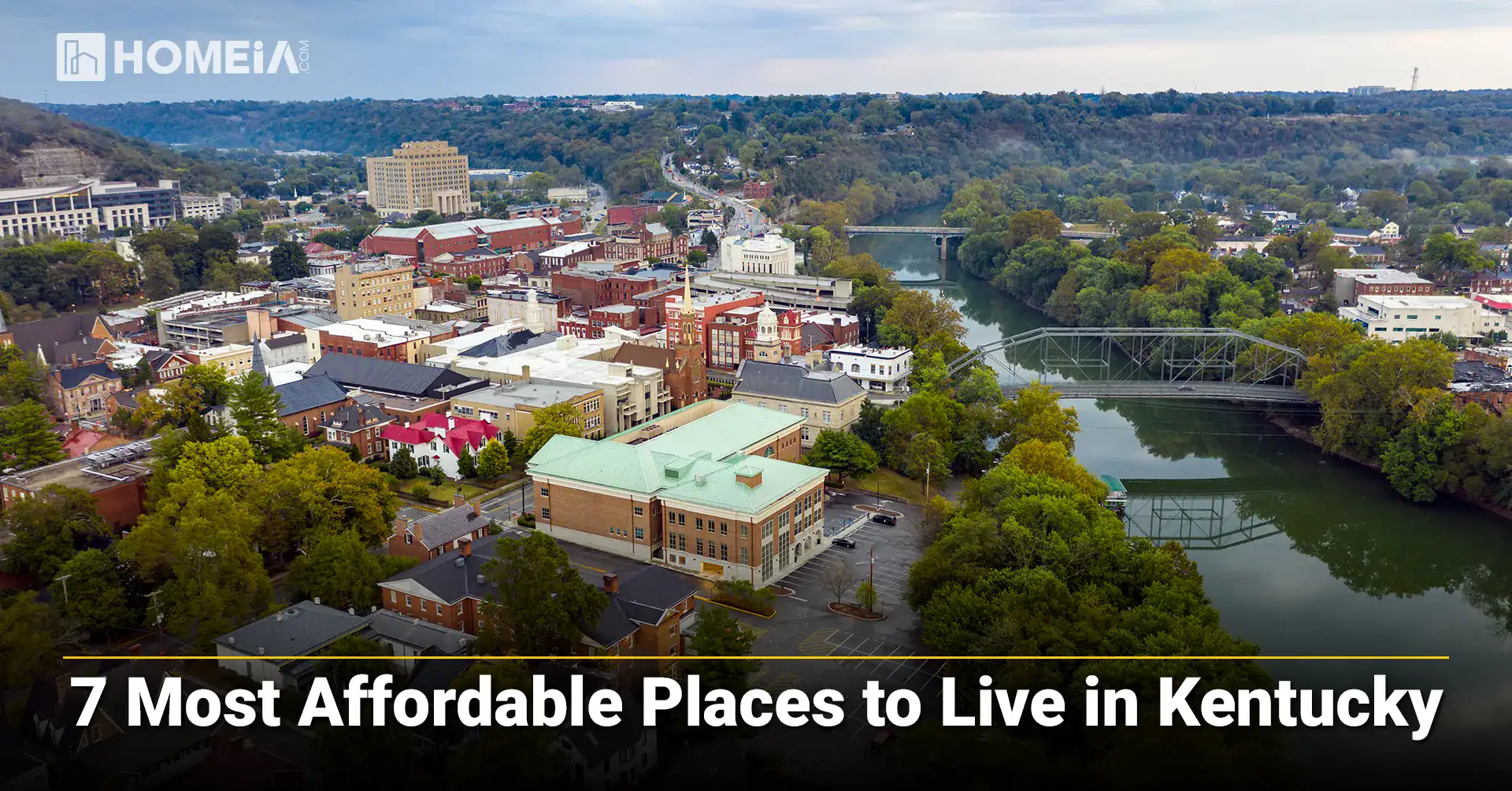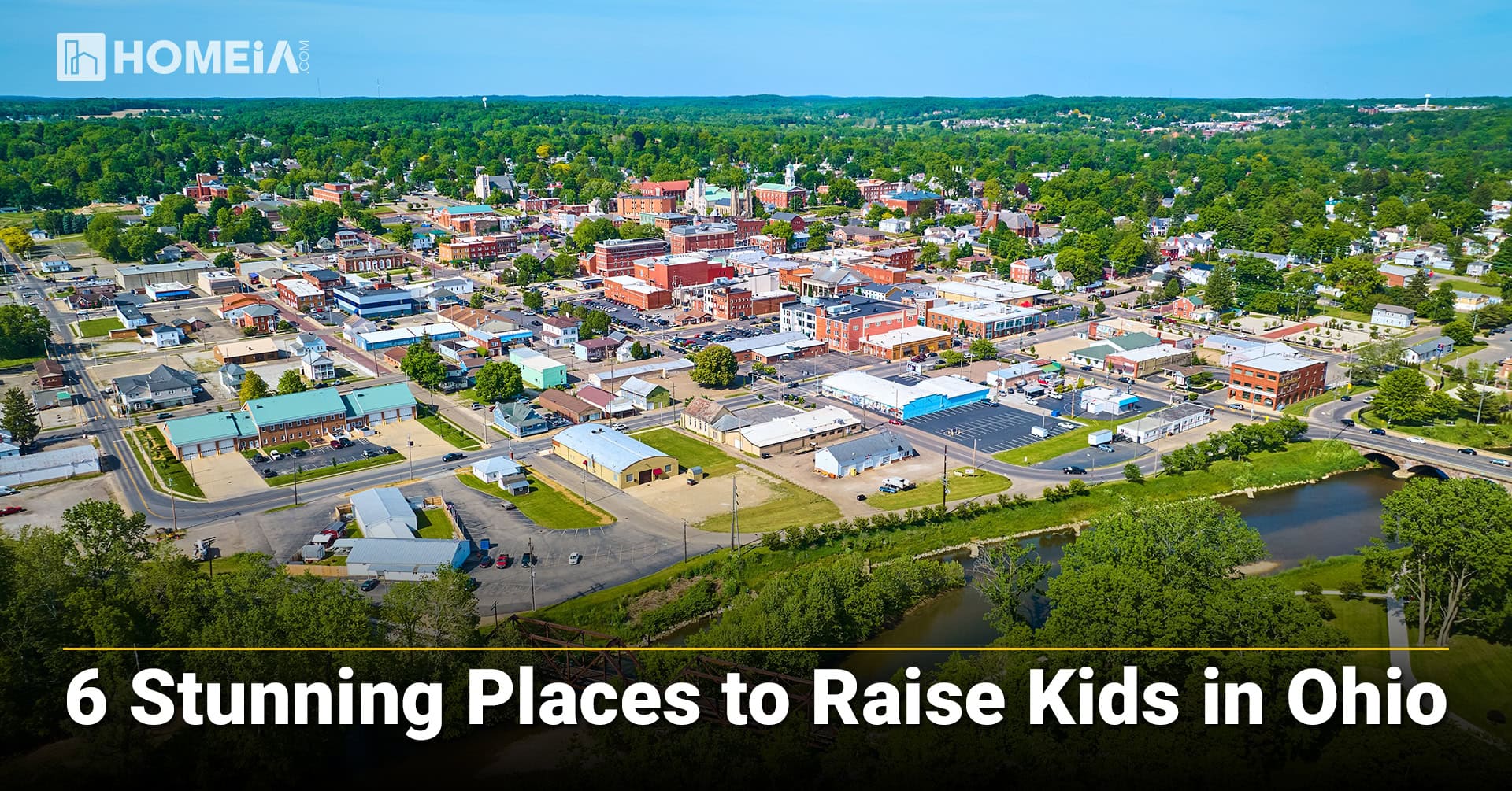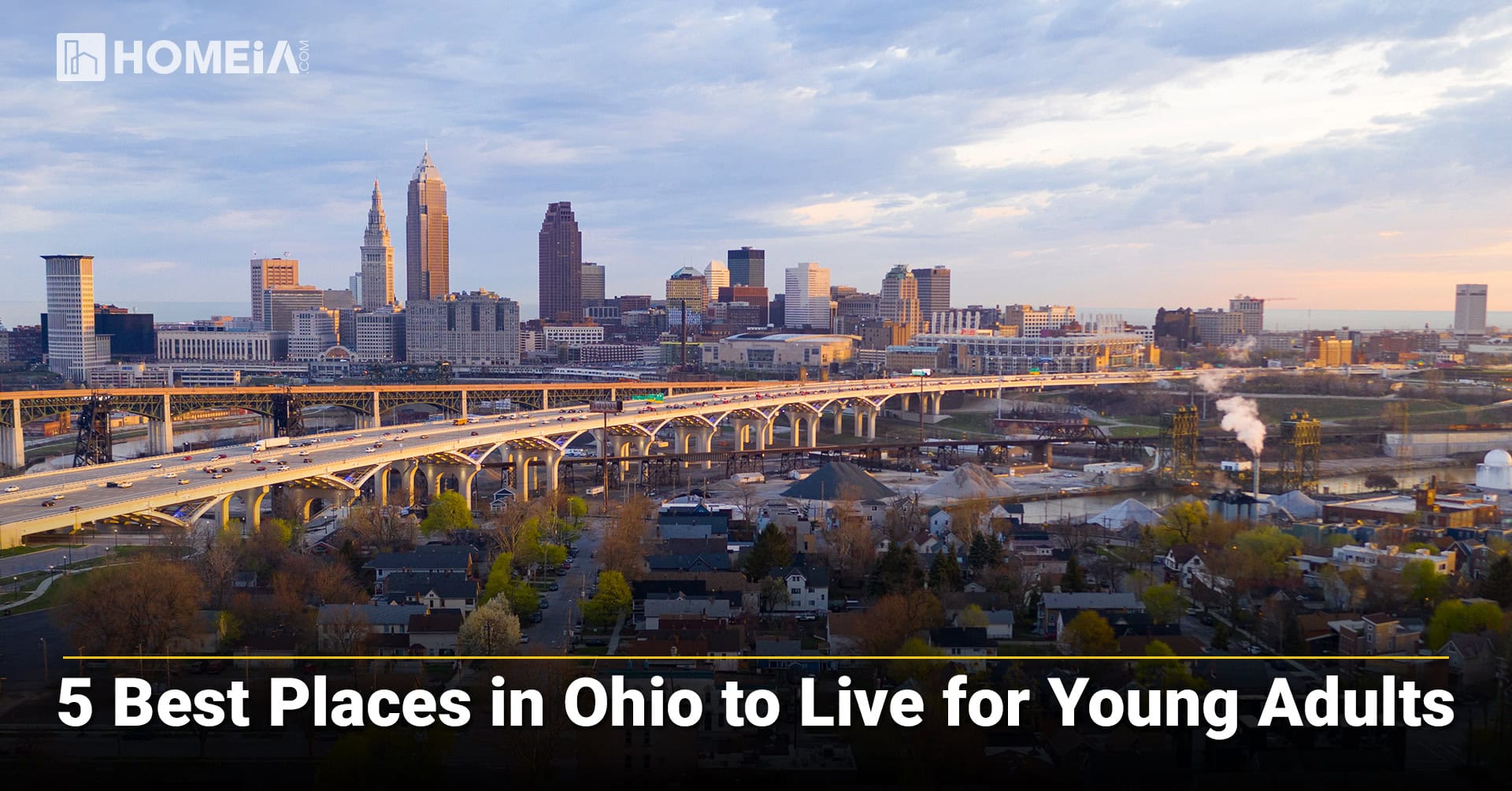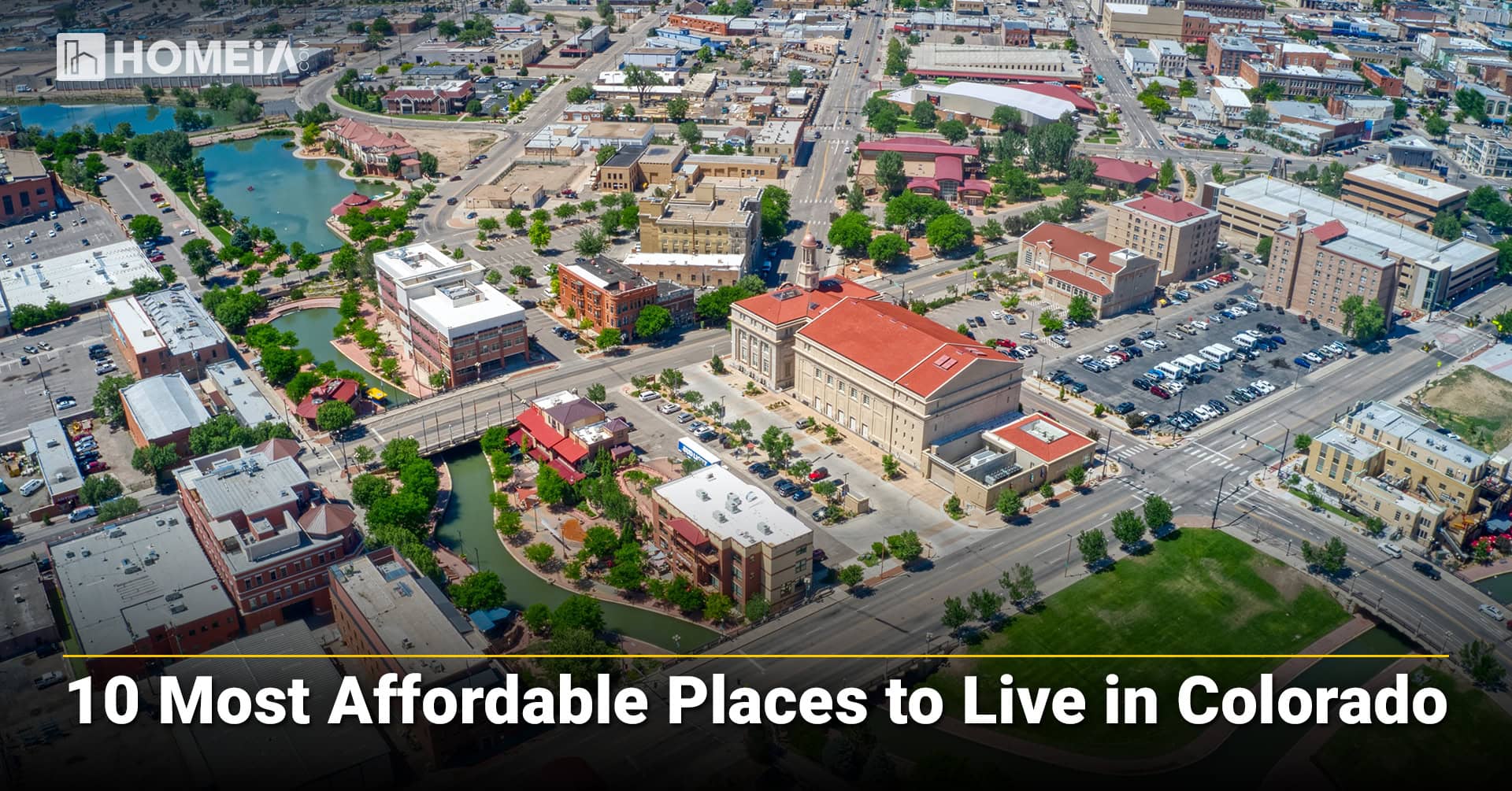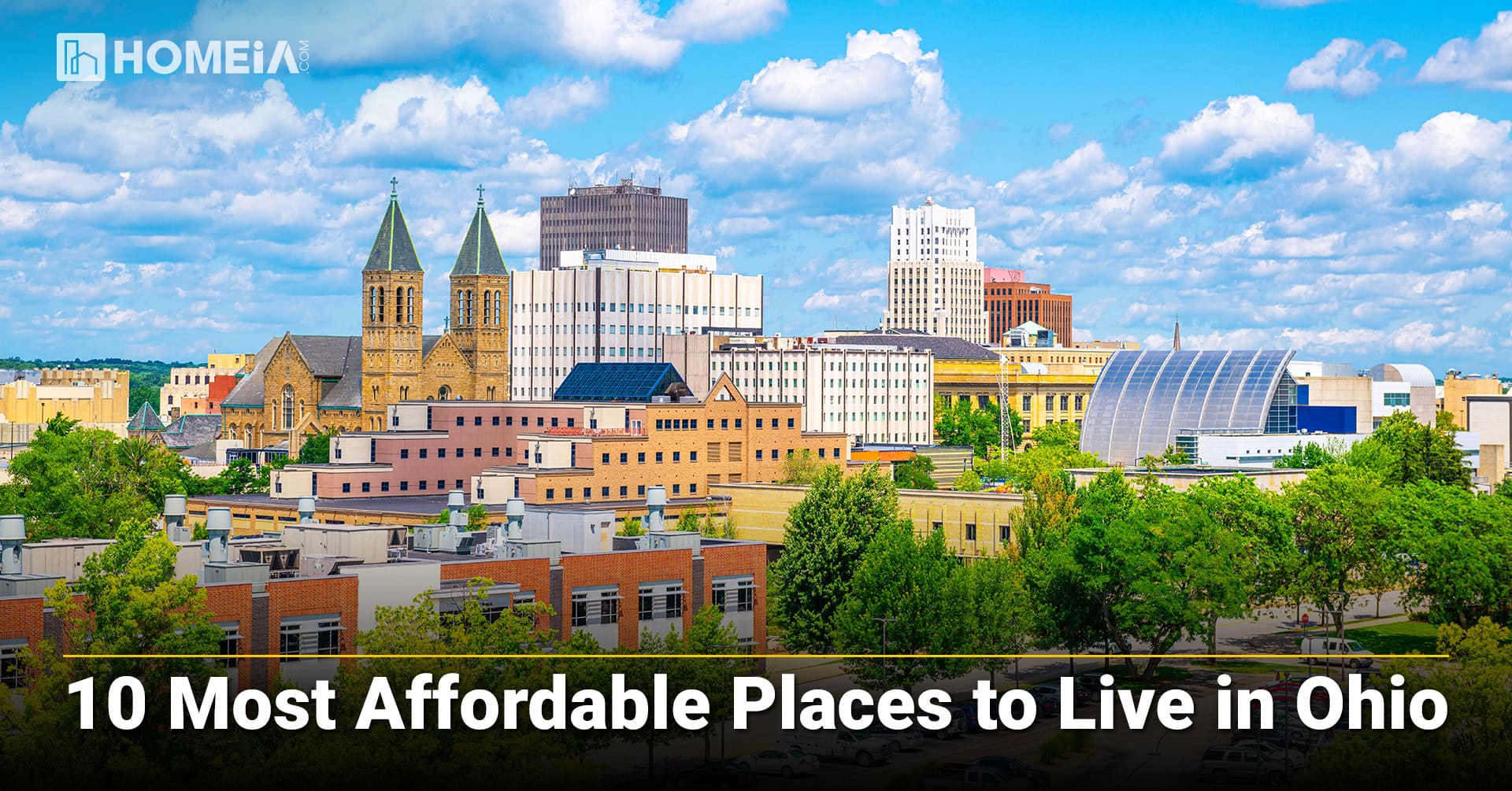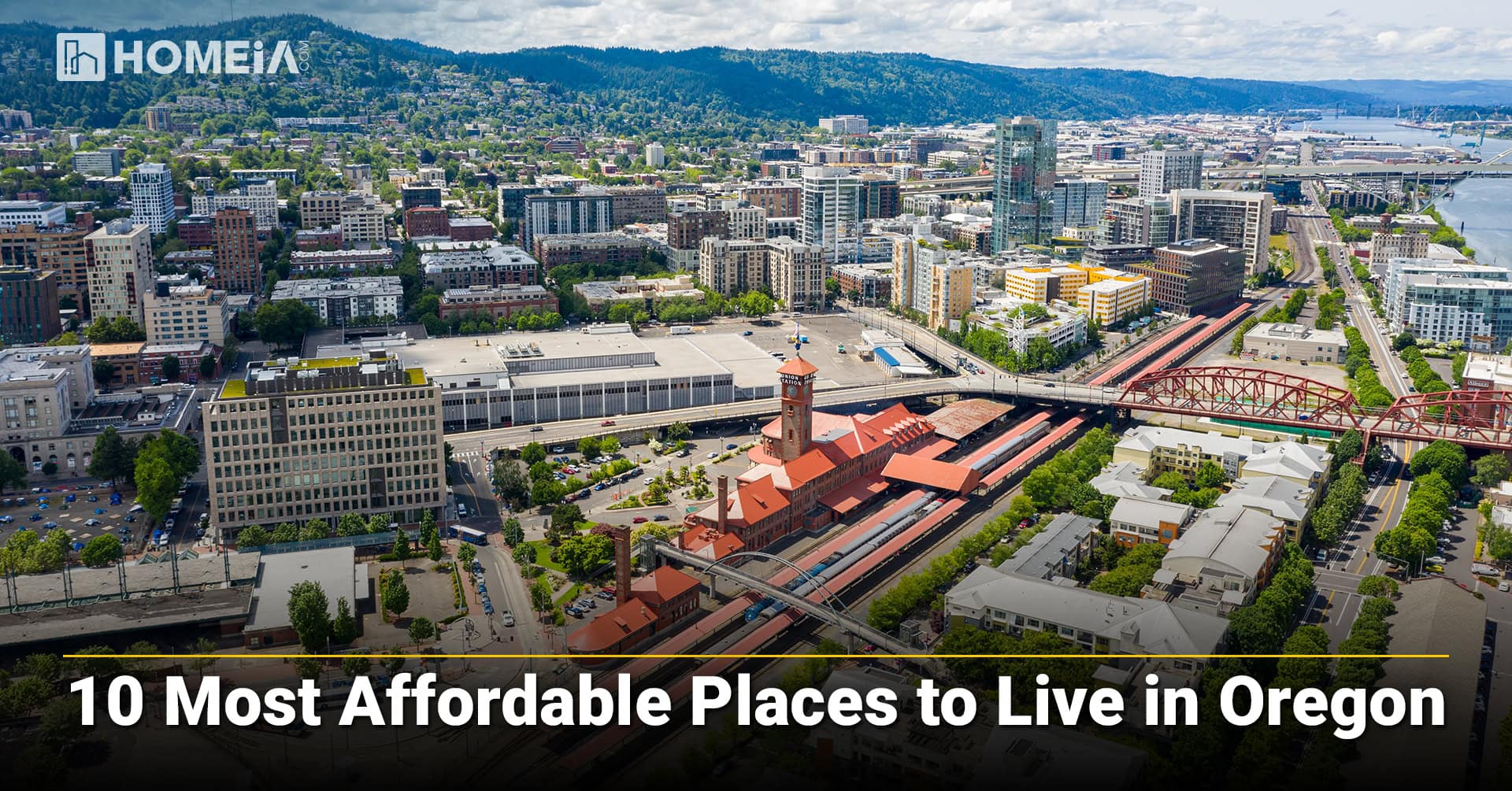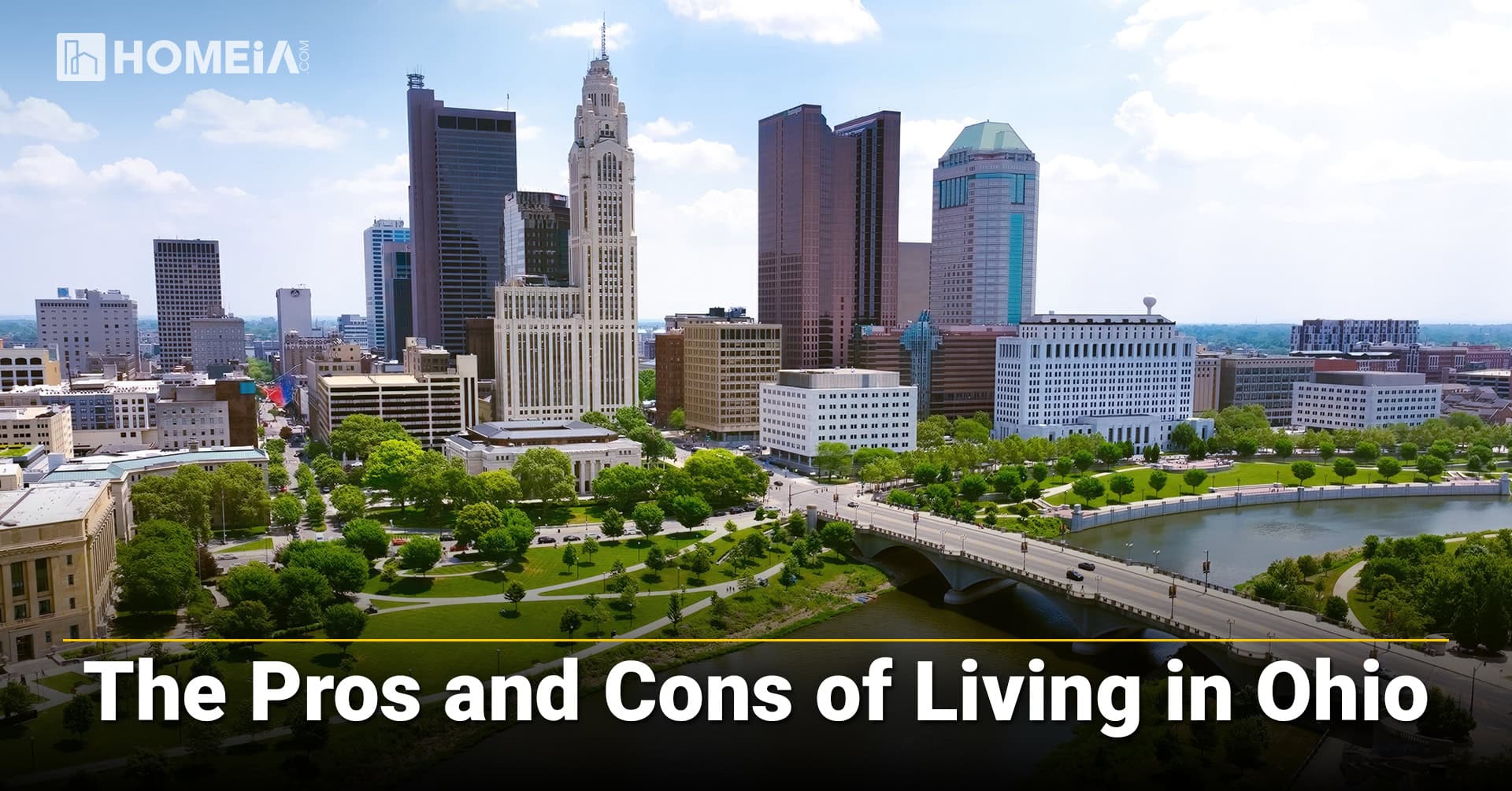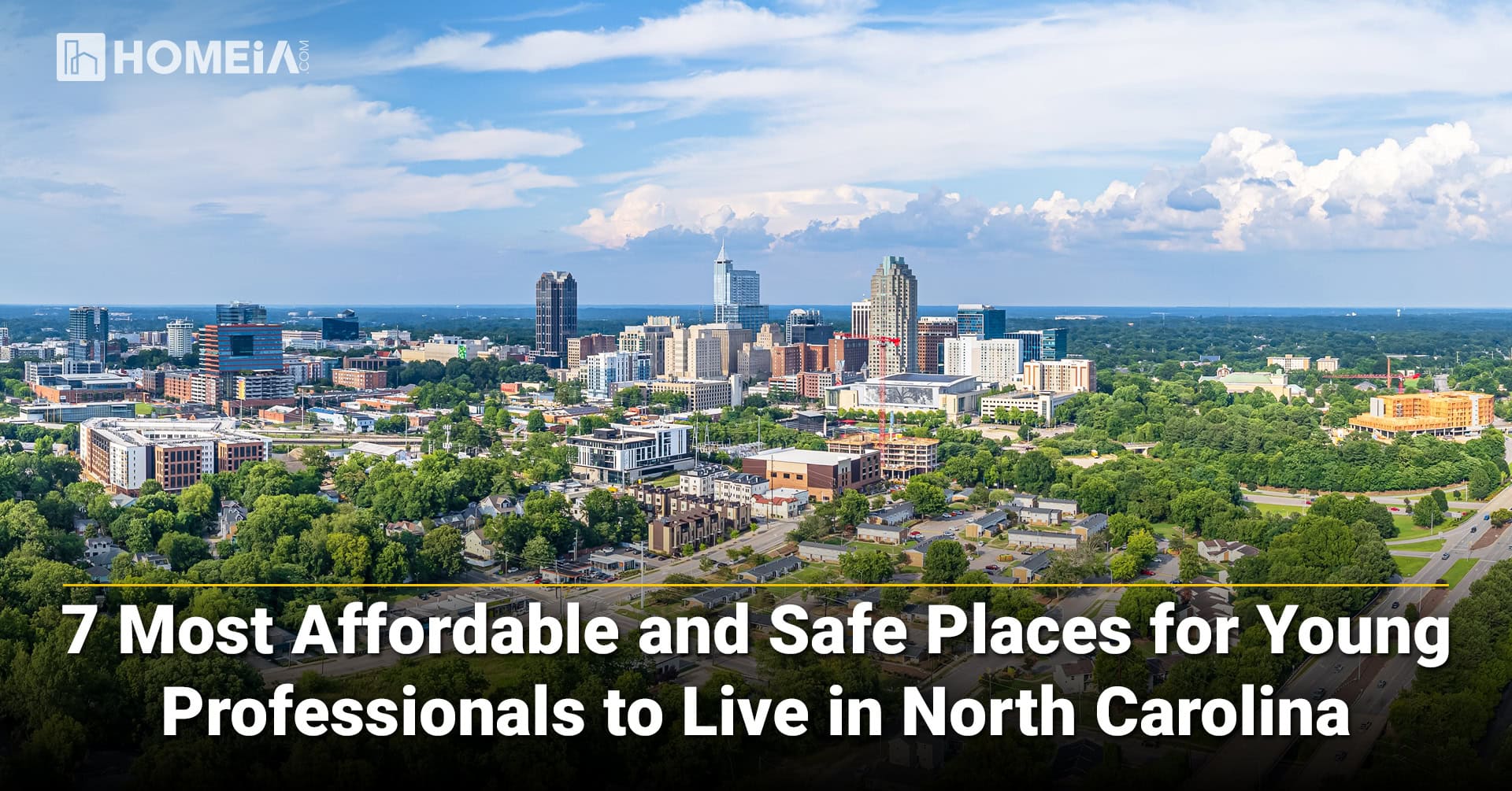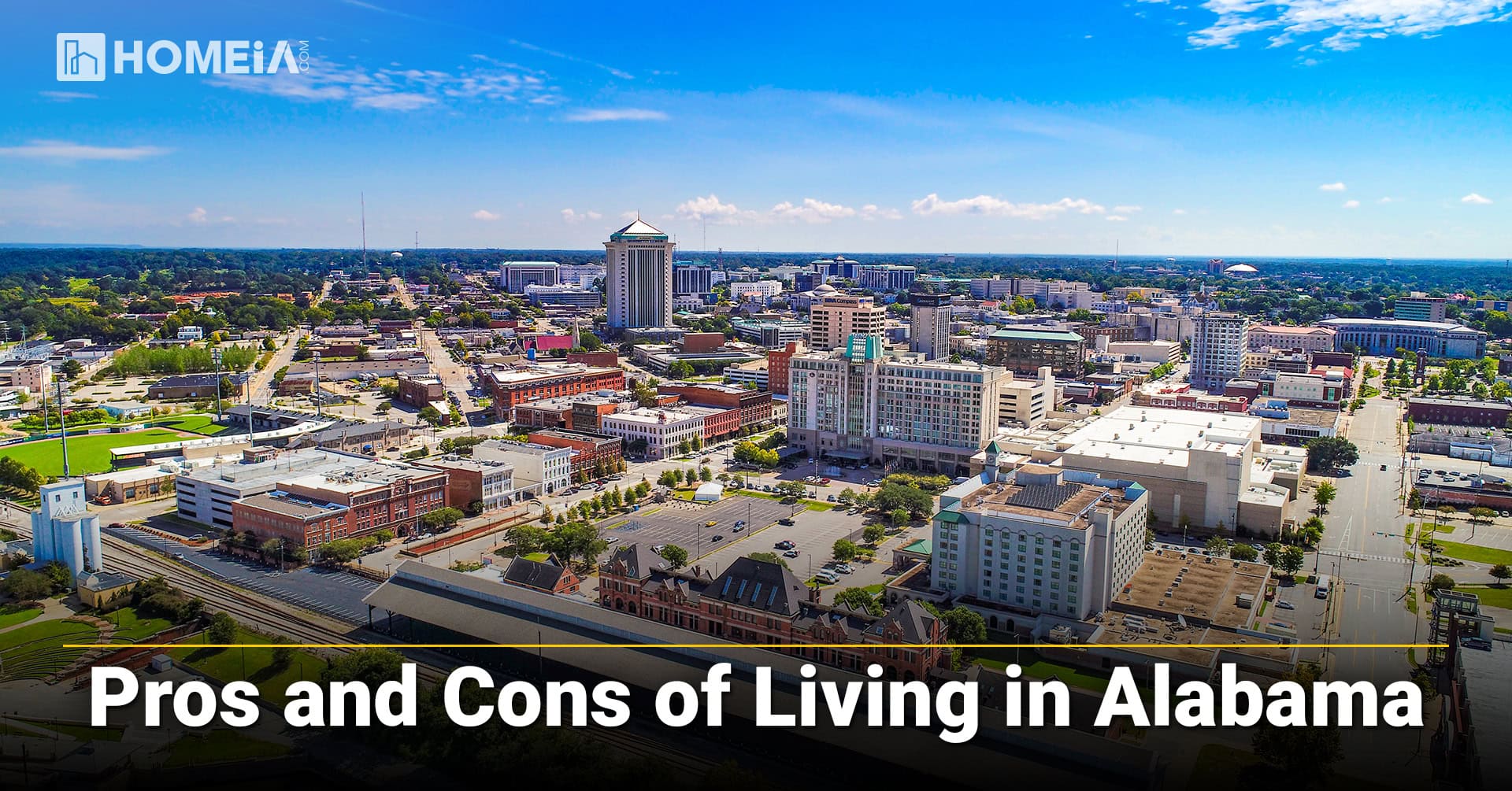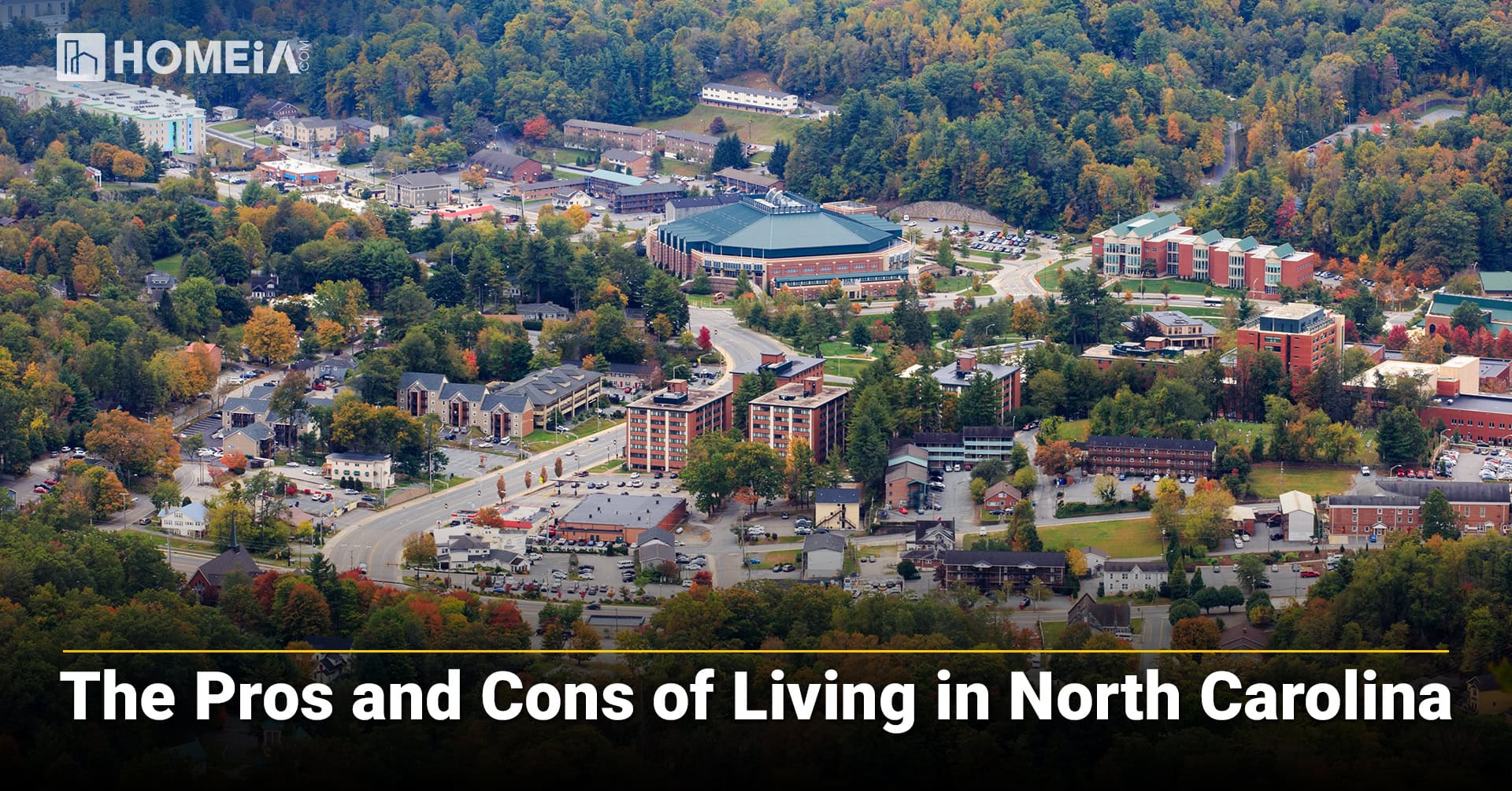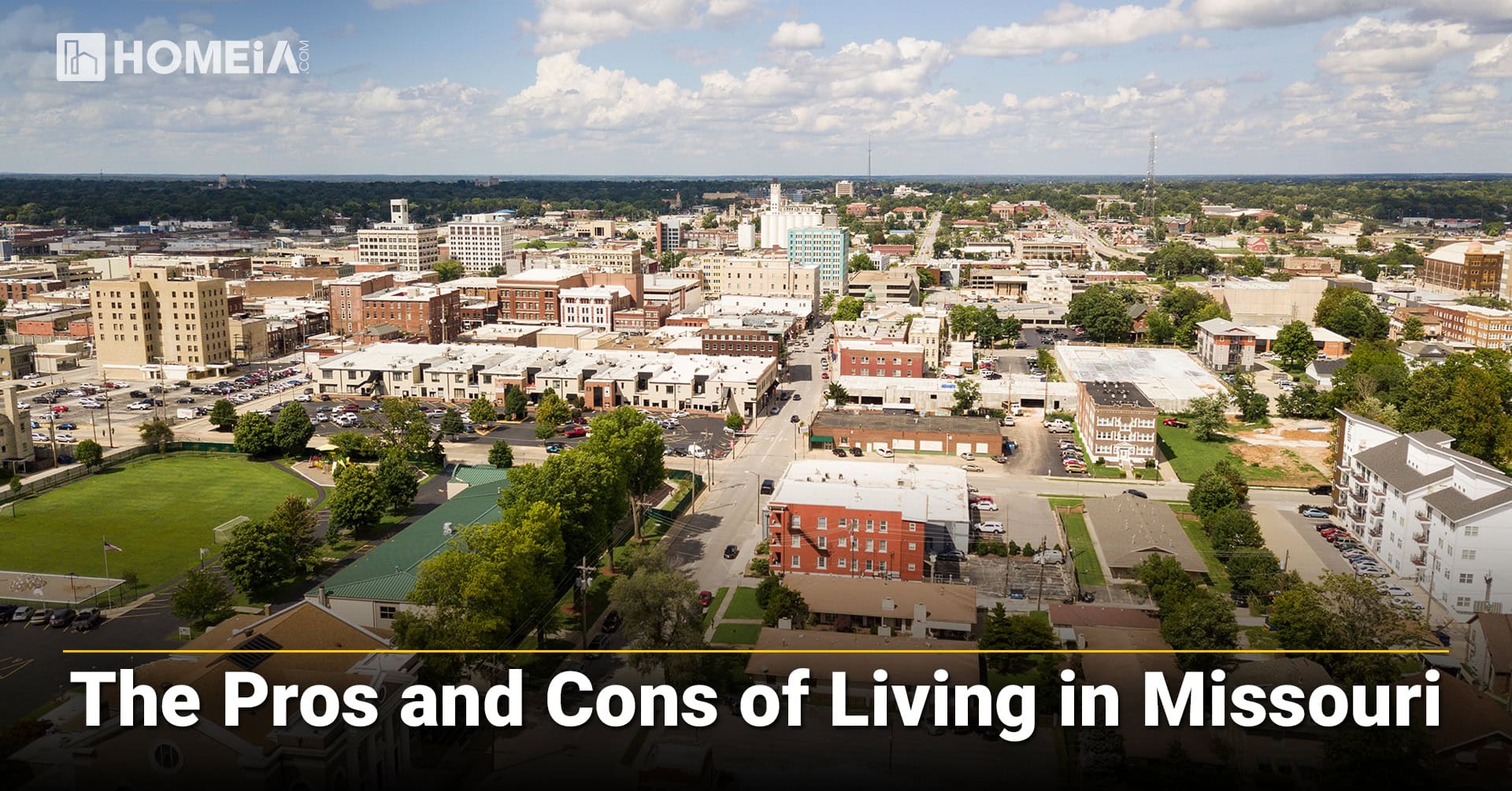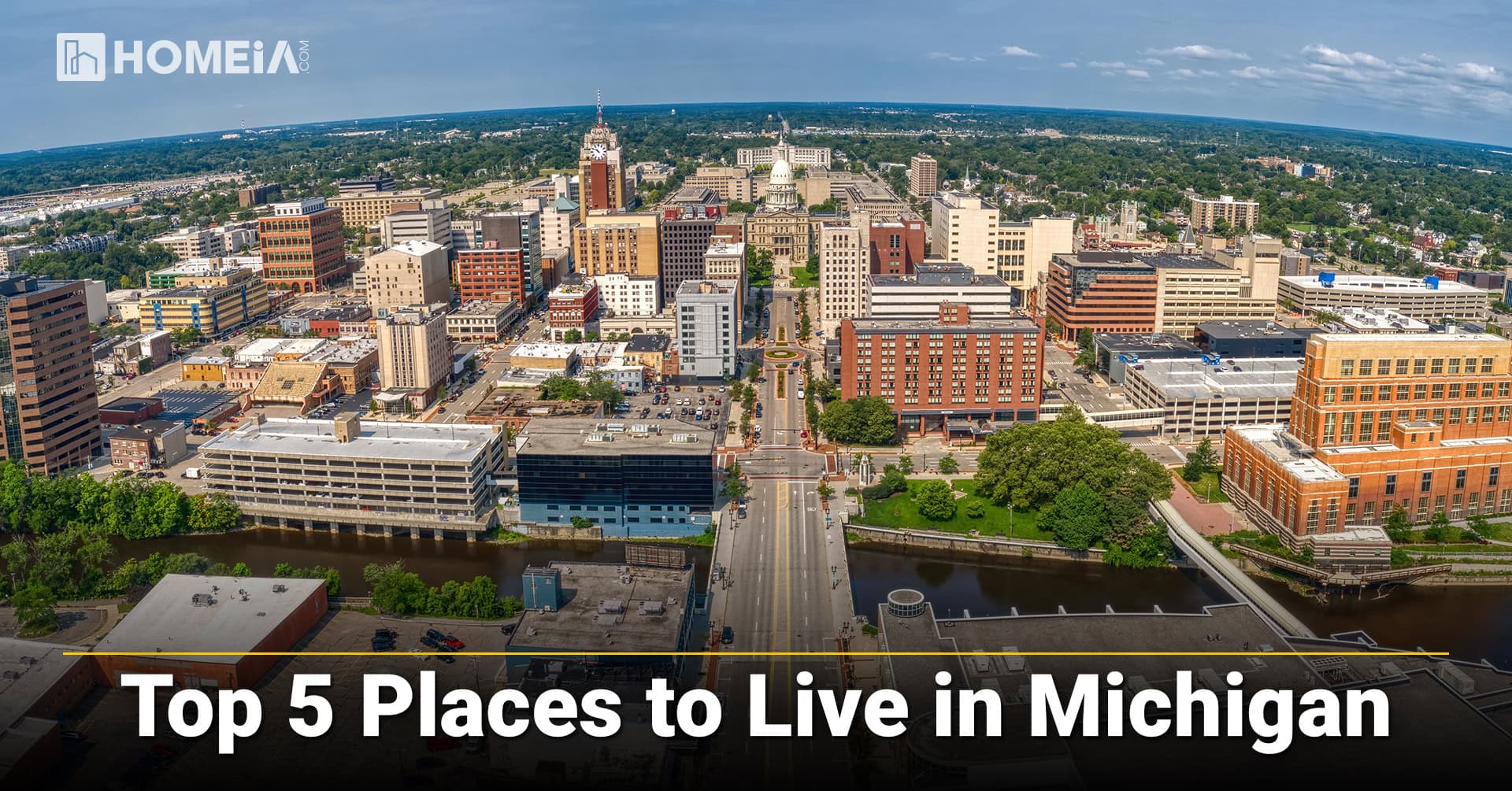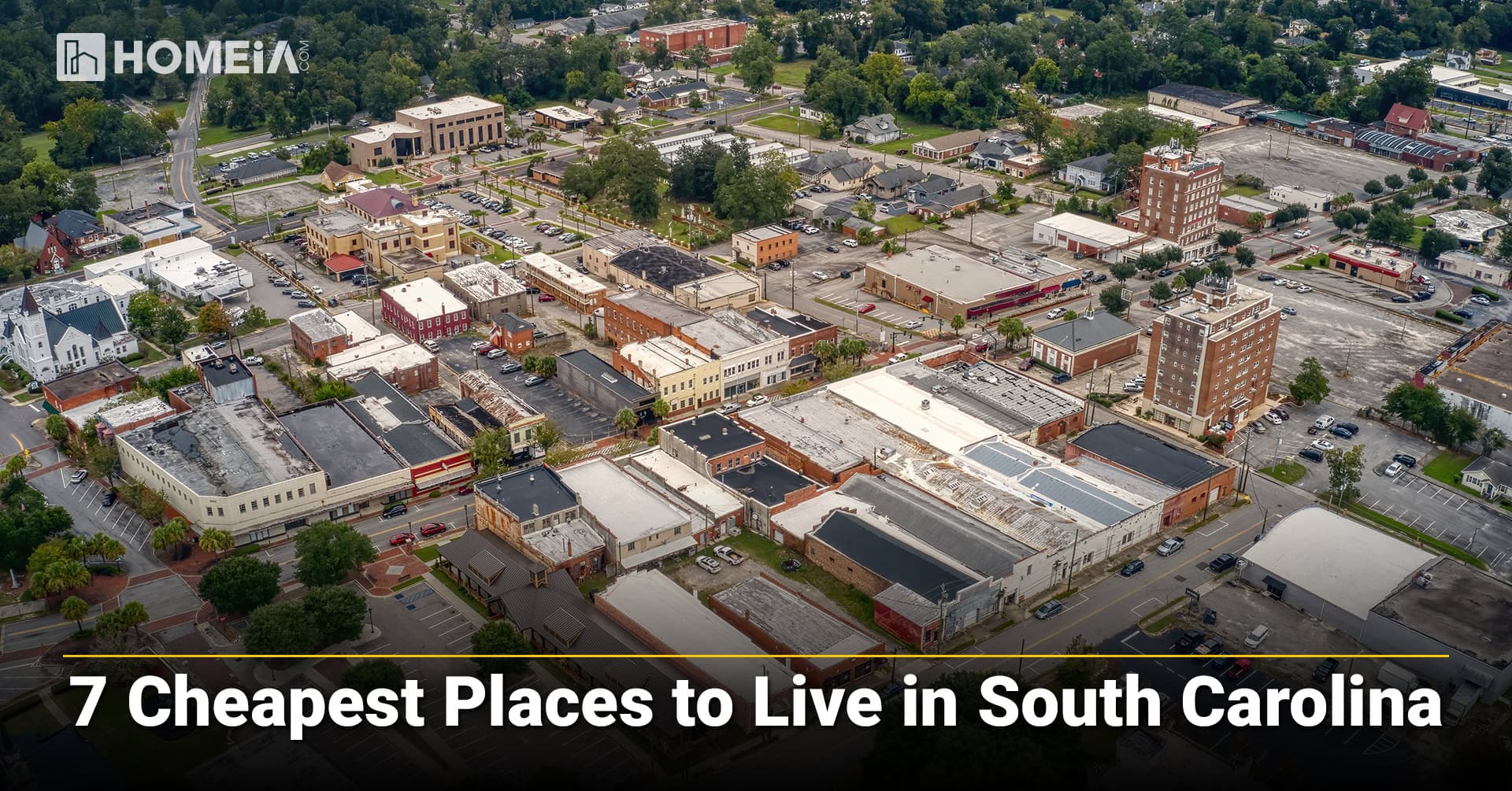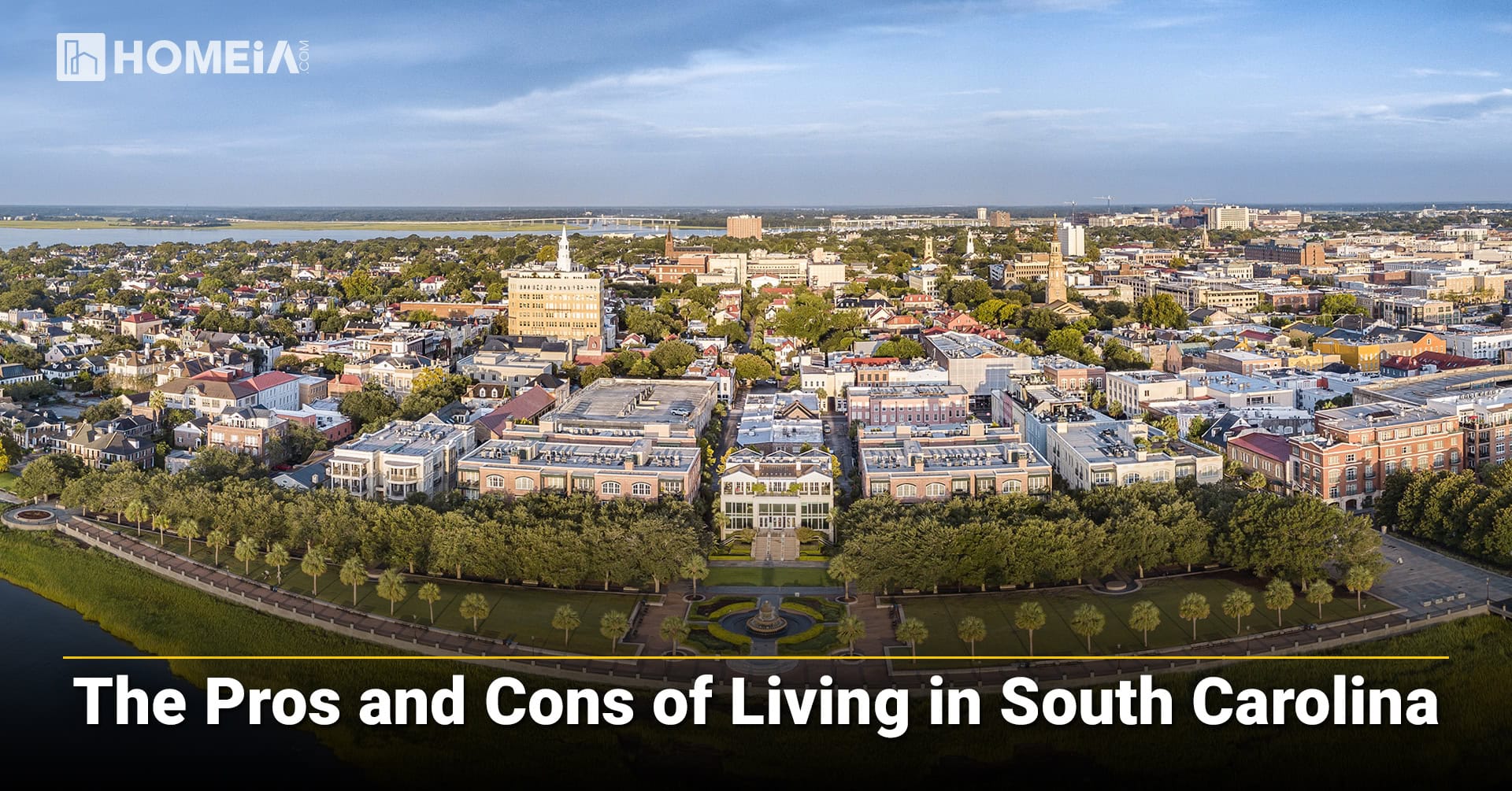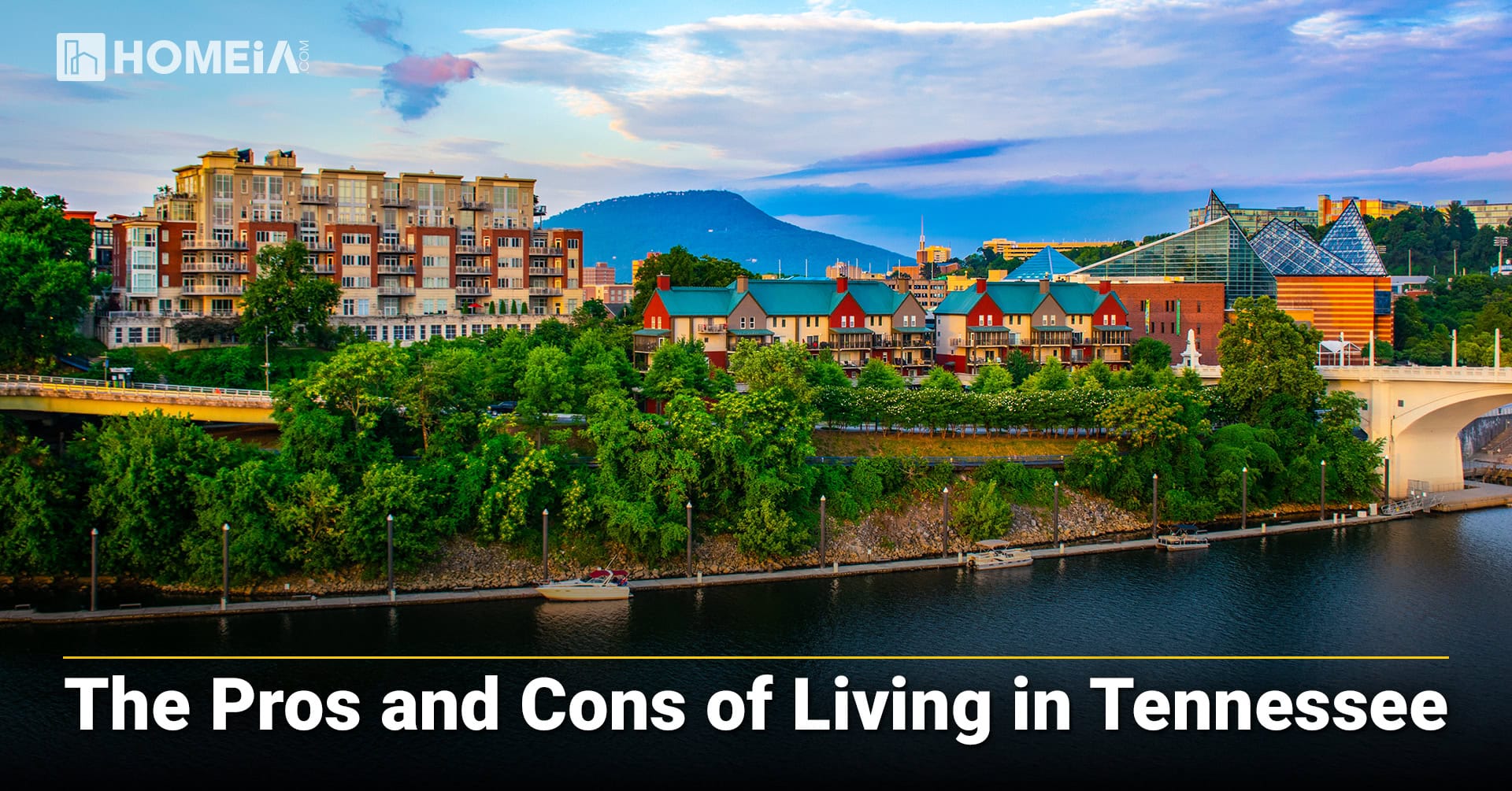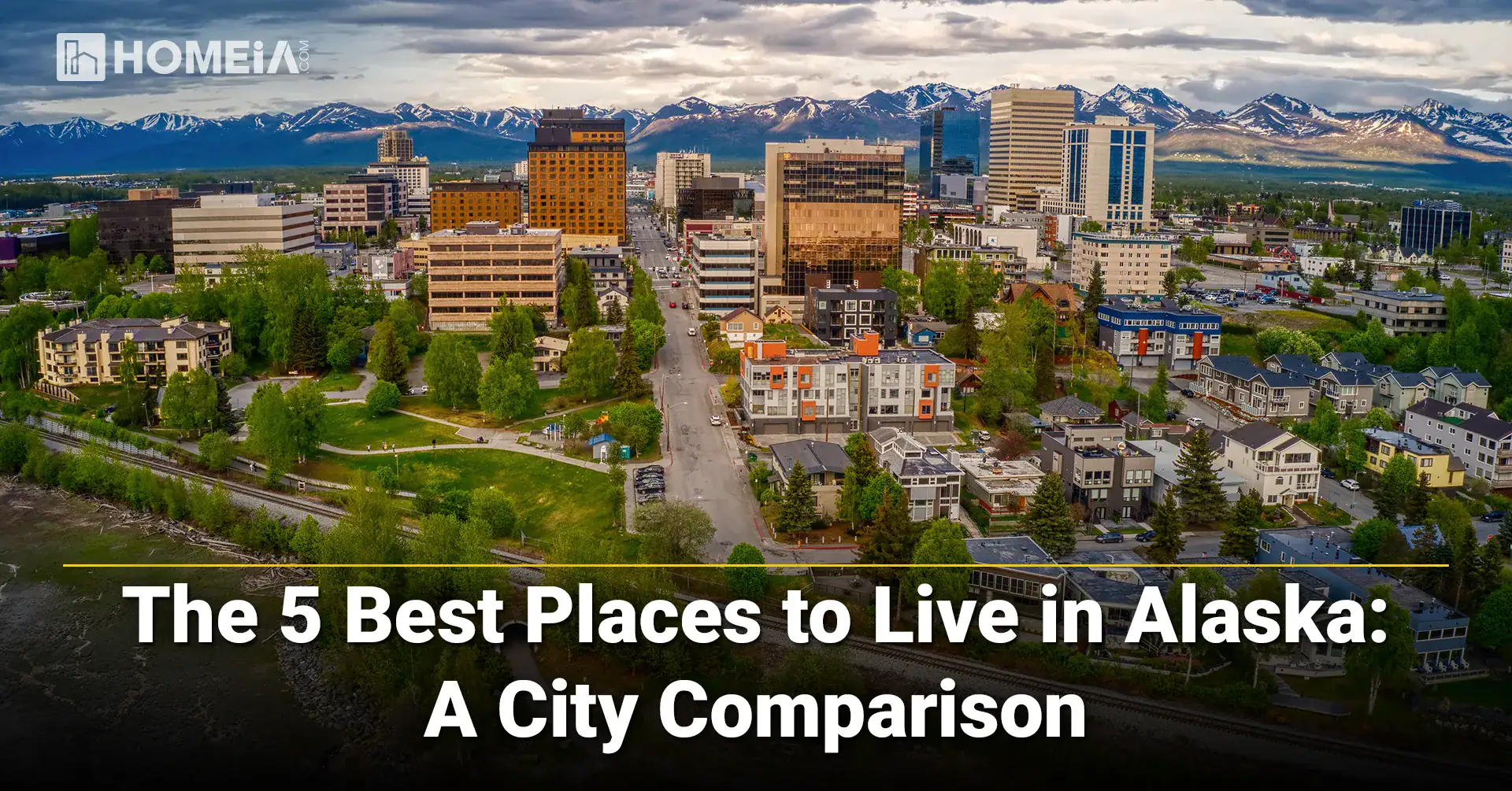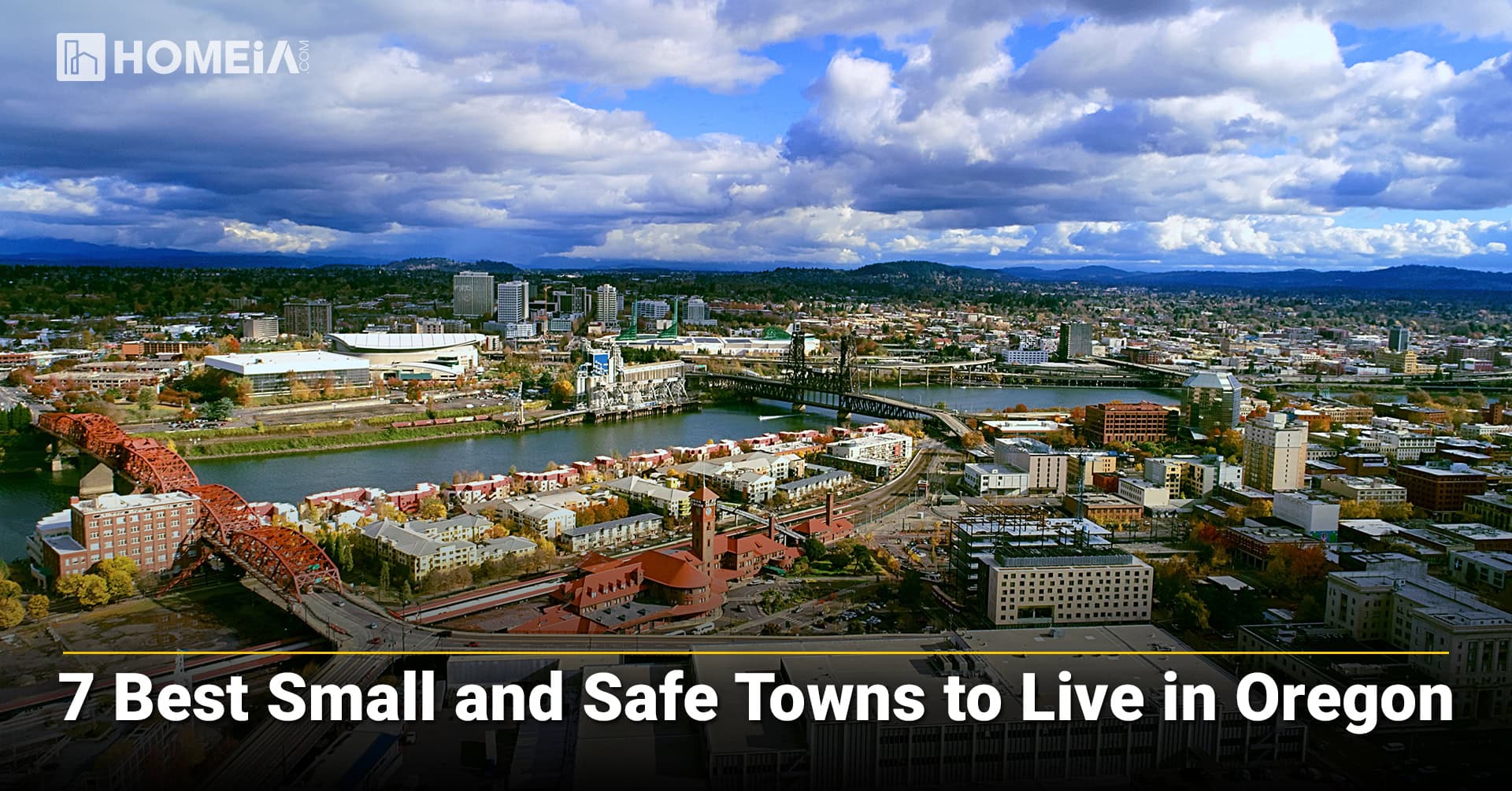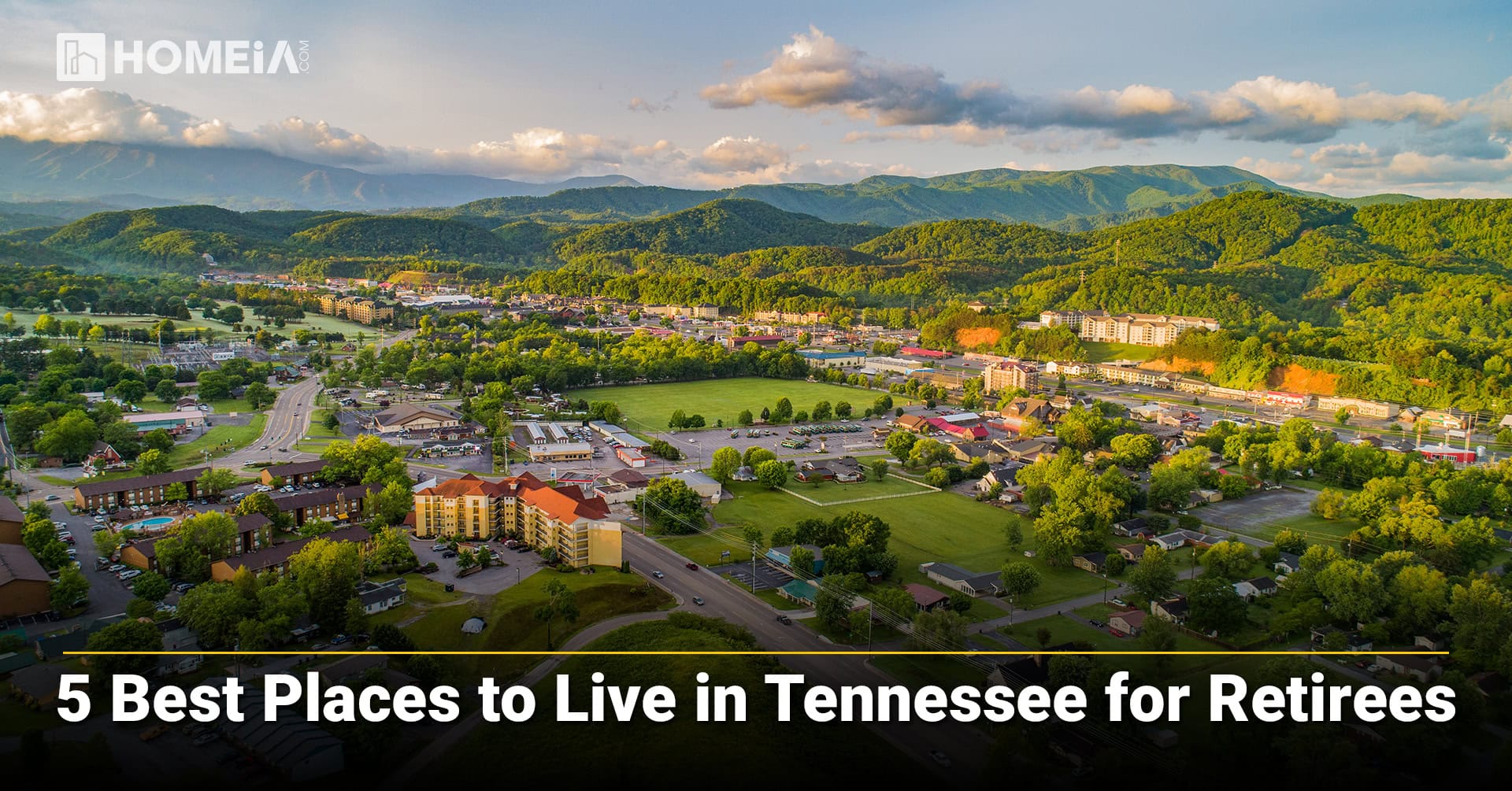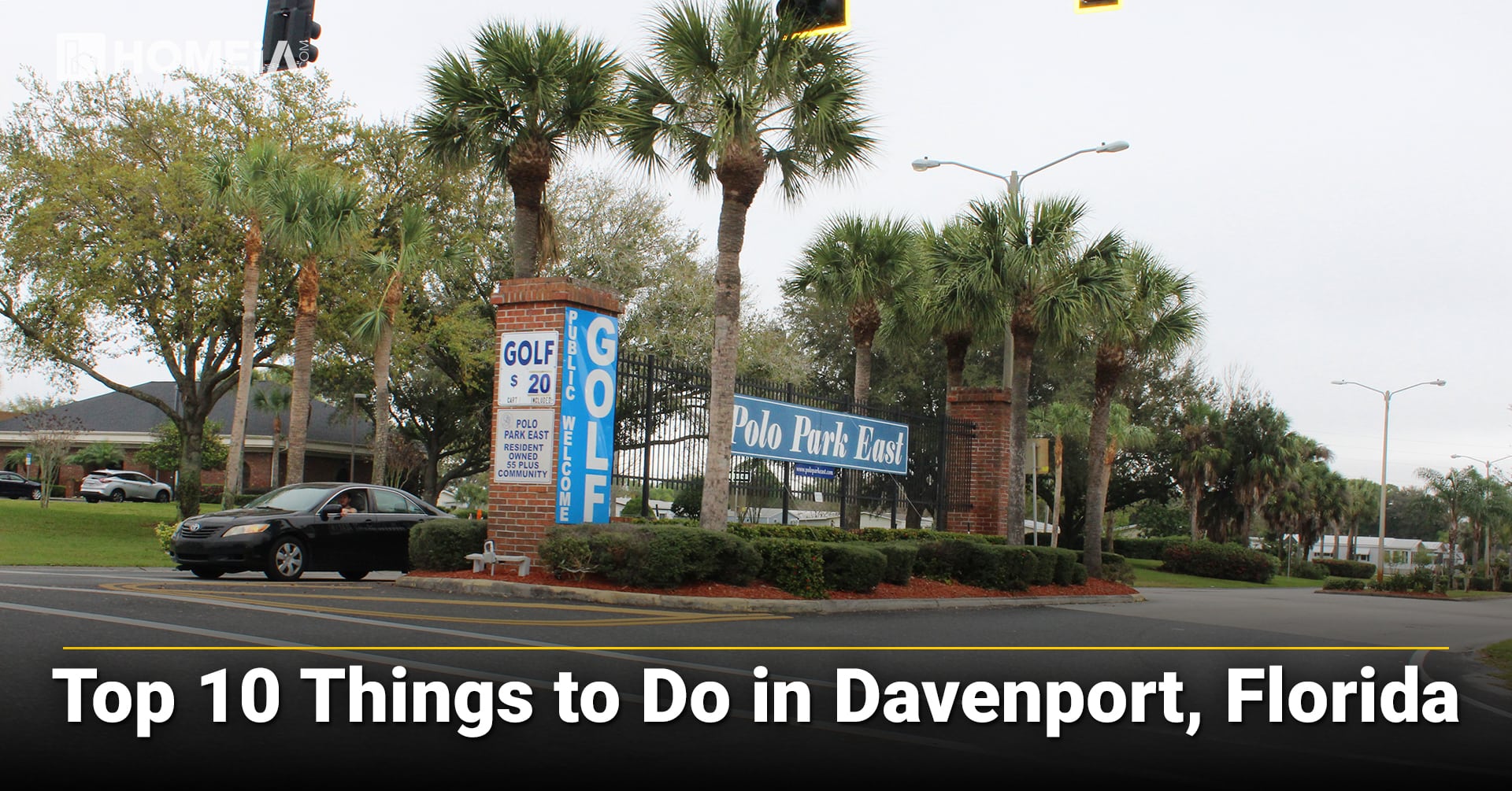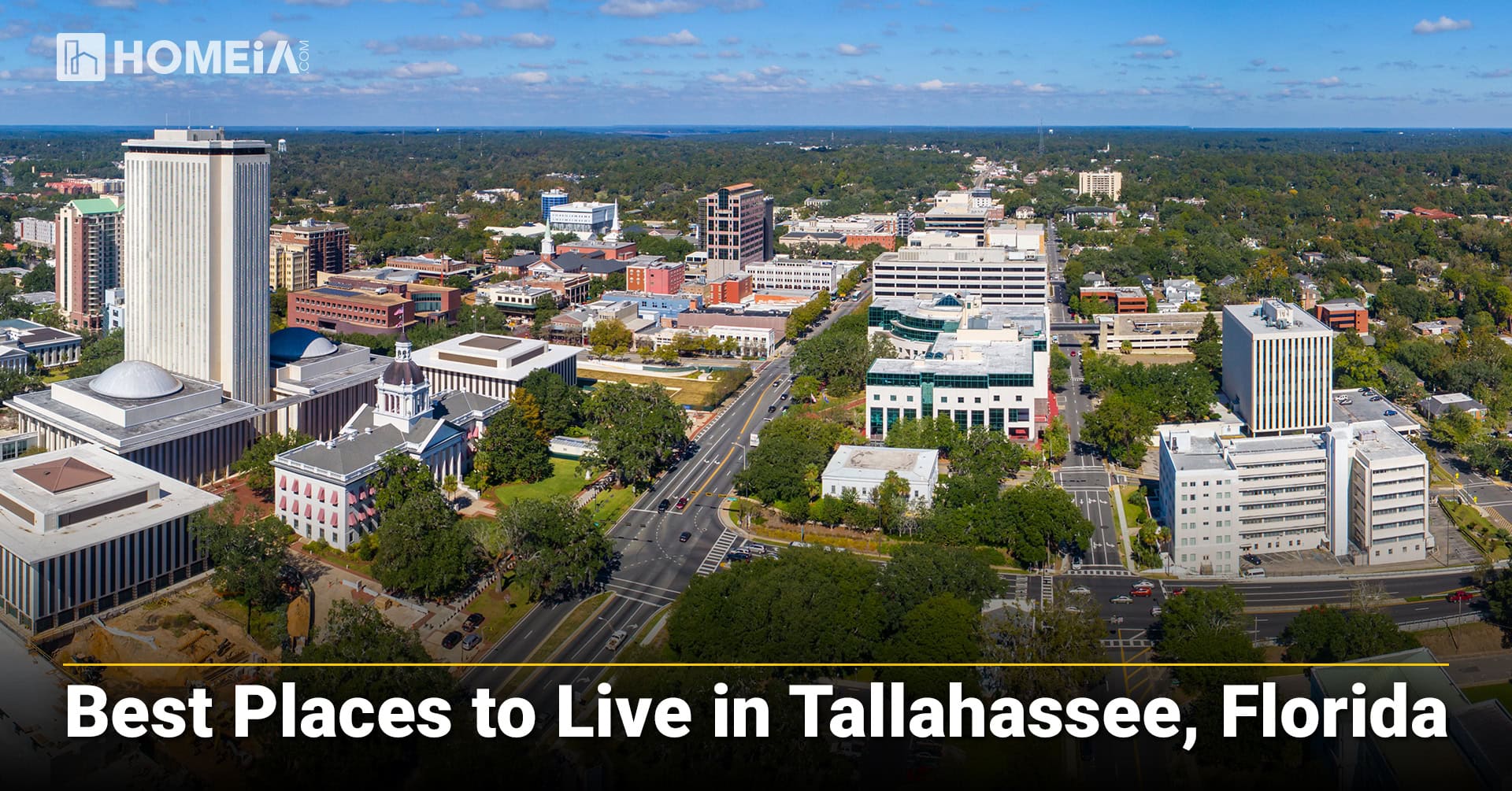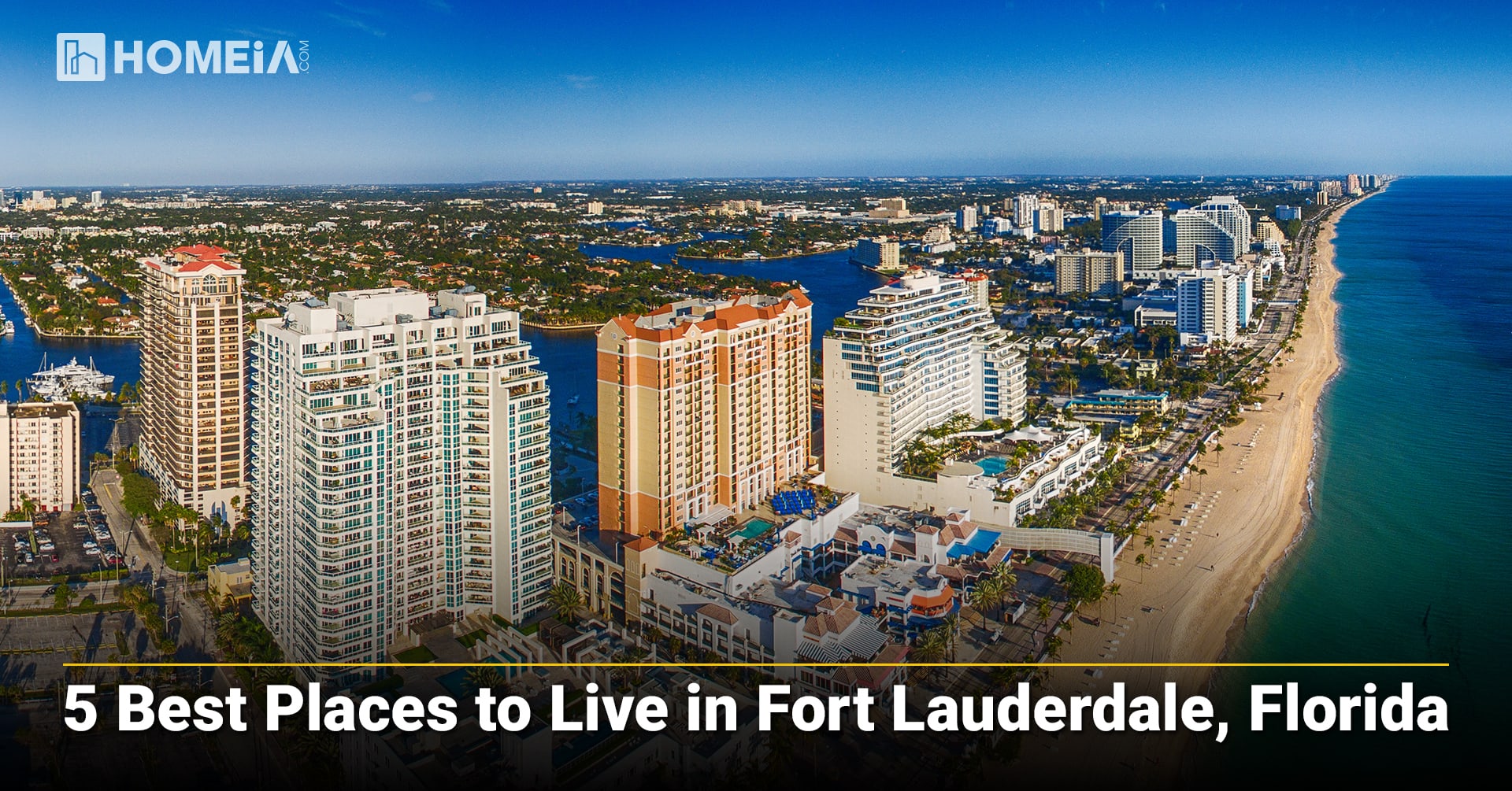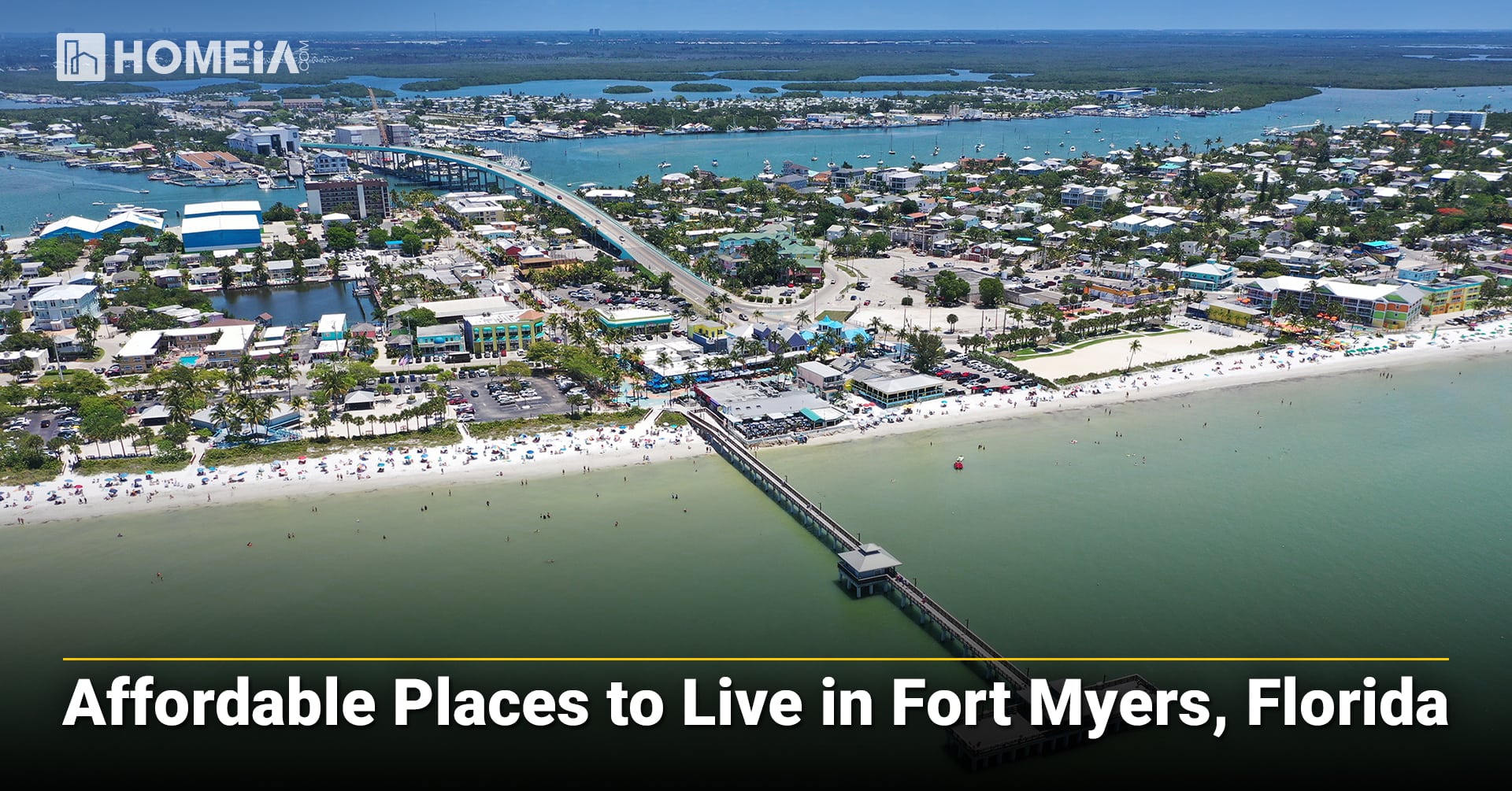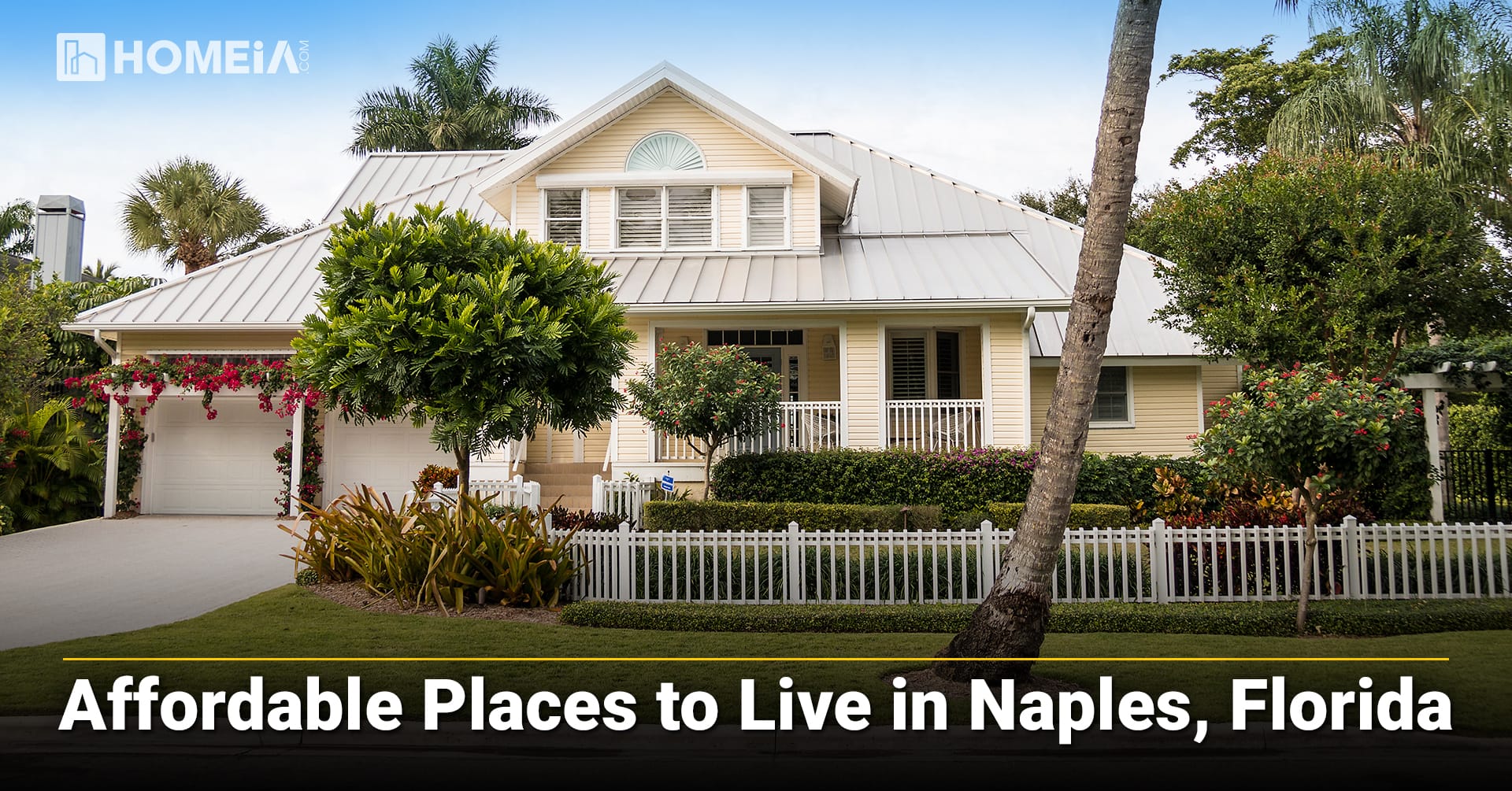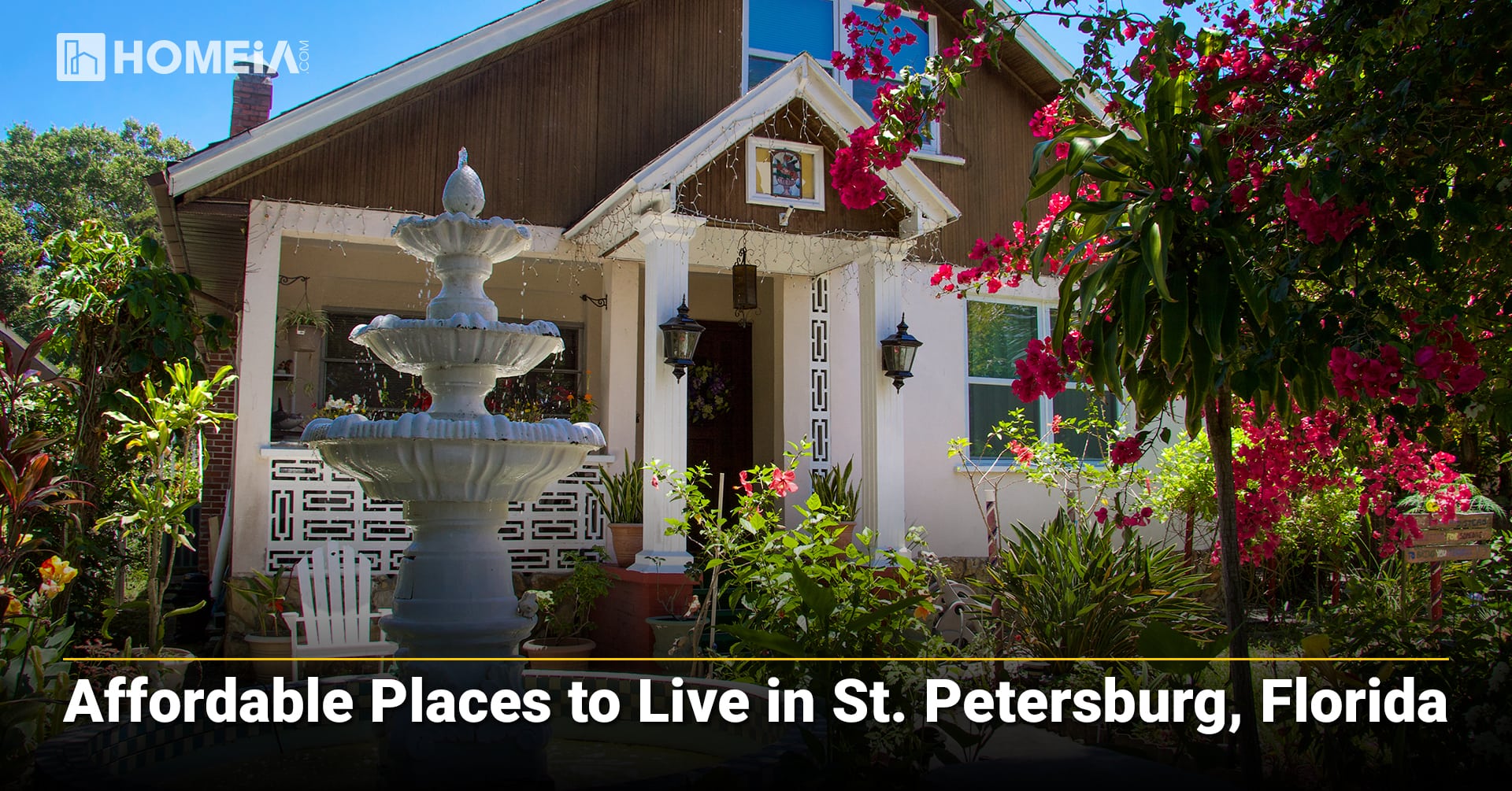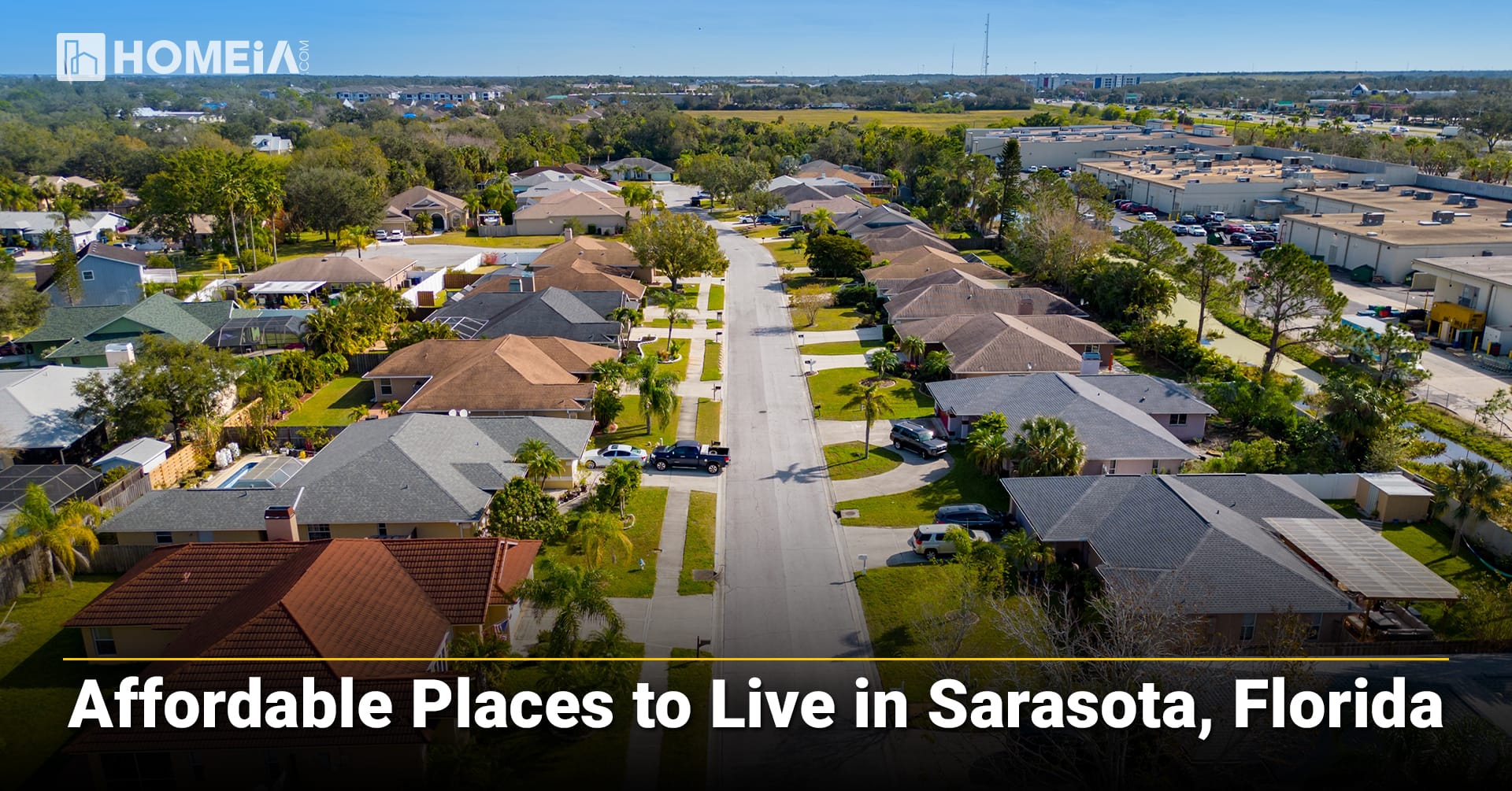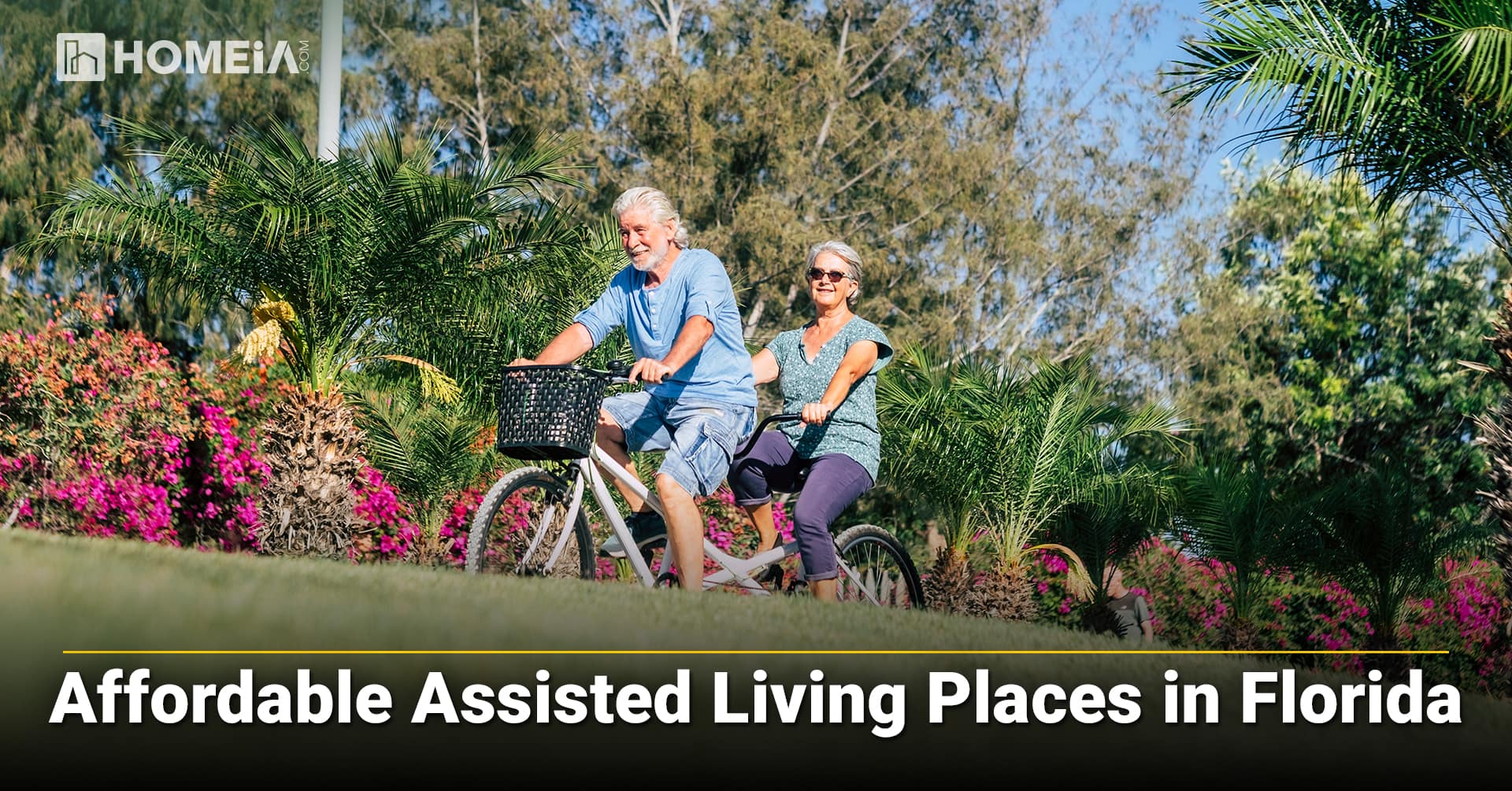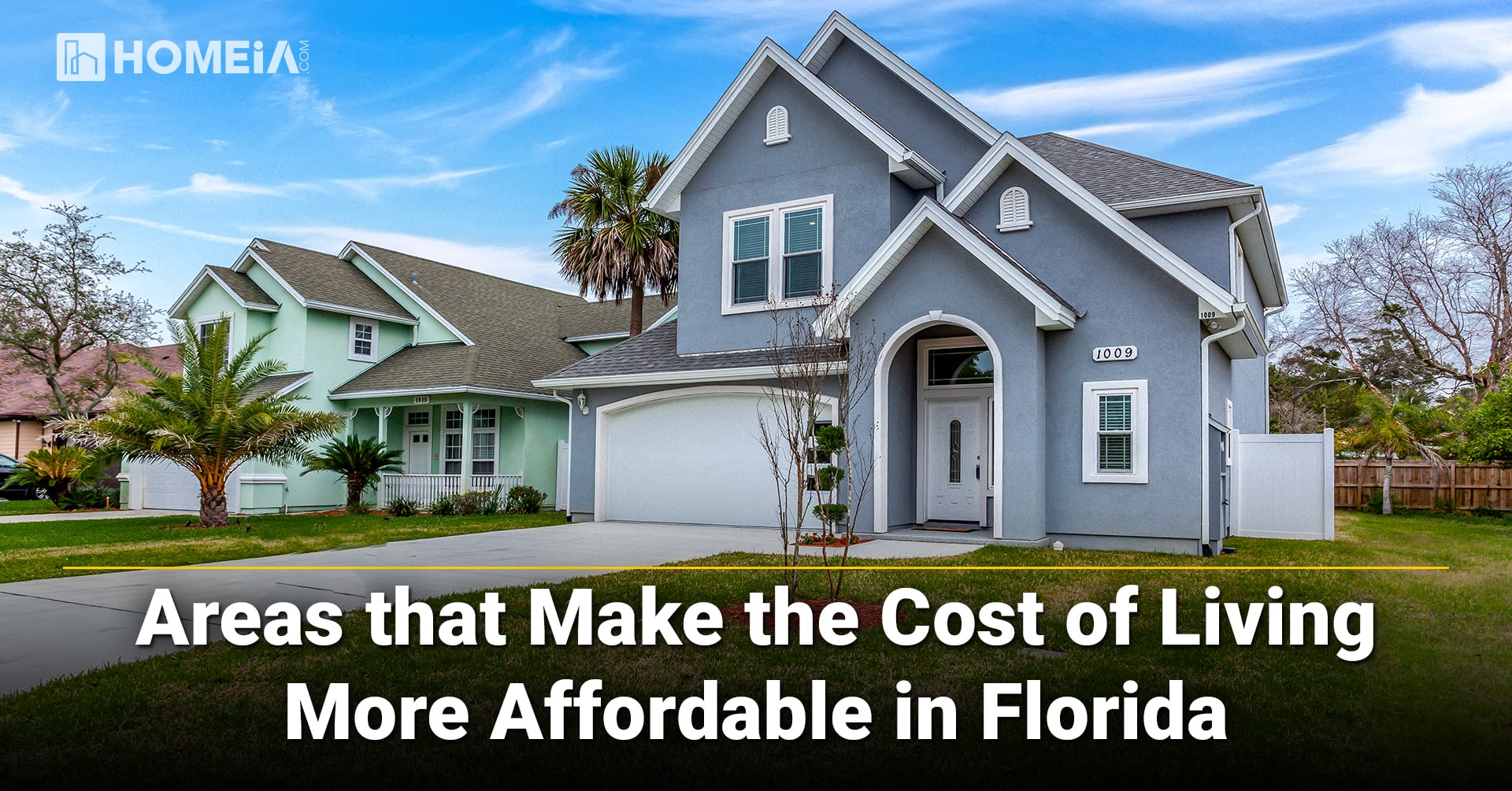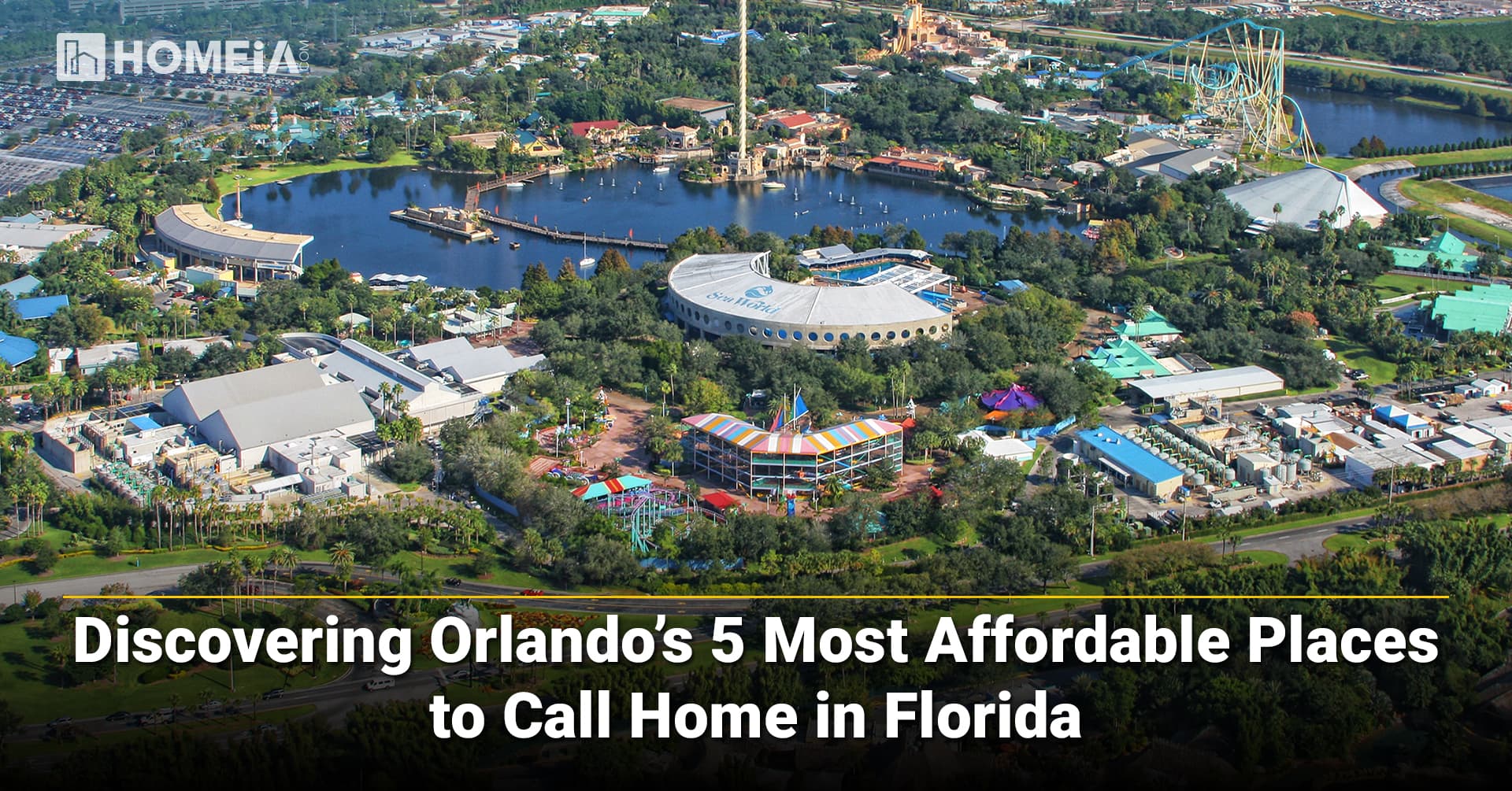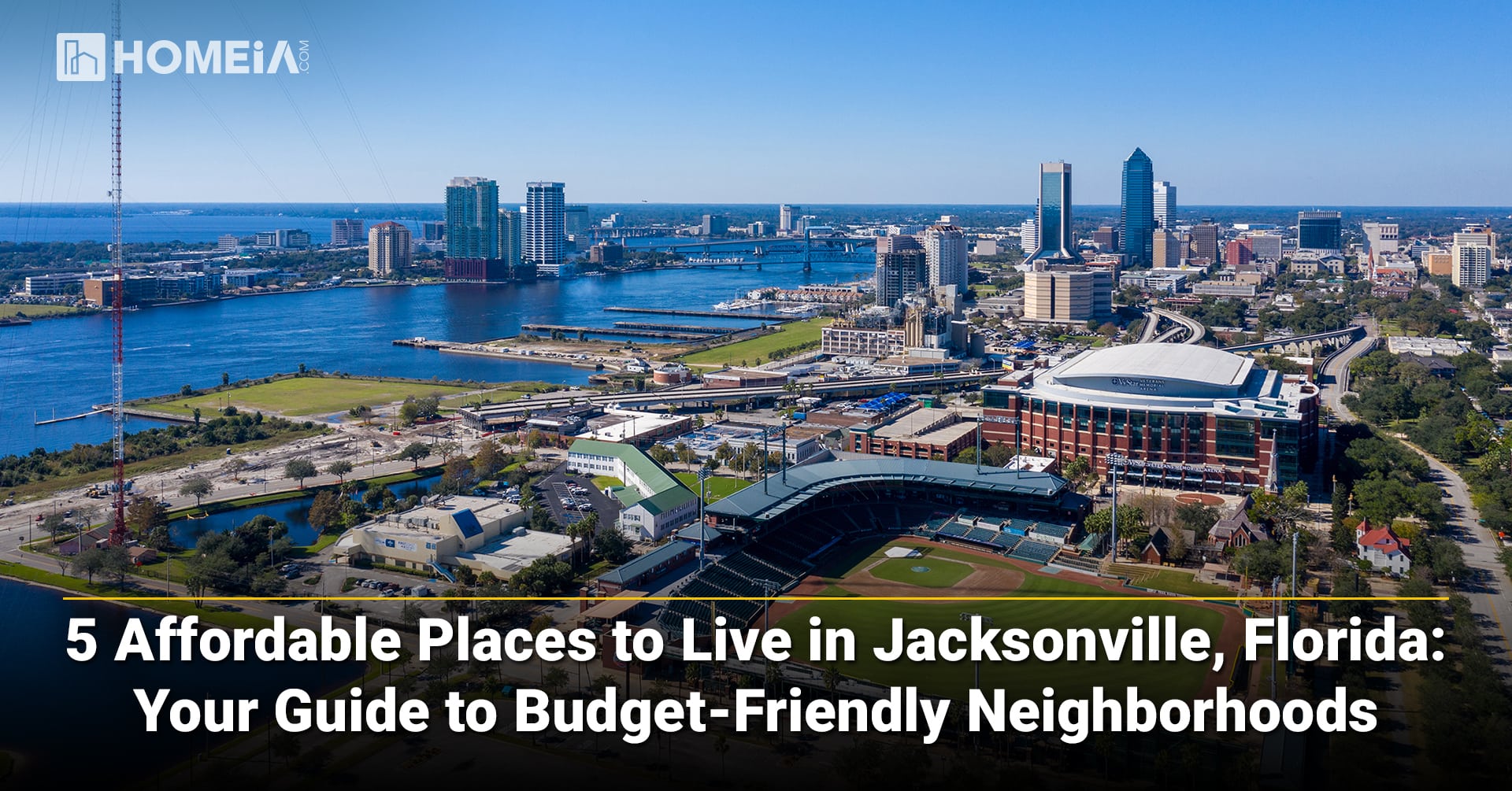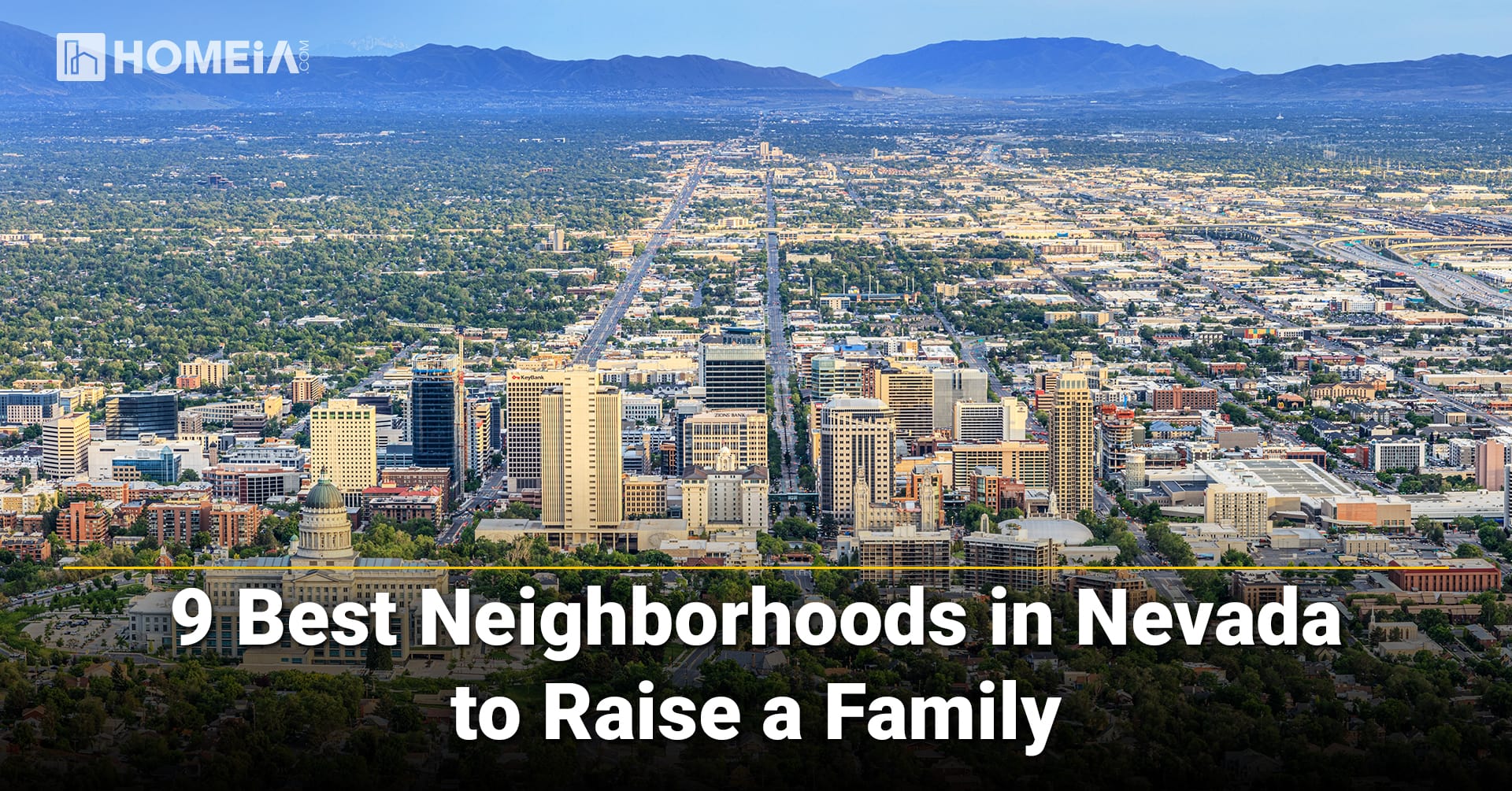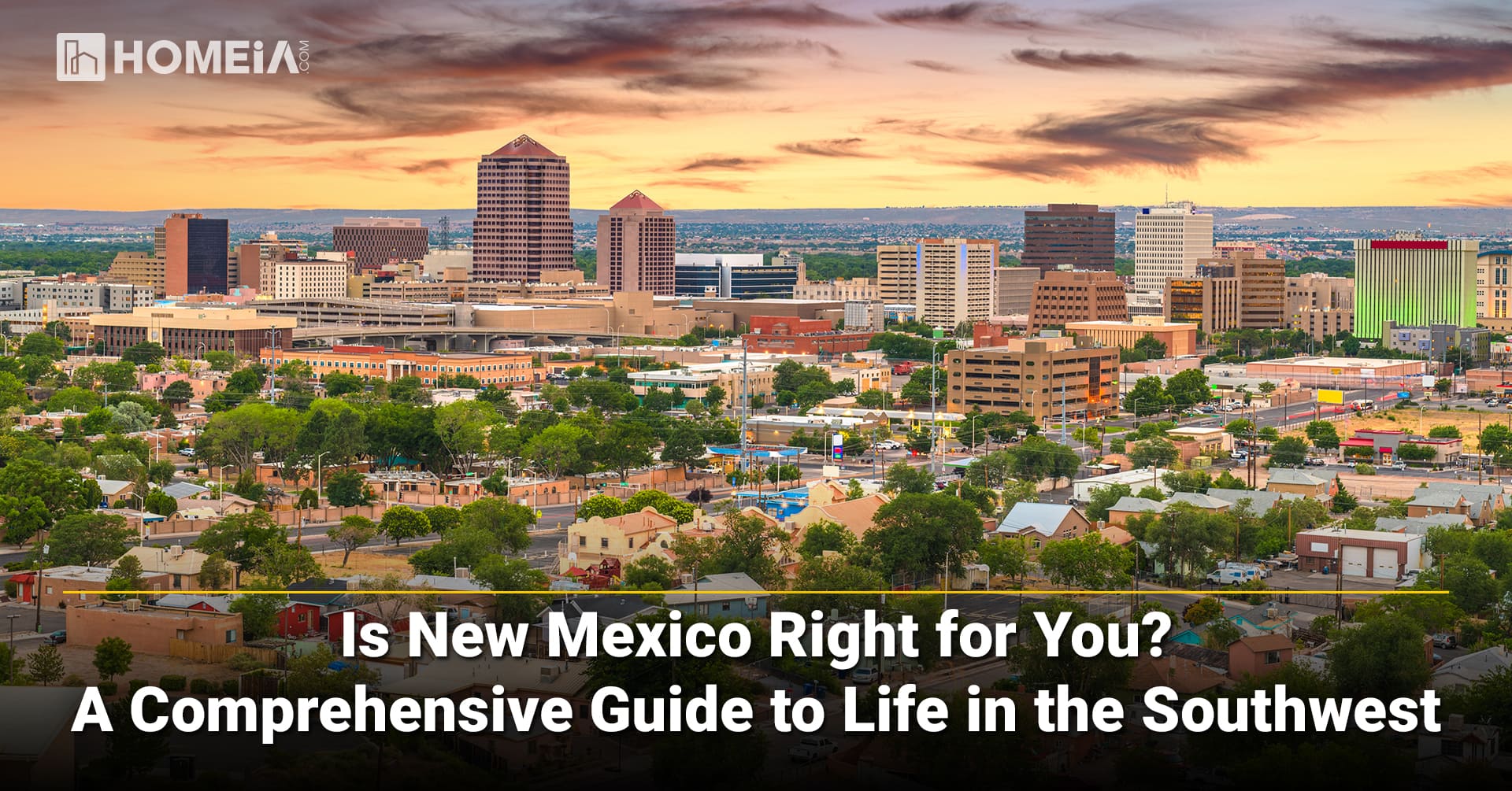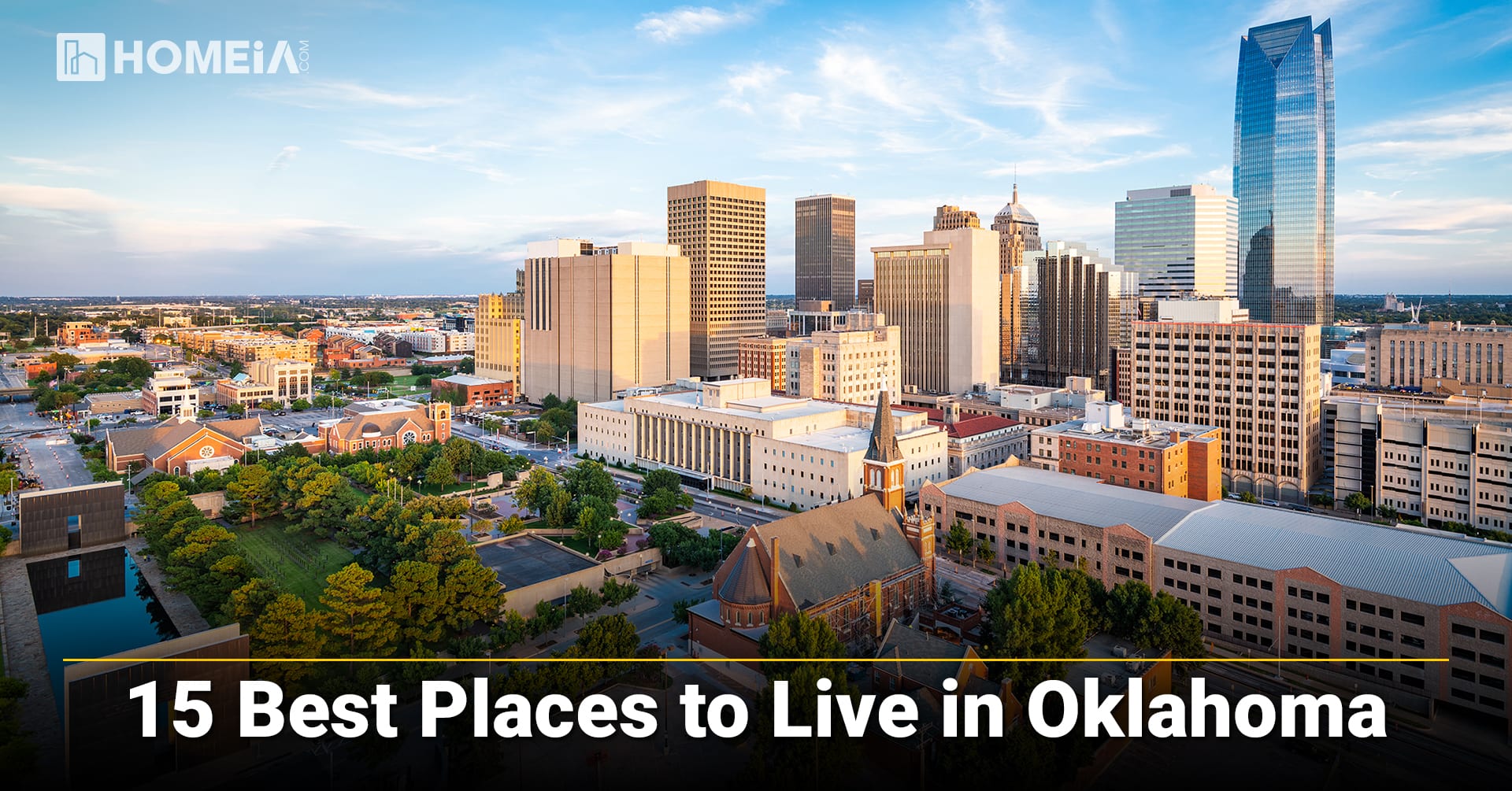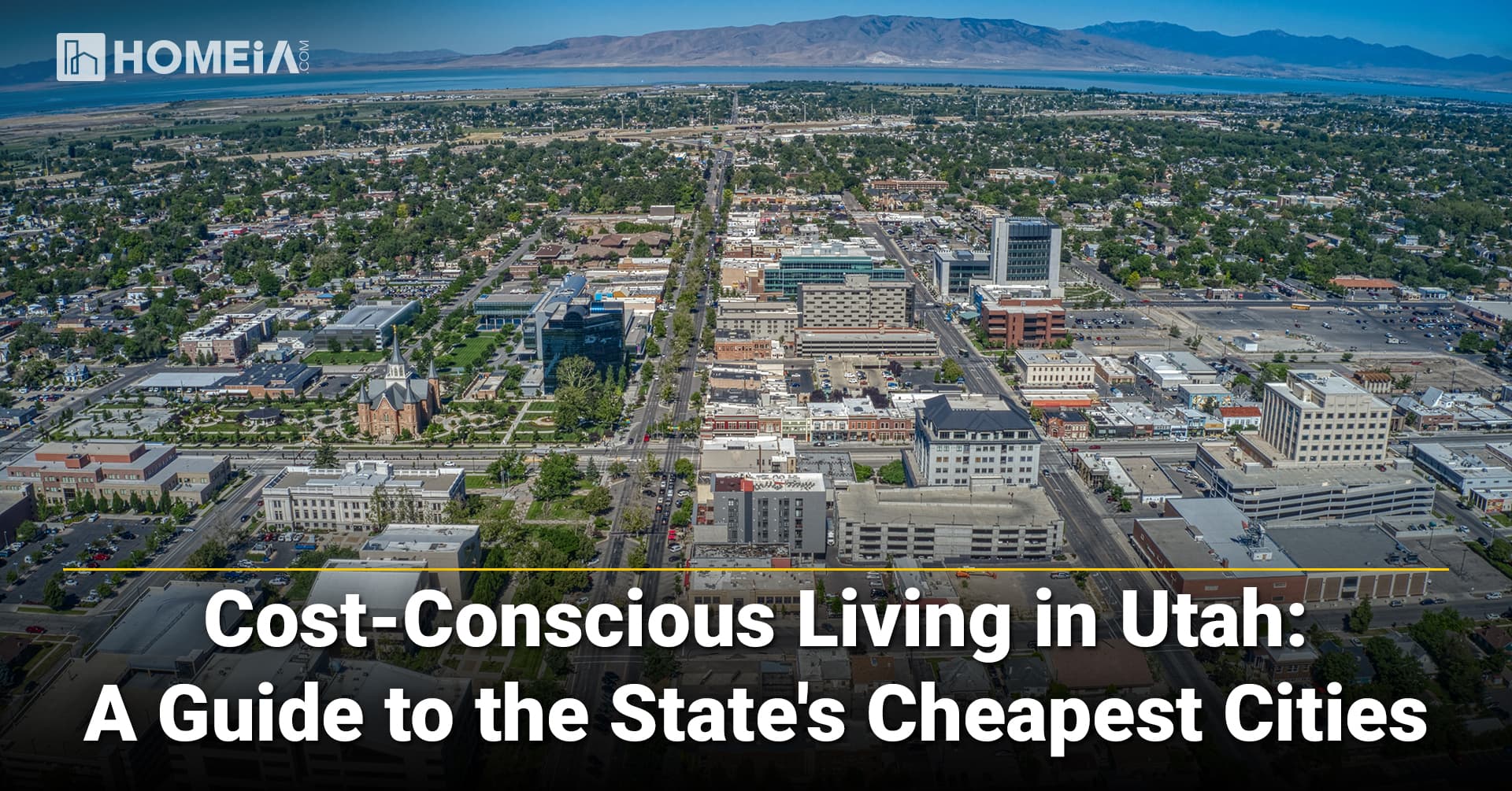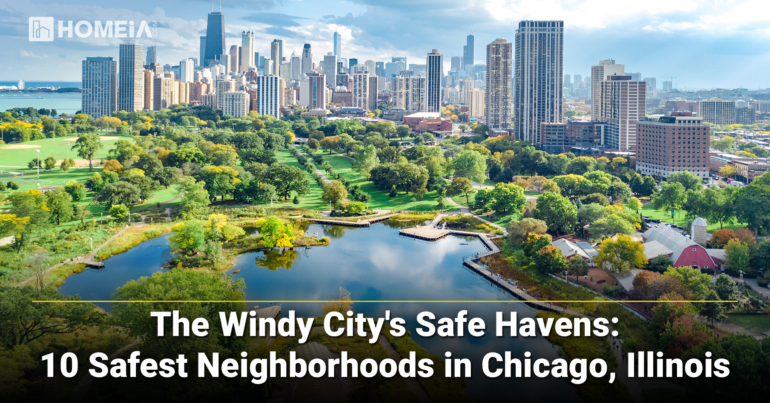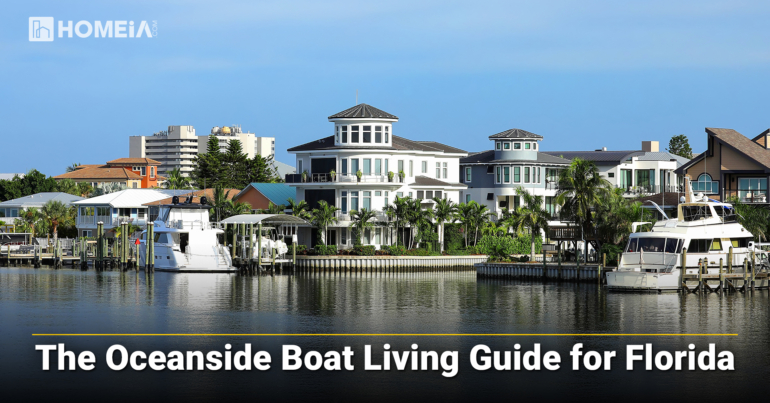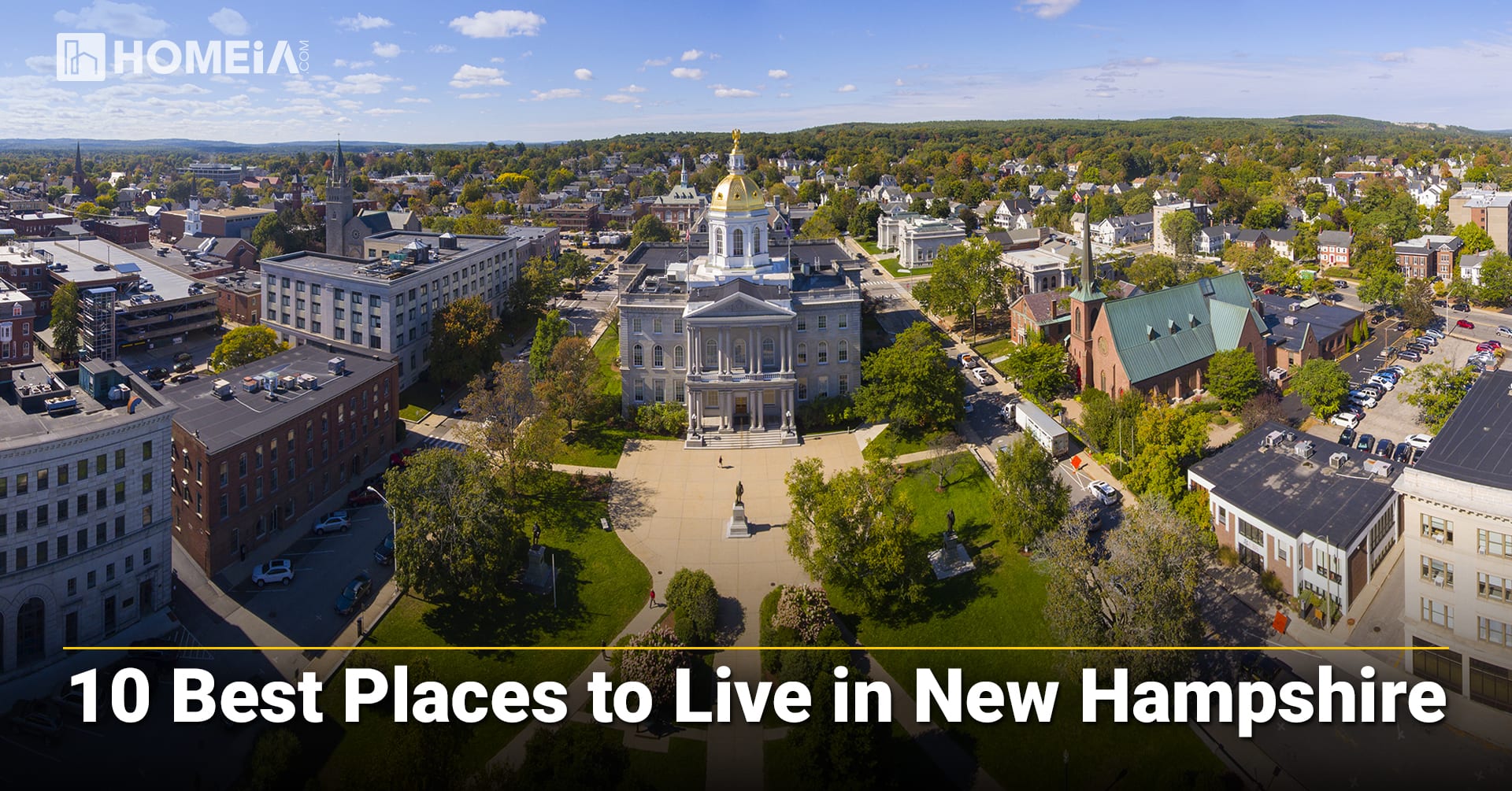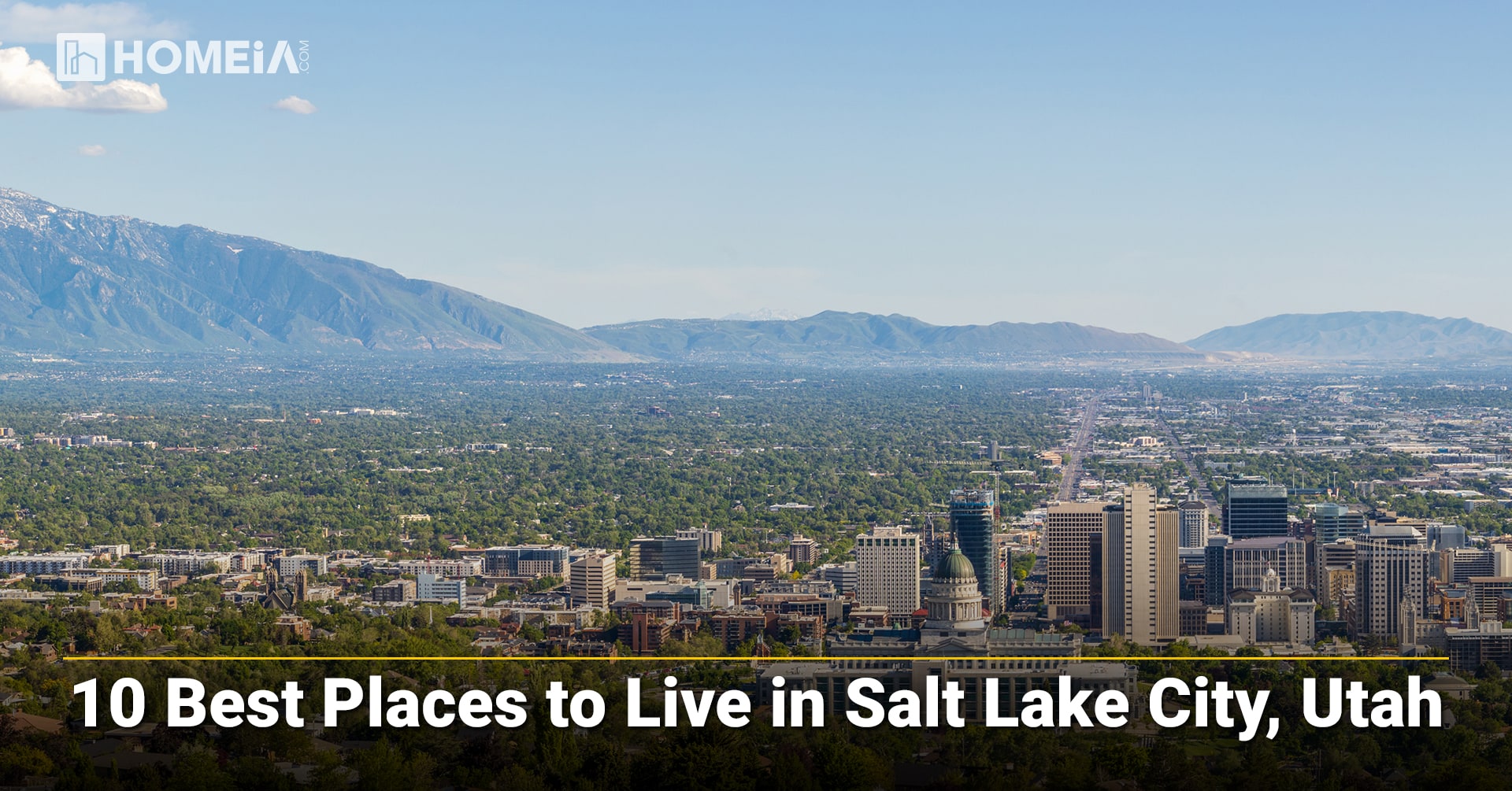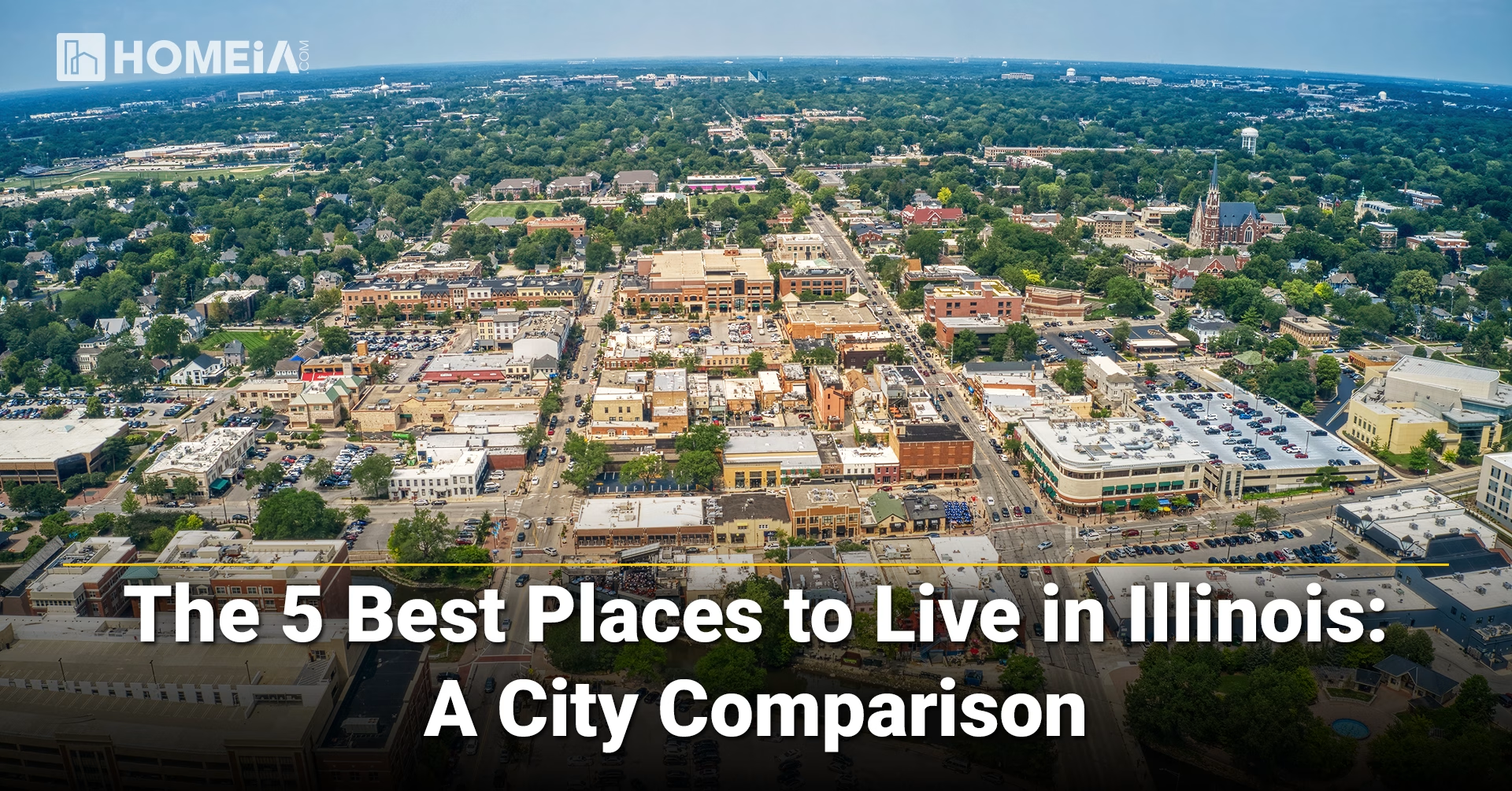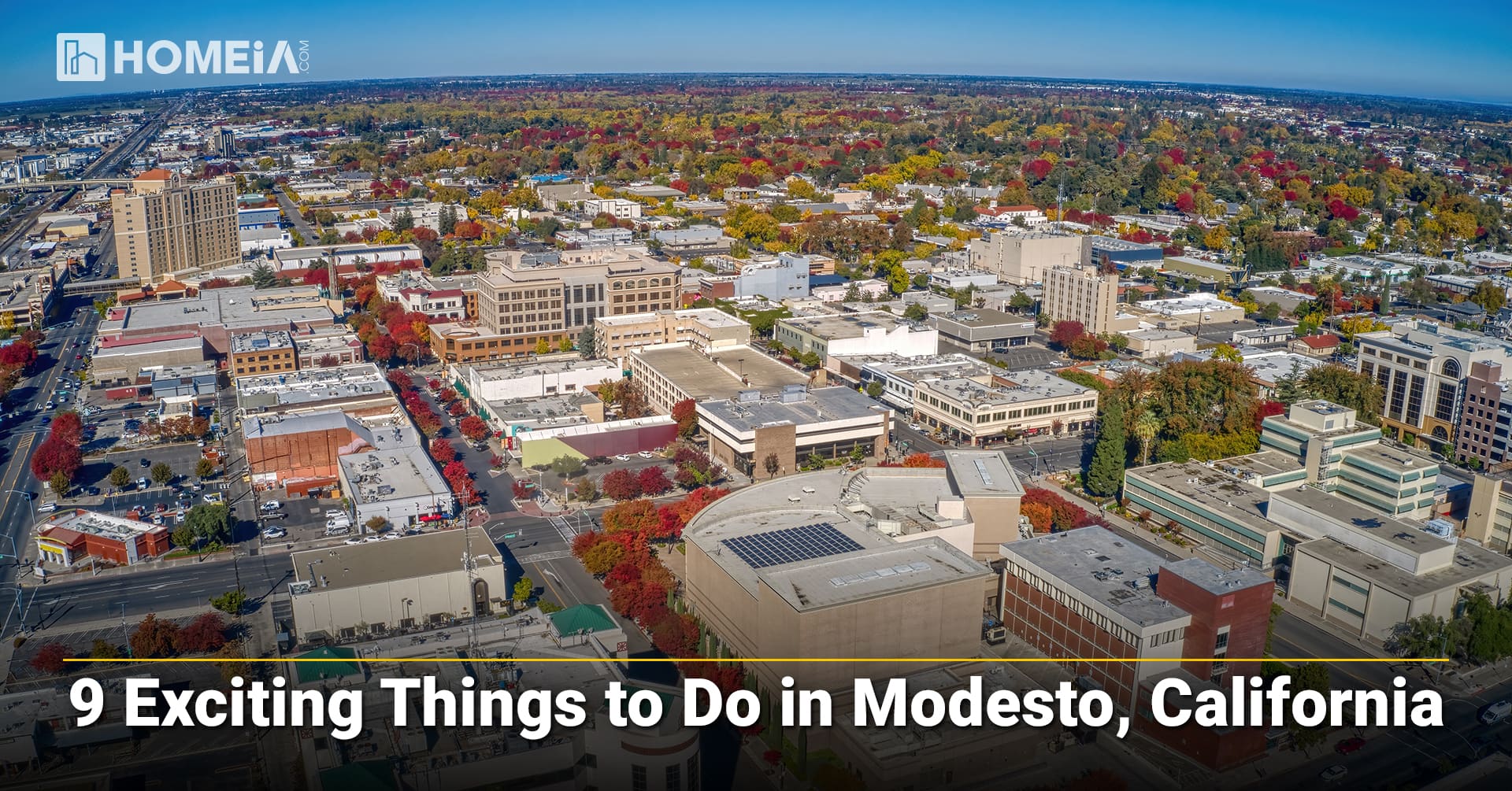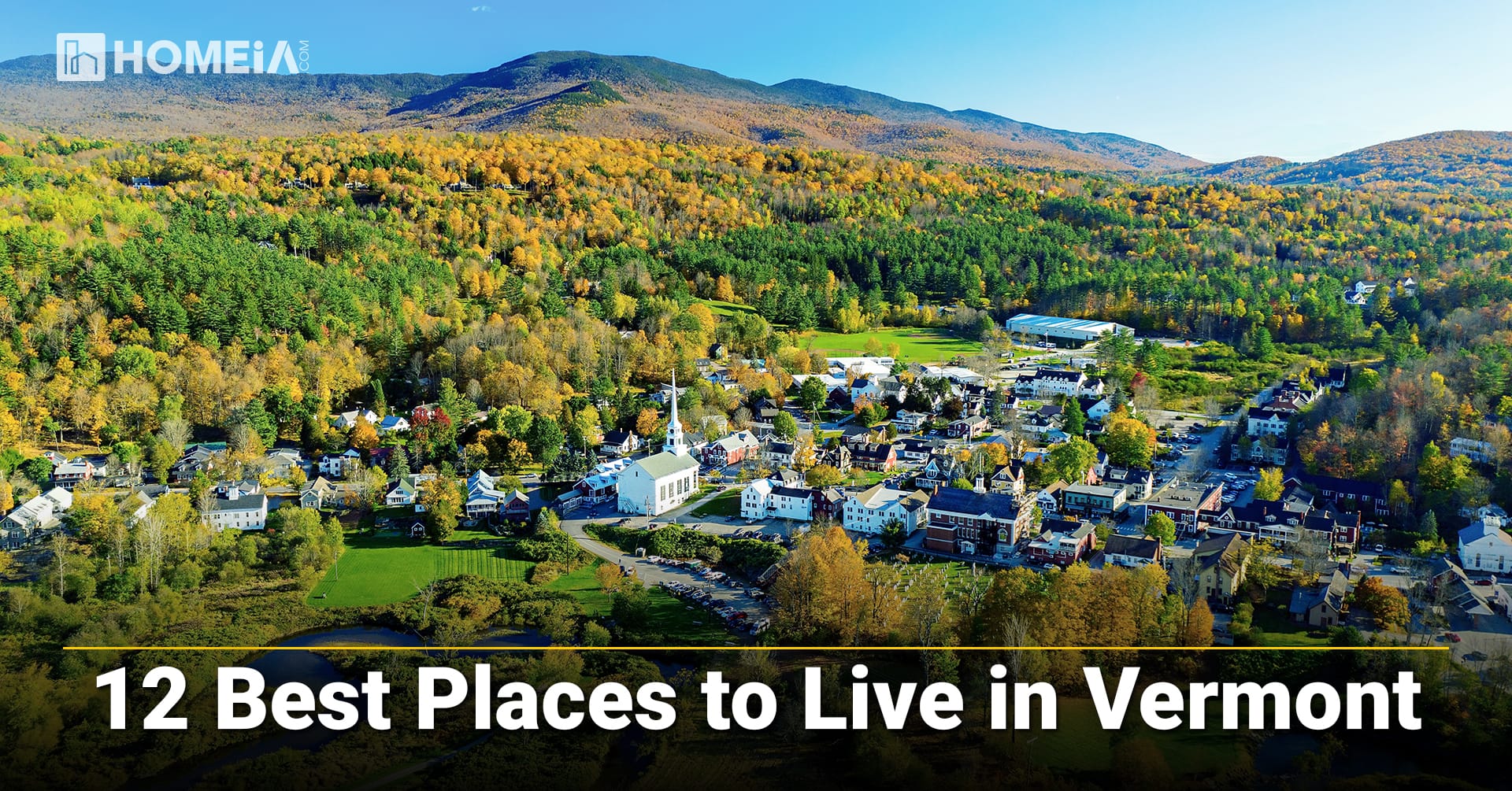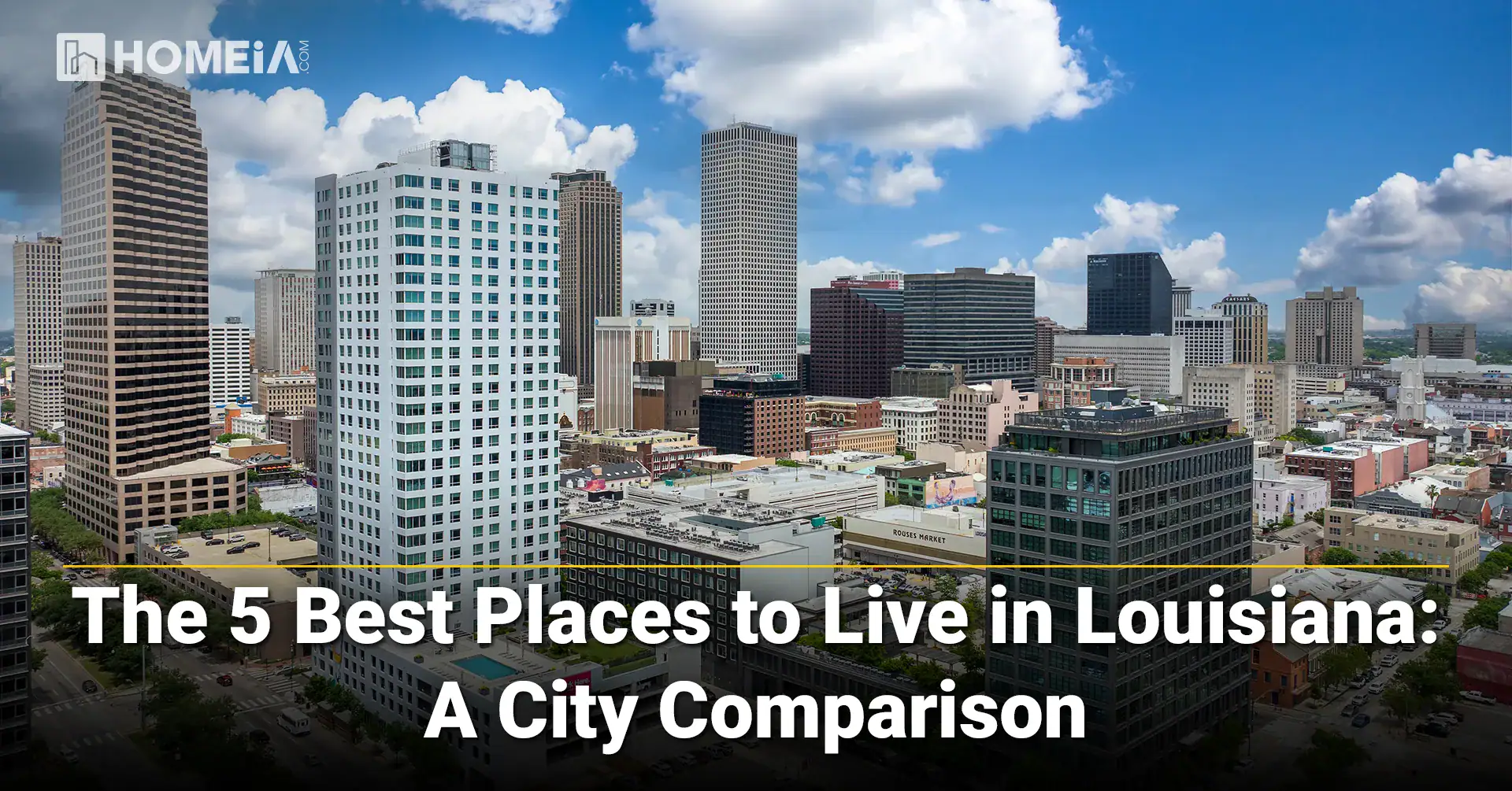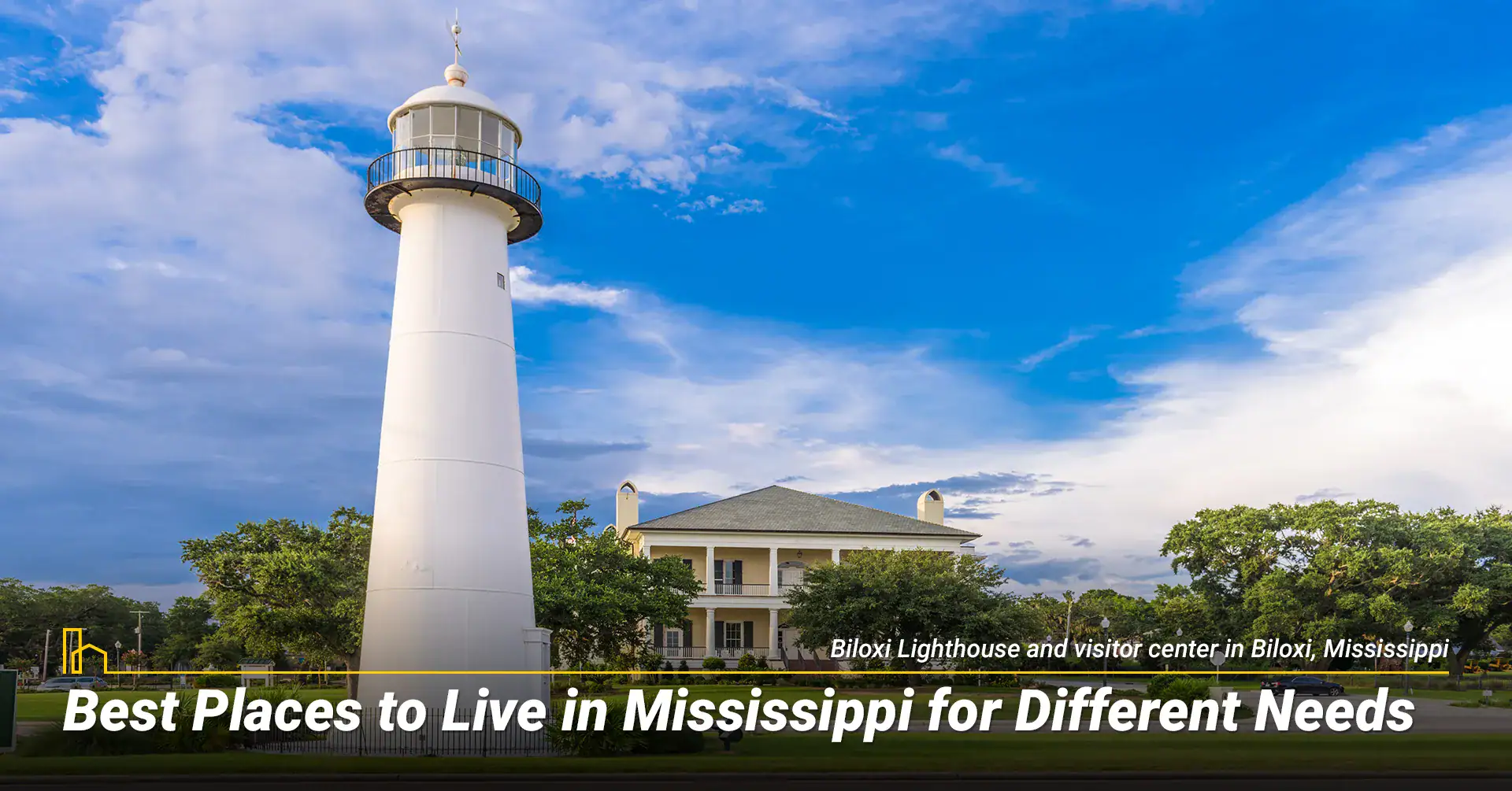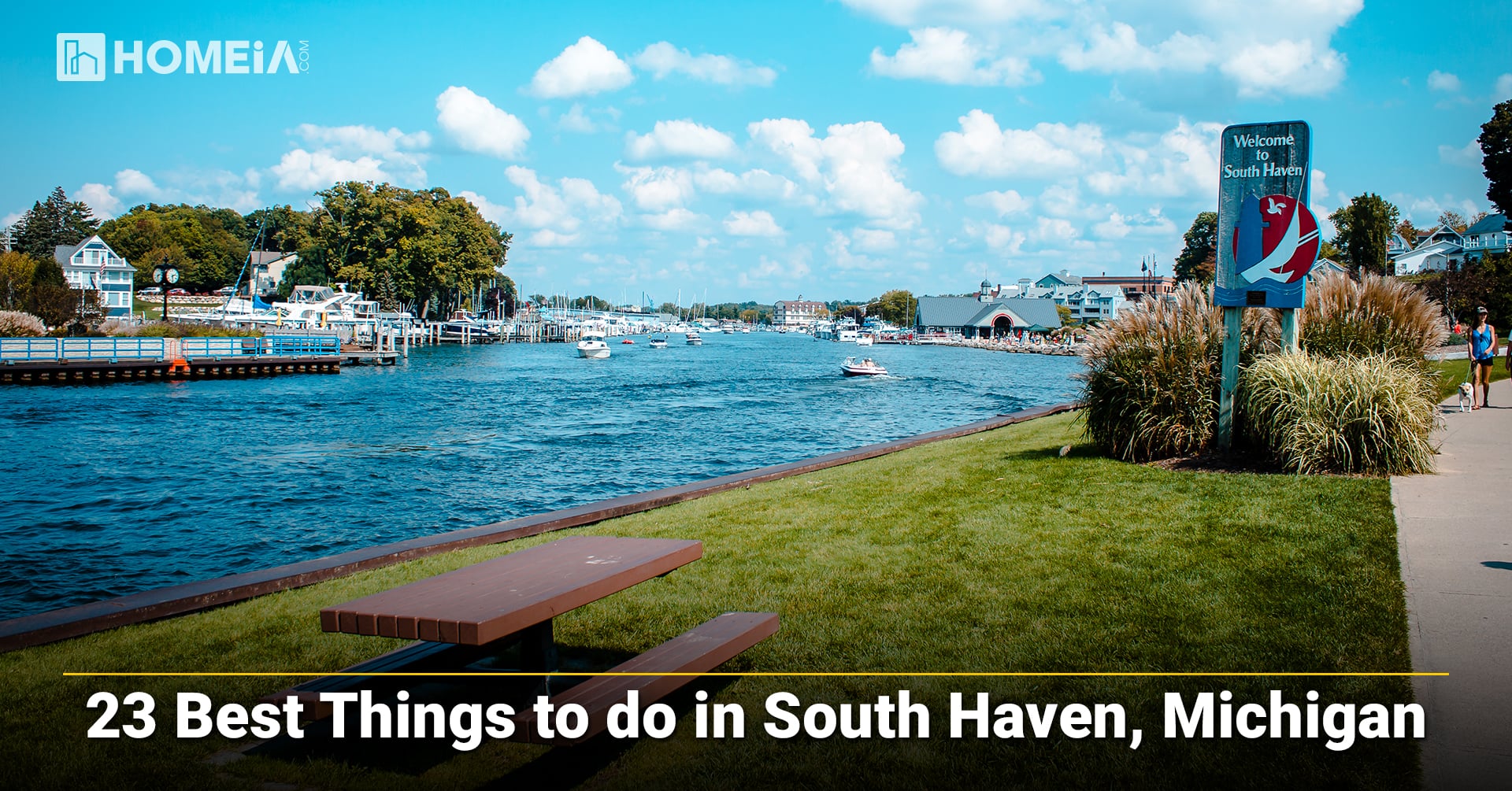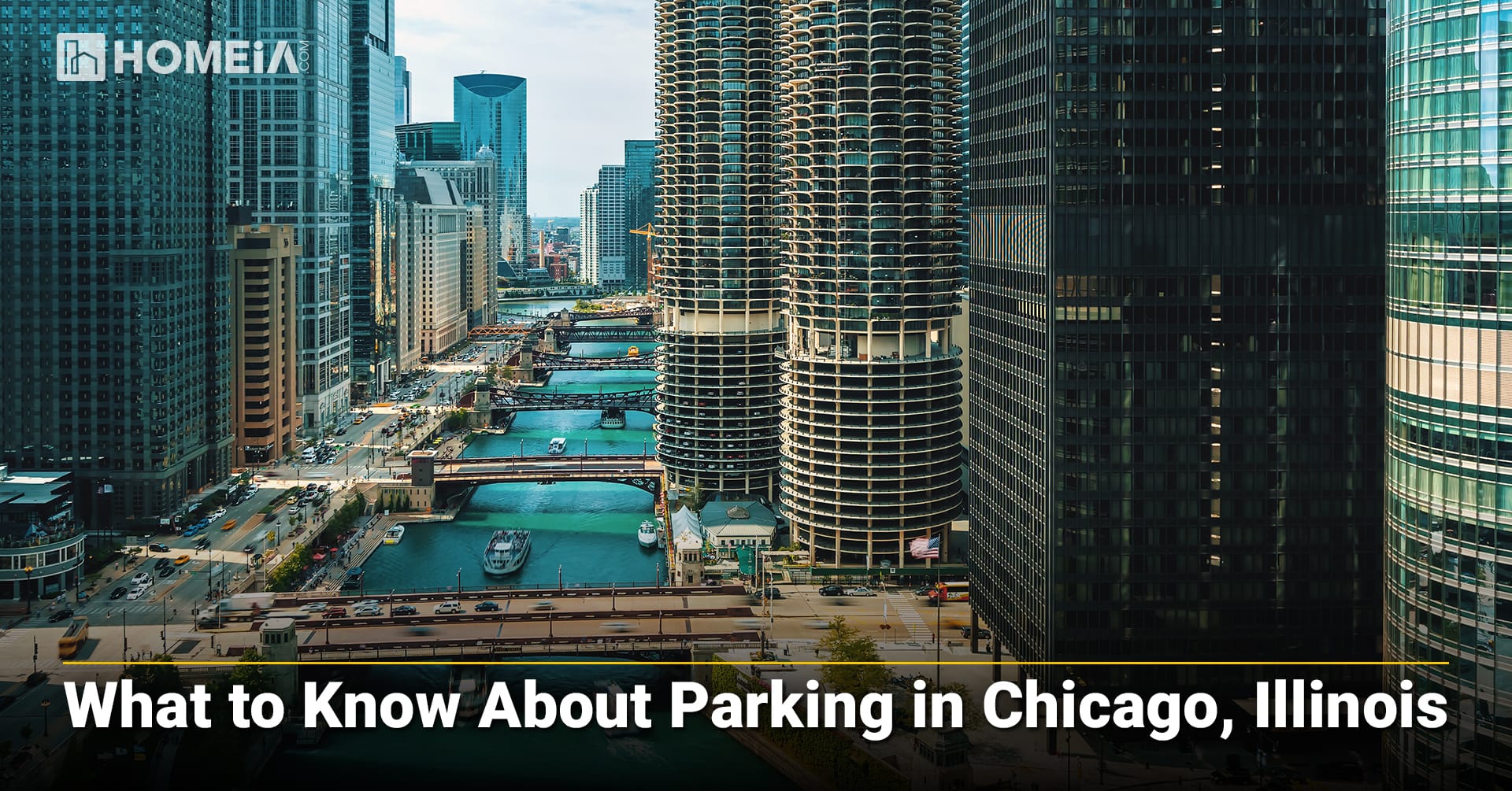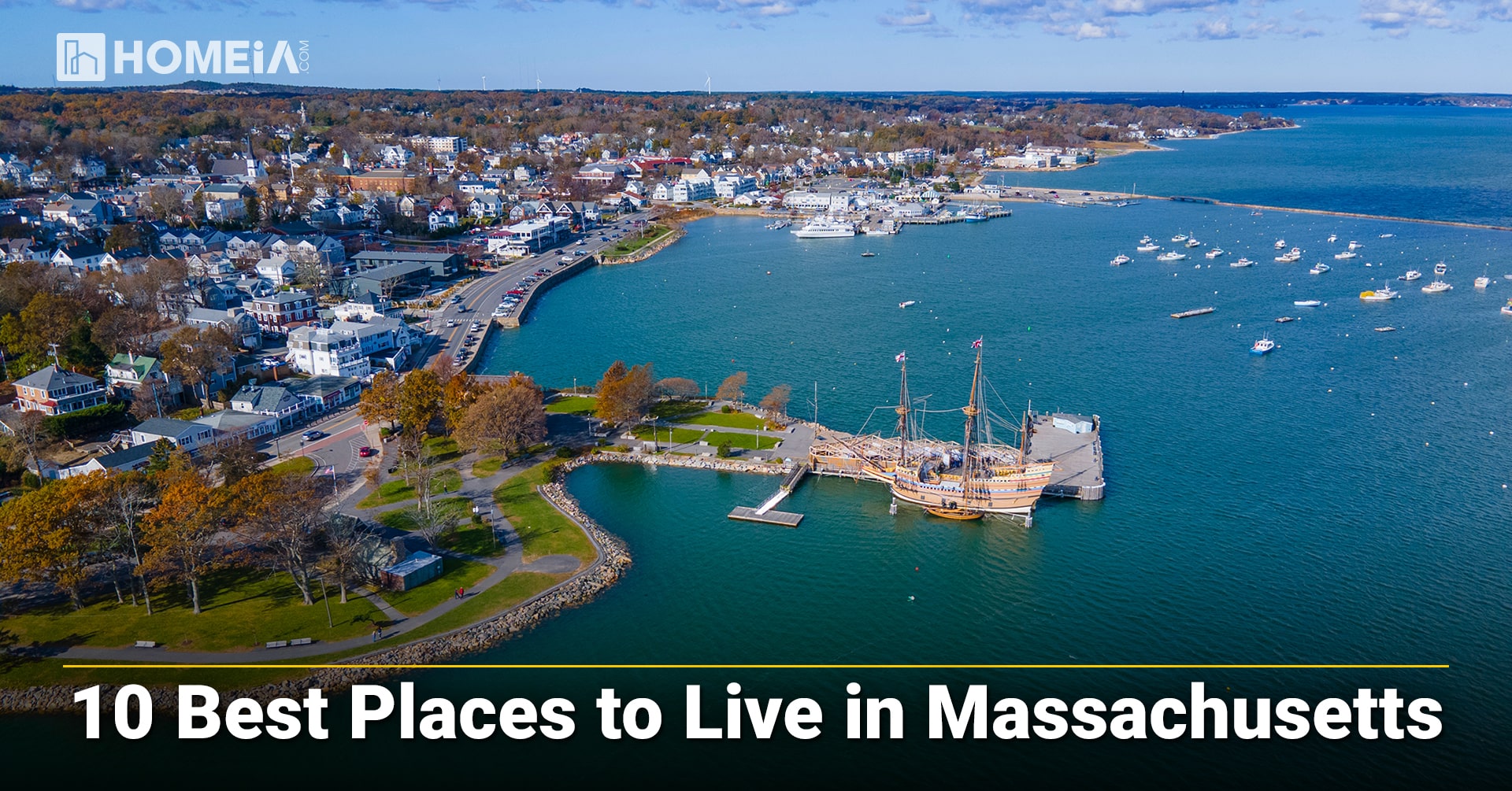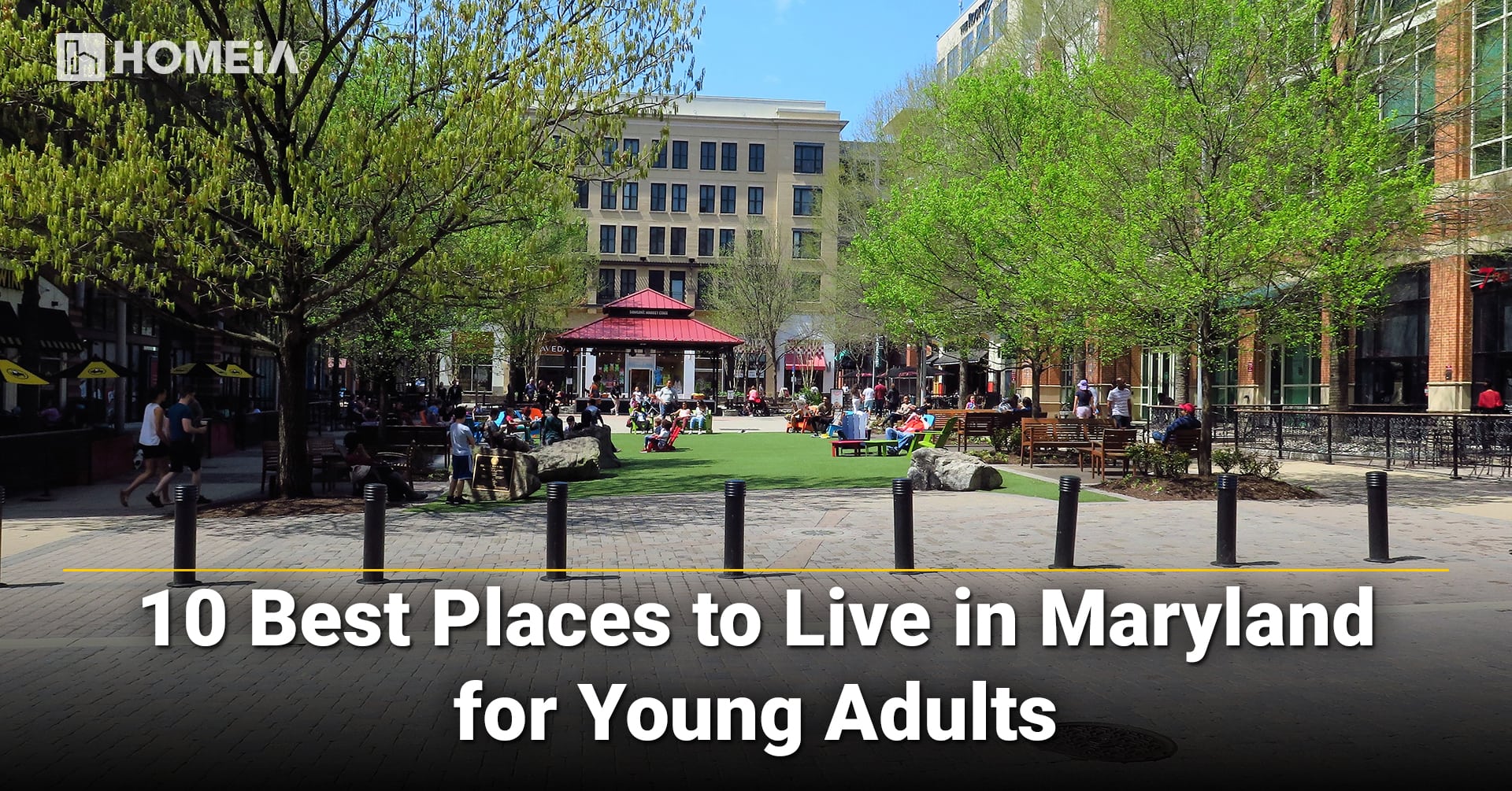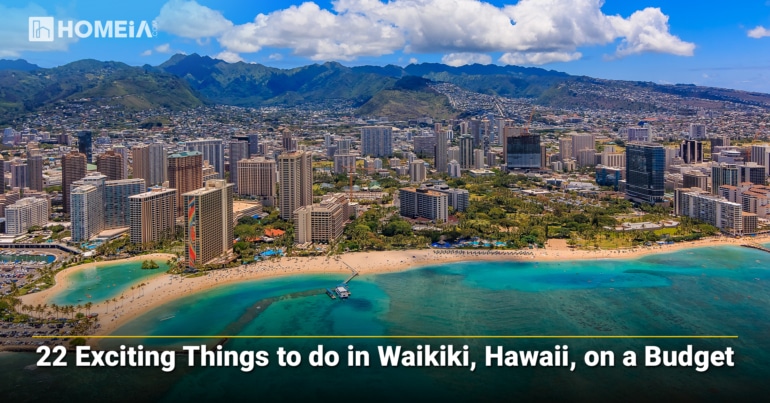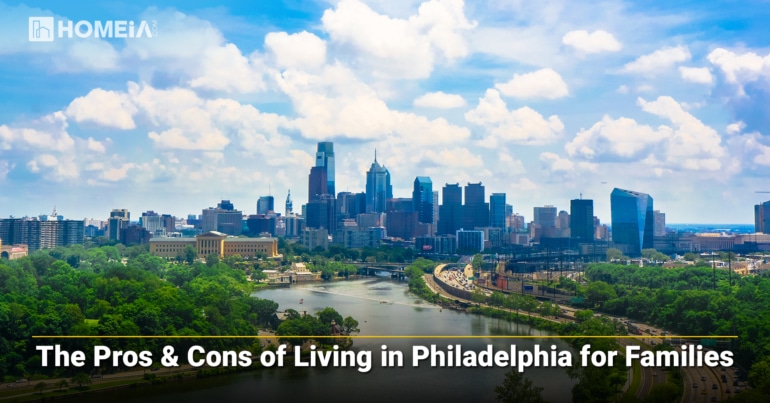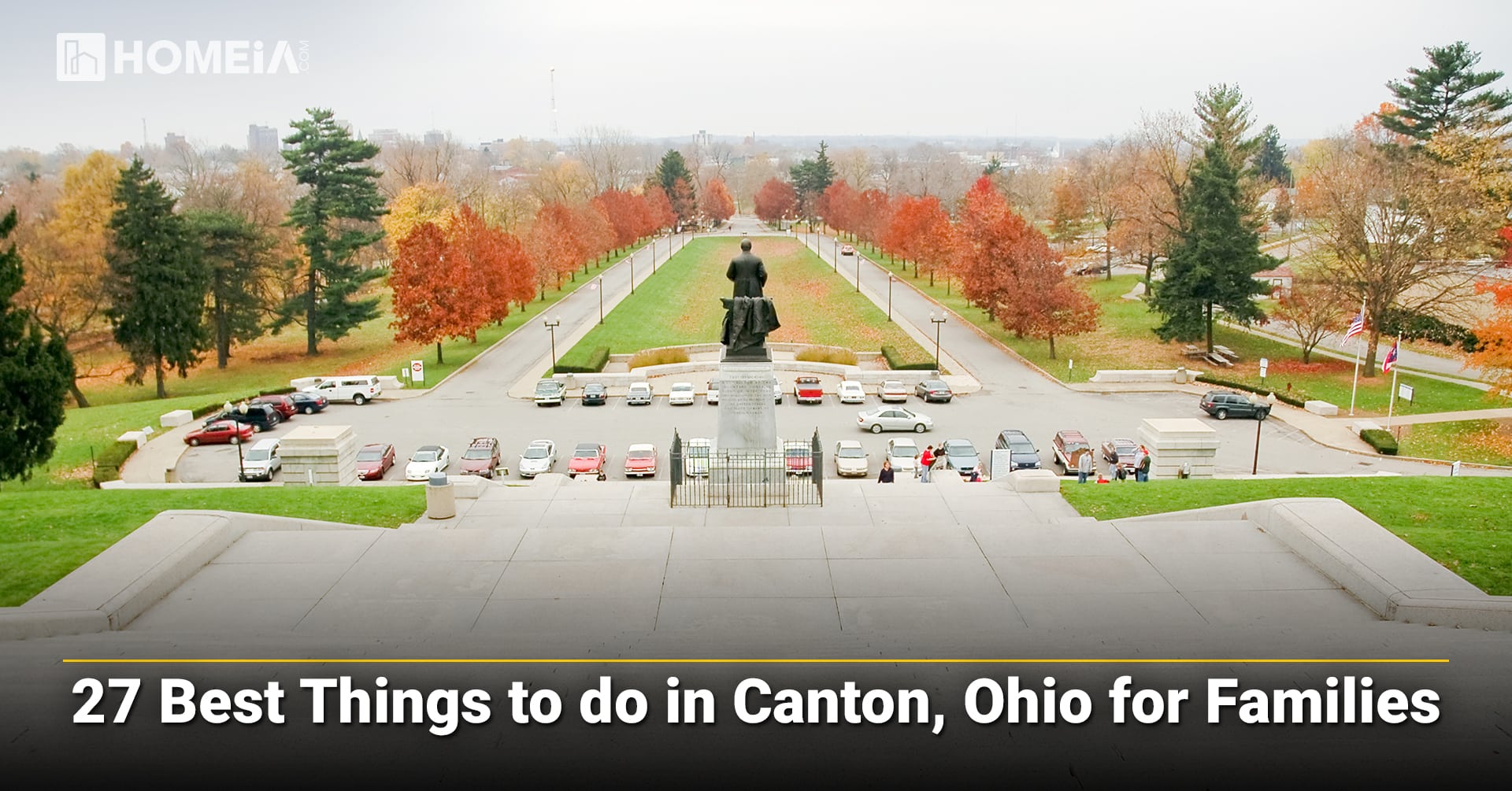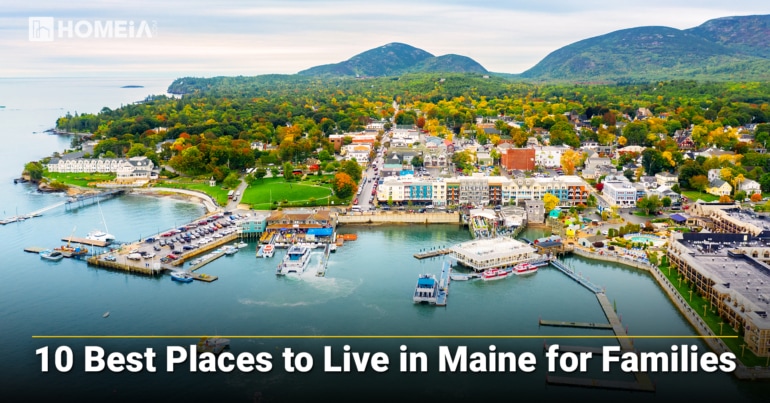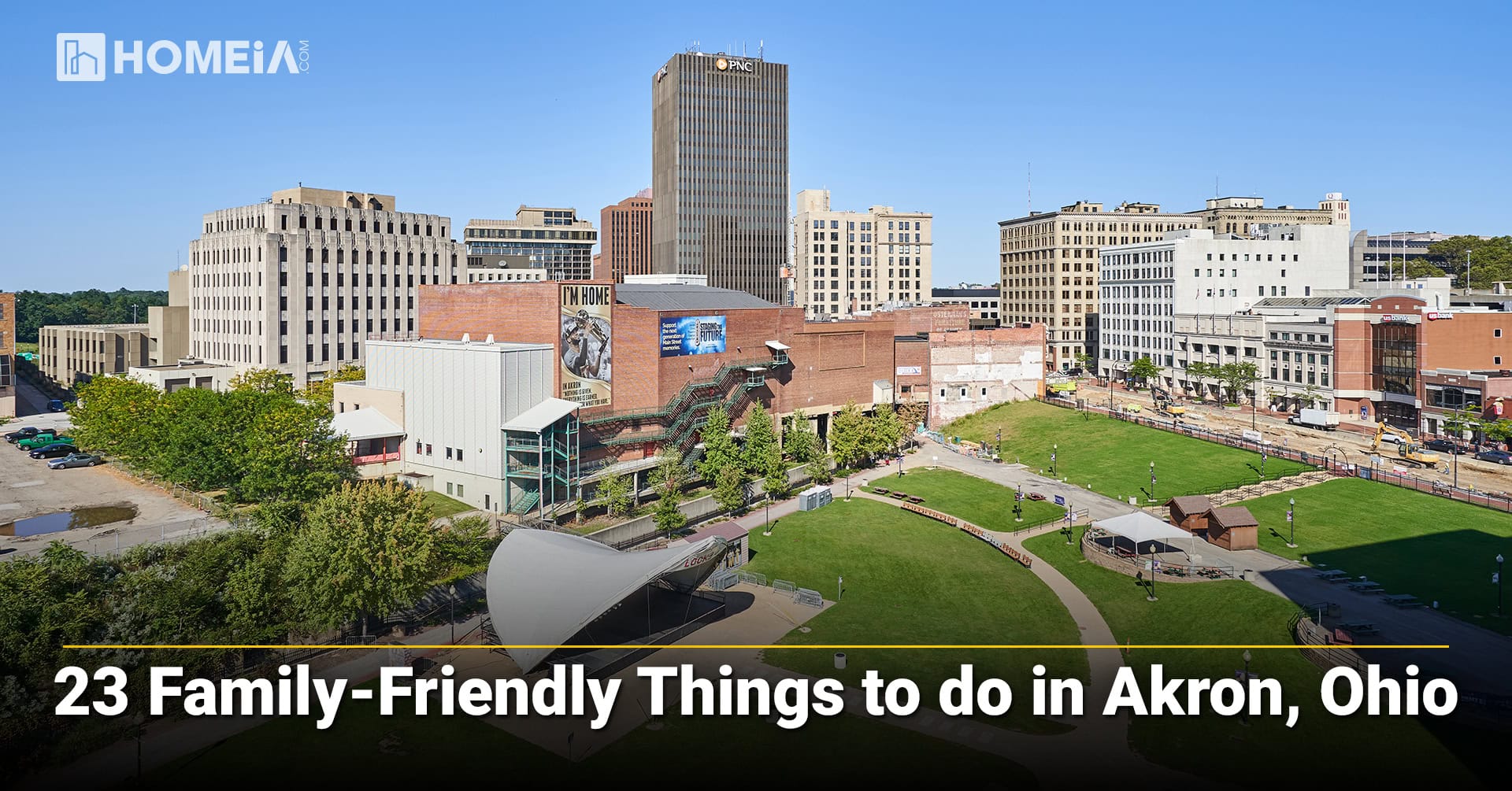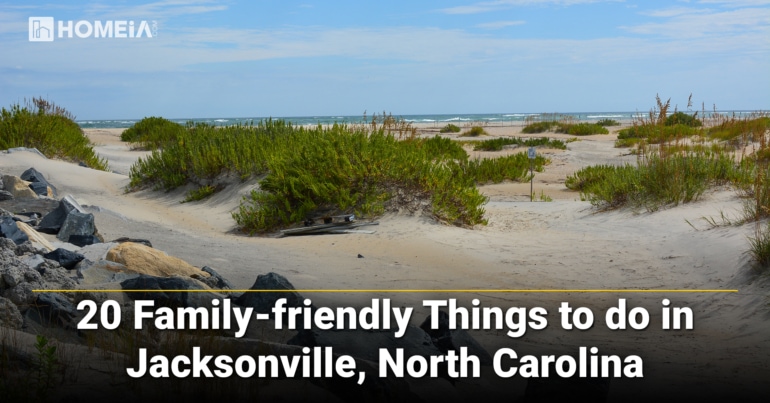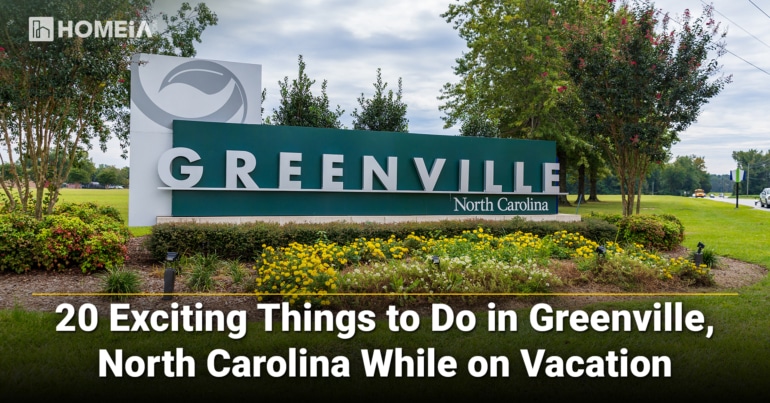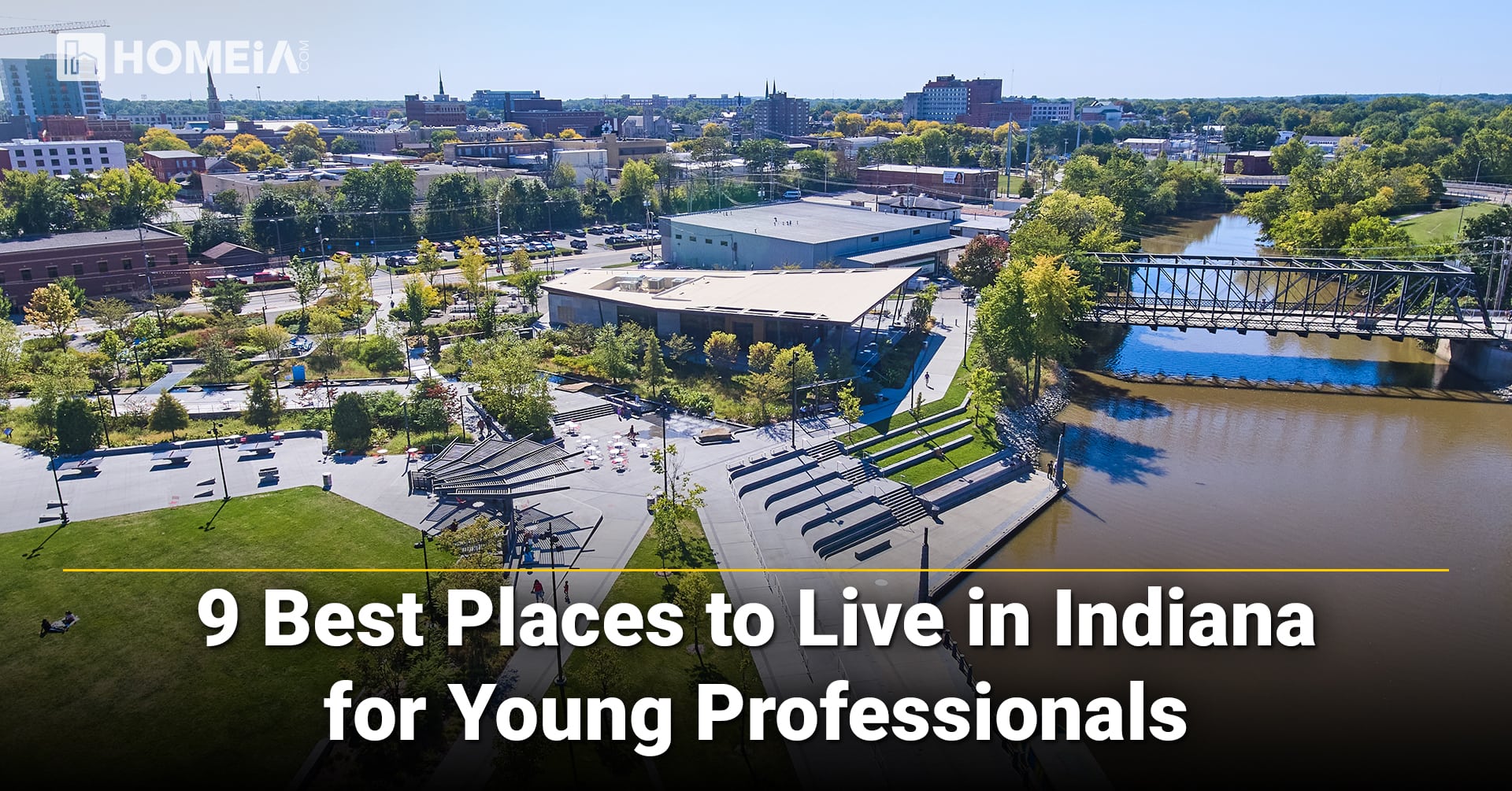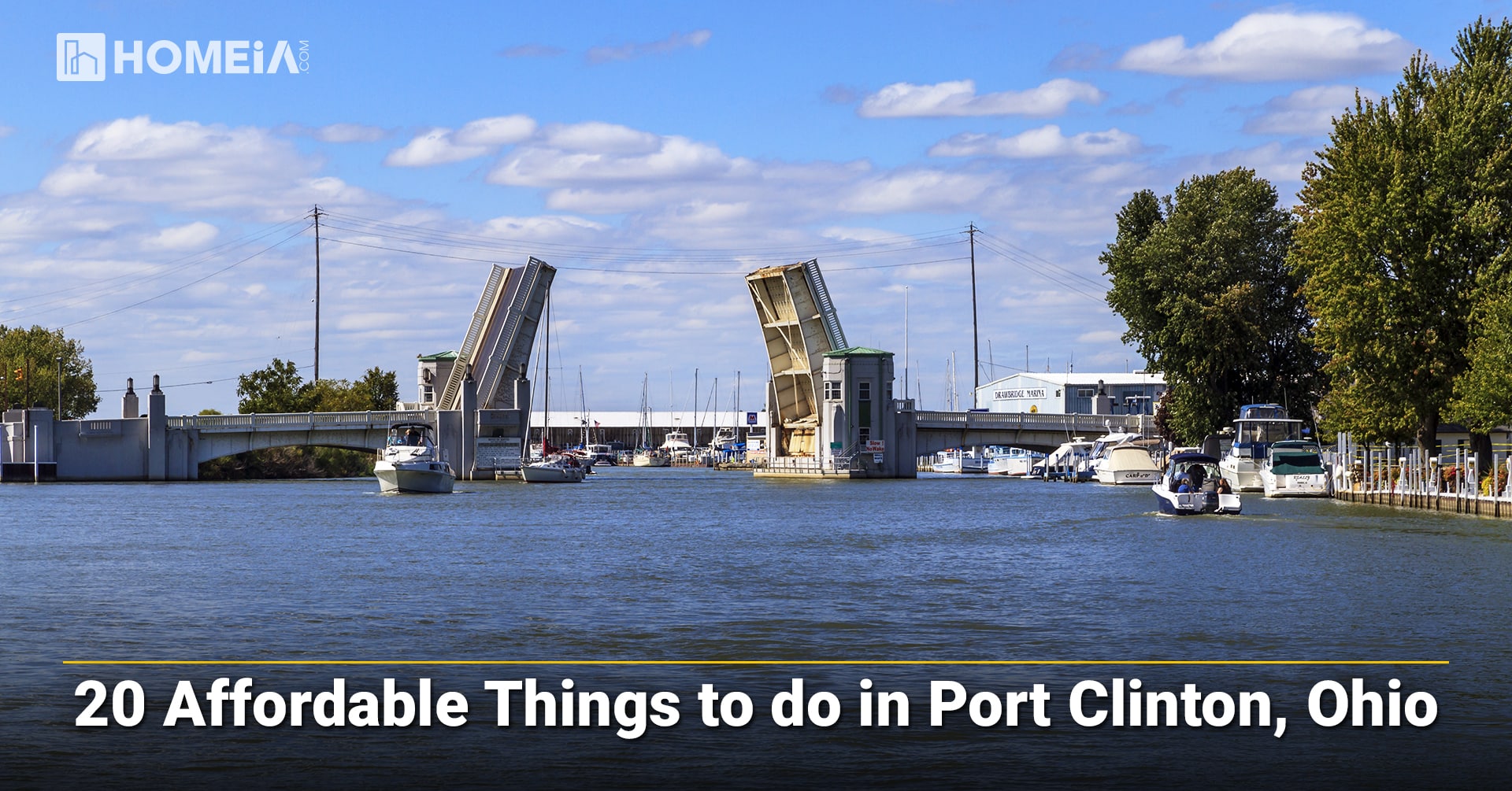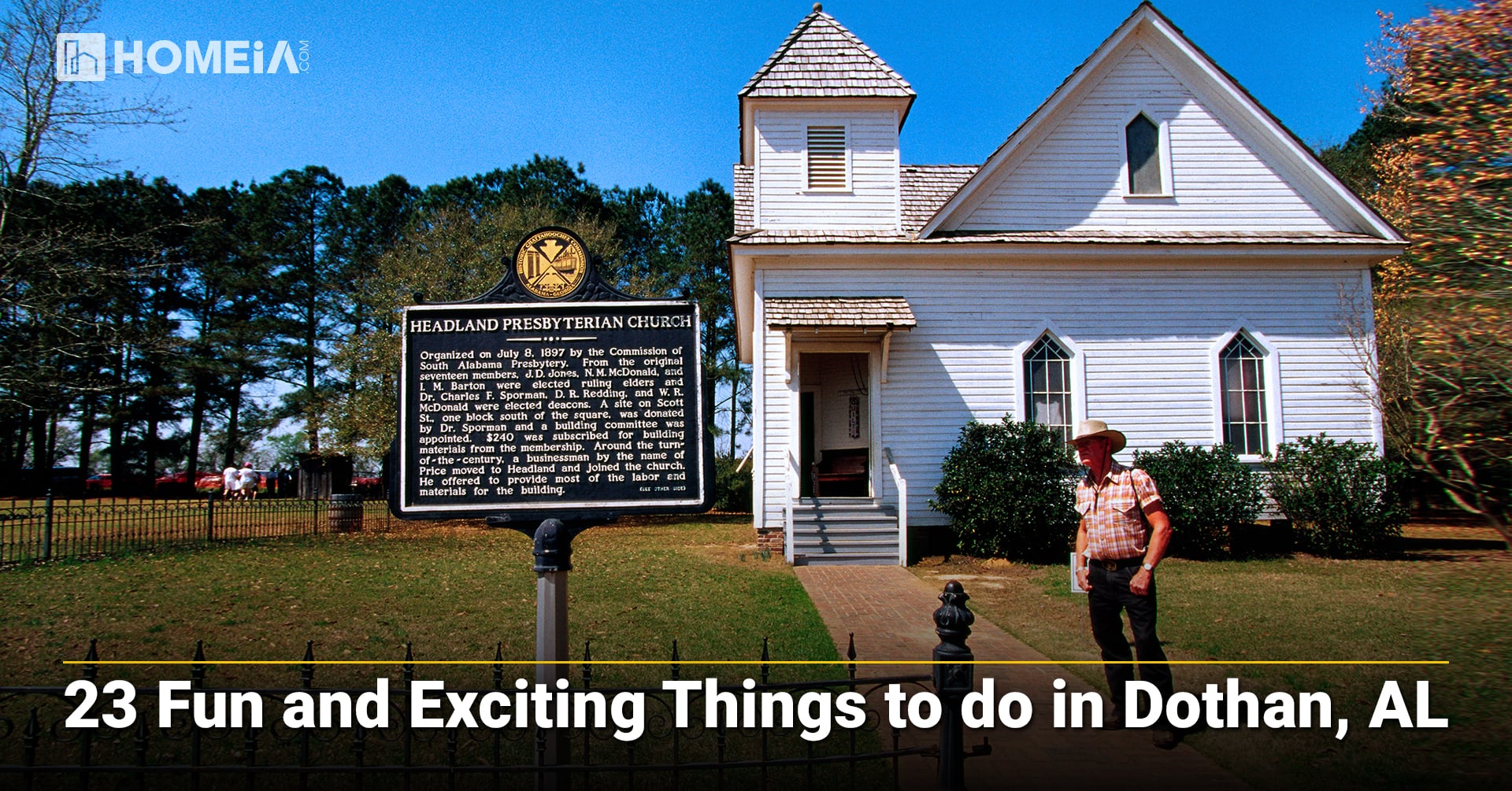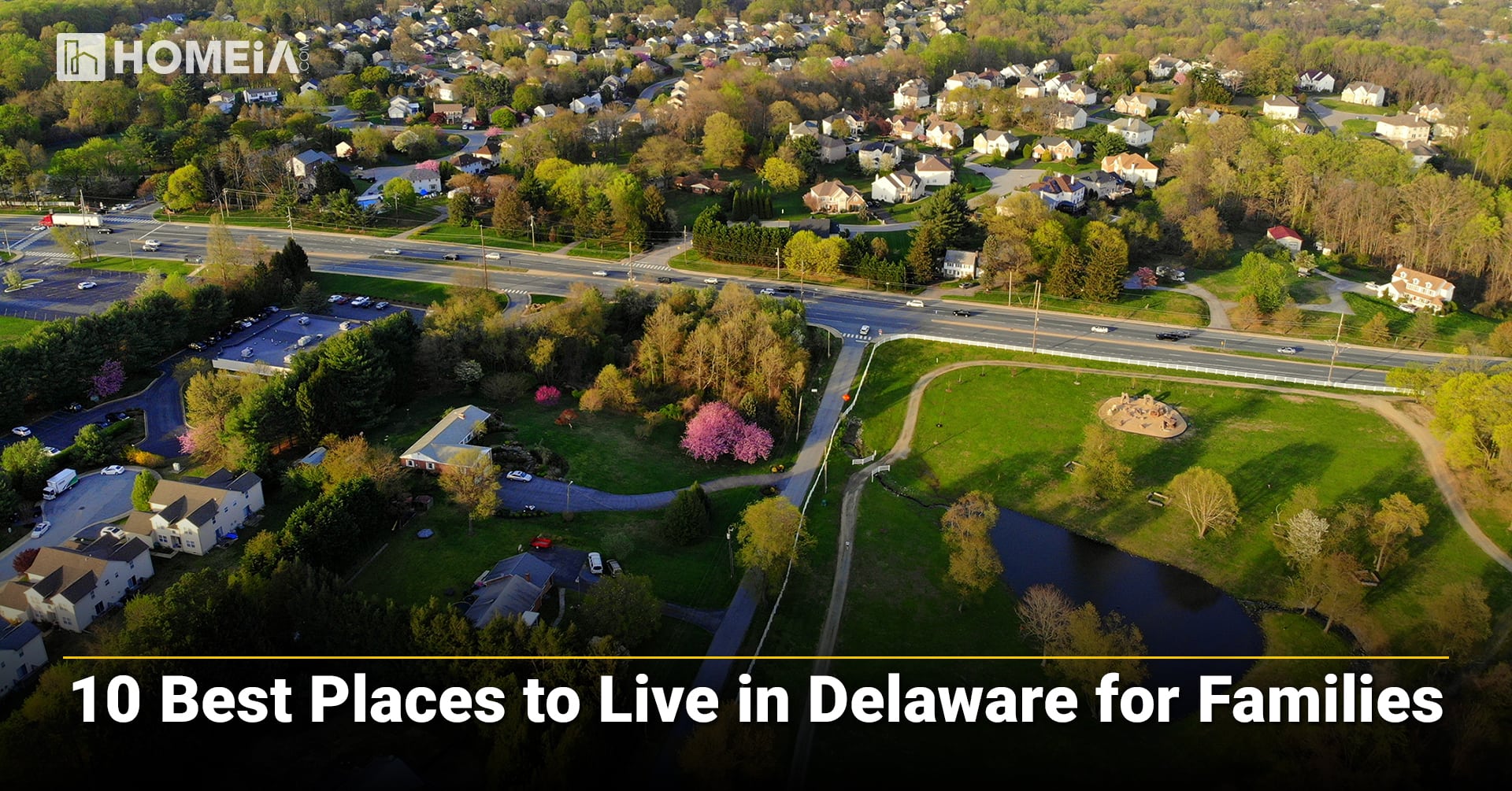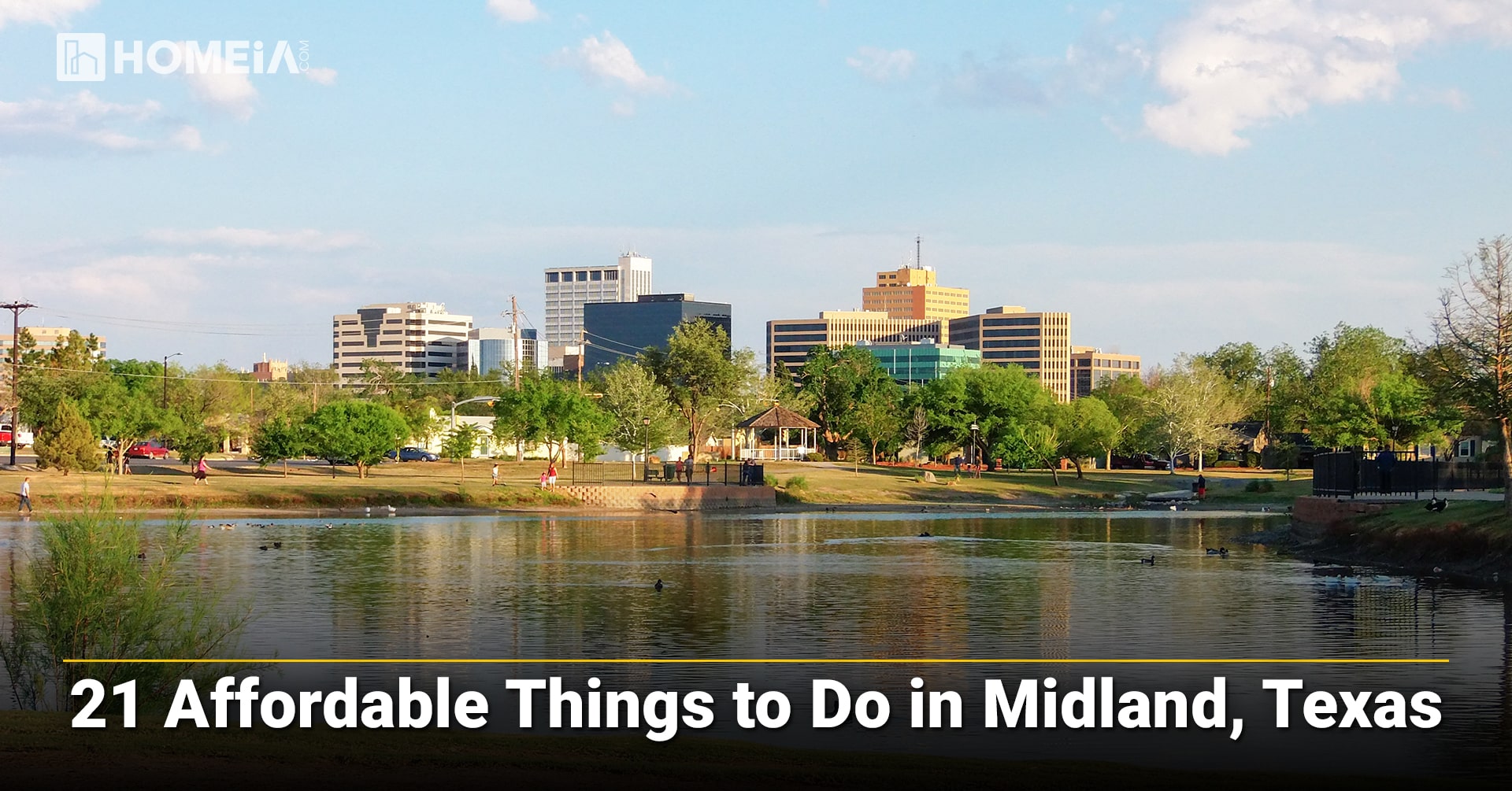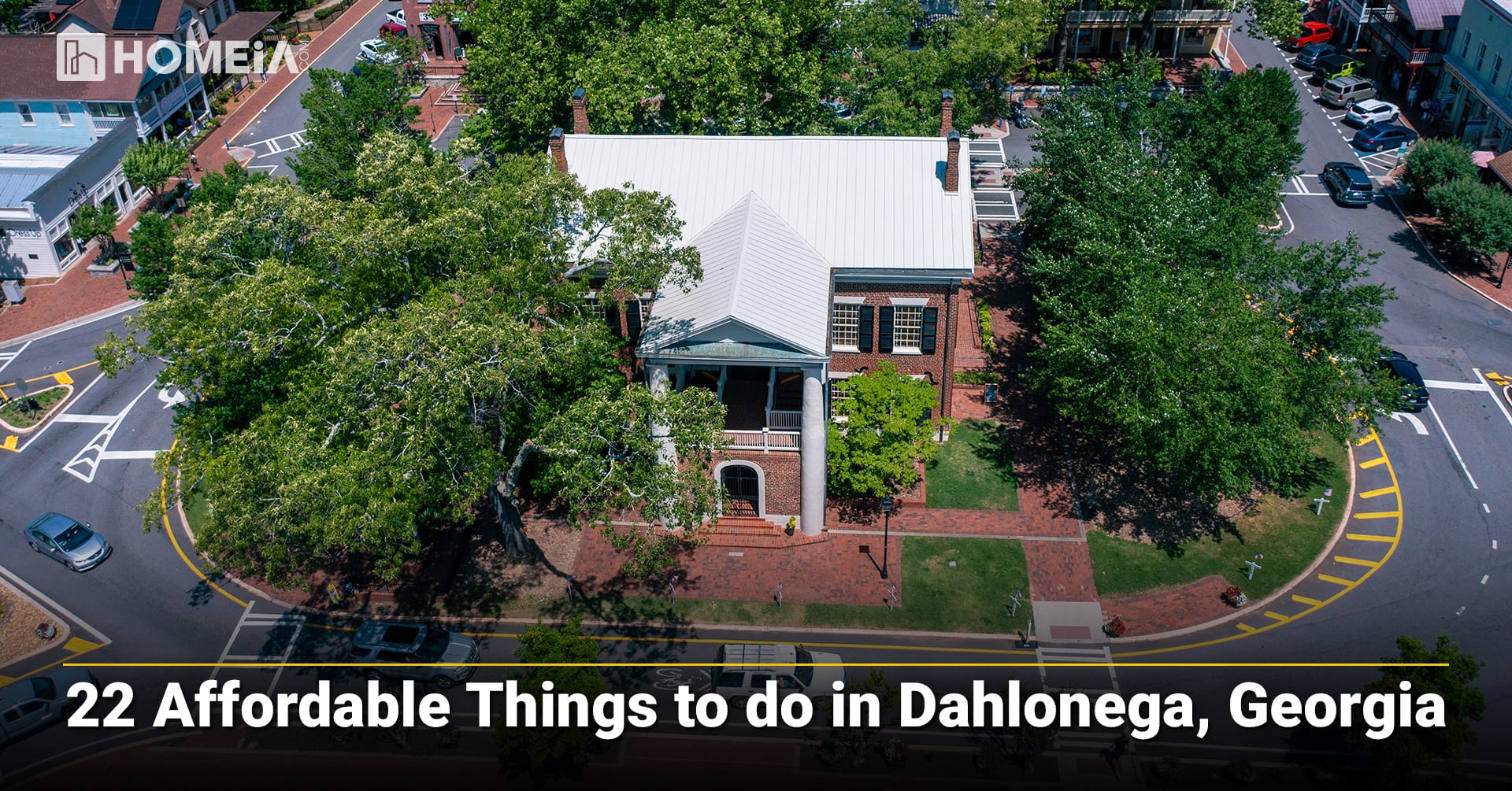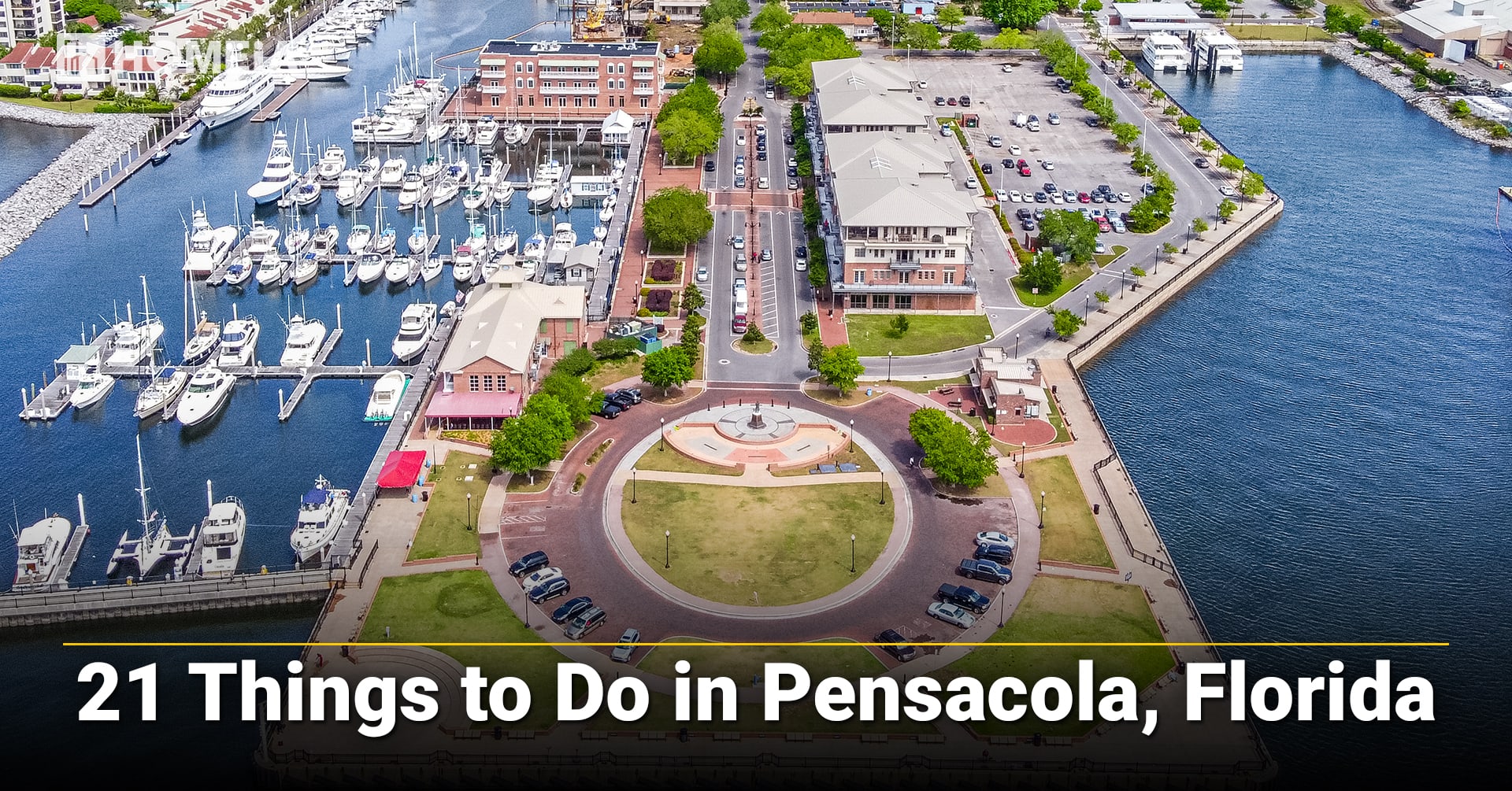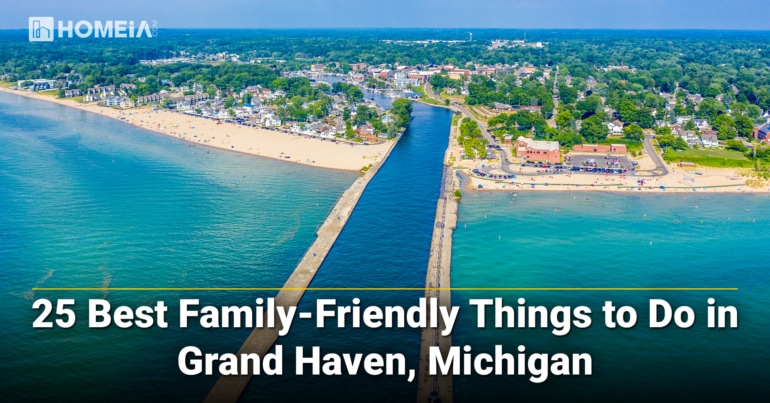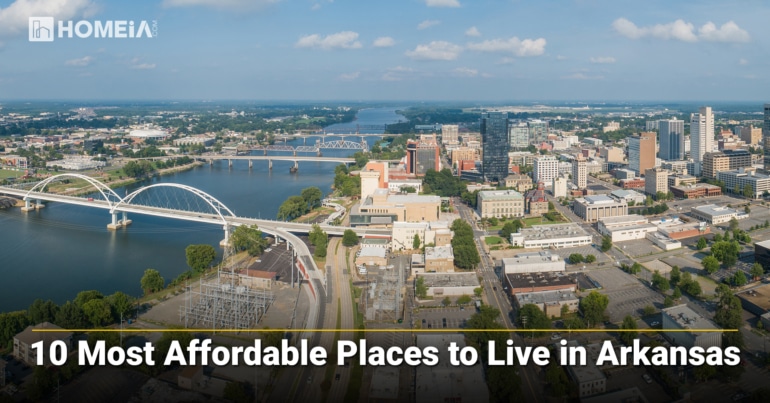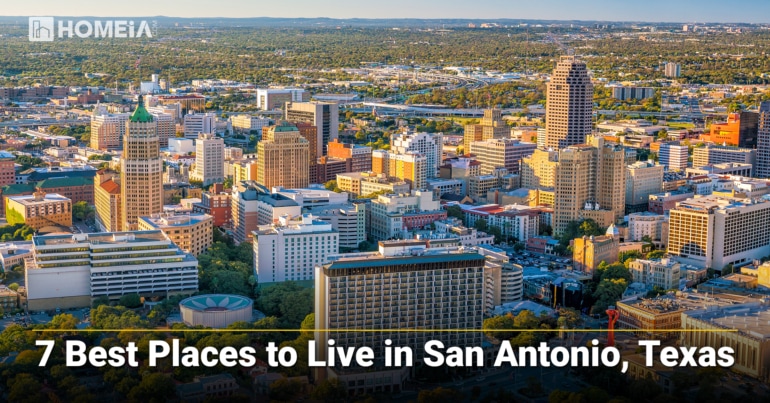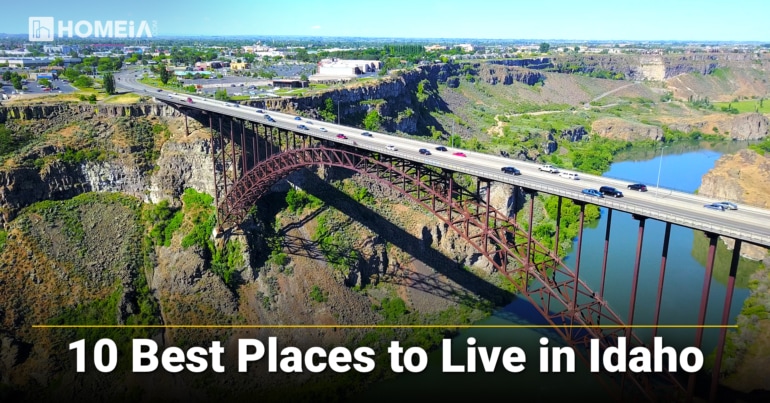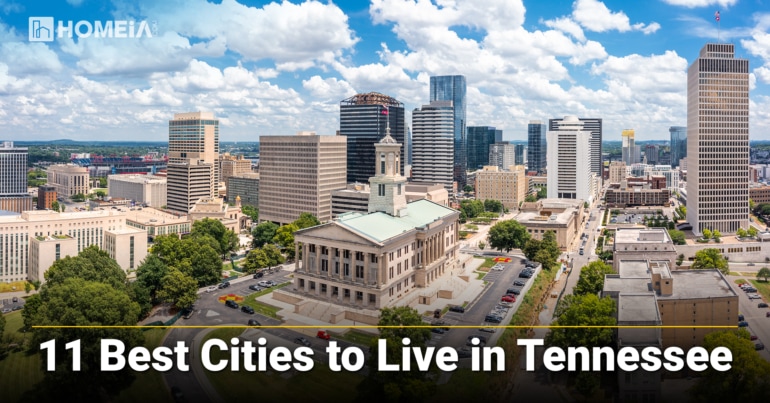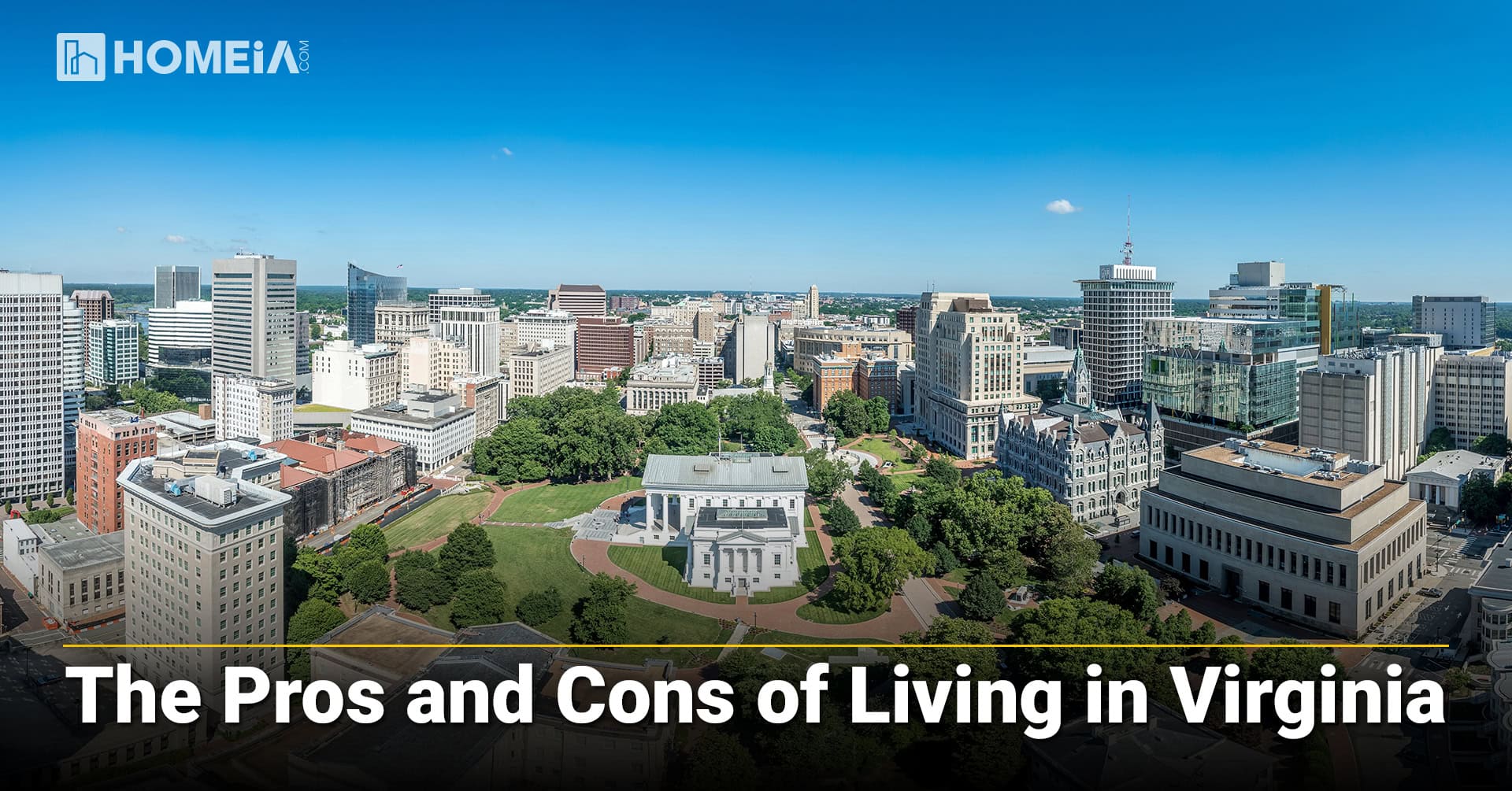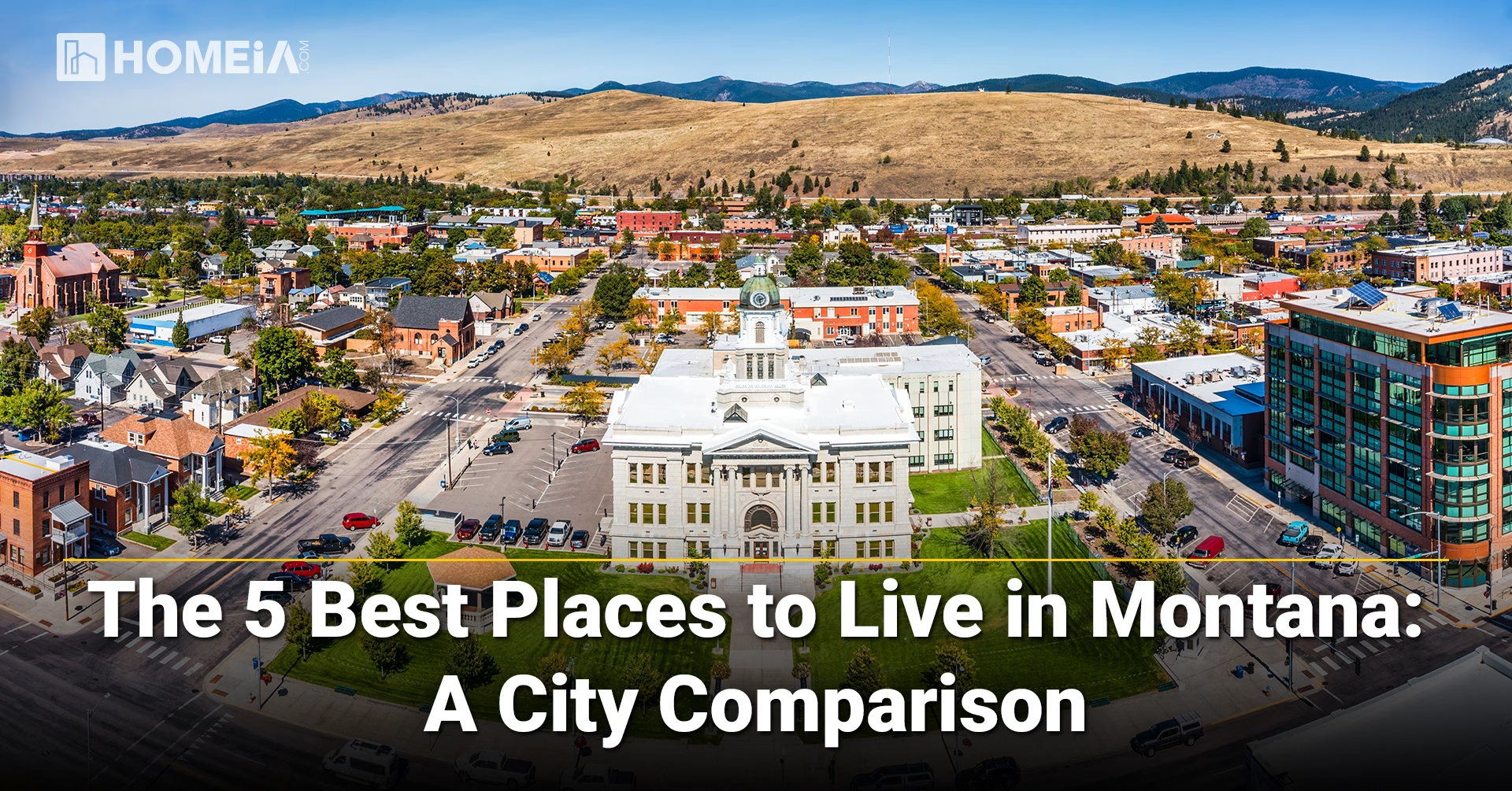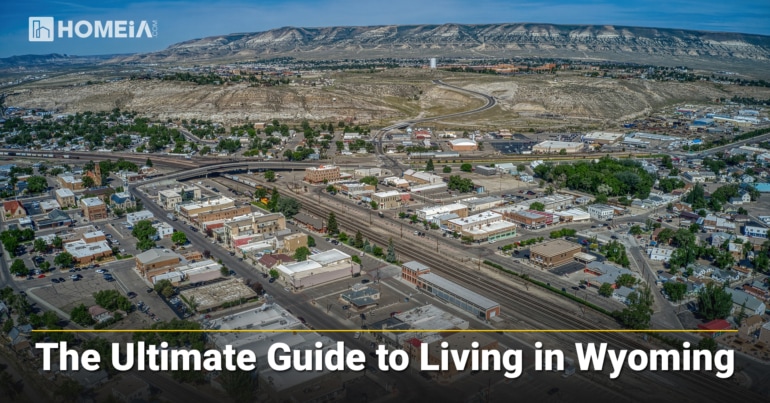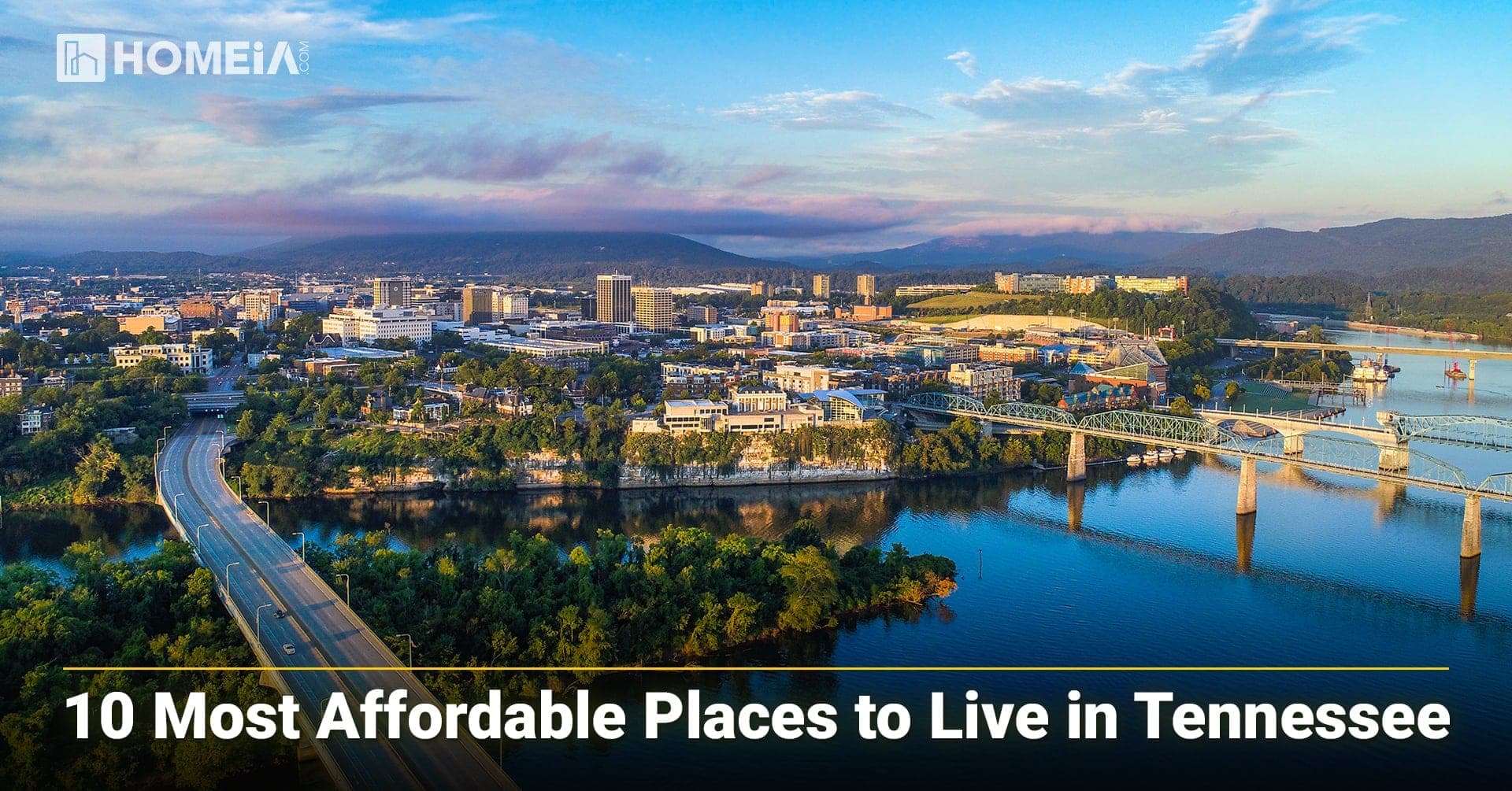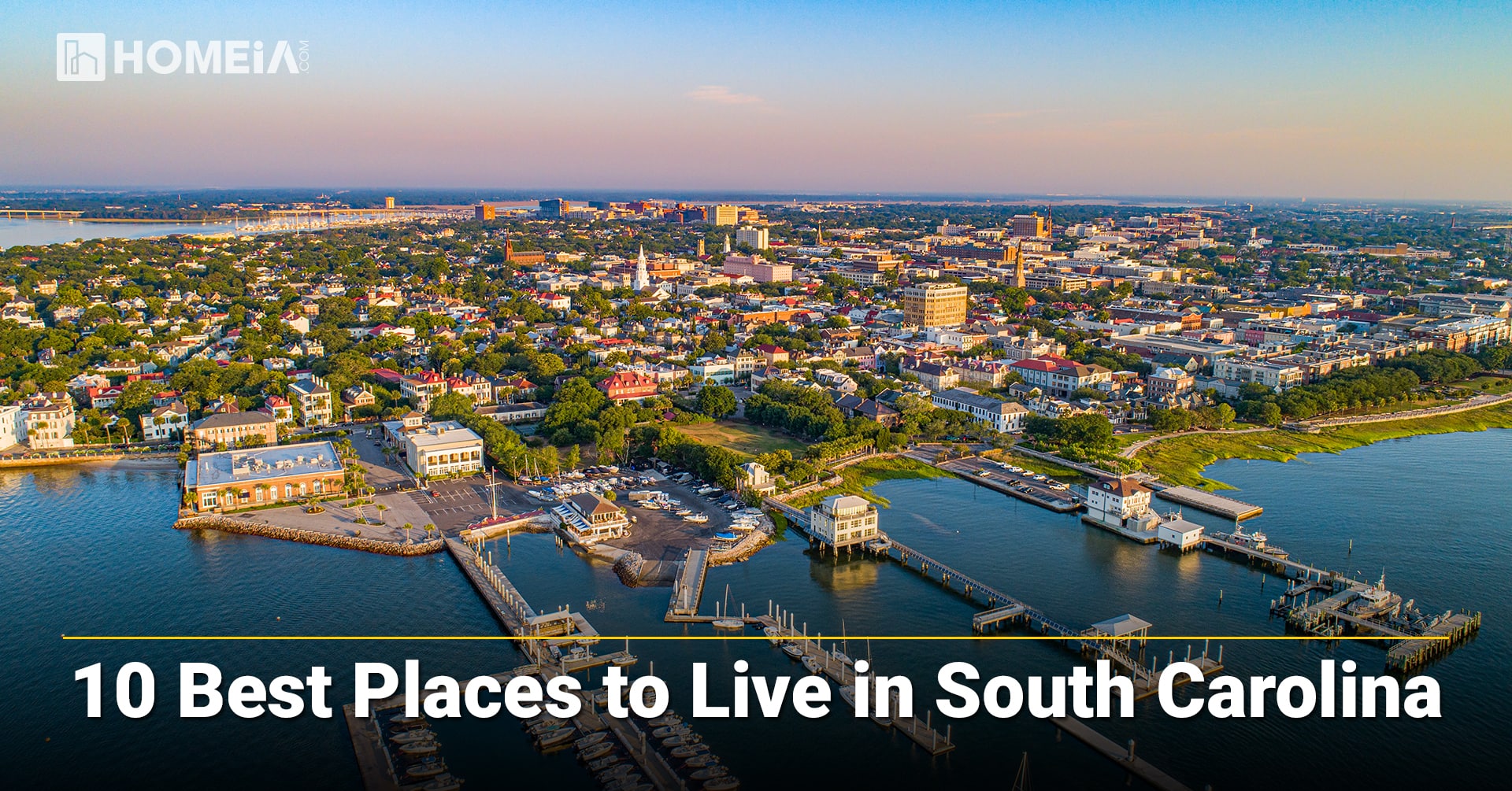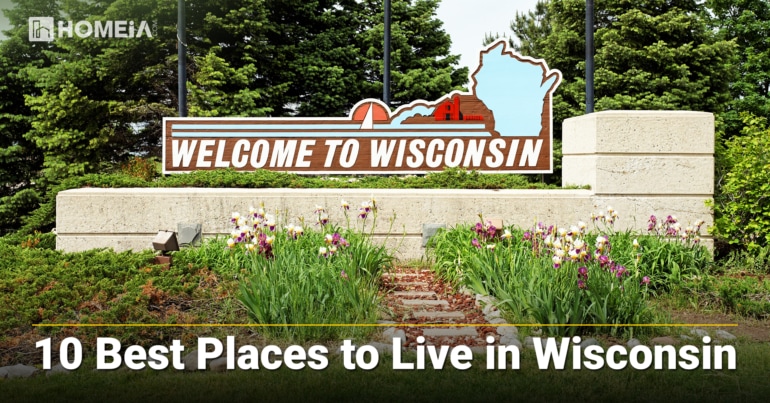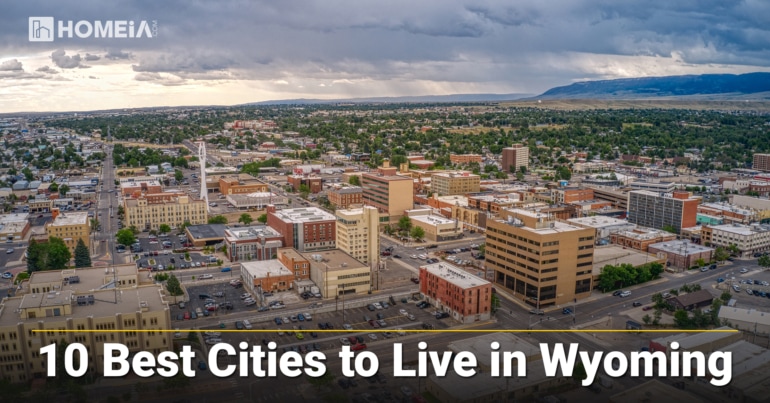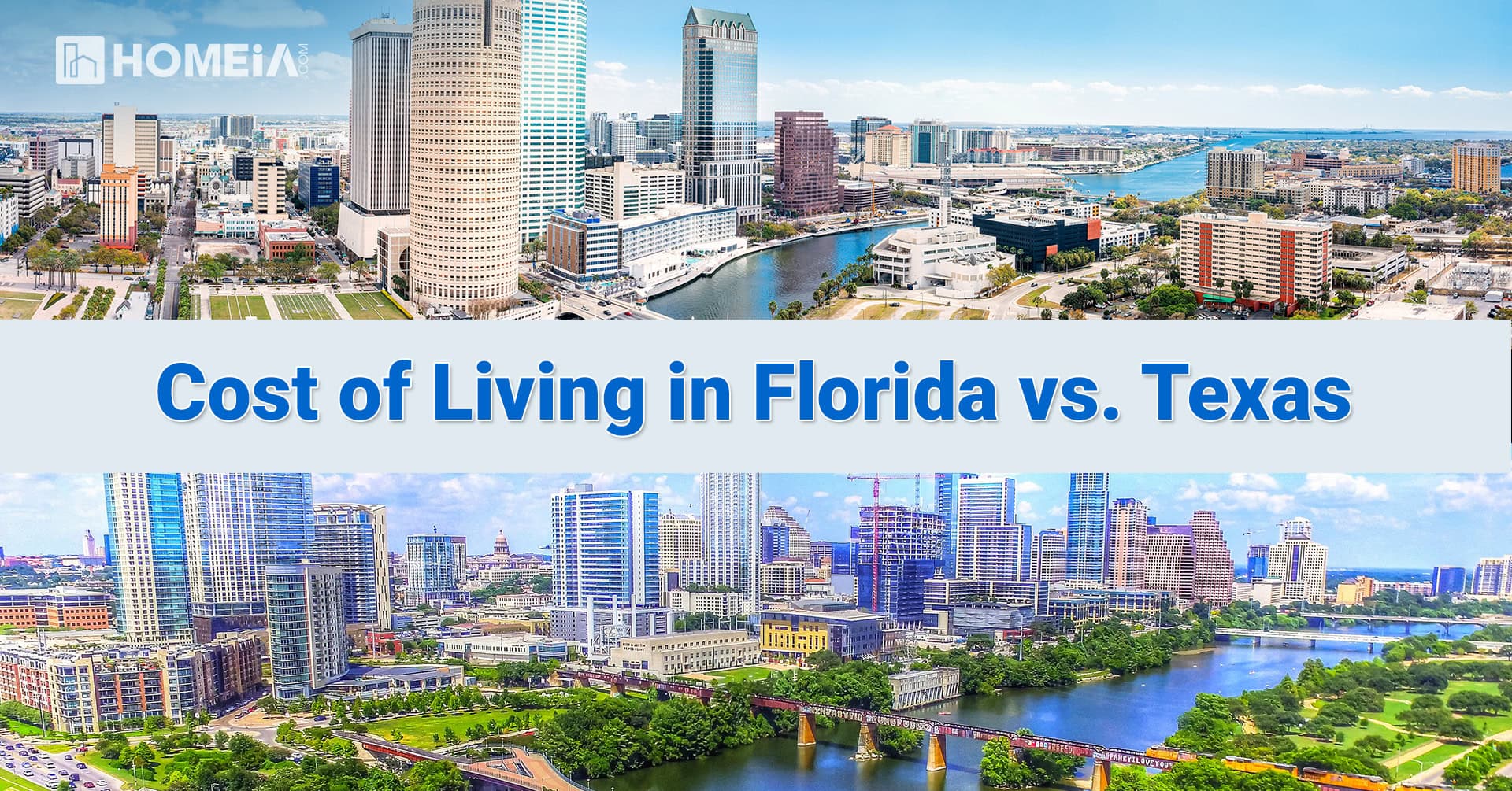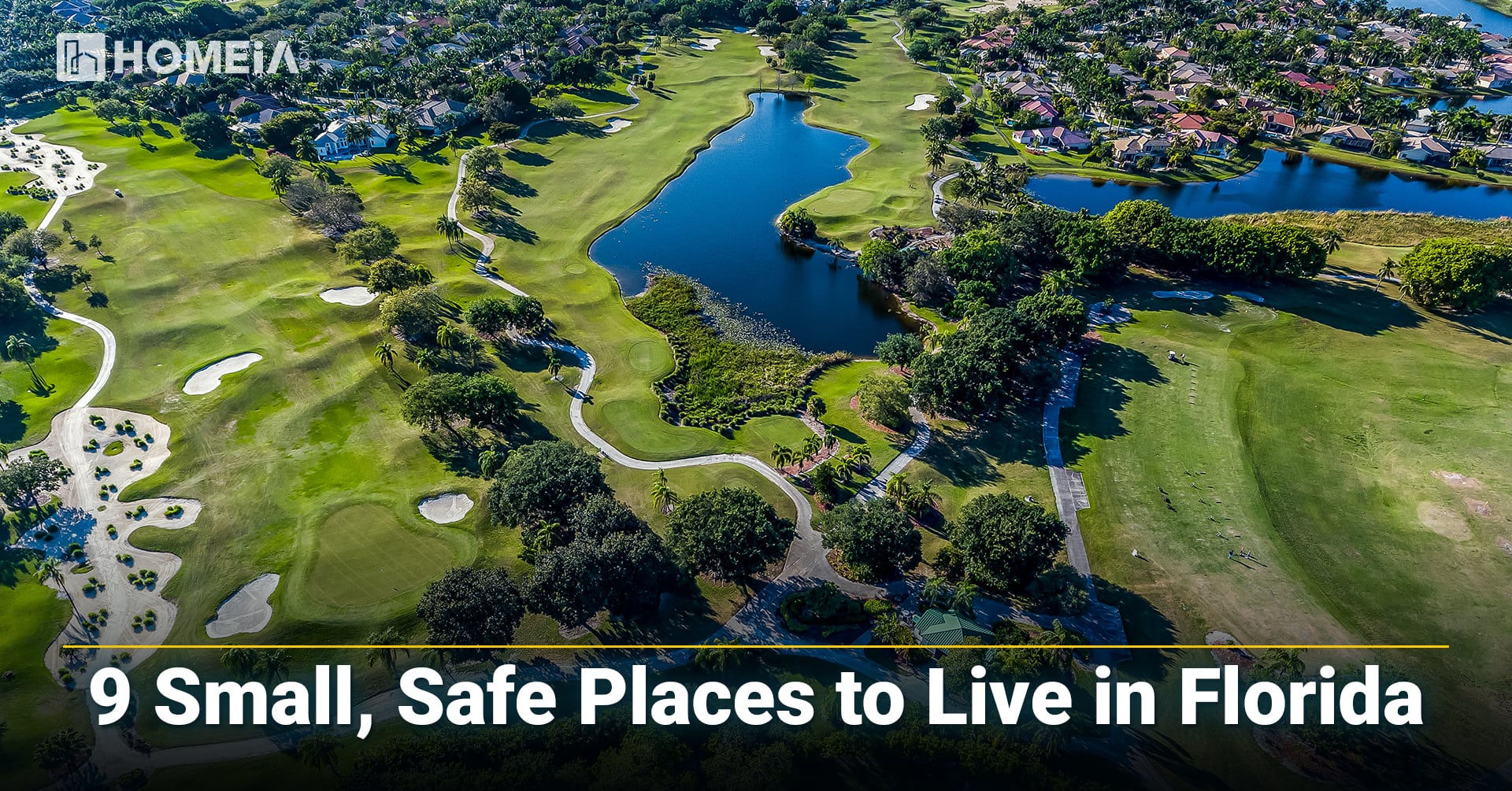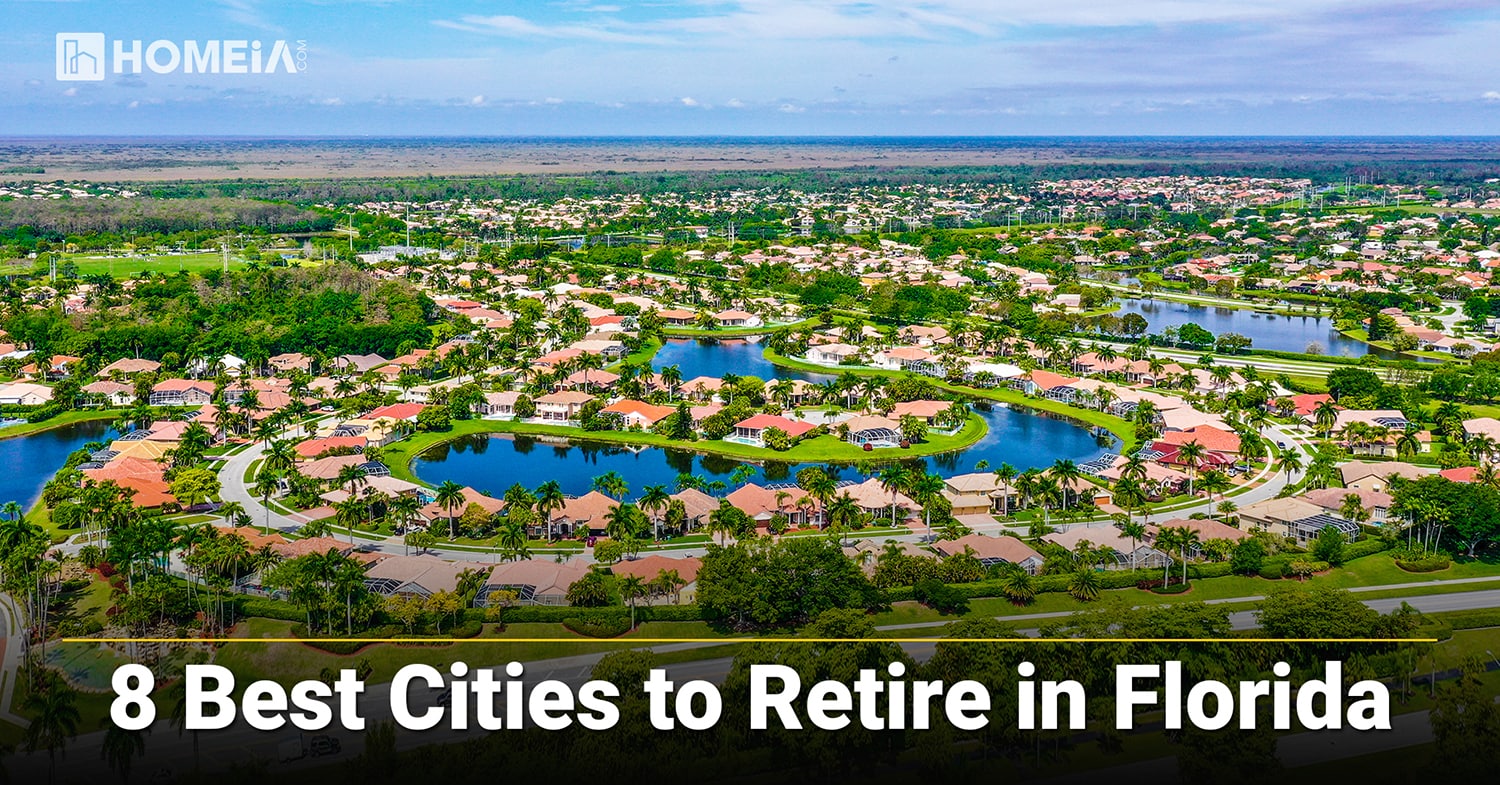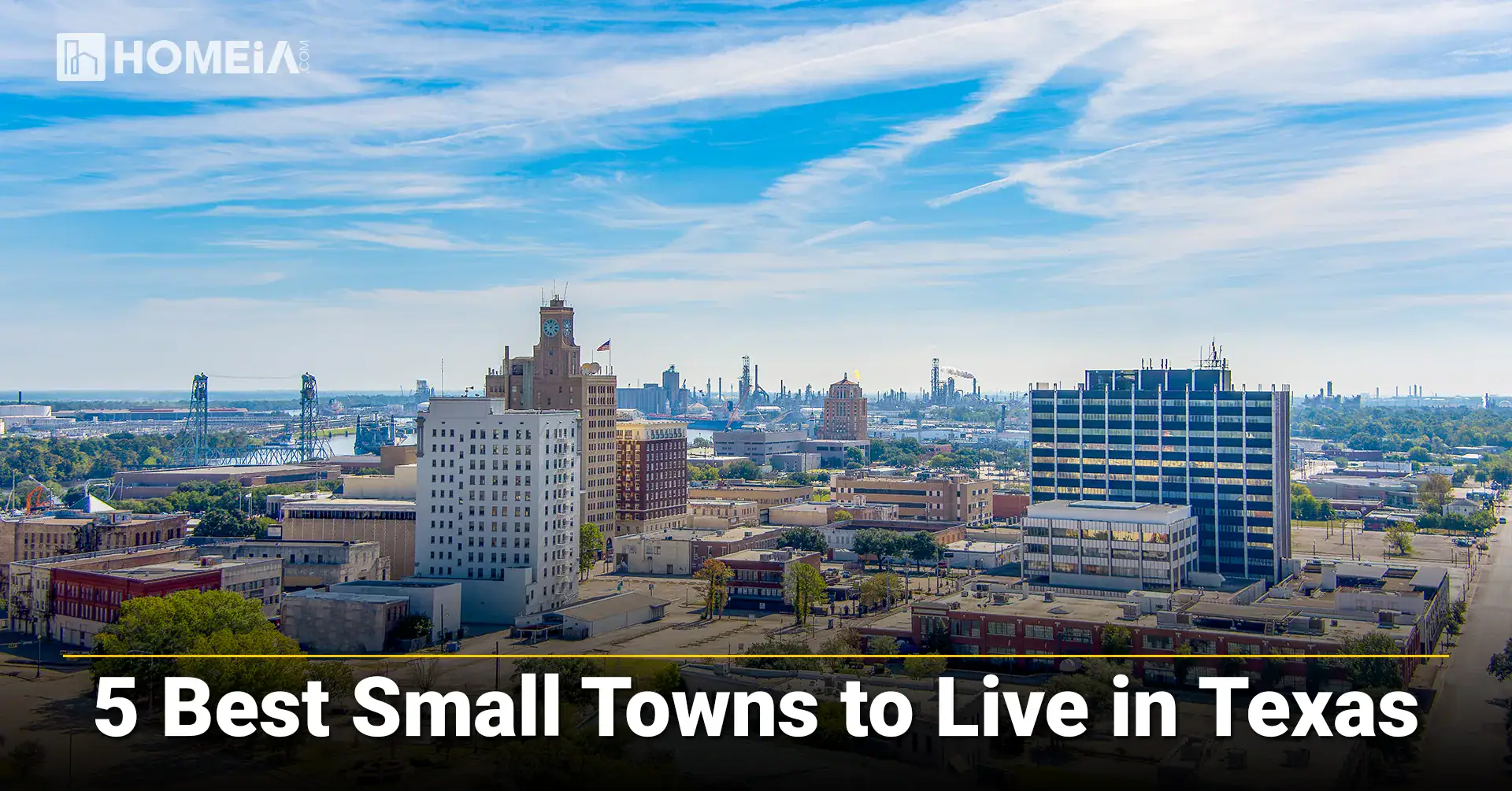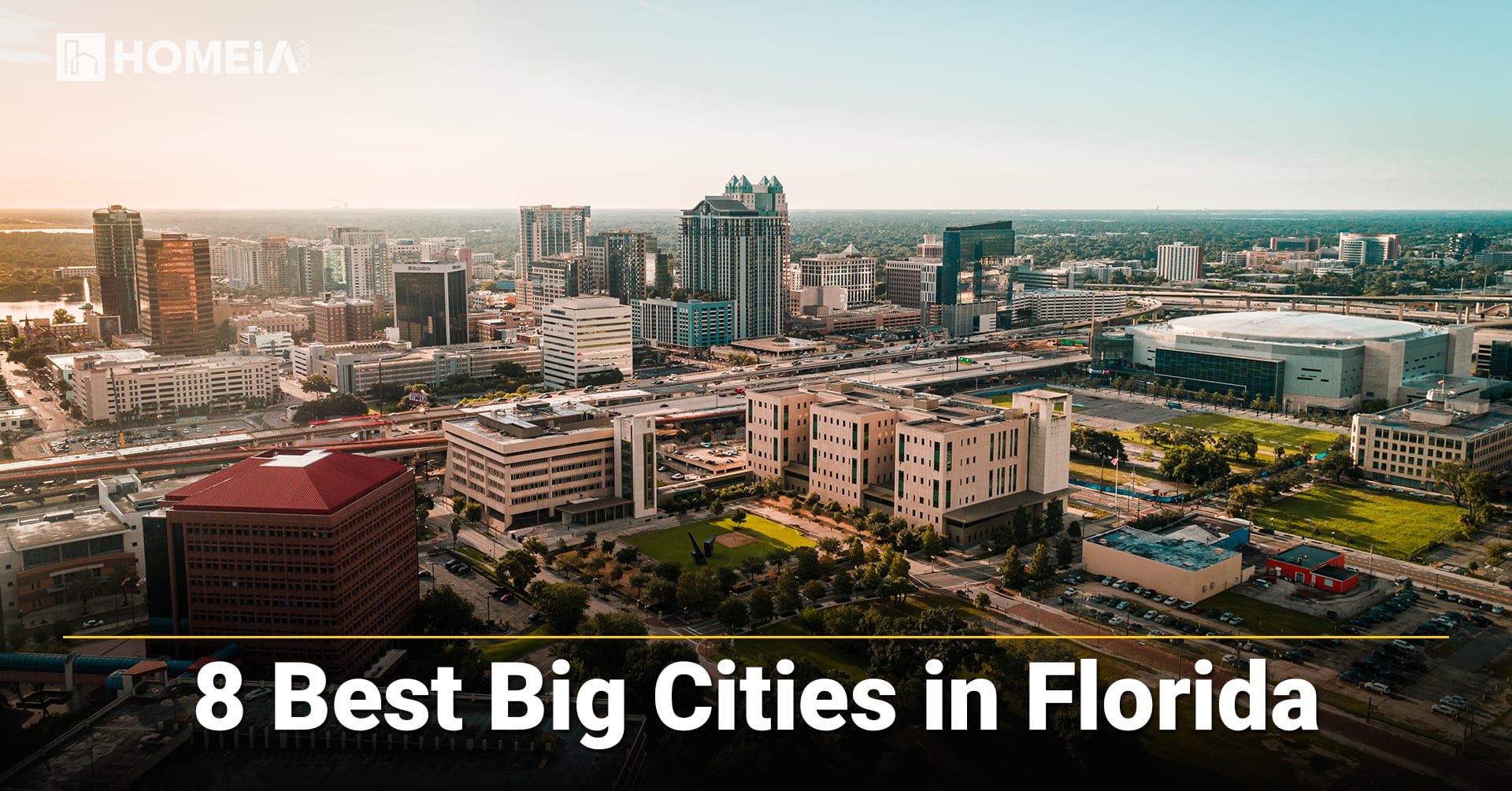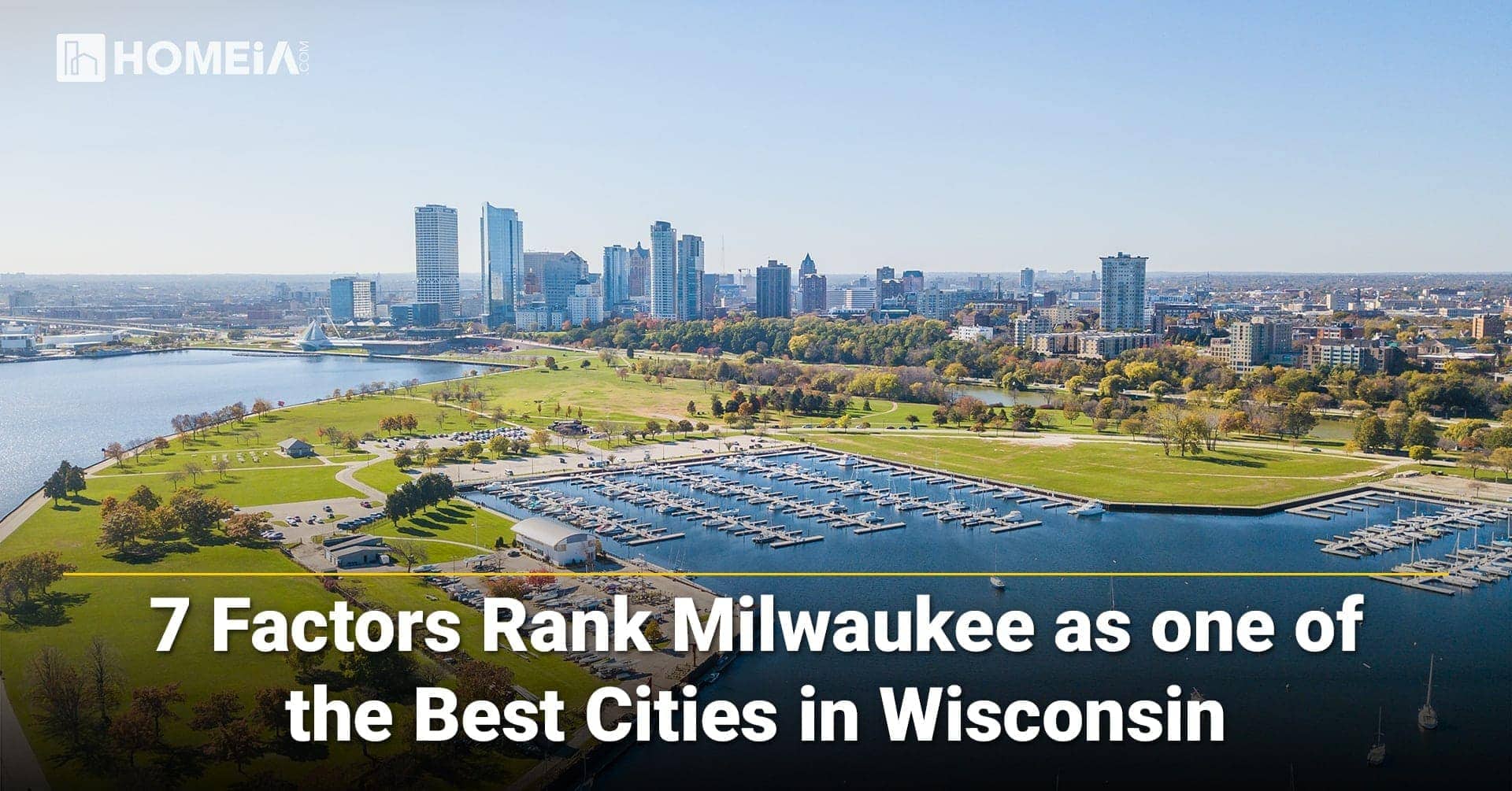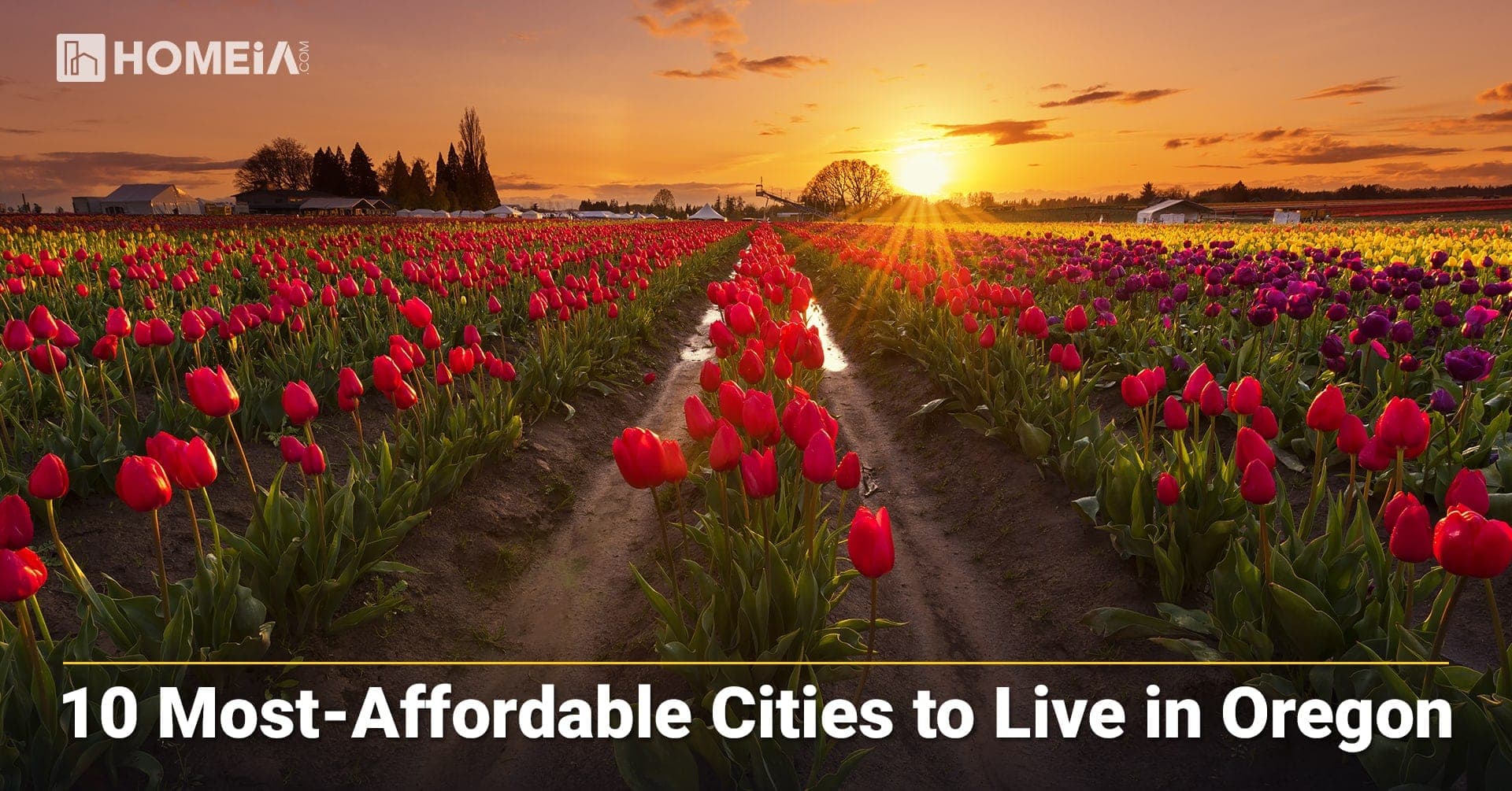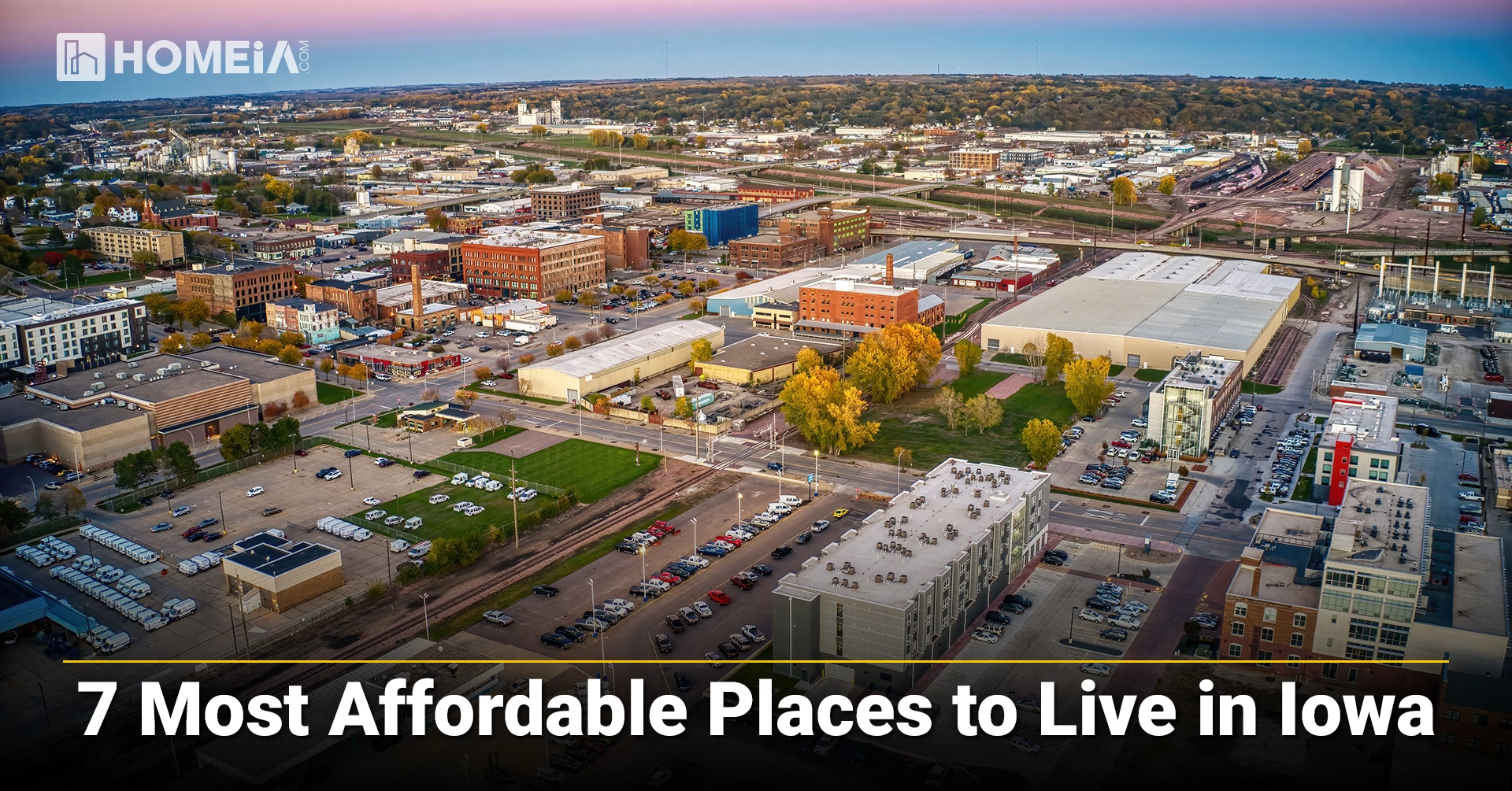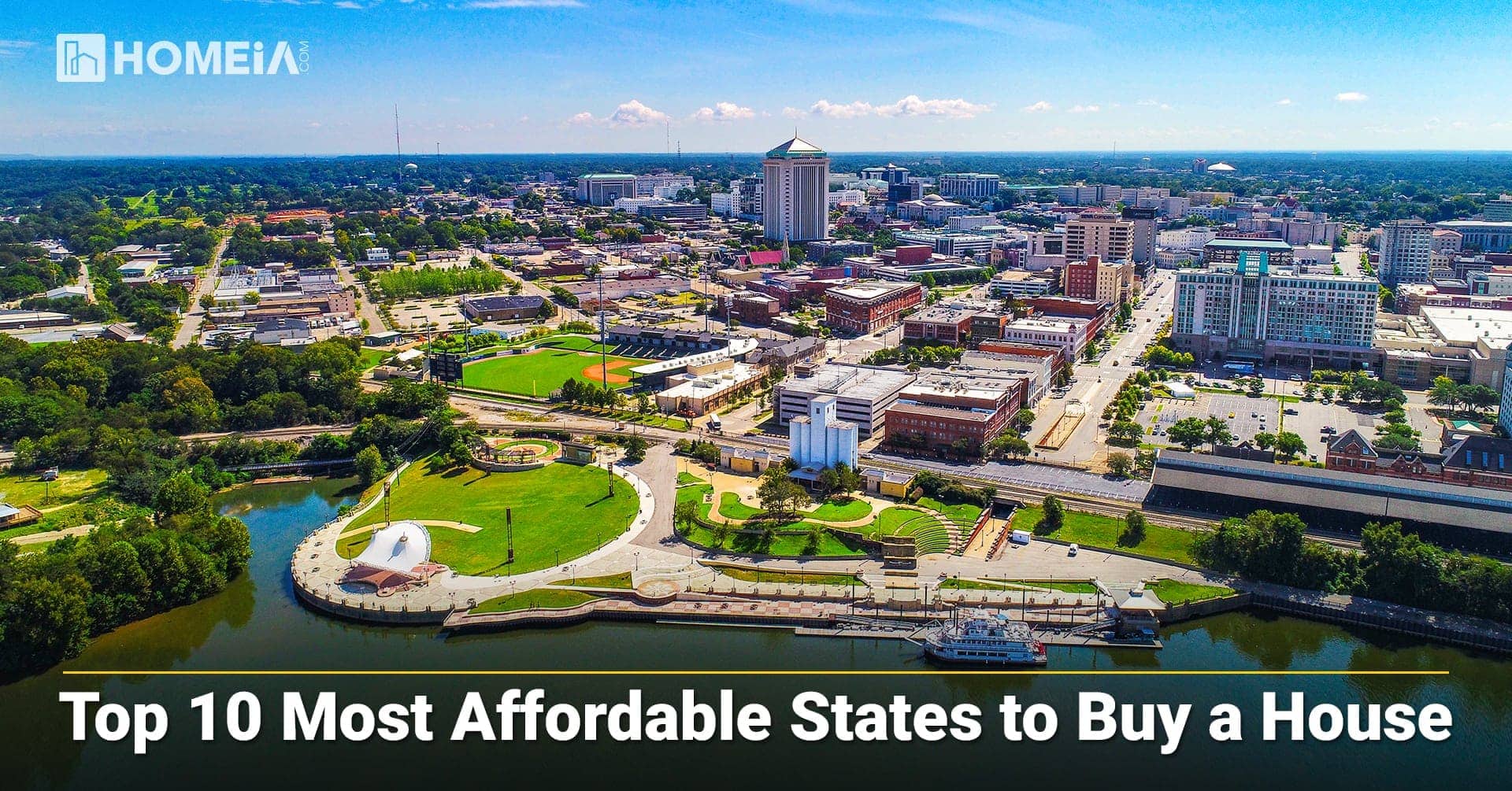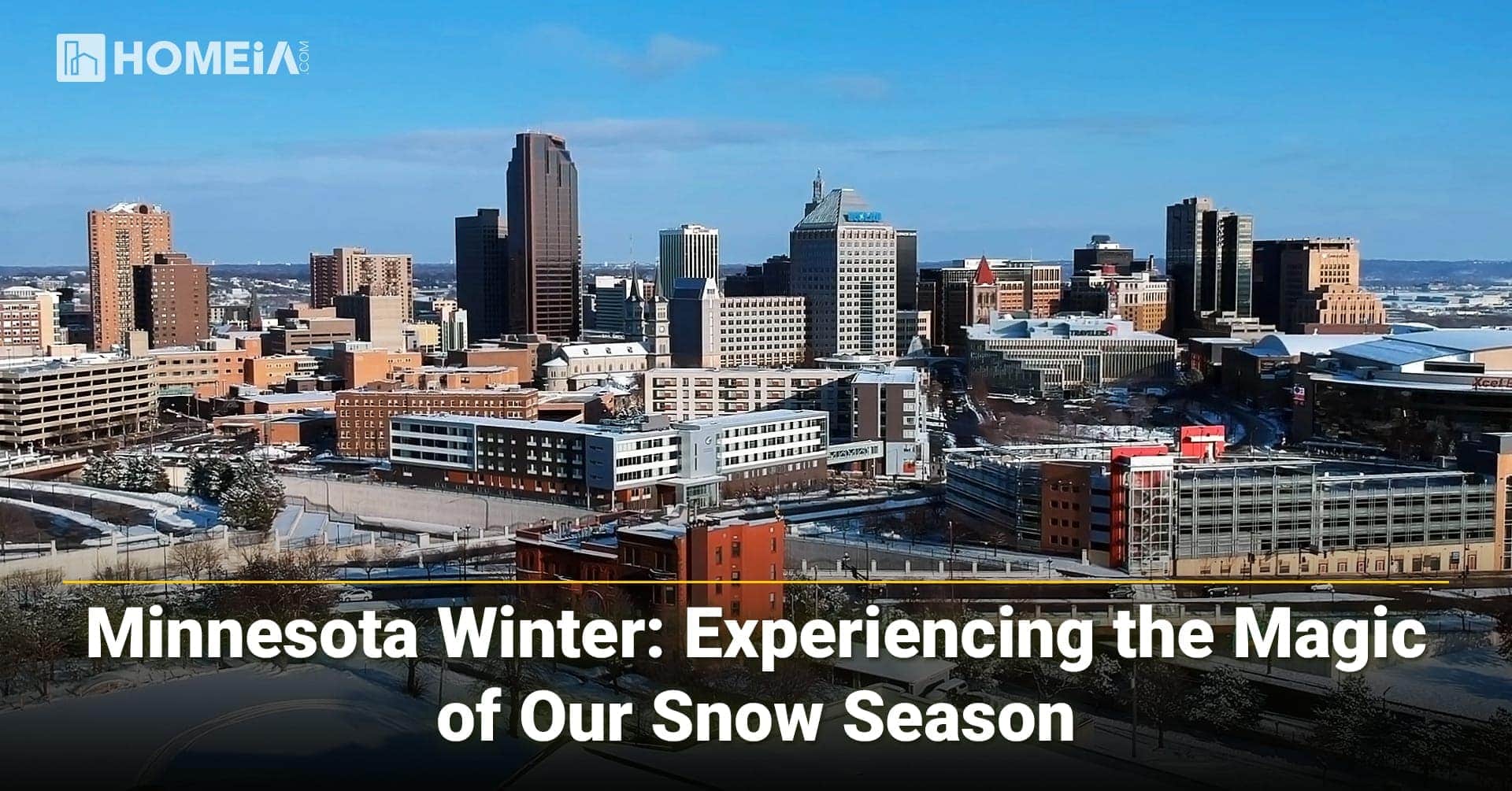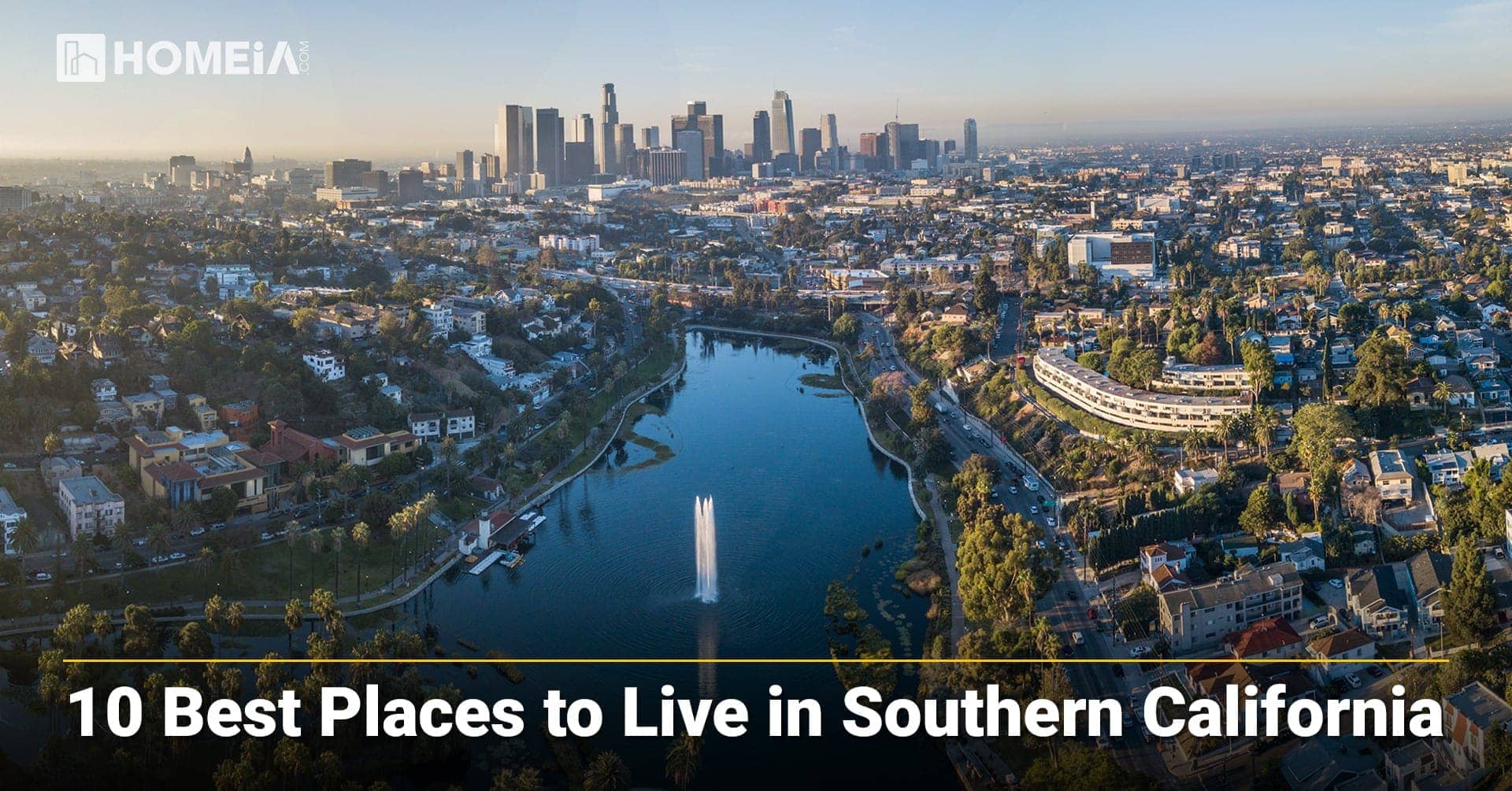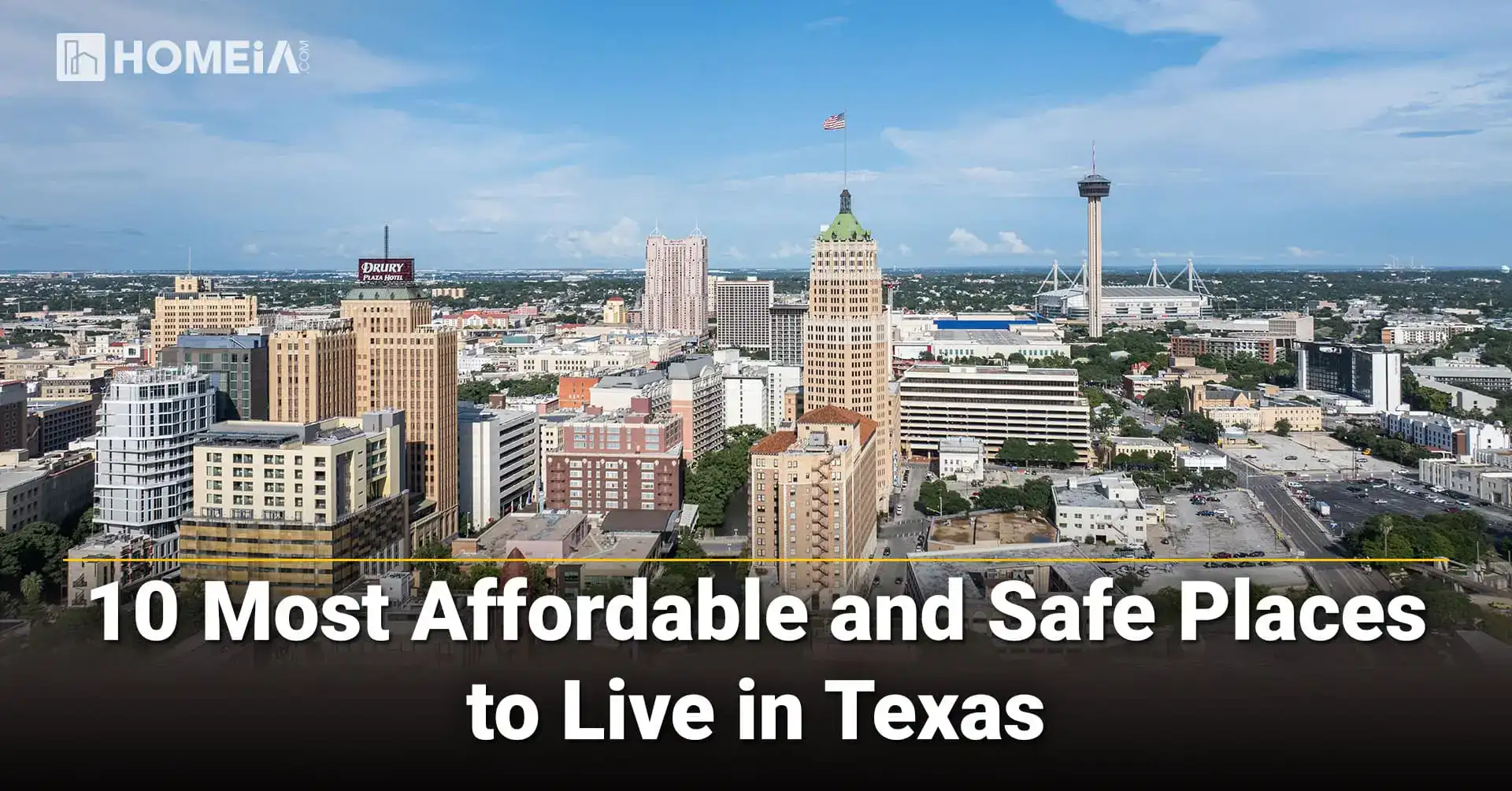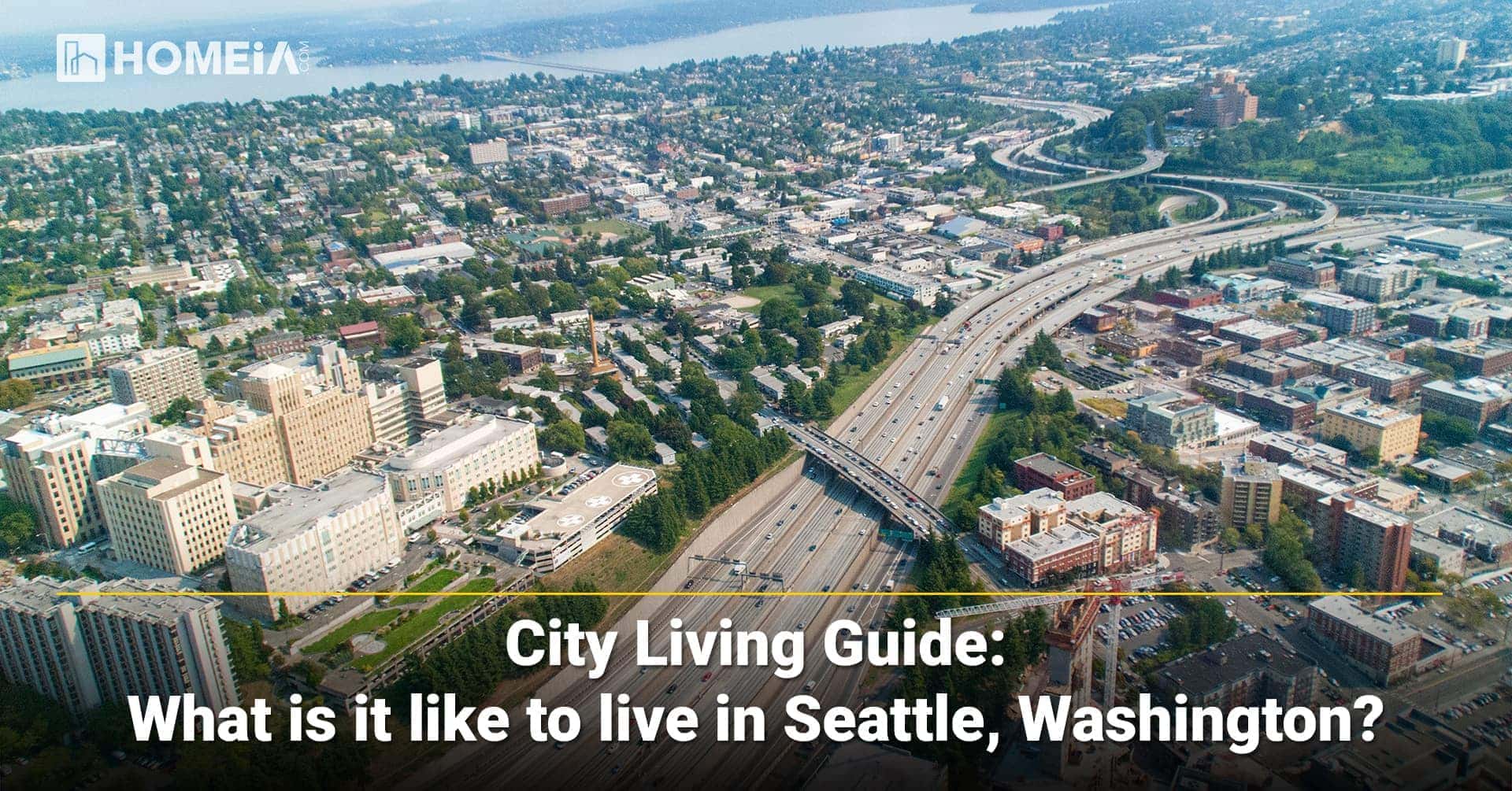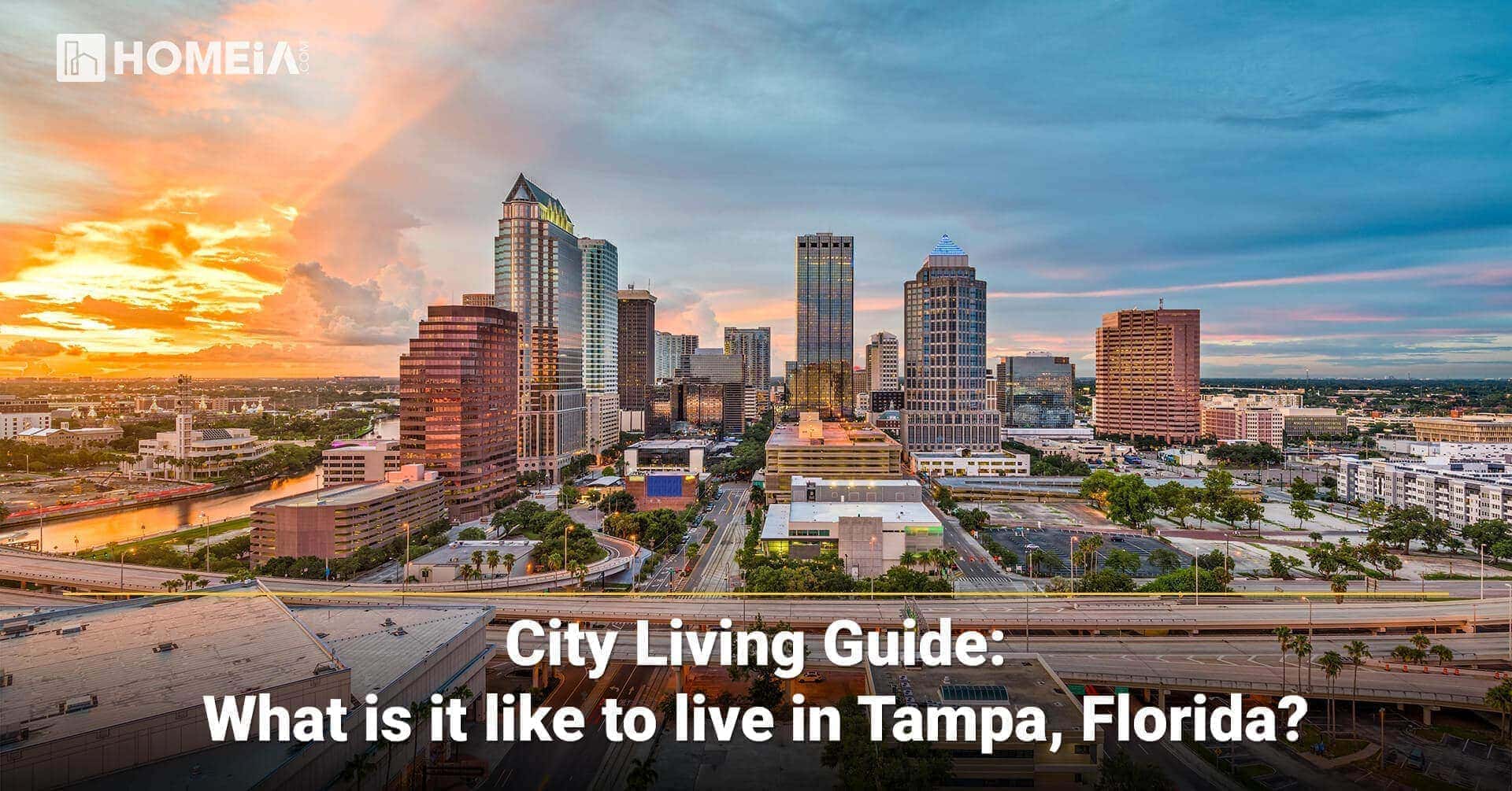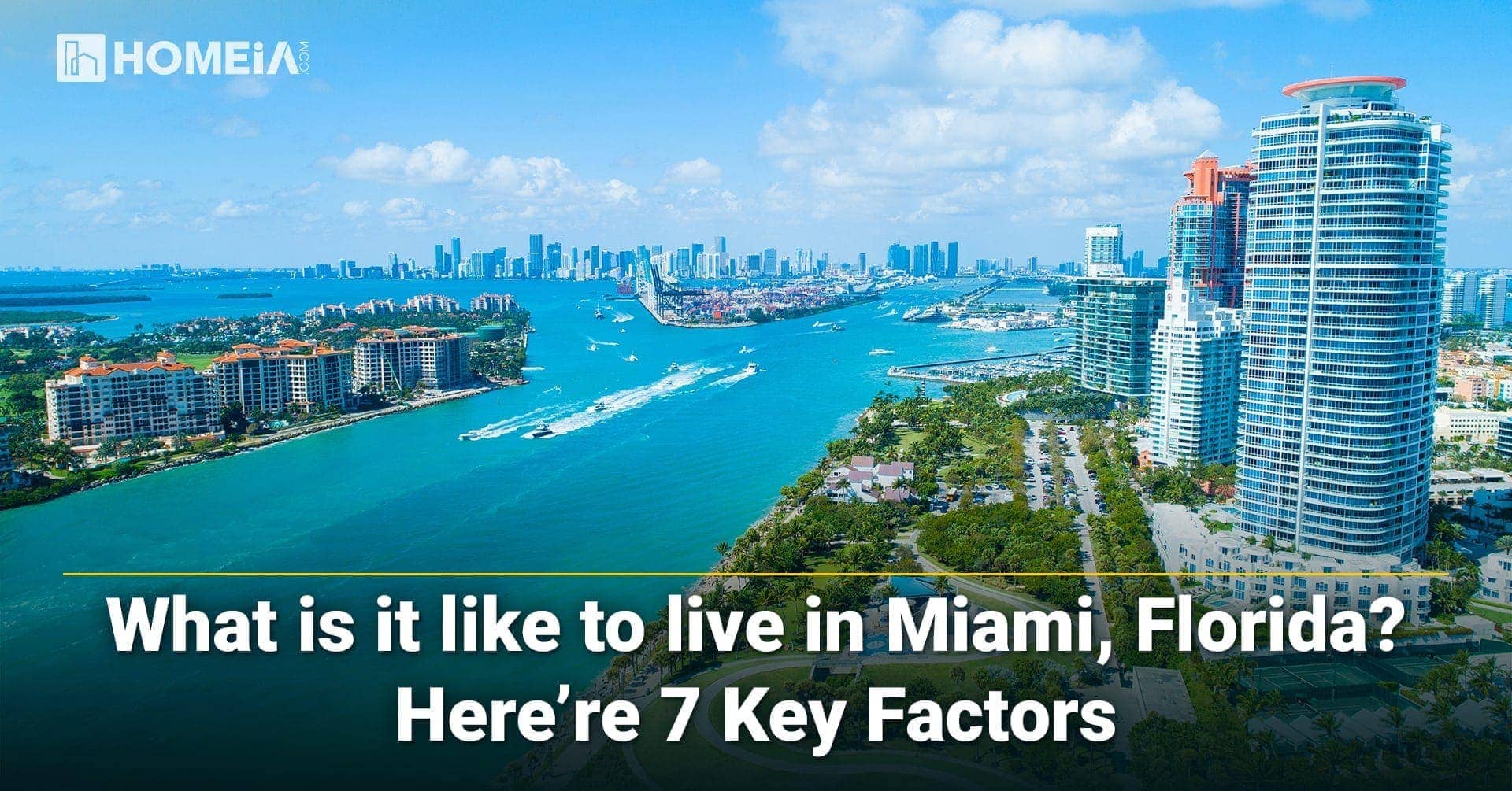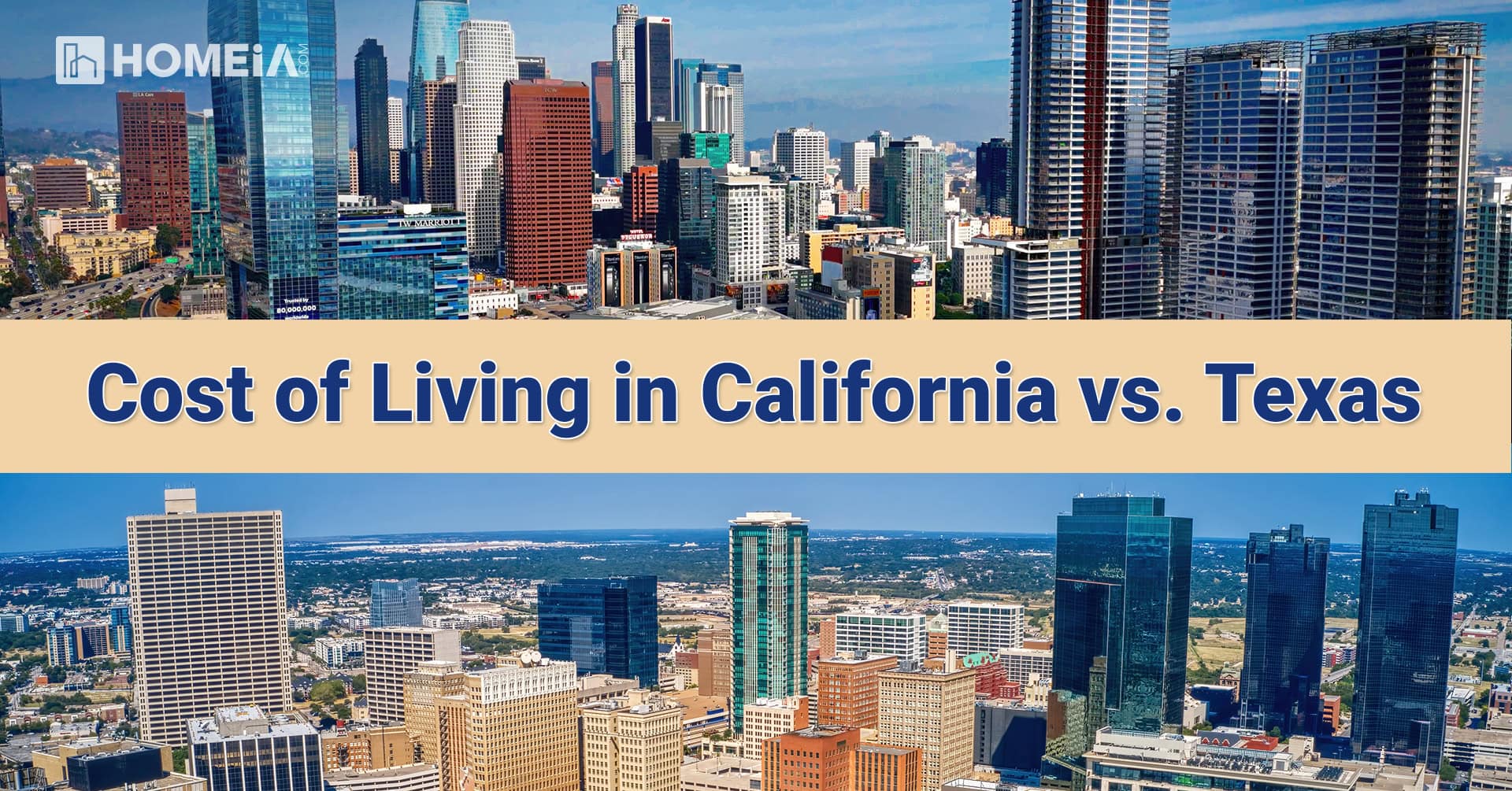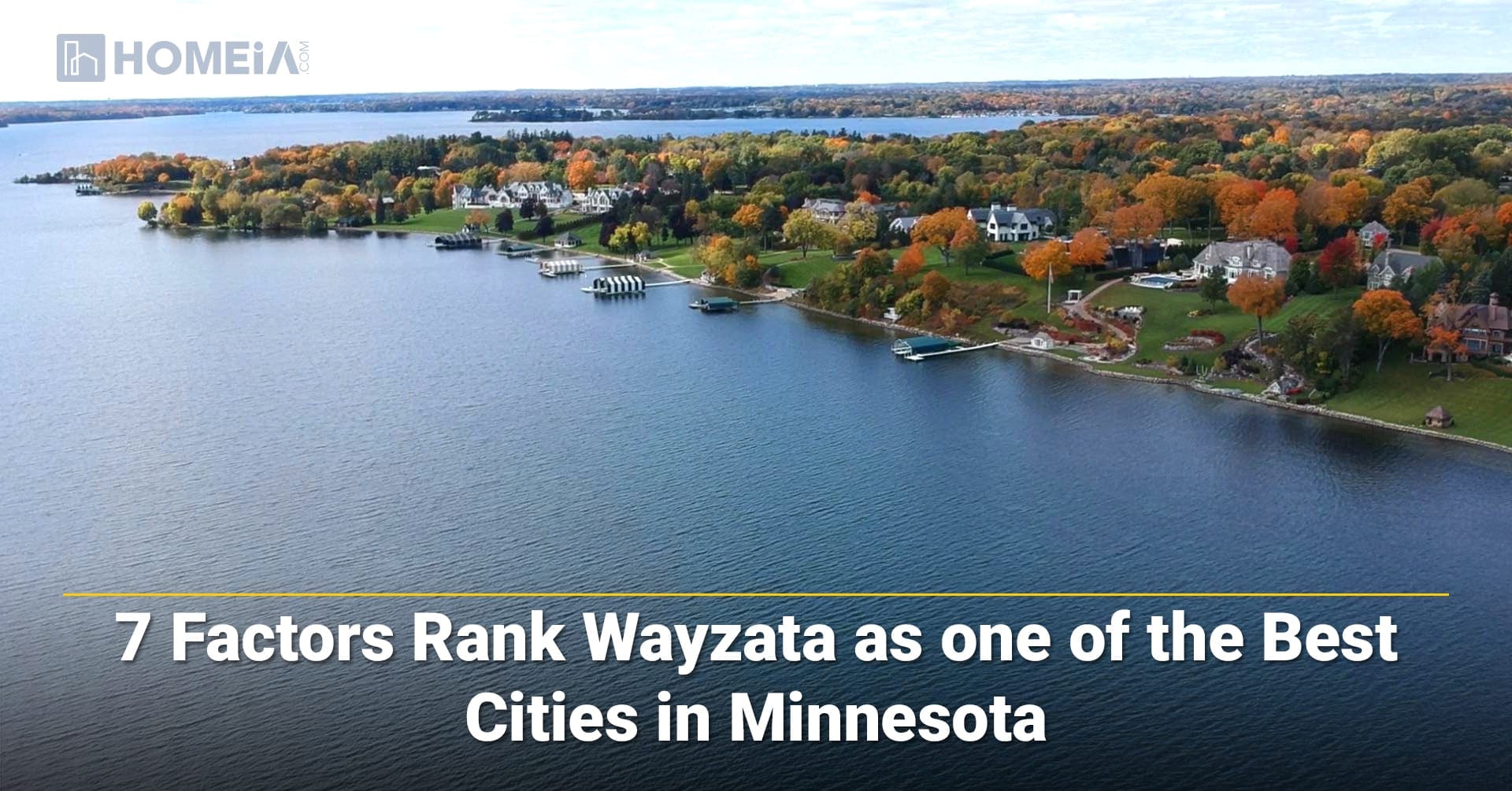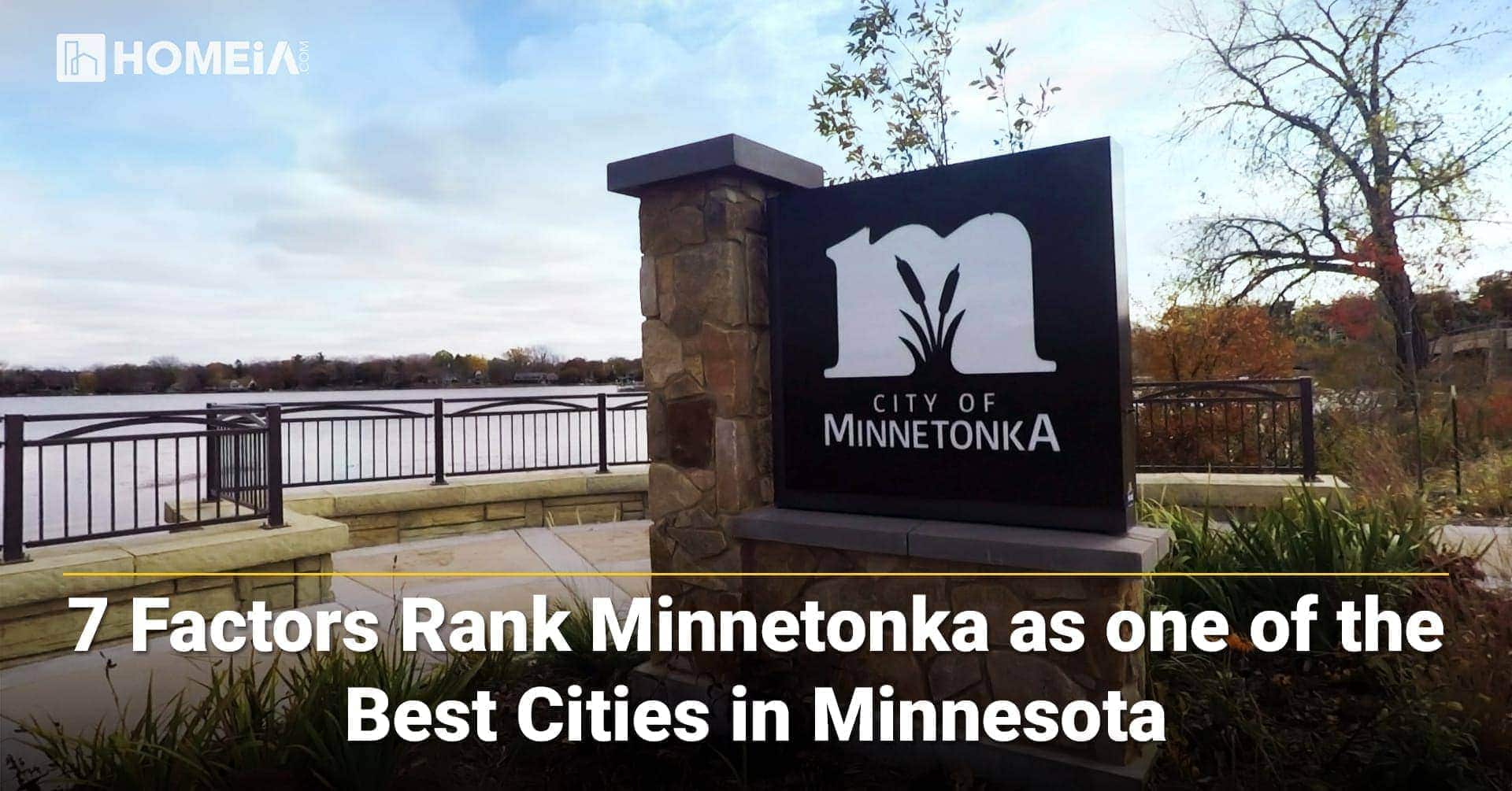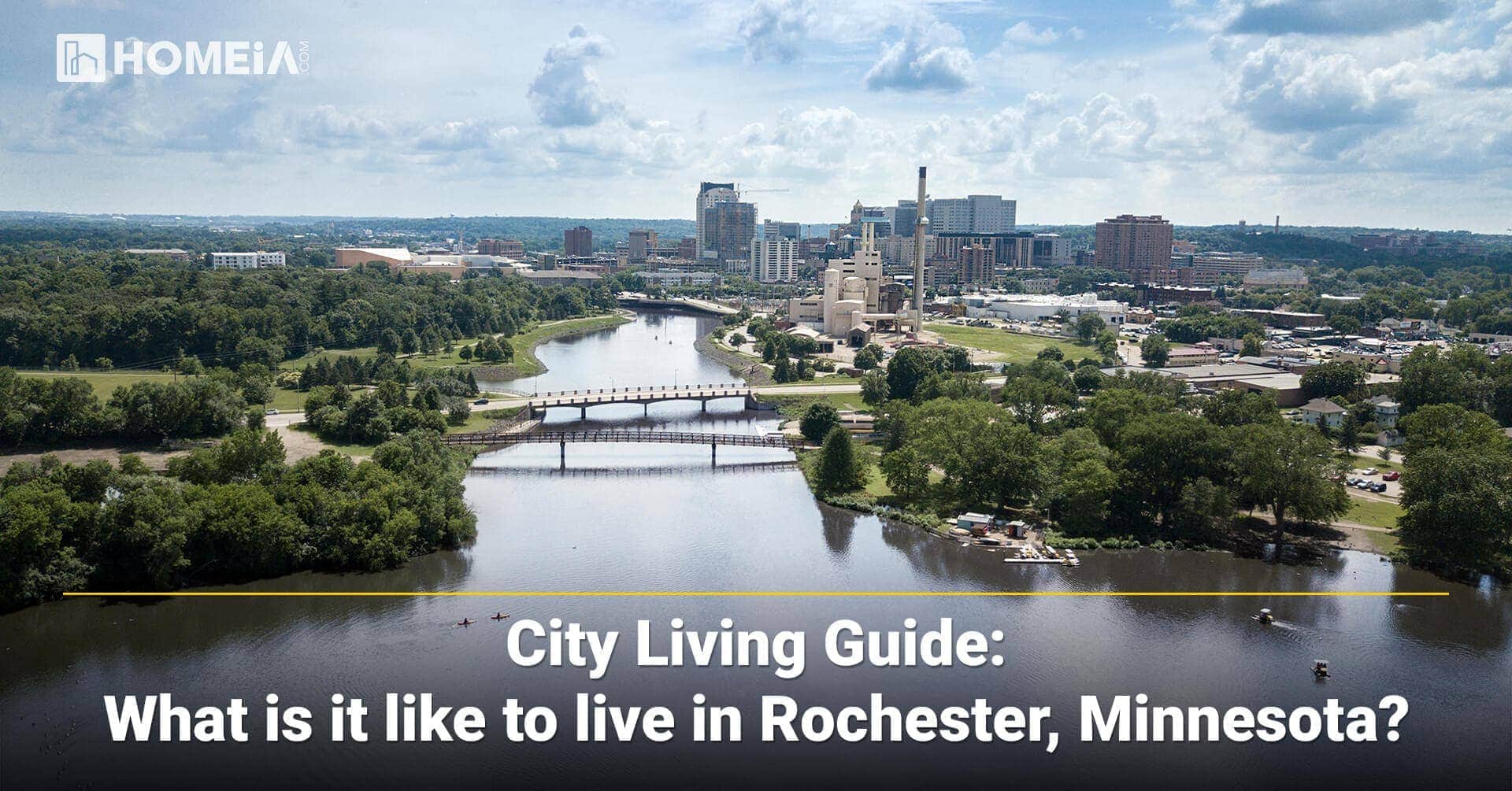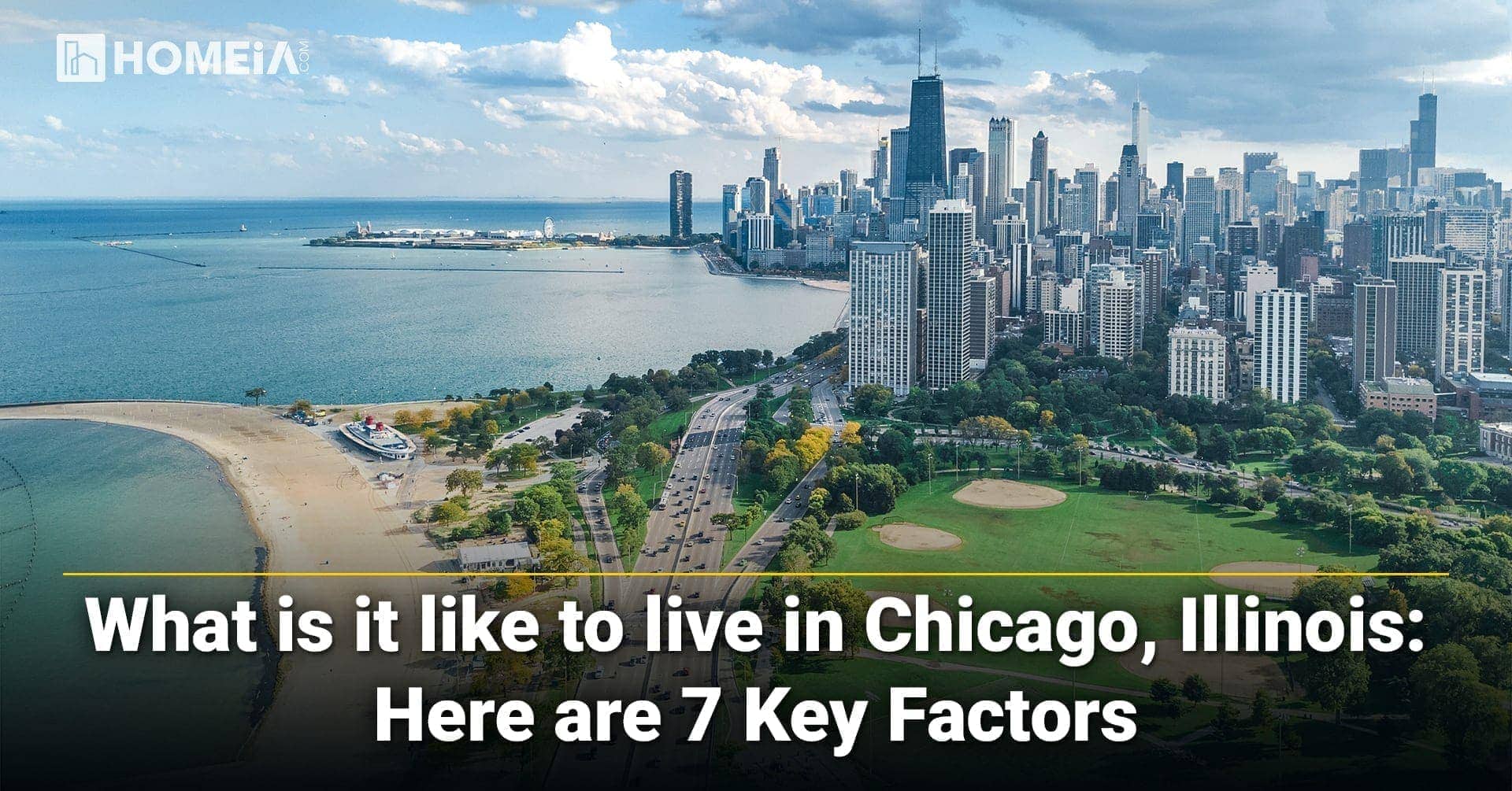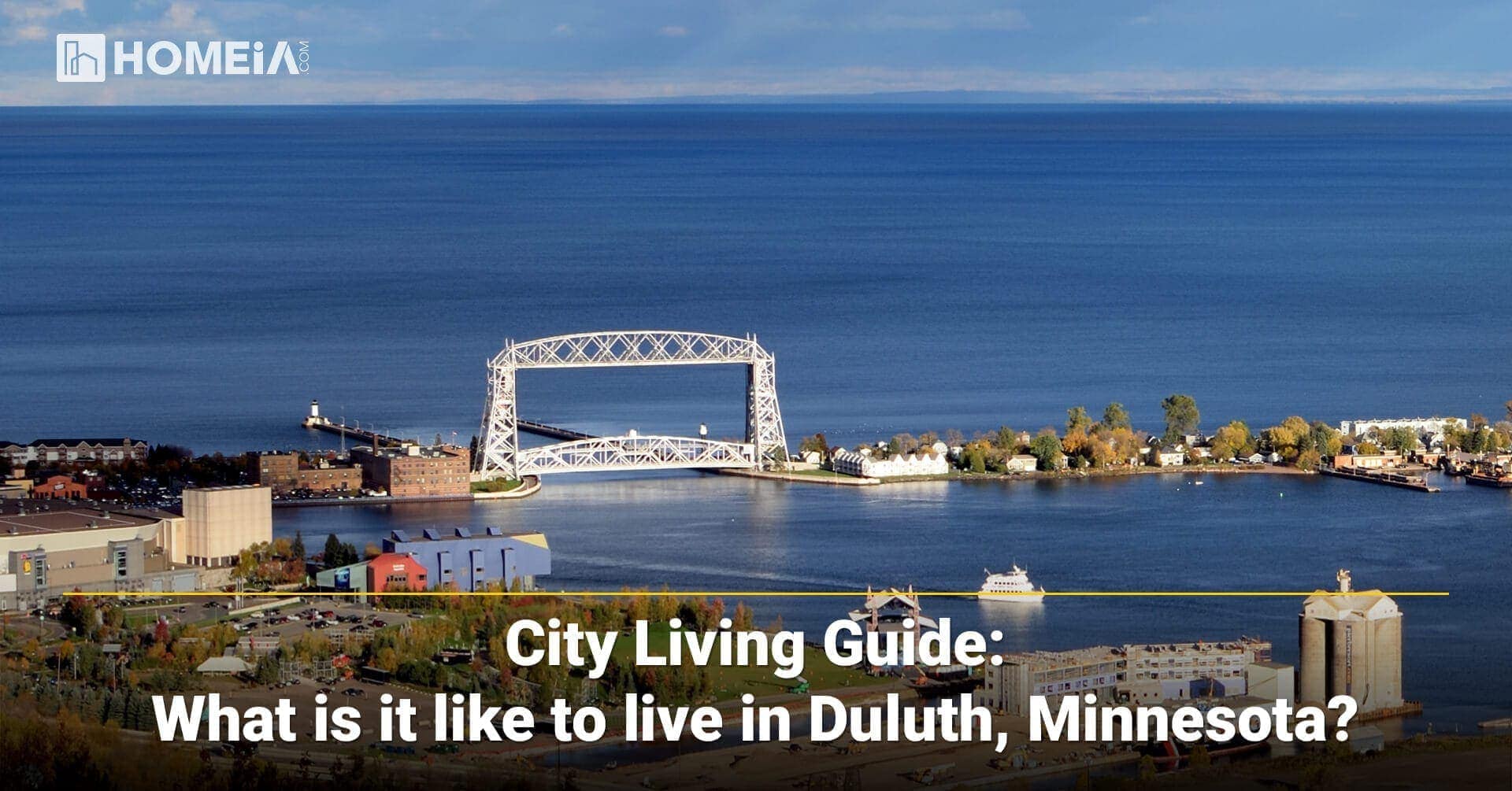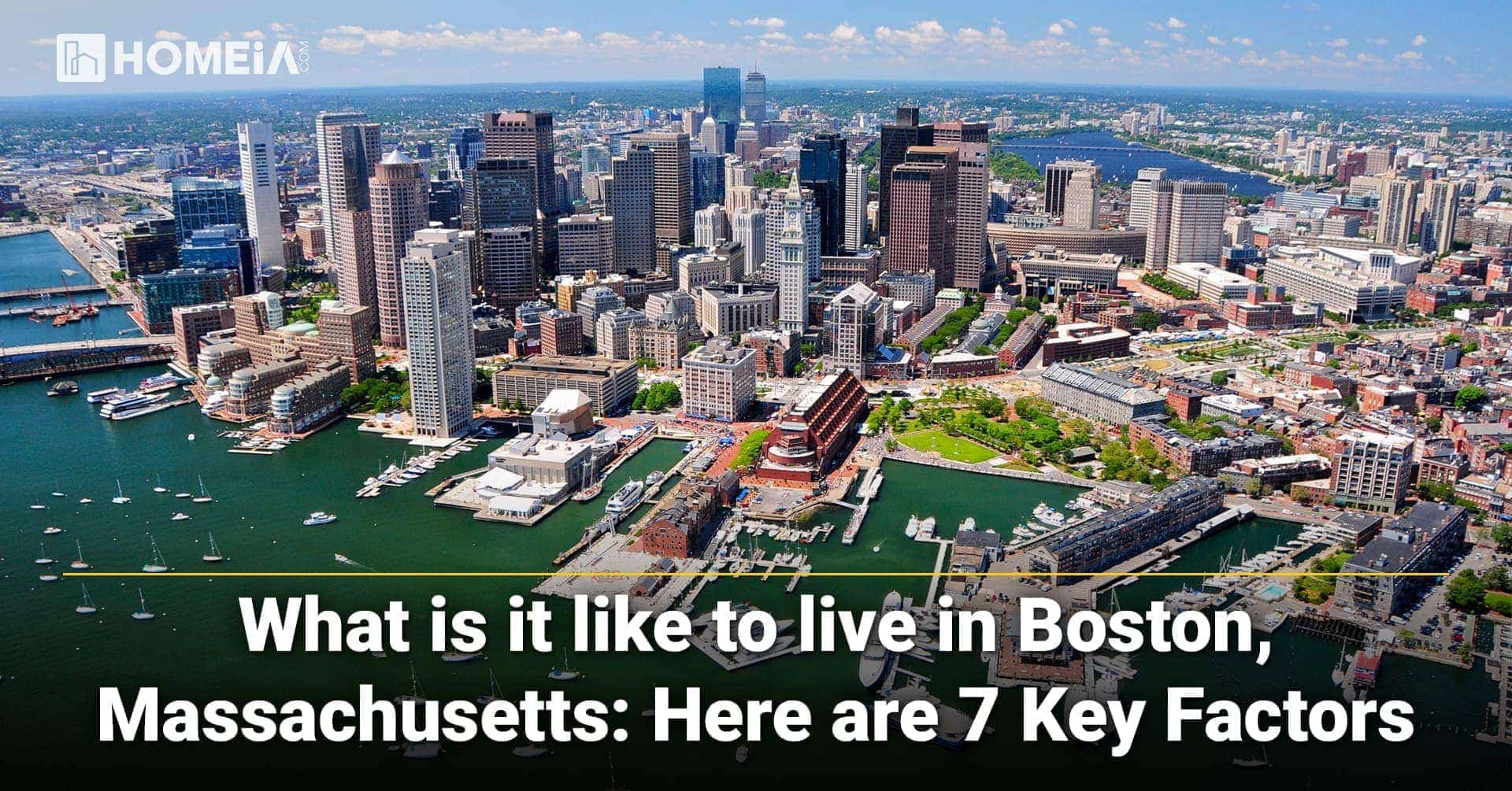
Table of Contents:
- The Best Guide to Help You Find Affordable Places to Live in the U.S.
- 1. Top 10 Value Cities (Snapshot)
- 2. Ten Core Decision Factors
- 3. Emerging Trends to Watch in 2025-26
- 4. 90-Day Relocation Checklist
- => Get the Relocation Guide & Checklist PDF — prepared for both Desktop and Mobile devices.
- Frequently Asked Questions About Finding an Affordable Place to Live in the U.S.
The Best Guide to Help You Find Affordable Places to Live in the U.S.
Relocating is more than searching for cheaper rent—it’s a multi-factor optimization puzzle that balances finances, lifestyle, and long-term climate resilience. Our updated guide distills thousands of data points from federal agencies, think-tank reports, and real estate analytics published between July 2024 and June 2025. The goal: give you a clear, actionable roadmap for choosing the most affordable — yet livable — U.S. cities today.
Use the numbered sections, capital-lettered subsections, and bullet lists below to navigate quickly. New tables highlight key metrics at a glance, while comprehensive insights zero in on emerging trends shaping next-year decisions.
1. Top 10 Value Cities (Snapshot)
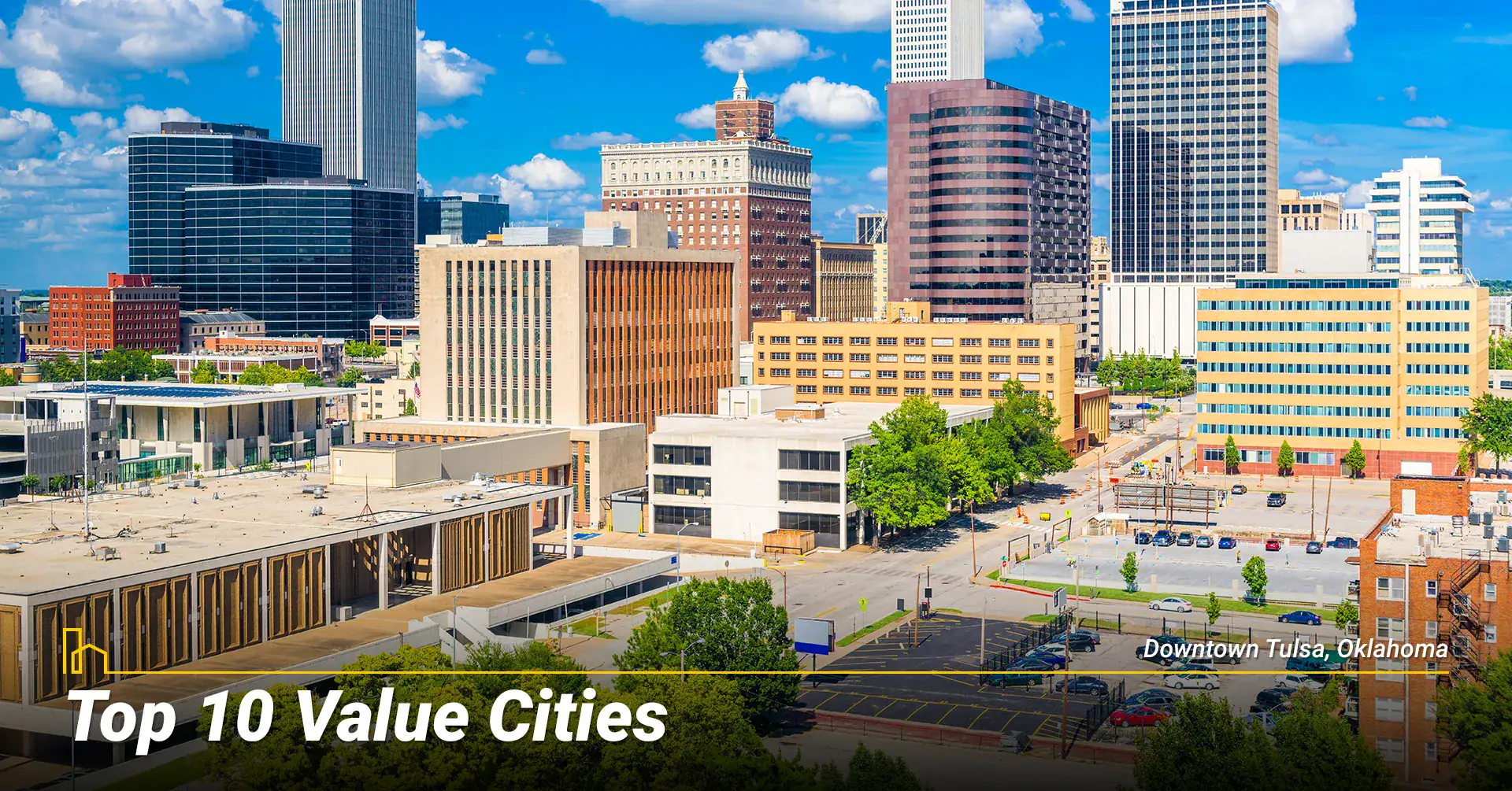
Start with this cost-of-living snapshot featuring ten metros that consistently rank in the top quartile for both affordability and quality-of-life indices:
City & State | Cost-of-Living Index* | Median Home Price | Projected Job Growth 2024-26 |
|---|---|---|---|
| Pittsburgh, PA | 90.5 | $212,000 | 5.1% |
| Des Moines, IA | 88.9 | $240,000 | 4.8% |
| Knoxville, TN | 89.7 | $265,000 | 5.5% |
| San Antonio, TX | 91.2 | $289,000 | 4.9% |
| Omaha, NE | 92.0 | $250,000 | 4.3% |
| Tulsa, OK | 85.3 | $189,000 | 5.2% |
| Augusta, GA | 86.7 | $198,000 | 4.4% |
| Boise, ID | 93.1 | $370,000 | 6.0% |
| Fayetteville, AR | 87.9 | $268,000 | 6.8% |
| Grand Rapids, MI | 90.0 | $275,000 | 4.6% |
*100 = U.S. average.
Recommended for you
2. Ten Core Decision Factors
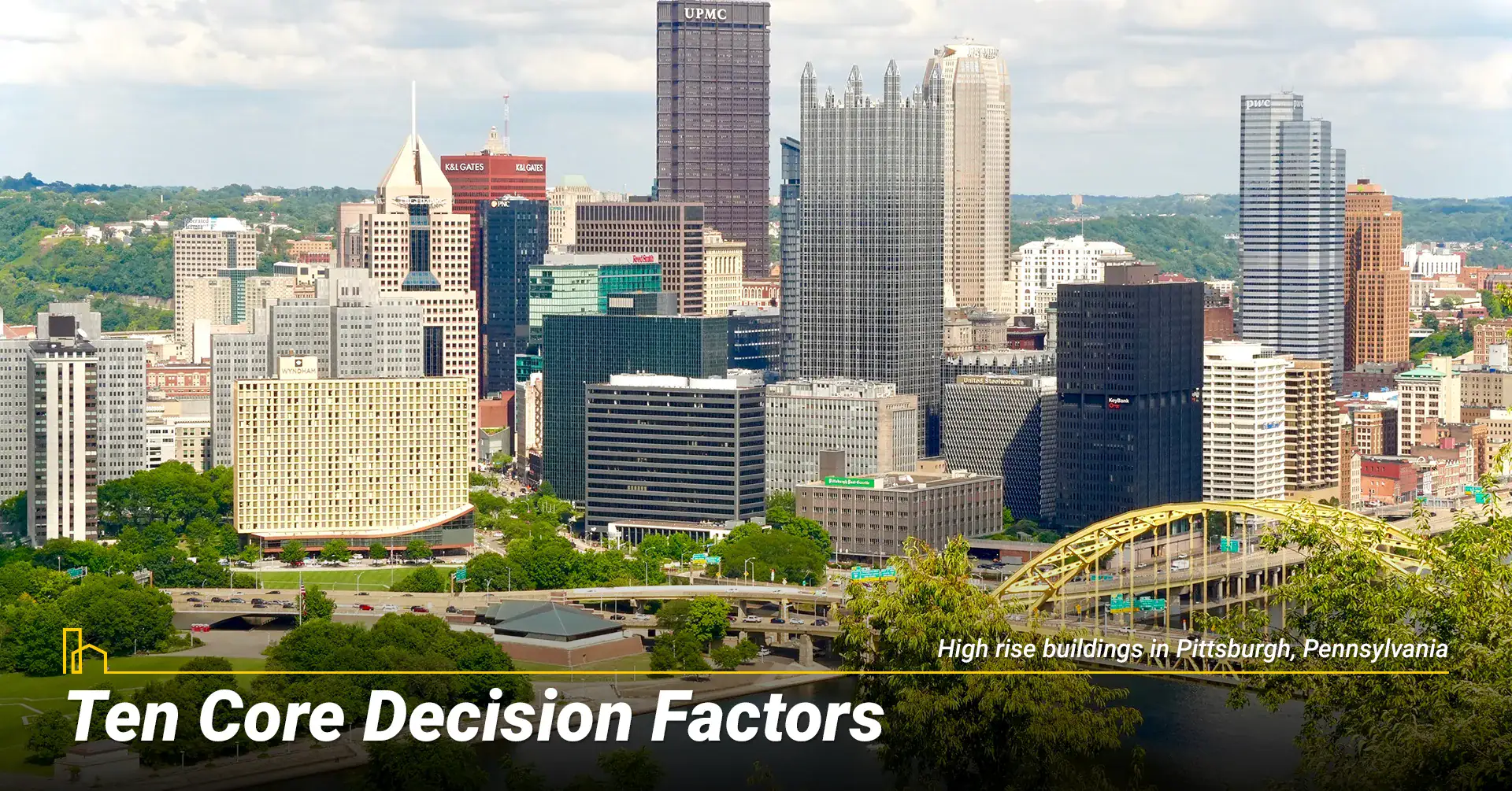
These ten factors represent the metrics most movers weigh. Each subsection (A–J) explains why the factor matters, followed by concise, bullet-point tactics and, where useful, a supporting data table.
A. Cost of Living (COL)
- Rule of thumb: target a COL index below 95 for at least a 5% real-dollar gain.
- Run after-tax scenarios using BLS CPI and MIT Living-Wage calculators.
- Remote workers: subtract expected home-office costs to avoid overstating savings.
Table 1 shows the spread in sub-indices for two similarly priced metros, illustrating why drilling down beyond headline COL matters:
Sub-Index | Pittsburgh | Knoxville |
|---|---|---|
| Energy | 87.2 | 93.5 |
| Healthcare | 91.6 | 88.4 |
| Transportation | 83.1 | 89.7 |
B. Housing Affordability
- National Association of Realtors (NAR) Housing Affordability Index (HAI) above 100 = affordable.
- Midwest averages >140; Pacific division <70.
- Rent-to-income ratios under 30% signal healthy rental markets.
Region | HAI May 2025 |
|---|---|
| Midwest | 145.3 |
| South | 118.4 |
| Northeast | 98.7 |
| West | 68.4 |
Source: NAR May 2025 release.
C. Job Opportunities & Economic Resilience
- 34% of LinkedIn postings remain fully remote, five times the 2019 levels.
- Check sector diversification: metros anchored by aerospace + healthcare outperform single-industry towns.
- State or municipal remote-worker stipends now exceed $10k in 15+ programs.
Incentive Program | Location | Cash Value | Residency Requirement |
|---|---|---|---|
| Tulsa Remote | Tulsa, OK | $10,000 | 12 months |
| Ascend WV | Lewisburg, WV | $12,000 | 24 months |
| Savannah Tech Talent | Savannah, GA | $7,500 | 12 months |
Our Methodologies to create HOMEiA Score Ratings for Each Group of Content
HOMEiA uses a consistent, data-driven methodology to evaluate U.S. states for livability, affordability, and long-term value. Drawing on data from sources such as the Census Bureau, BLS, Zillow, the Tax Foundation, and FBI crime statistics, this approach supports rankings on cost of living, relocation planning, pros and cons, and best places to live.
D. Quality of Life & Amenities
- Aim for park space ≥10 acres per 1,000 residents.
- Gigabit broadband coverage is now a proxy for economic upward mobility.
- Cultural venue density links to higher self-reported happiness scores.
City-level amenity comparison:
City | Park Acres/1k Residents | Transit Score | Restaurant Density* |
|---|---|---|---|
| Greenville, SC | 14 | 37 | 3.2 |
| Boise, ID | 18 | 28 | 3.0 |
| Sarasota, FL | 16 | 34 | 3.4 |
*Independent restaurants per 1,000 residents (Yelp 2025).
E. Safety & Crime Rates
- Compare violent-crime rates vs. national median (4.2/1k).
- Five-year downward trends trump one-year snapshots.
- Neighborhood-level open-data portals reveal micro-hotspots.
City | Violent Crime /1k | Property Crime /1k |
|---|---|---|
| Westminster, CO | 2.4 | 19.7 |
| Surprise, AZ | 1.9 | 16.2 |
| Thornton, CO | 2.7 | 21.1 |
F. Healthcare Access & Outcomes
- Target ≥1 primary-care doctor per 1,000 residents.
- Check Level-I trauma center distance (<30 minutes ideal).
- 41 states now enforce telehealth parity laws.
Metro | Healthcare Quality Score (0-100) | Hospital Beds /1k |
|---|---|---|
| Pittsburgh | 82 | 5.1 |
| Knoxville | 79 | 3.8 |
| Des Moines | 81 | 4.2 |
10 Most Affordable States to Buy a House in 2025
If you have the flexibility to move anywhere in the U.S., where could you buy the cheapest home? After examining data from Zillow and World Population Review. Here’re 10 most affordable States in the South and the Midwest to consider when buying a house…
G. Education Quality
- GreatSchools ratings >7 correlate with a 5-10% price premium.
- Community-college pipelines boost adult reskilling.
- Beware of chronic absenteeism >20%.
H. Tax Environment
- Eight states levy no individual income tax.
- Homestead exemptions can offset the property-tax burden by thousands.
- High sales tax can negate the low income tax advantage.
State | Income Tax | Avg. Property Tax | Avg. Sales Tax |
|---|---|---|---|
| Texas | 0% | 1.6% | 8.2% |
| Florida | 0% | 0.9% | 7.0% |
| Tennessee | 0% | 0.7% | 9.5% |
| Georgia | 5.75% | 0.9% | 7.4% |
I. Transportation & Commute
- Average U.S. commute: 27.9 minutes; aim for <25 minutes.
- Transit Score ≥70 enables car-optional living.
- Check EV charging density if planning an electric vehicle.
J. Climate & Environmental Risk
- Consult FEMA flood maps and wildfire dashboards.
- Insurance premiums jumped 17% nationally in 2024.
- Cities issuing resilience bonds earn premium discounts.
State | Primary Climate Risk | Avg. Annual Premium |
|---|---|---|
| Florida | Hurricane | $4,210 |
| California | Wildfire | $3,320 |
| Texas | Wind/Hail | $2,760 |
| Pennsylvania | Low Cat. | $1,180 |
Recommended for you
3. Emerging Trends to Watch in 2025-26
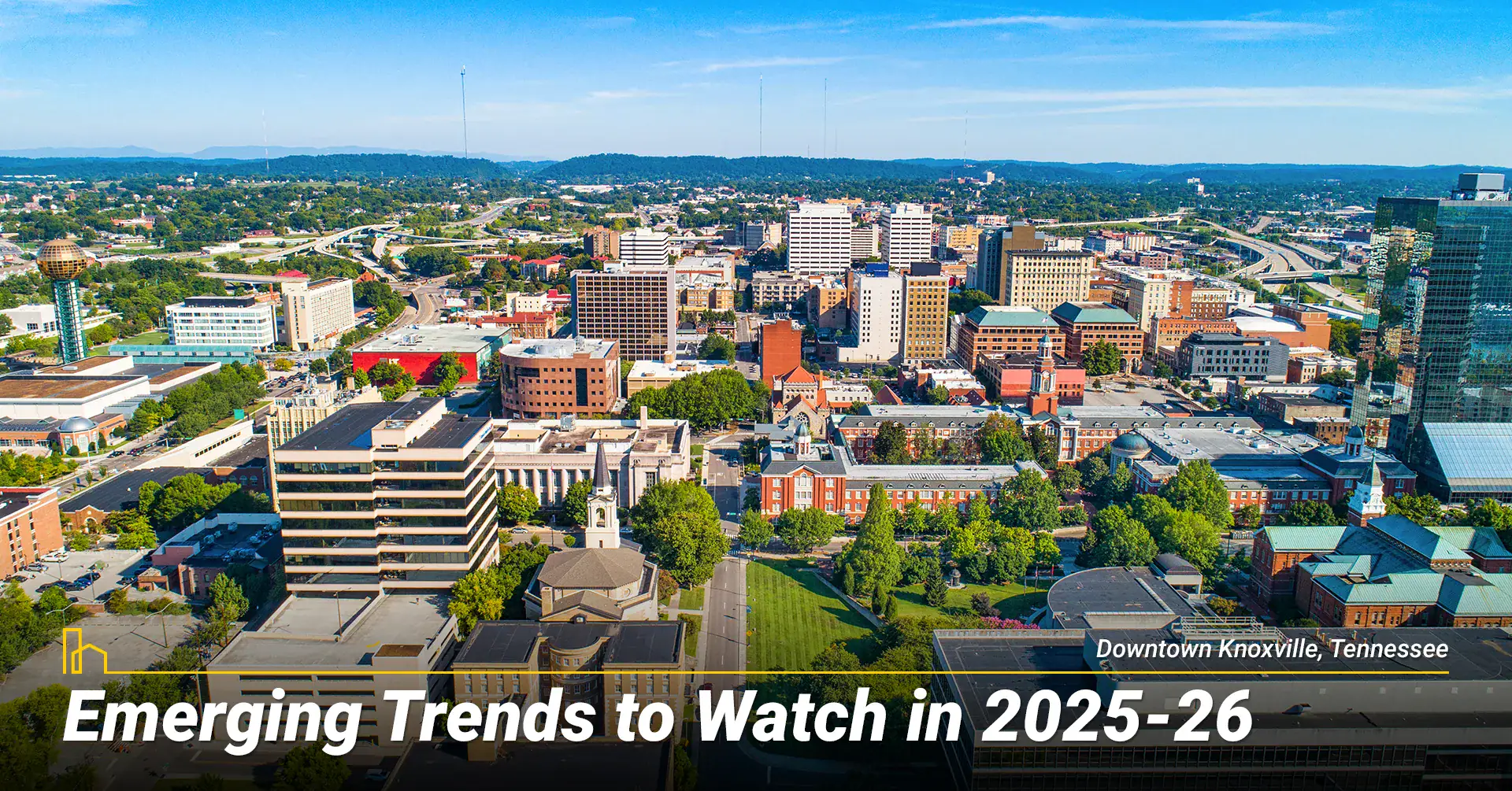
A. AI-Driven Job Polarization
- McKinsey projects 9% of roles automated by 2030; metros with aggressive reskilling programs (e.g., Raleigh, NC) will outperform.
- Company-sponsored micro-credential programs drive wage growth even in lower-COL cities.
B. Build-to-Rent (BTR) Suburbs
- $60 billion in BTR investment during 2024; can stabilize rents but squeeze first-time buyers.
- Phoenix and Jacksonville lead the nation in BTR permits.
C. Infrastructure & CHIPS Act Spillovers
- Semiconductor fabs in Syracuse, NY, and Taylor, TX, inject thousands of high paying jobs into mid-sized metros.
- Secondary markets within 90 minutes of fabs see 8-12% rent hikes—plan accordingly.
D. Climate-Driven Insurance Realignments
- Insurers are retreating from high-risk zones; California lost two major carriers in 2024.
- States experimenting with FAIR-plan expansions could raise statewide premiums.
E. Micromobility Maturity
- Shared e-bike trips surpassed 100 million rides in 2024; suburbs now integrate e-bike lanes into arterial redesigns.
- Cities with micromobility-inclusive zoning see 12% lower household transit costs.
F. Digital Equity & Fiber Rollout
- FCC’s BEAD program funds municipal fiber to underserved ZIP codes; symmetrical gigabit for <$60/month.
- Reliable broadband is now a top-five relocation factor for remote workers.
Recommended for you
4. 90-Day Relocation Checklist

A. 90-60 Days Out
- Research neighborhoods, schools, and commute simulations.
- Get mortgage pre-approval or confirm rental budget.
B. 60-30 Days Out
- Schedule tours and compare at least three properties.
- Book movers; verify DOT licenses and insurance.
C. 30-14 Days Out
- Transfer utilities, update address with banks and insurers.
- Notify schools and healthcare providers.
D. 14-0 Days Out
- Pack essentials; label boxes.
- Conduct final walkthrough and secure keys.
=> Get the Relocation Guide & Checklist PDF — prepared for both Desktop and Mobile devices.
Conclusion: When evaluating where to move, affordability means more than just low housing costs. It’s essential to account for long-term expenses such as property taxes, insurance premiums, and income potential. Cities like Pittsburgh and Des Moines exemplify balanced metros that combine a low cost of living with diverse, resilient economies. Use comprehensive data tables to create a shortlist of promising locations but always confirm your findings through in-person visits and local research. Lastly, following a well-structured 90-day relocation plan can help you avoid unexpected costs and logistical setbacks. By approaching your move with a strategic mindset and clear priorities, you can find a city that supports both your financial goals and lifestyle aspirations.
Recommended for you
Frequently Asked Questions About Finding an Affordable Place to Live in the U.S.
1. How can I verify a city’s broadband speed and reliability before I move?
Start with the FCC’s National Broadband Map, which shows advertised speeds by address. Then, browse local Reddit or Nextdoor threads for real-world performance insights, and contact at least two internet providers to confirm installation lead times and any data-cap policies. Aim for at least 250 Mbps for a remote-working household.
2. What exactly is a build-to-rent (BTR) community, and why does it matter?
BTR neighborhoods are professionally managed subdivisions of single-family homes built specifically for long-term renting. This model has expanded rapidly in recent years and is especially common in Sun Belt metros. While BTR homes offer predictability and amenities, they often come with HOA-style fees, so be sure to compare total monthly costs with similar homes for sale.
3. Which places are offering cash incentives for remote workers in 2025, and how do I qualify?
Cities like Tulsa (OK), Lewisburg (WV), and Savannah (GA) offer relocation incentives ranging from $7,500 to $12,000. To qualify, you typically need to be a full-time remote worker, move from out of state, and commit to staying for at least 12 months. Each program has specific eligibility rules, so read the fine print before applying.
4. Home-insurance premiums keep rising—how will that affect my budget?
Insurance premiums have been increasing steadily across the U.S., with sharp hikes in states vulnerable to hurricanes, wildfires, or severe storms. Before you buy a home, request quotes from at least three insurance providers. Consider raising deductibles and bundling policies to lower your monthly costs.
5. Are there tax breaks or homestead exemptions I should research before buying?
Yes. Many states and counties offer property tax reductions for primary residences. For example, homestead exemptions can significantly reduce your annual bill, while assessment caps limit how much property values can rise for tax purposes. Always check local assessor websites and file on time to claim your benefits.
6. What down-payment or closing-cost assistance exists for first-time buyers in affordable metros?
Most states operate Housing Finance Agencies that provide down-payment assistance loans or forgivable grants. Some cities also offer first-time buyer incentives based on income or neighborhood revitalization goals. These programs are often compatible with FHA, VA, or USDA loans.
10 Most Affordable (Safe) Places to Live in the U.S. [Updated]
As the year’s midpoint passes, many plan ahead. If relocation is on your mind, this guide on the Most Affordable Places to Live in the U.S. is essential—backed by data from U.S. News, MoneyGeek, SafeWise, and the FBI, it highlights top destinations for safety, cost, and quality of life…
7. How do I assess healthcare quality without an in-person visit?
You can compare hospitals online using government tools that rate facilities on safety, outcomes, and patient satisfaction. Look for areas with at least one Level I trauma center and access to primary care. Teaching hospitals often indicate broader specialty coverage and better long-term care options.
8. What tools help me gauge climate and environmental risks for a specific address?
Online resources like flood maps and climate risk assessment tools provide parcel-level insights into potential hazards. These include flooding, wildfire, drought, and heat risk. Reviewing this data is especially important when buying in low-lying or wildfire-prone areas.
9. How much should I budget for an interstate move, and how can I cut costs?
A professional move across state lines typically costs between $6,000 and $8,000 for a standard three-bedroom home. You can save by moving mid-month, using hybrid services where you pack and professionals drive, or negotiating flat-rate quotes. If you’re self-employed and moving for business reasons, some expenses may be tax-deductible.
10. When should I start the job search if I’m relocating without remote work?
Begin your search about three months before your planned move. Most employers complete hiring within 30 to 60 days and having a local address—even if temporary—can boost your chances. Virtual interviews are now common, but plan a visit for second-round interviews and networking opportunities.





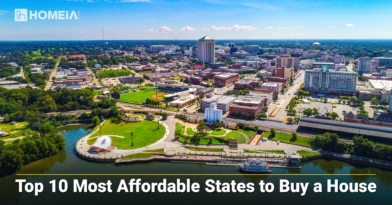












![10 Most Affordable (Safe) Places to Live in the U.S. [Updated]](https://homeia.com/wp-content/uploads/2025/08/10-Safest-and-Most-Affordable-Places-to-Live-in-the-U.S-392x205.webp)
